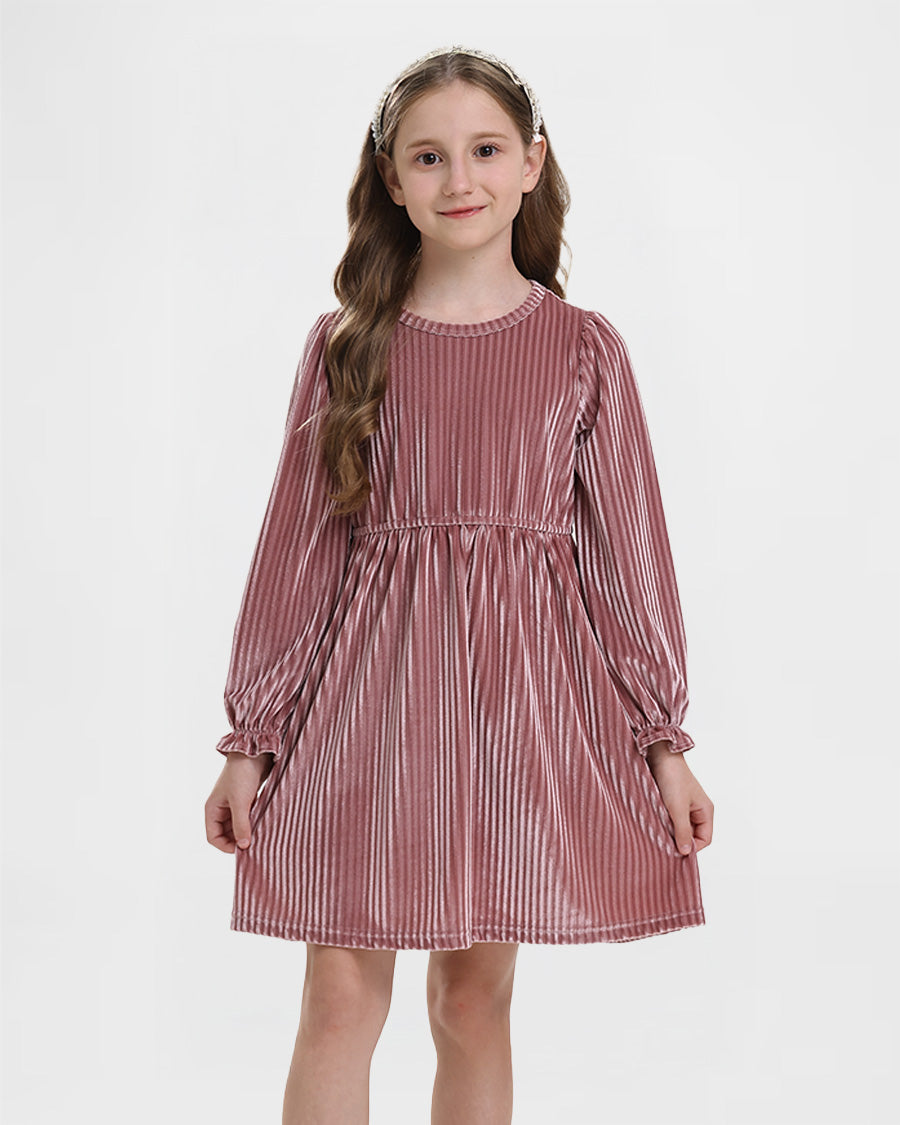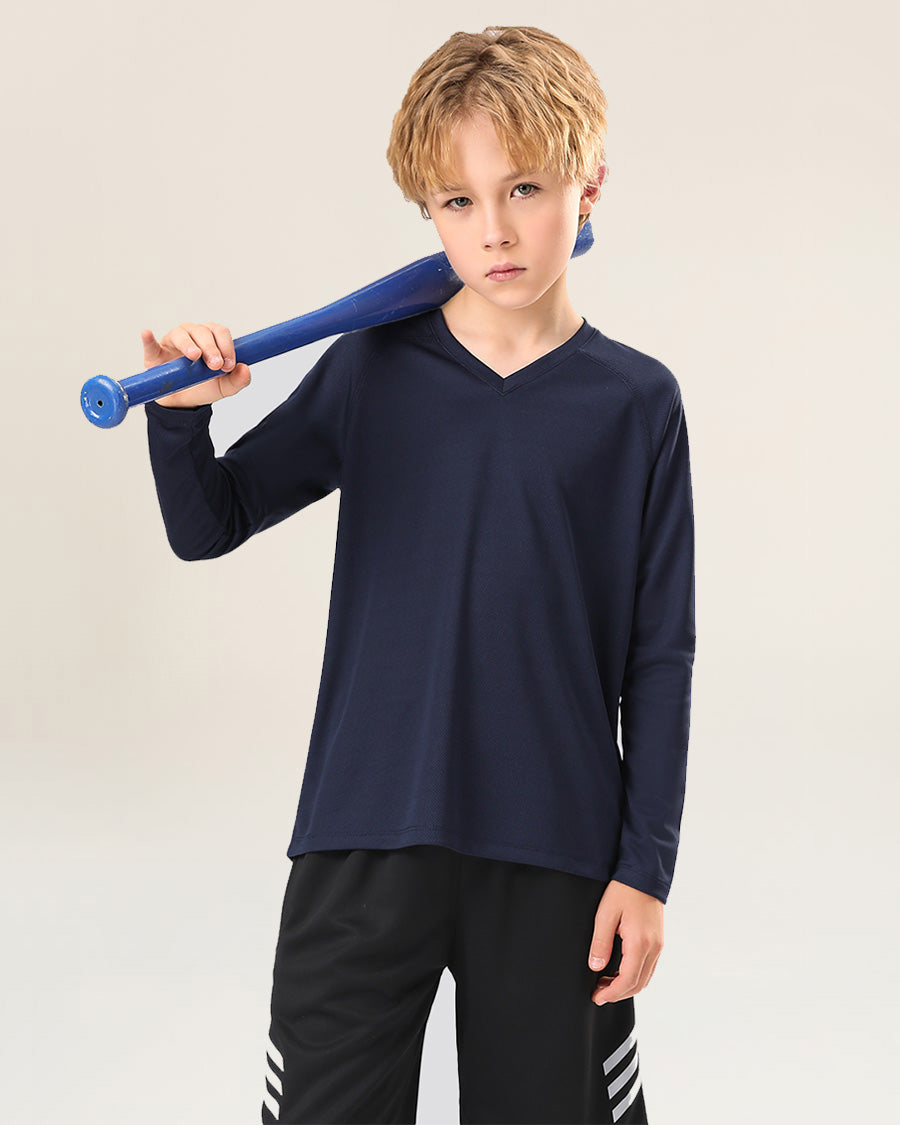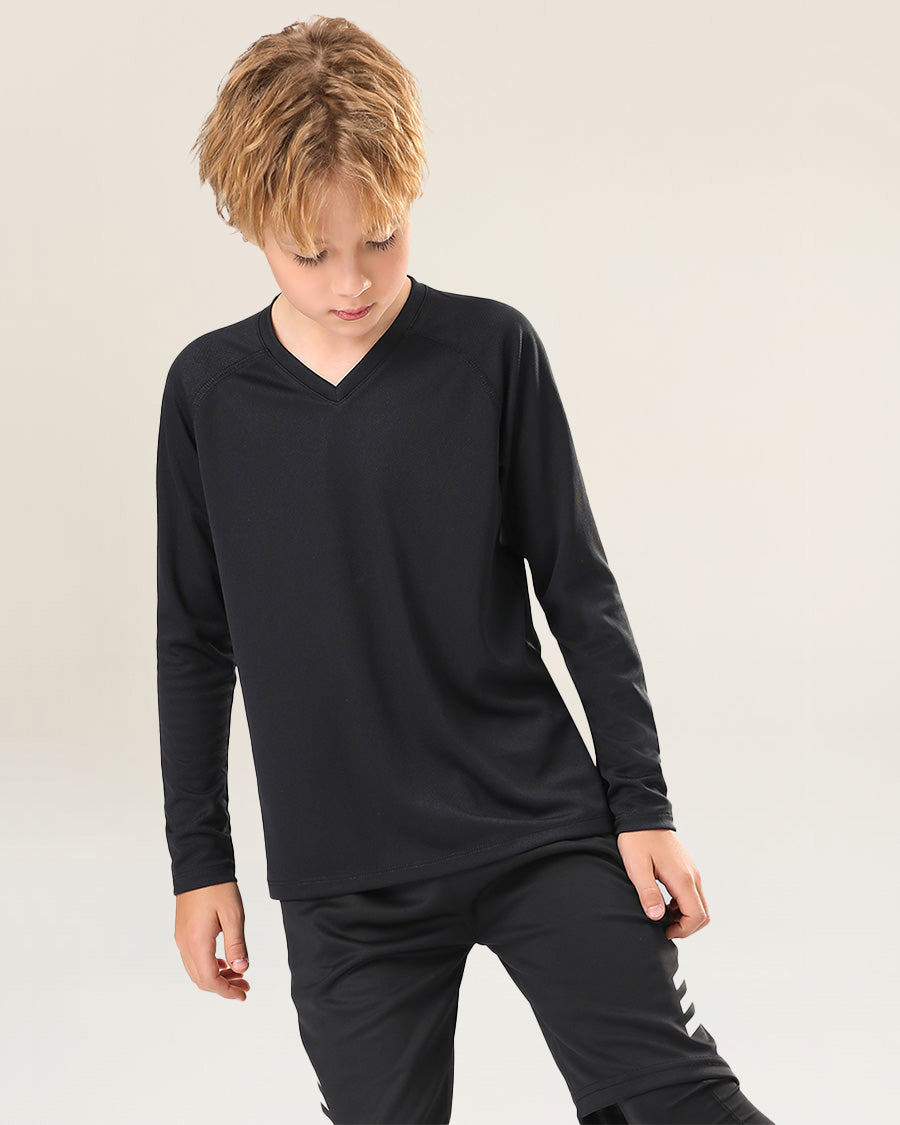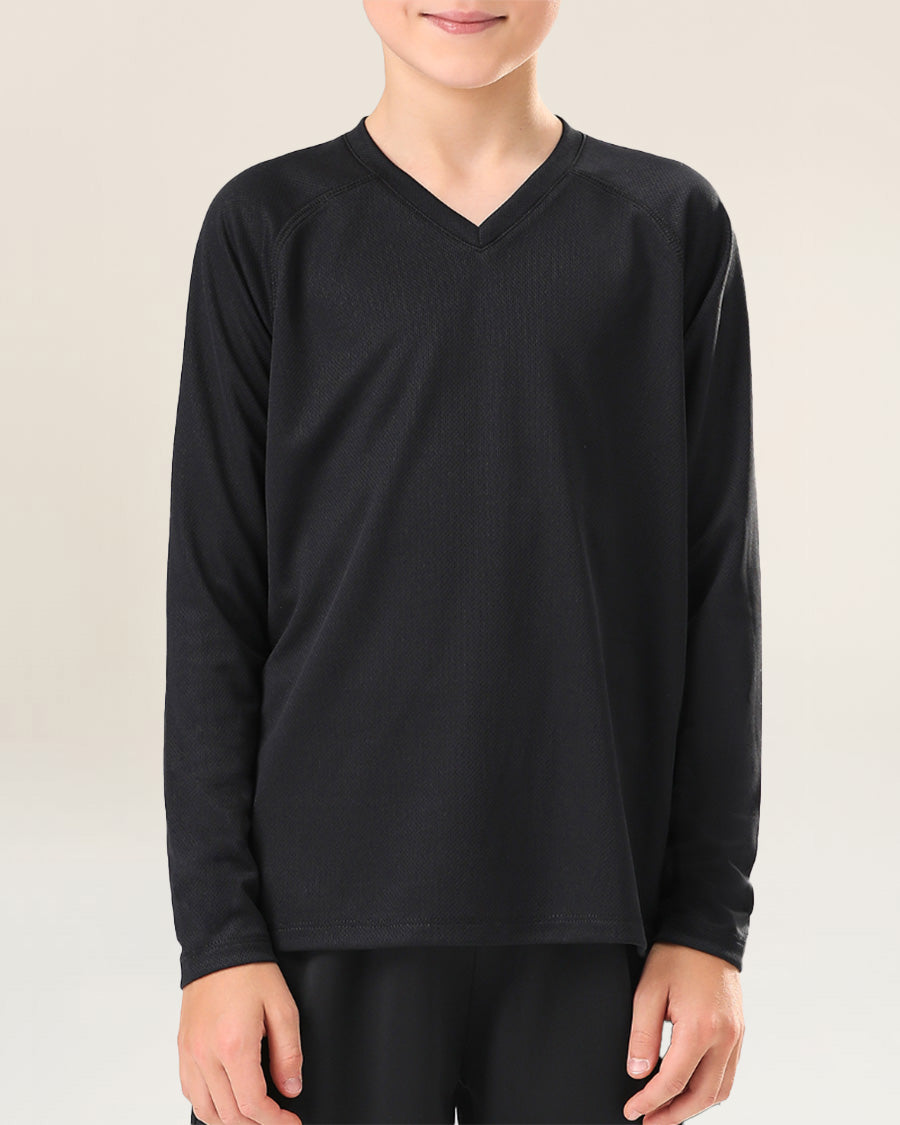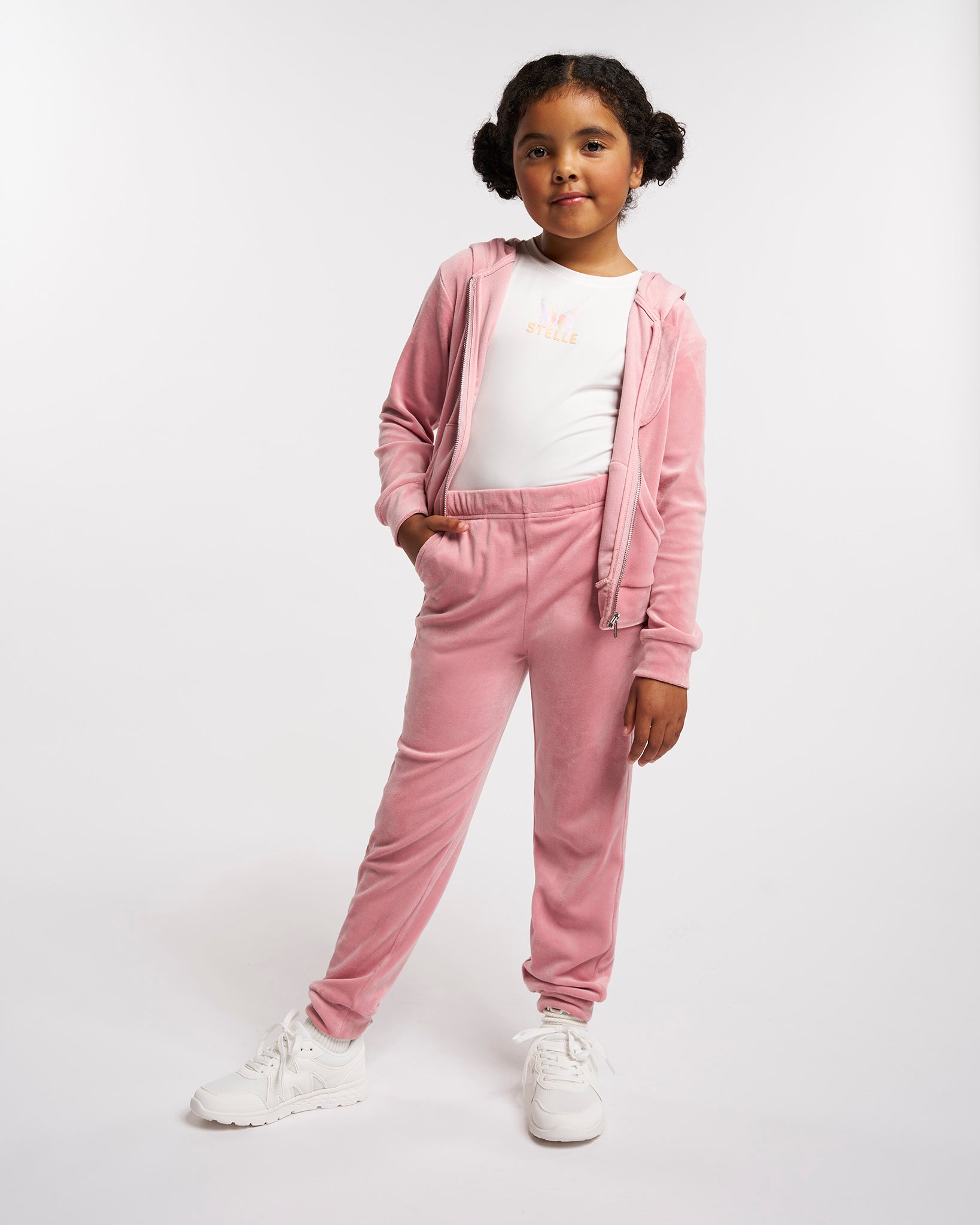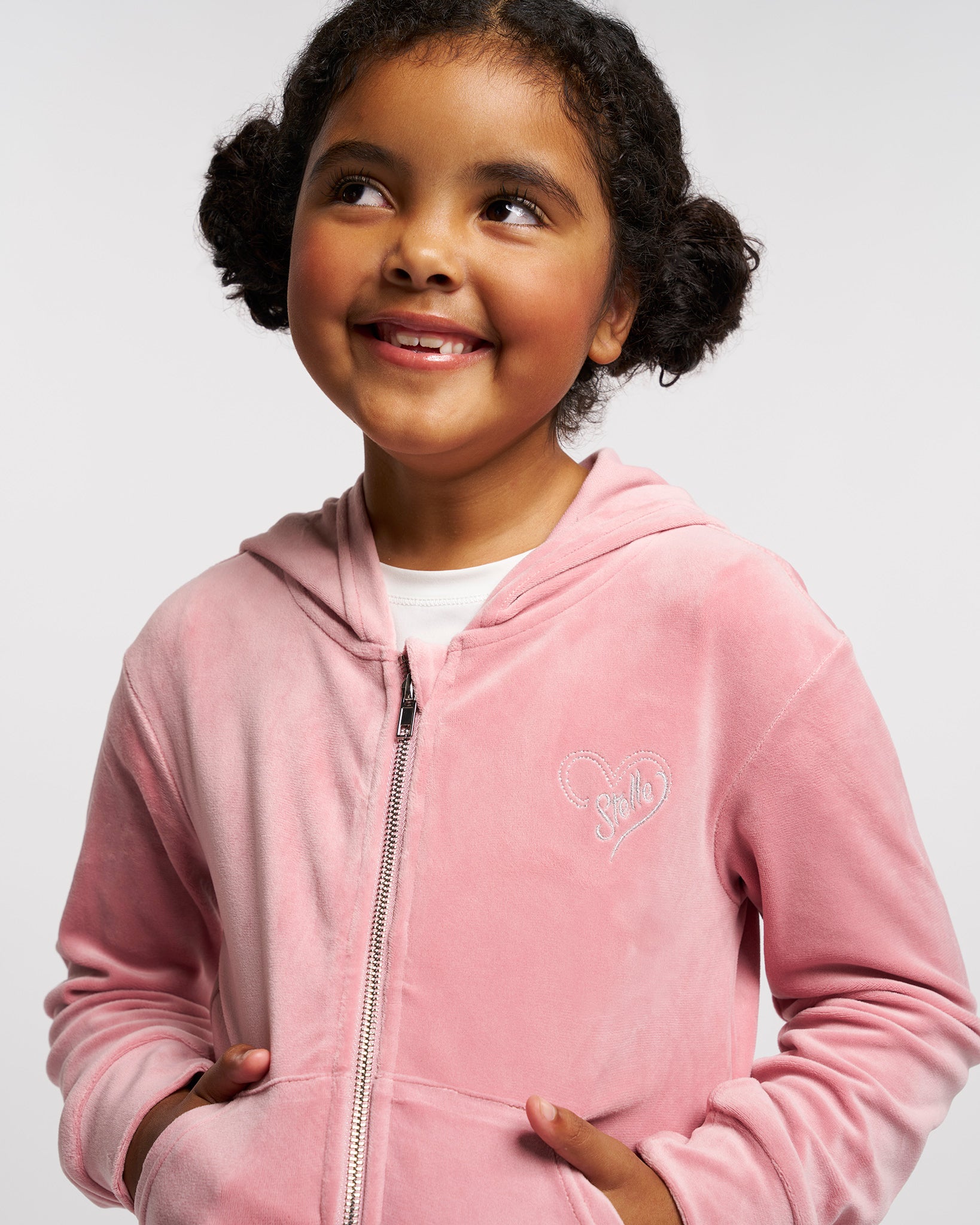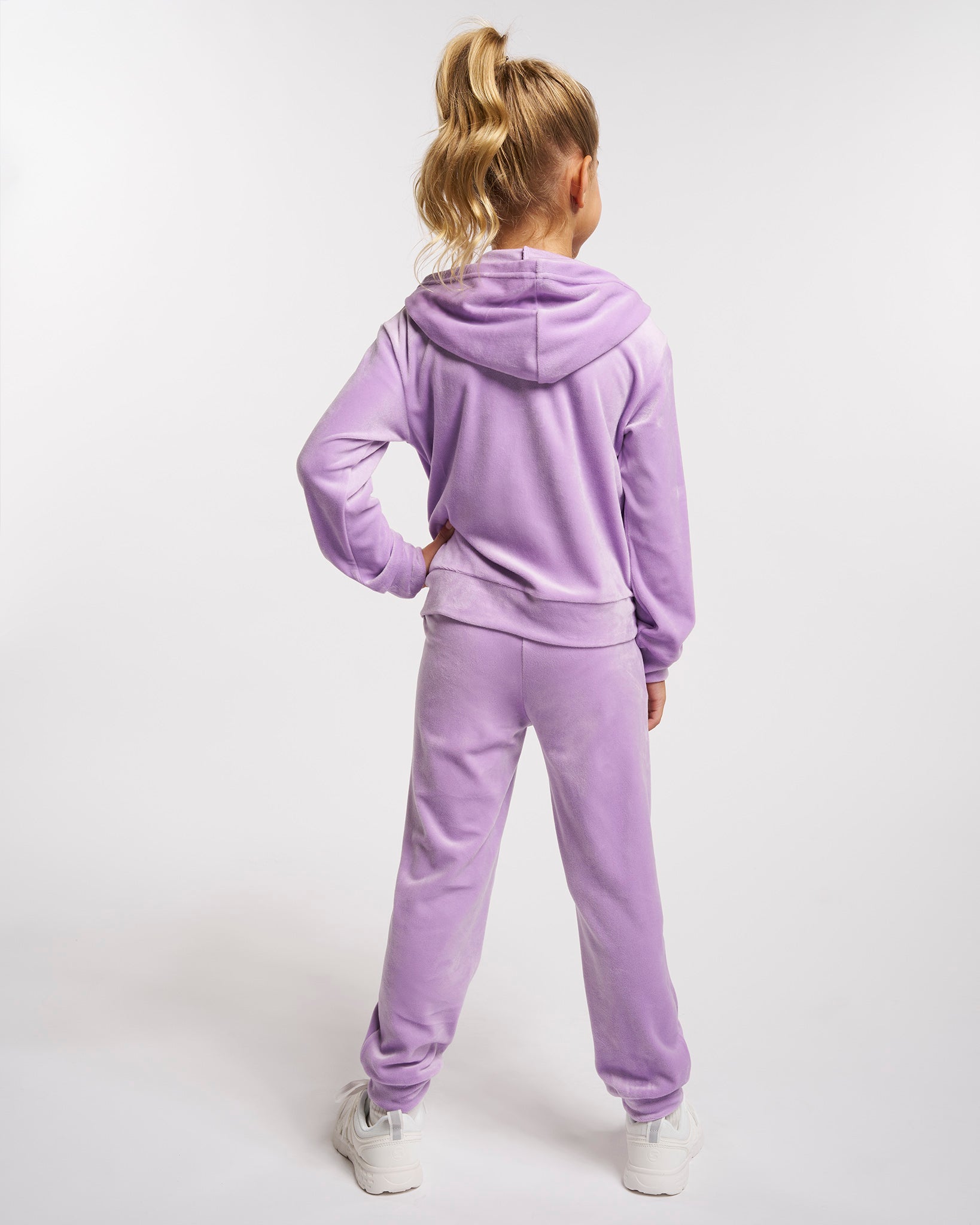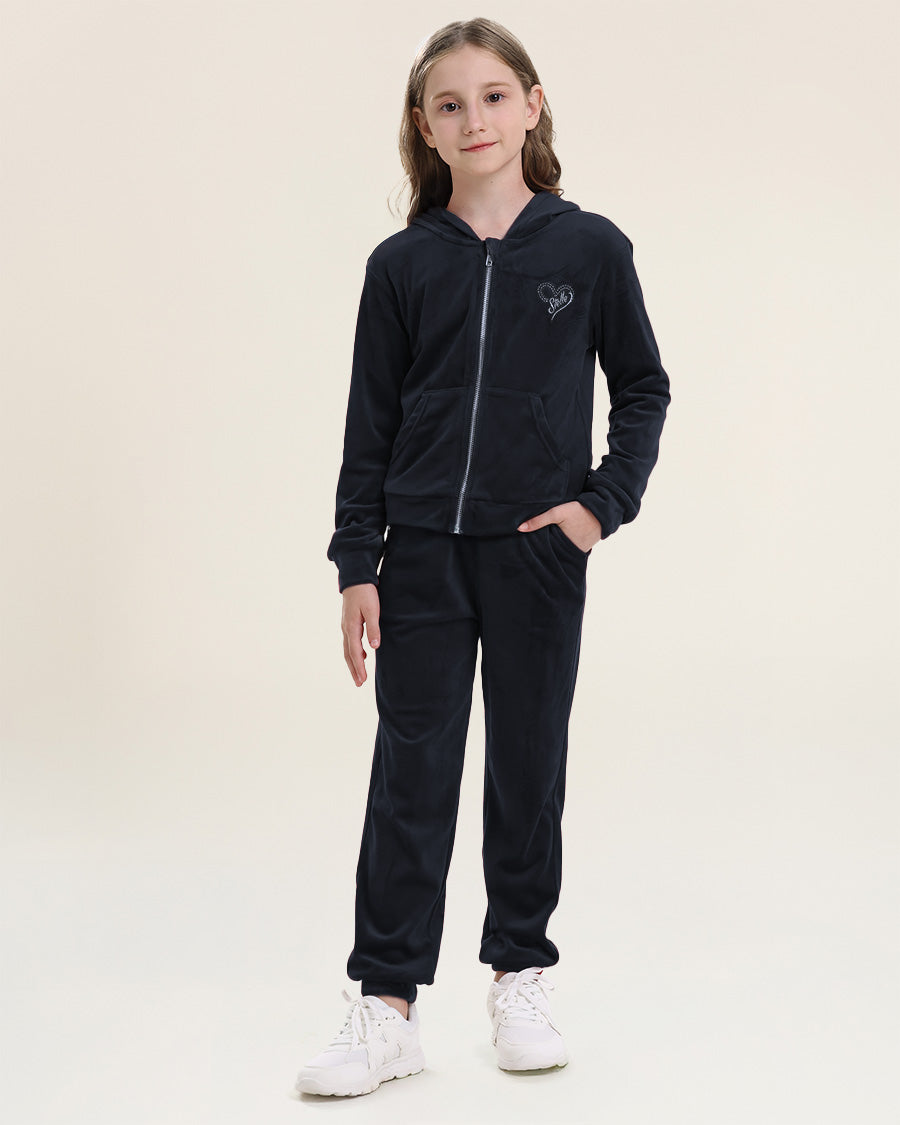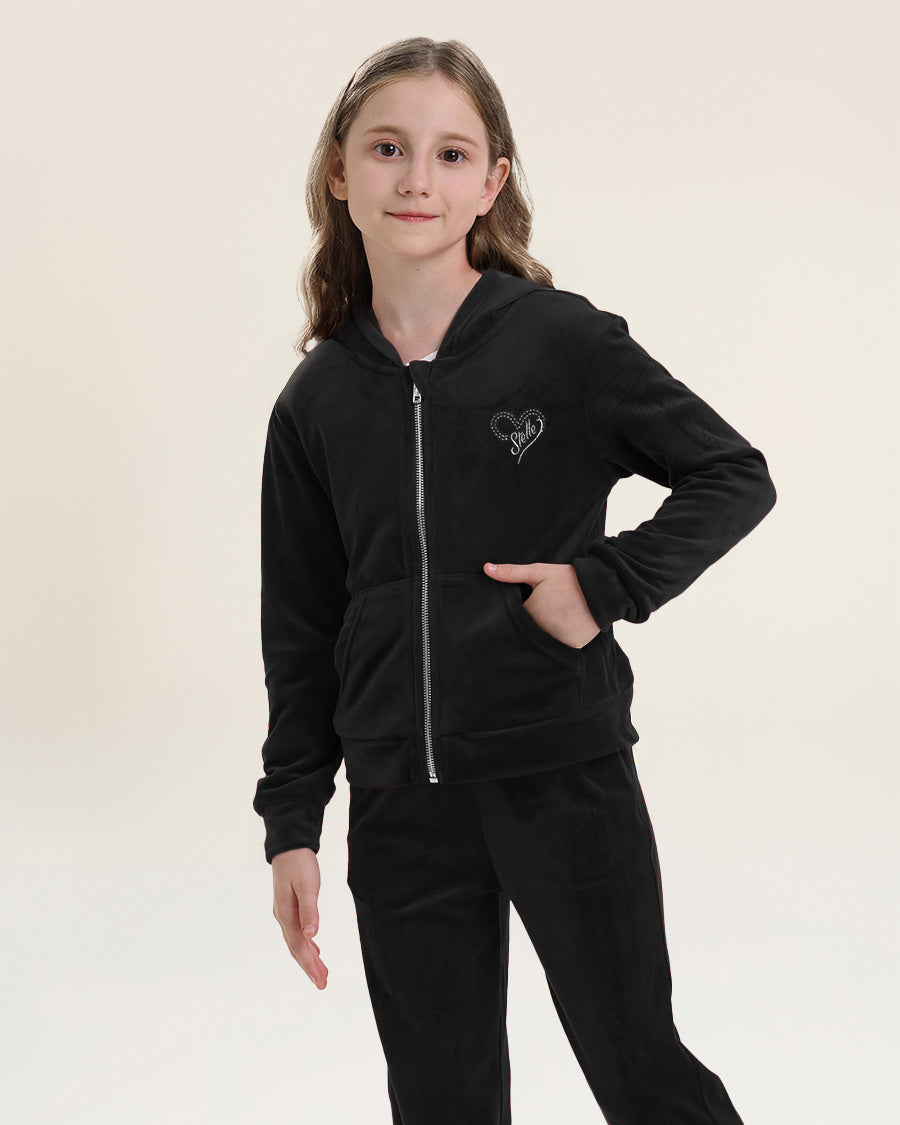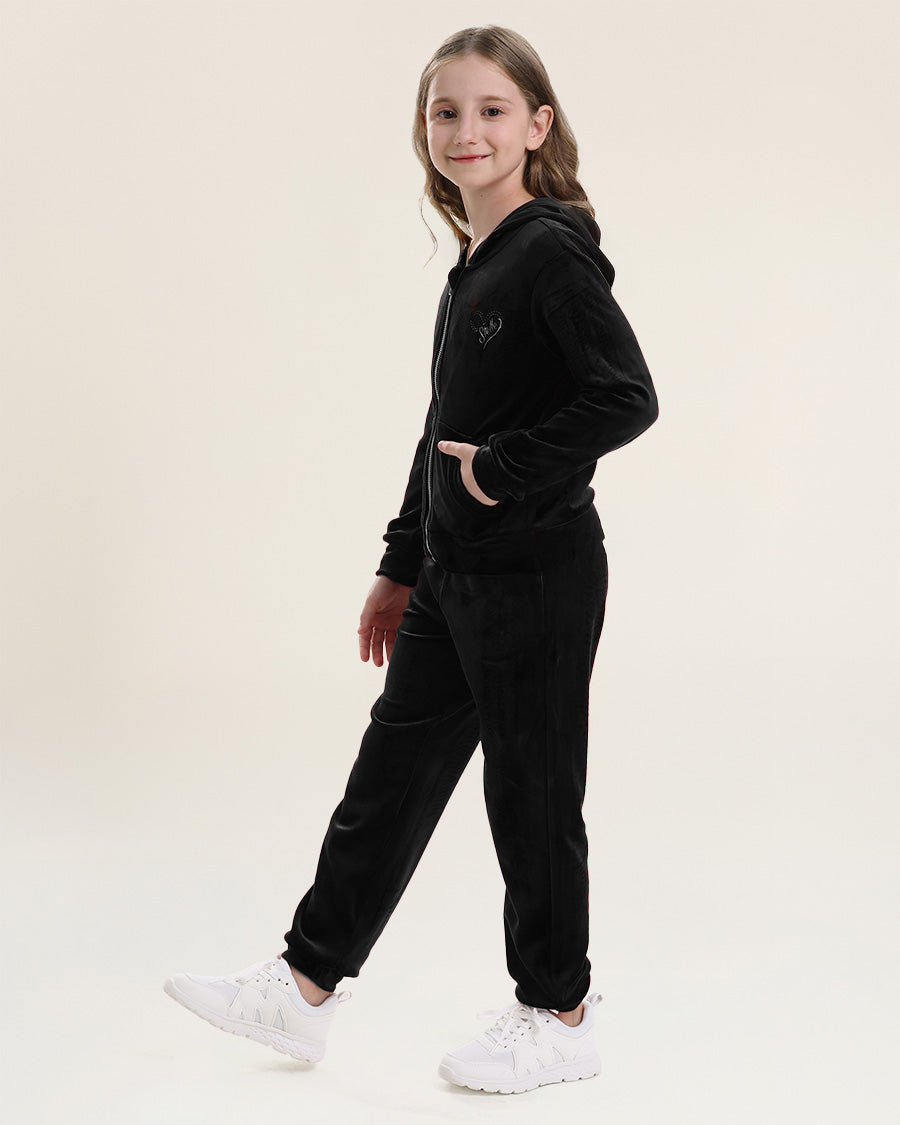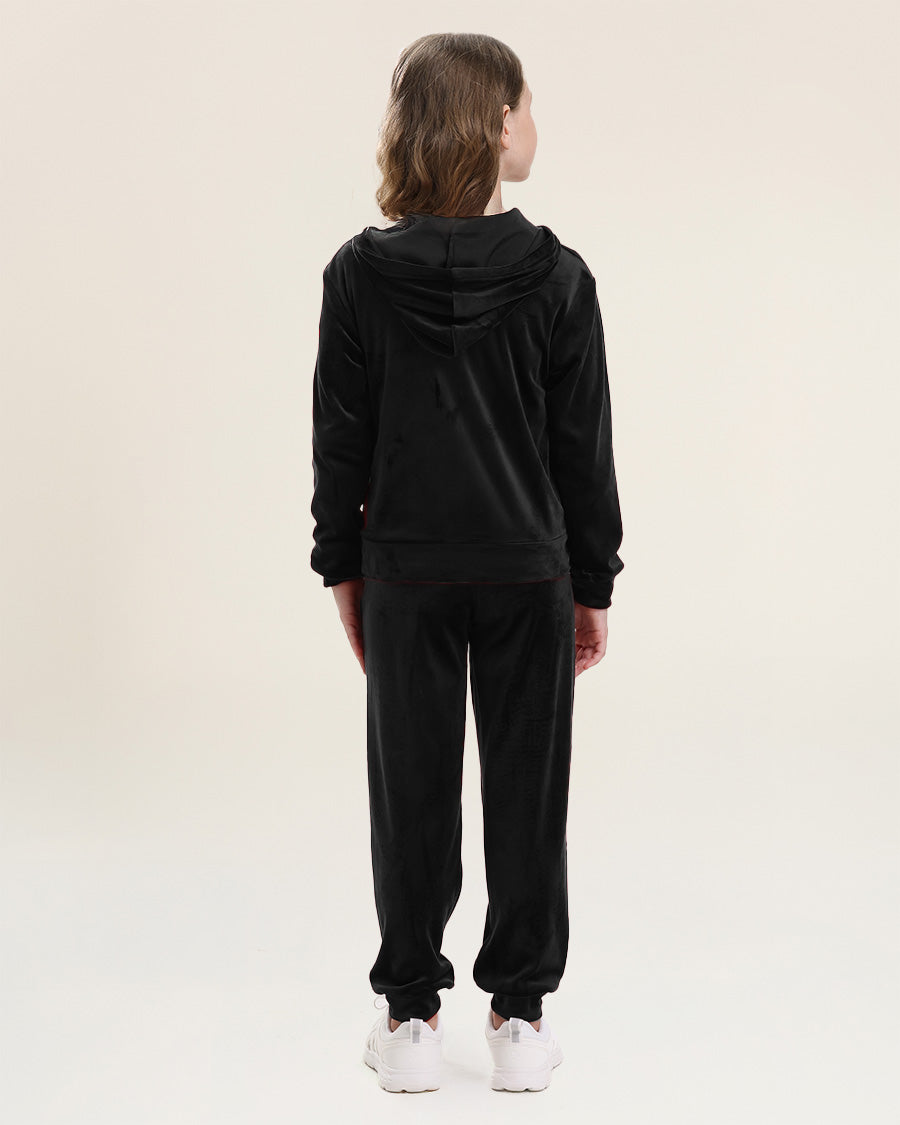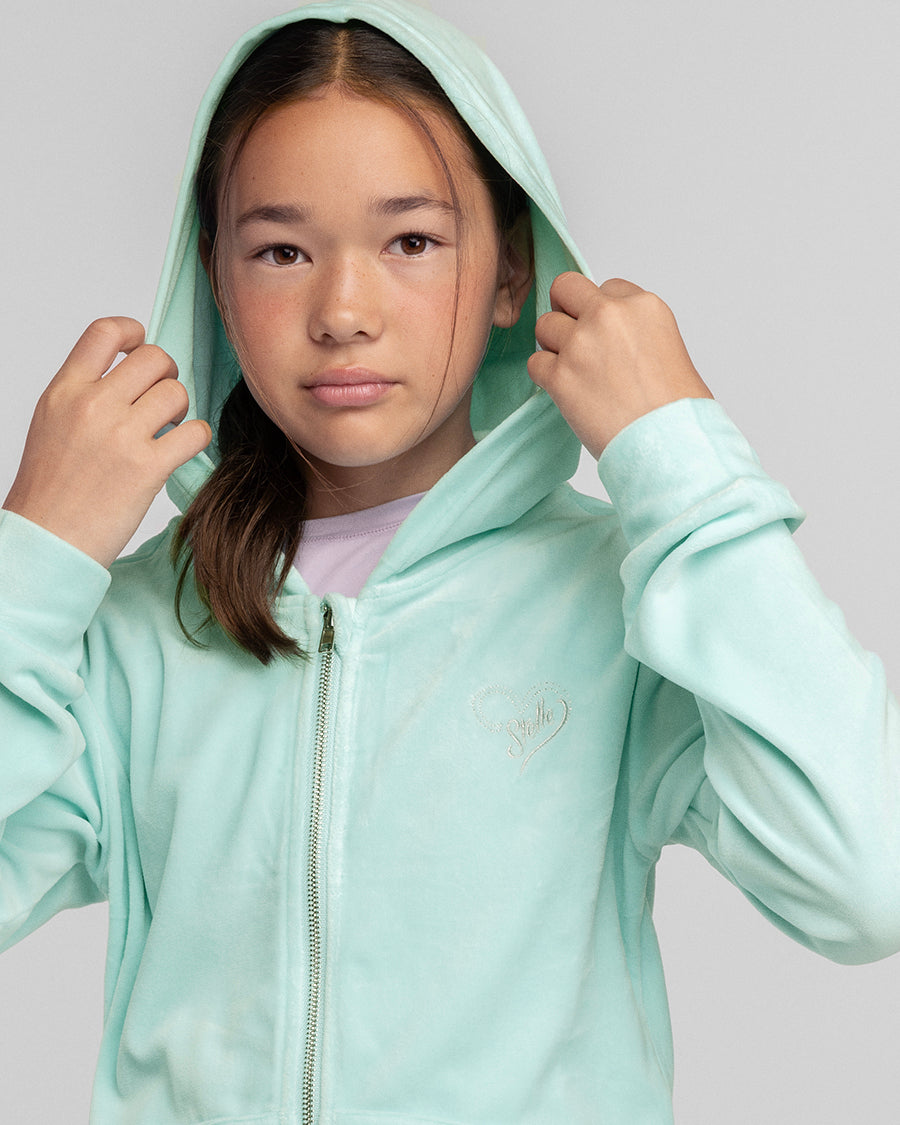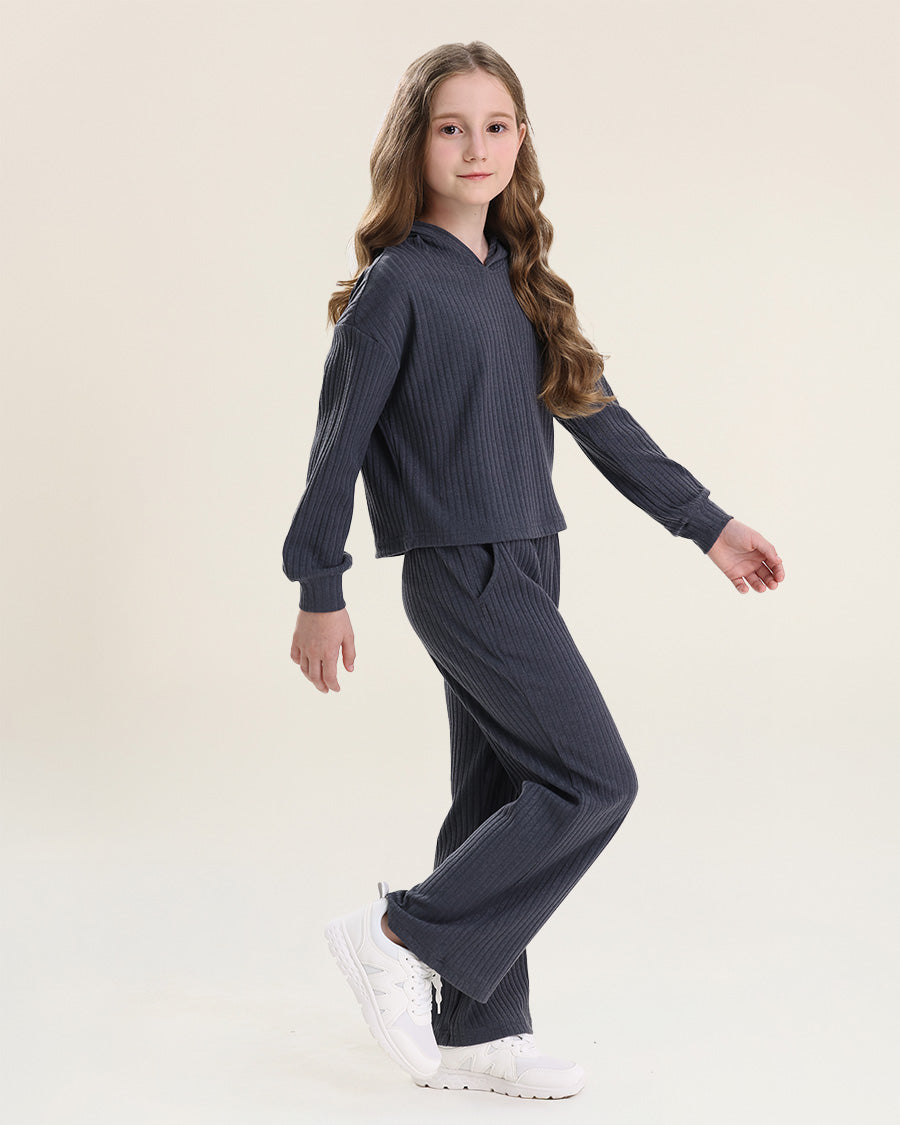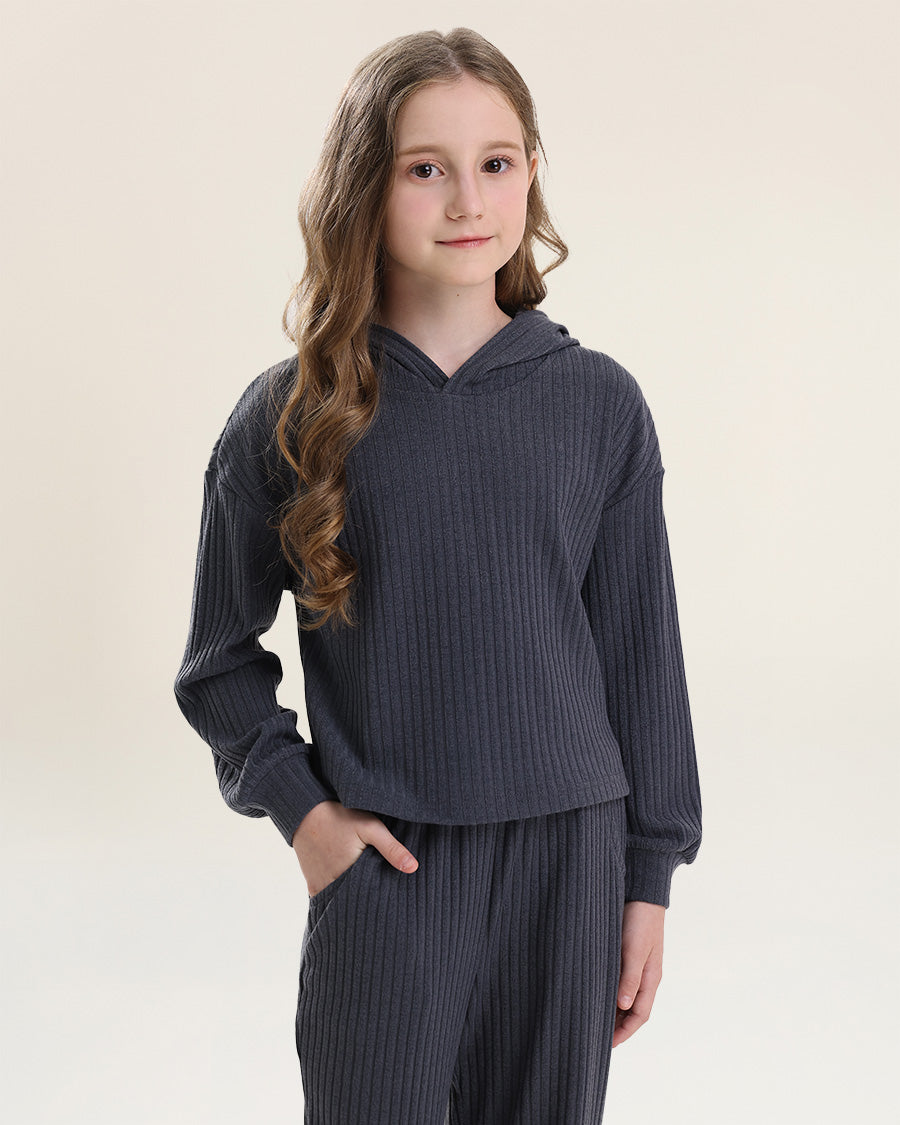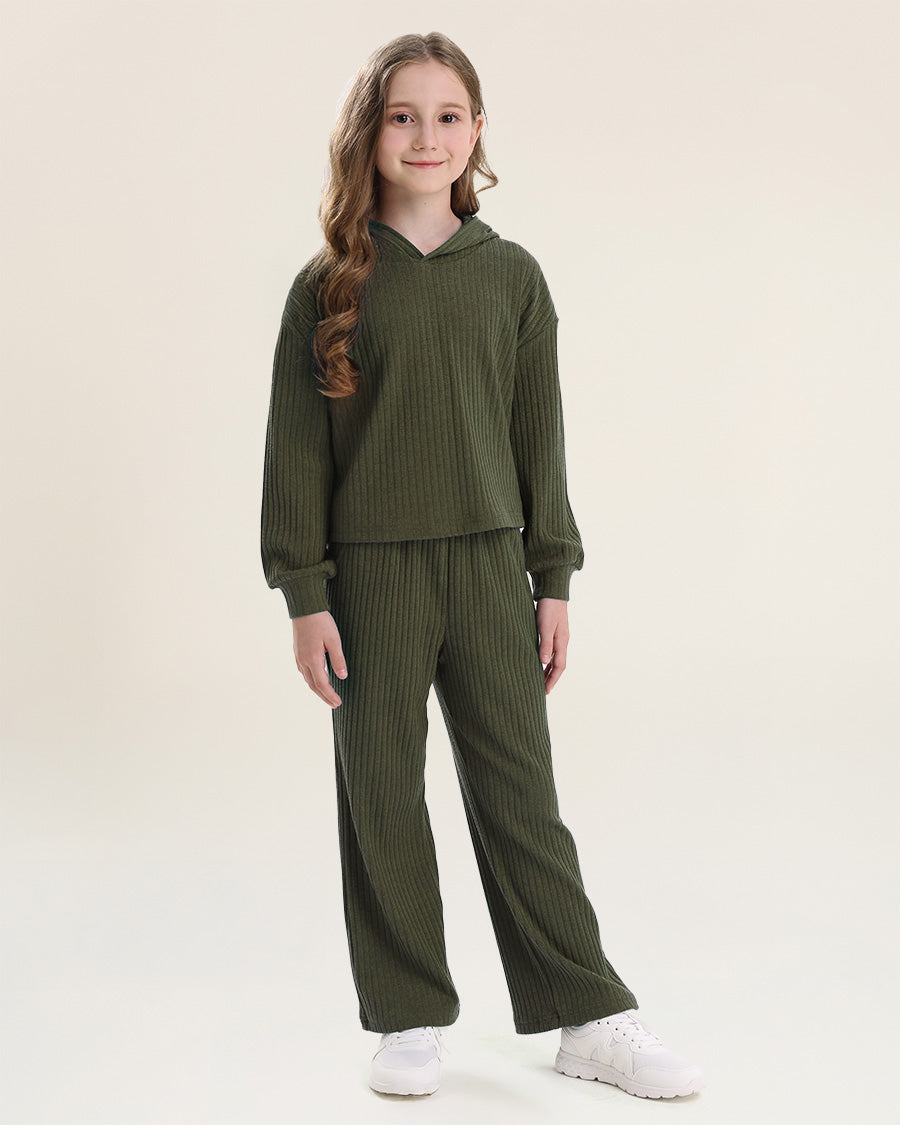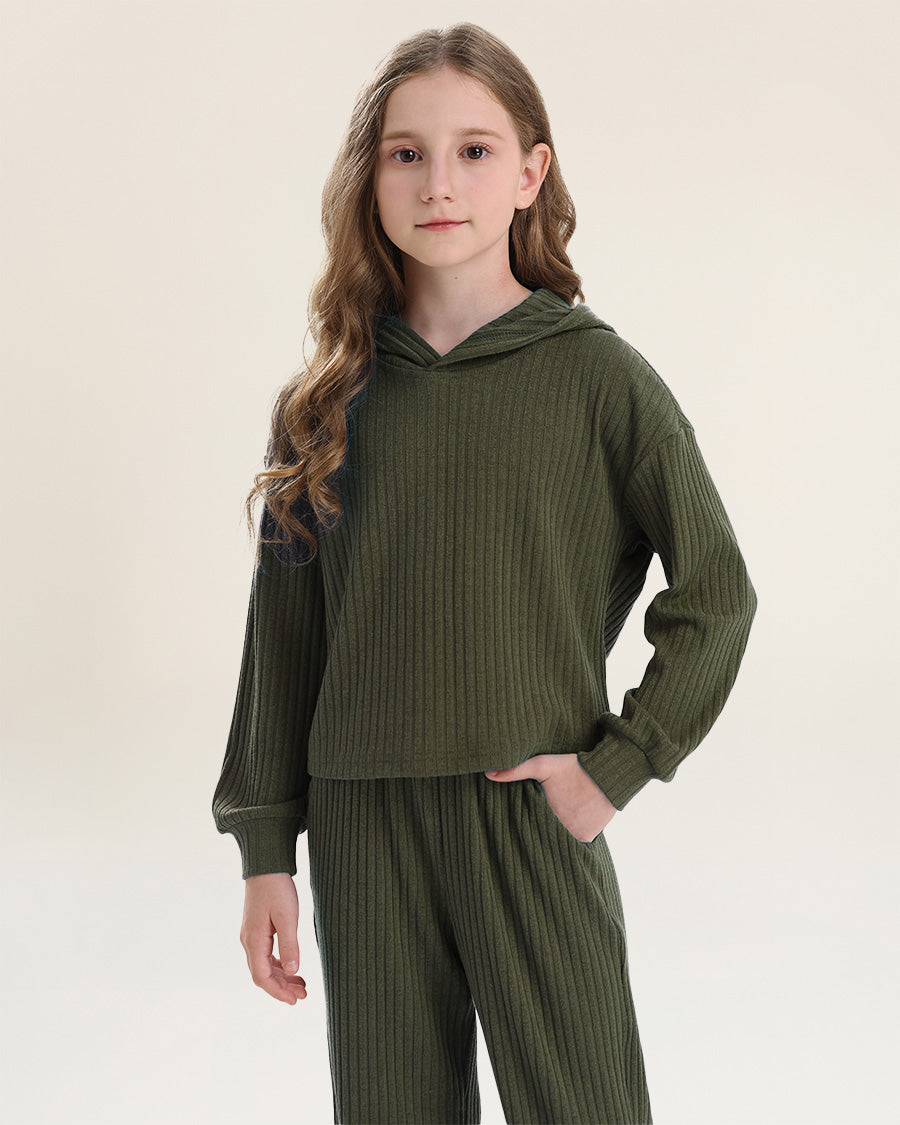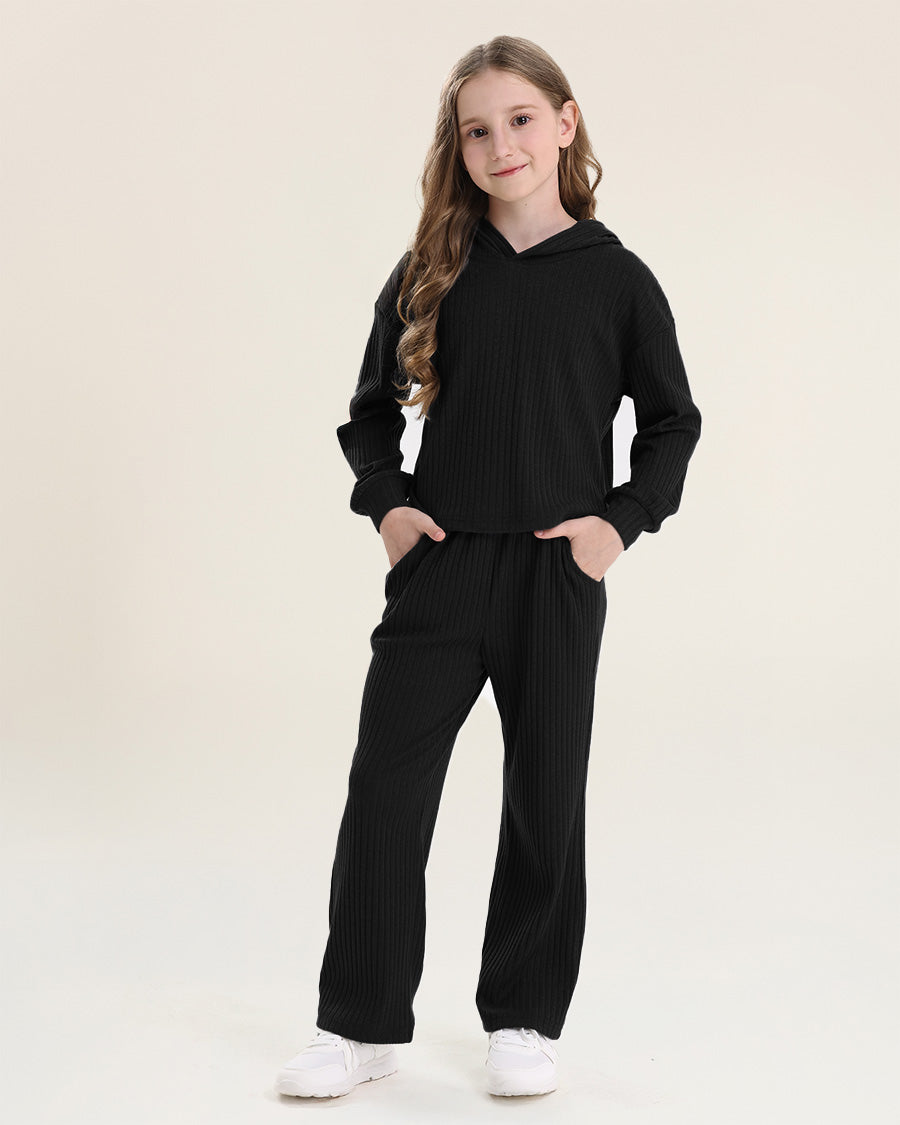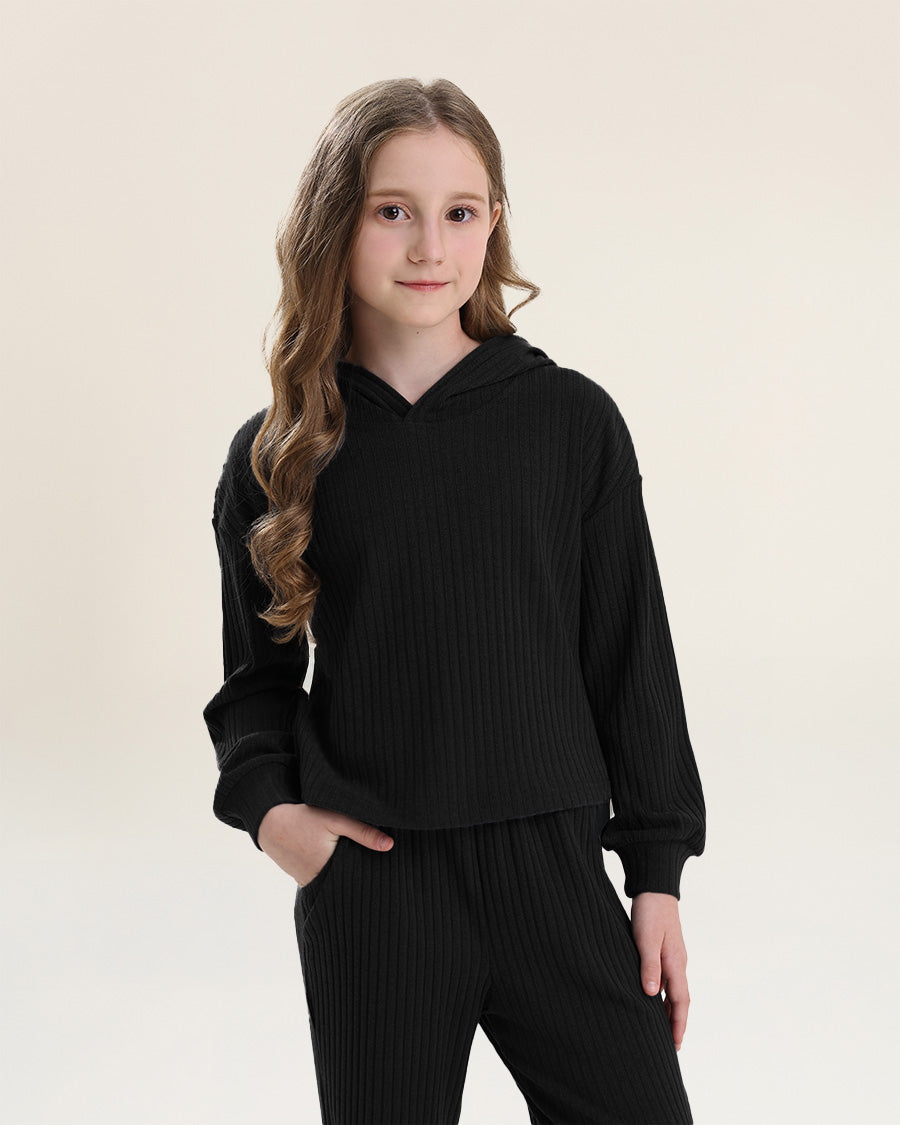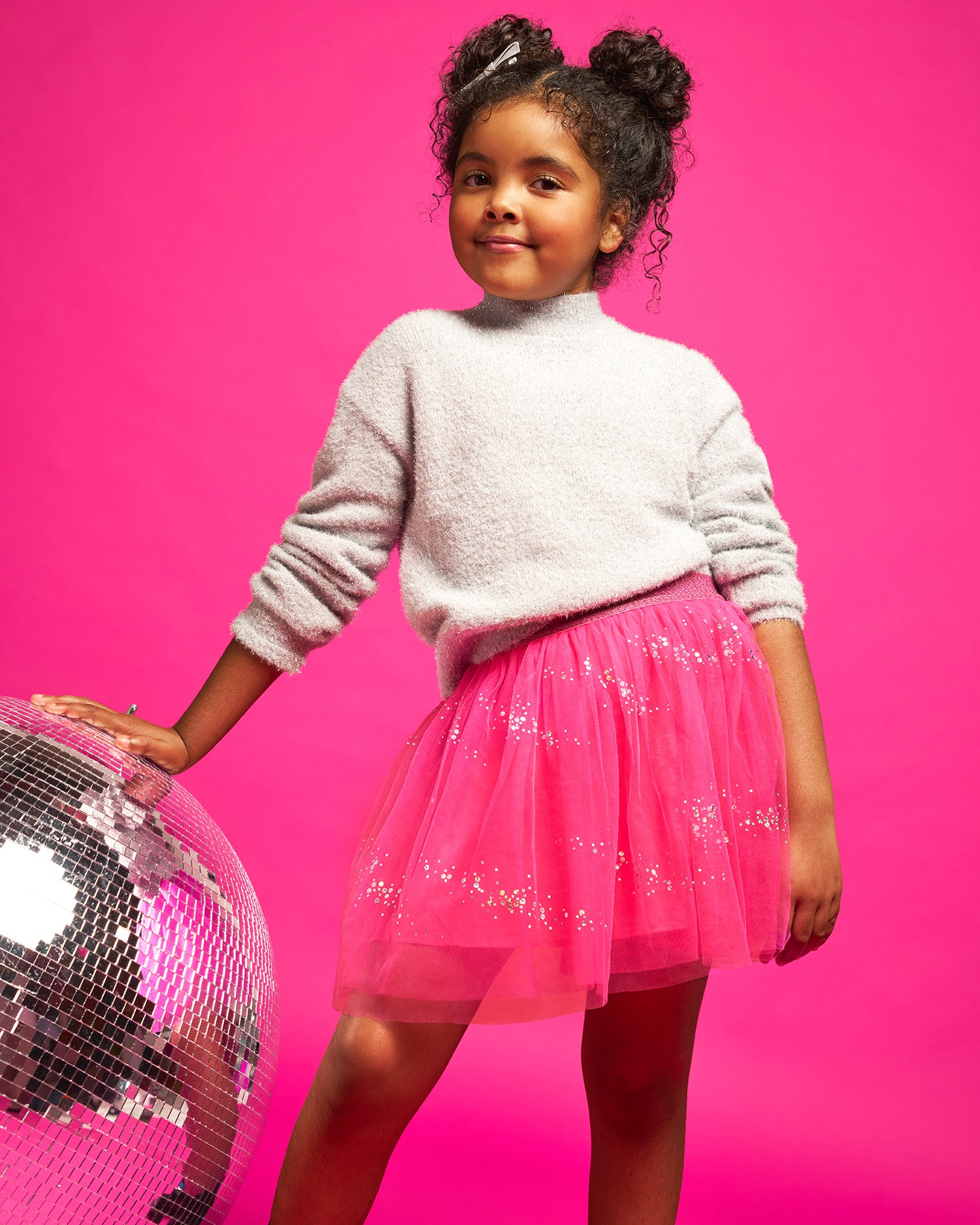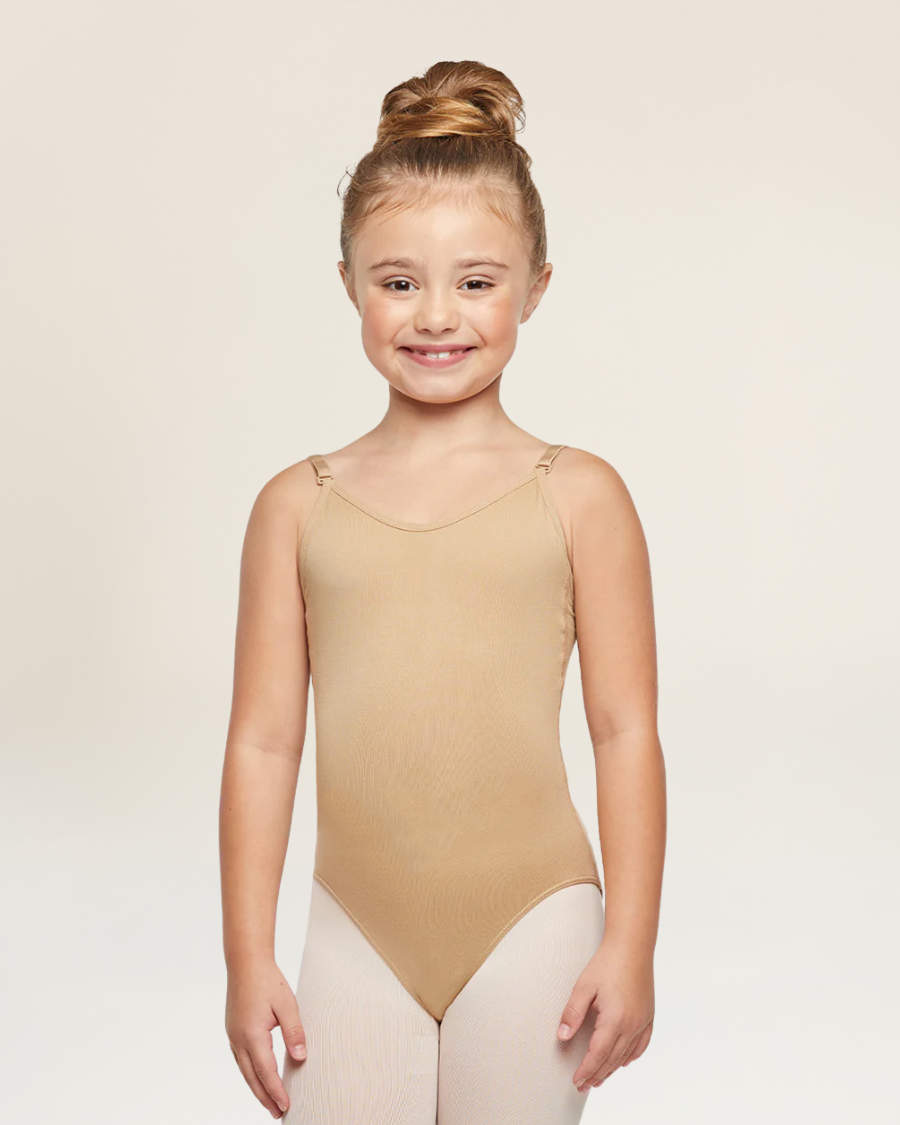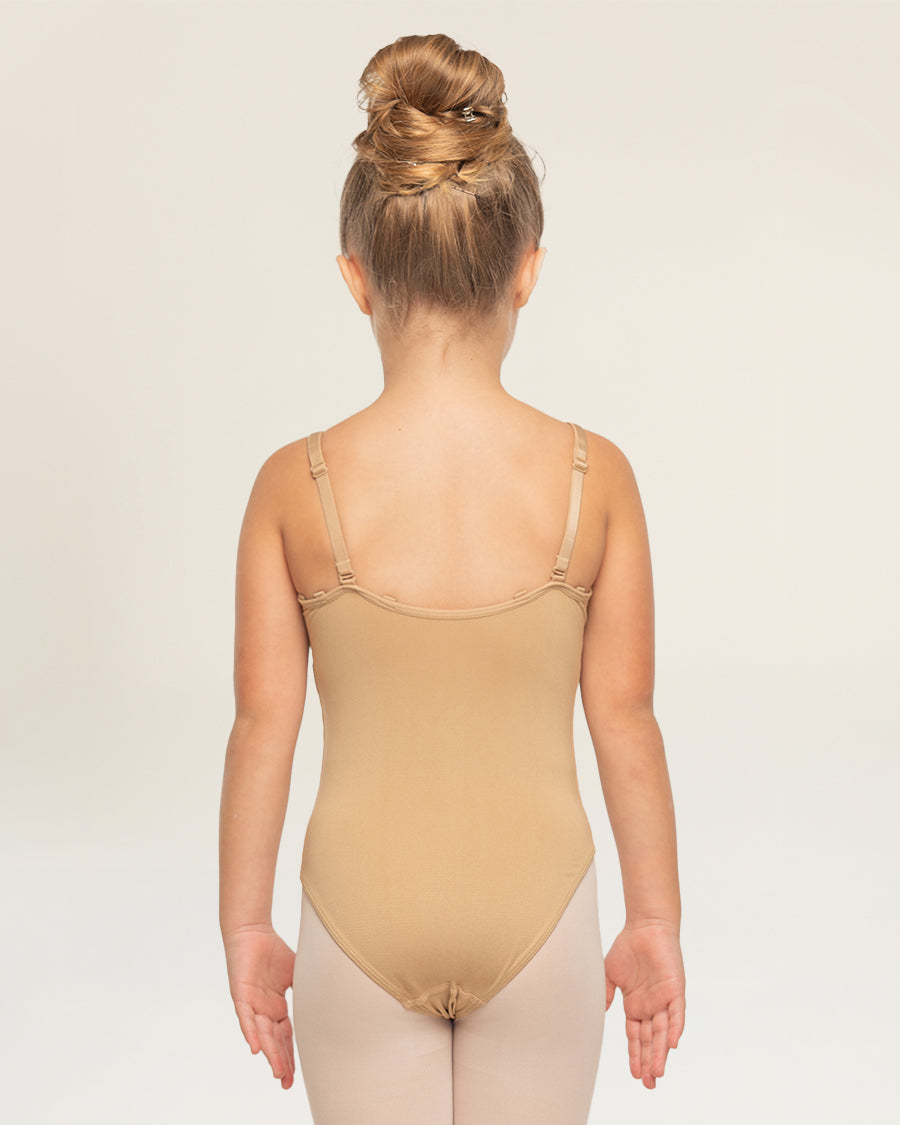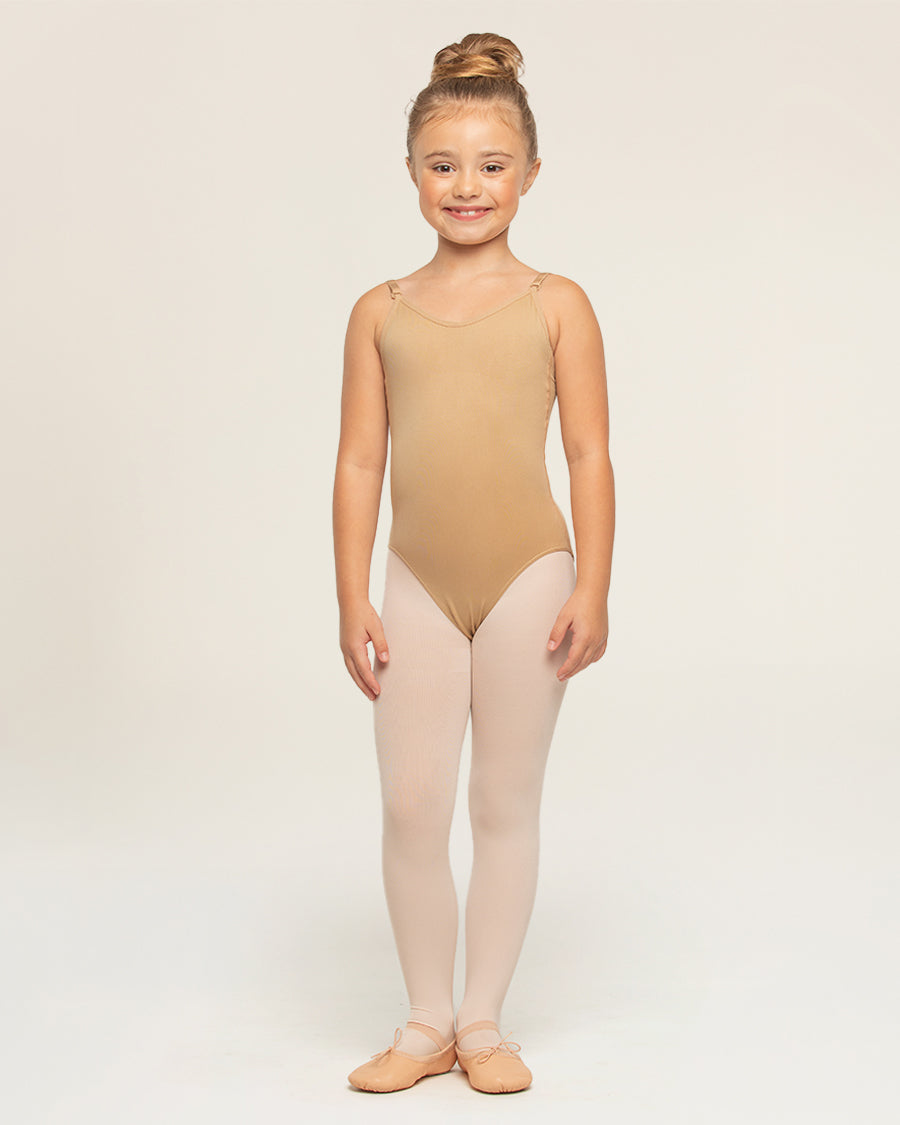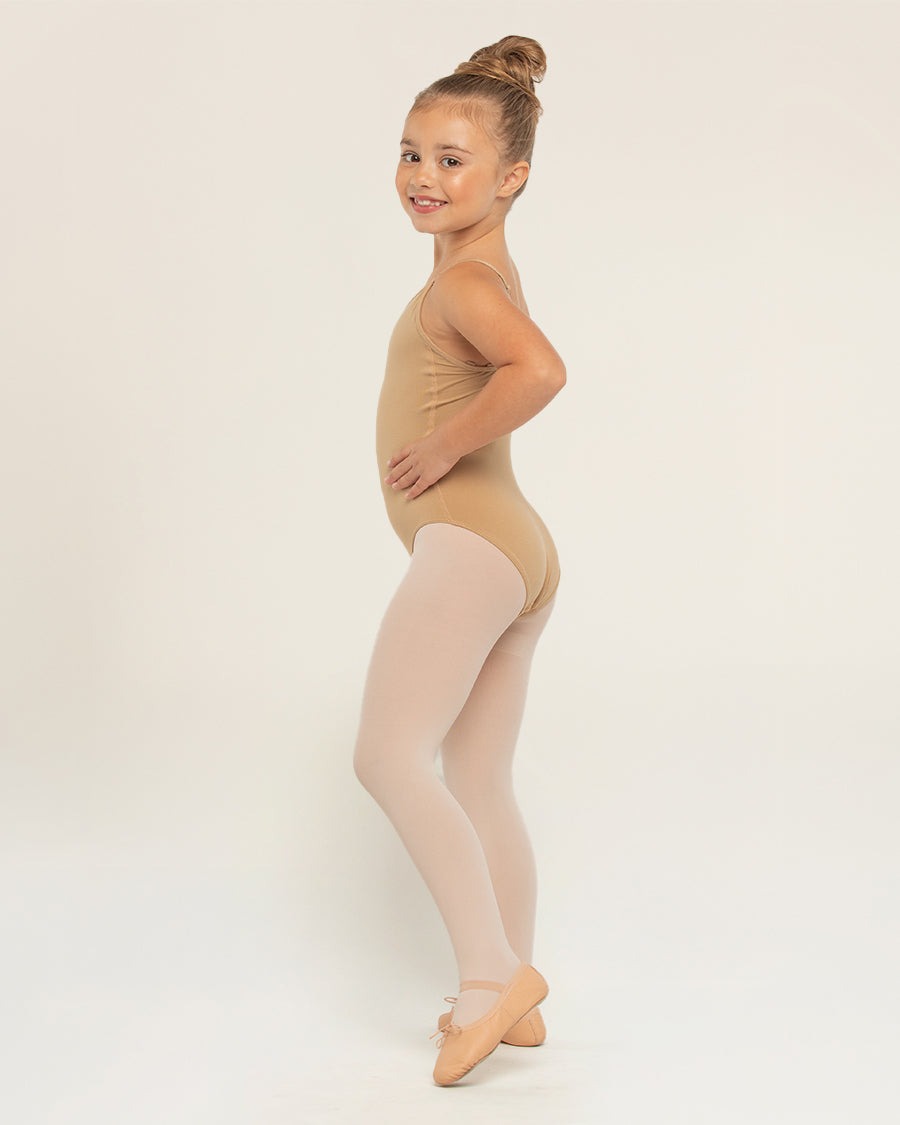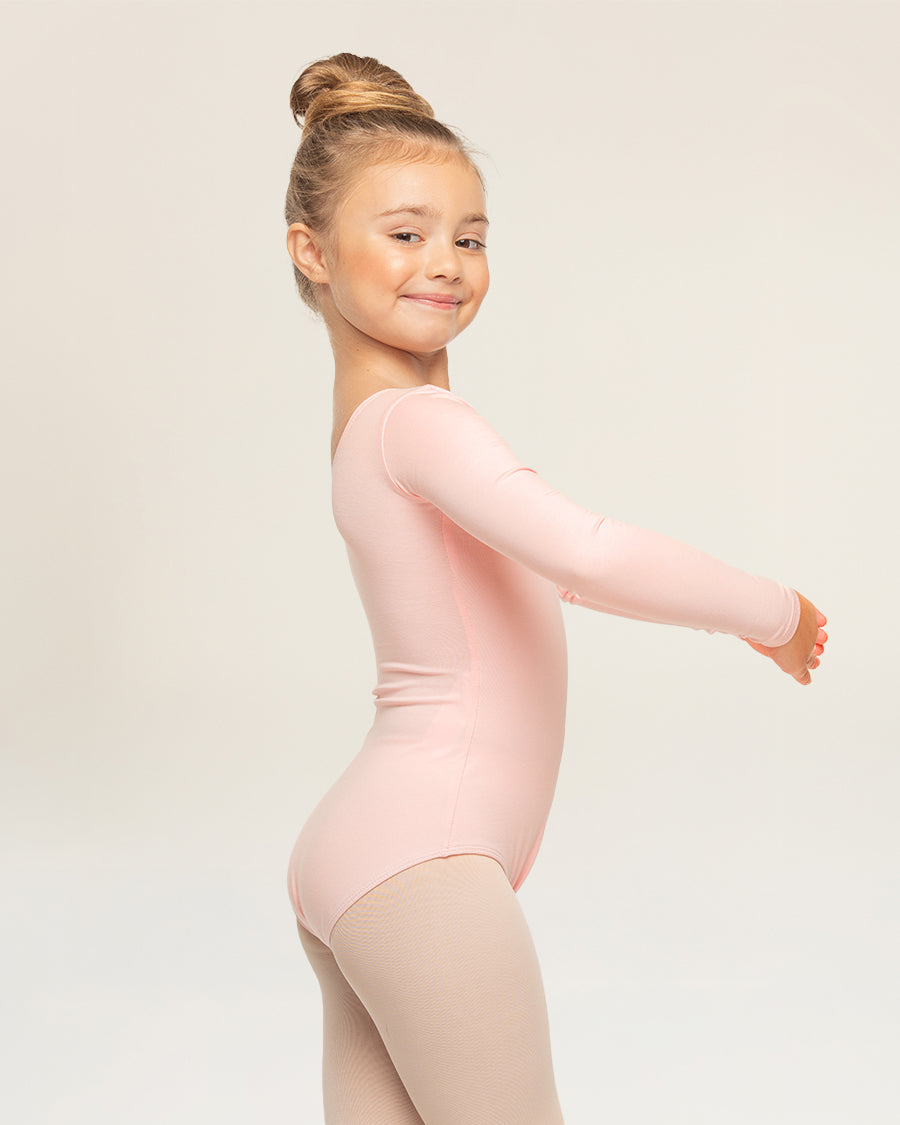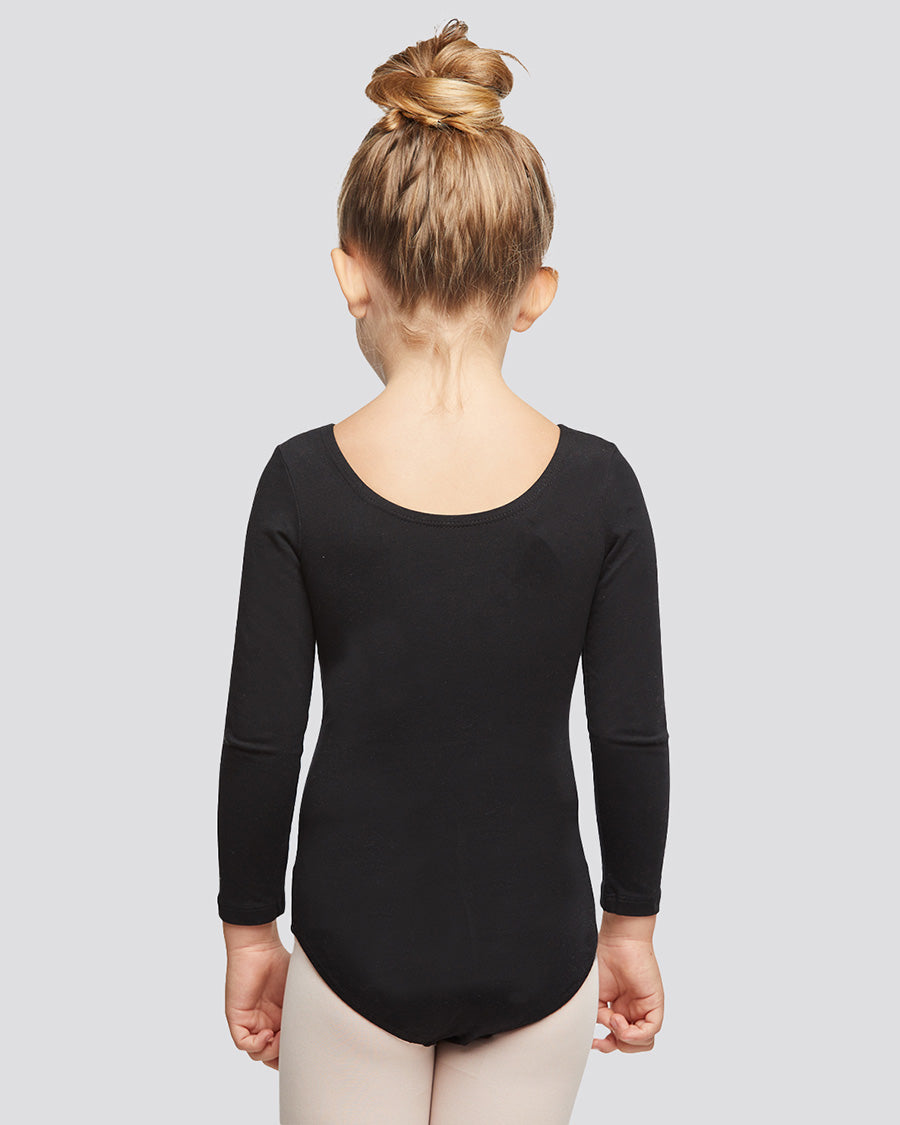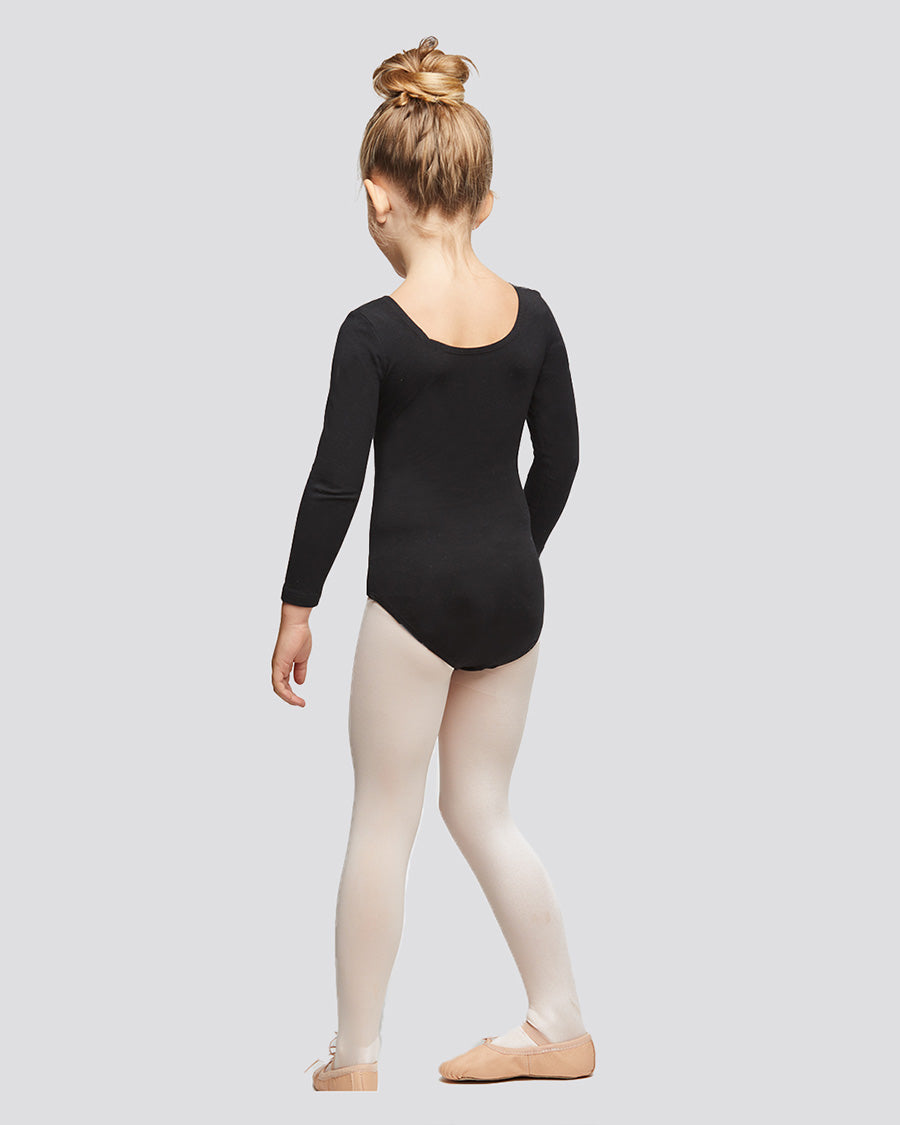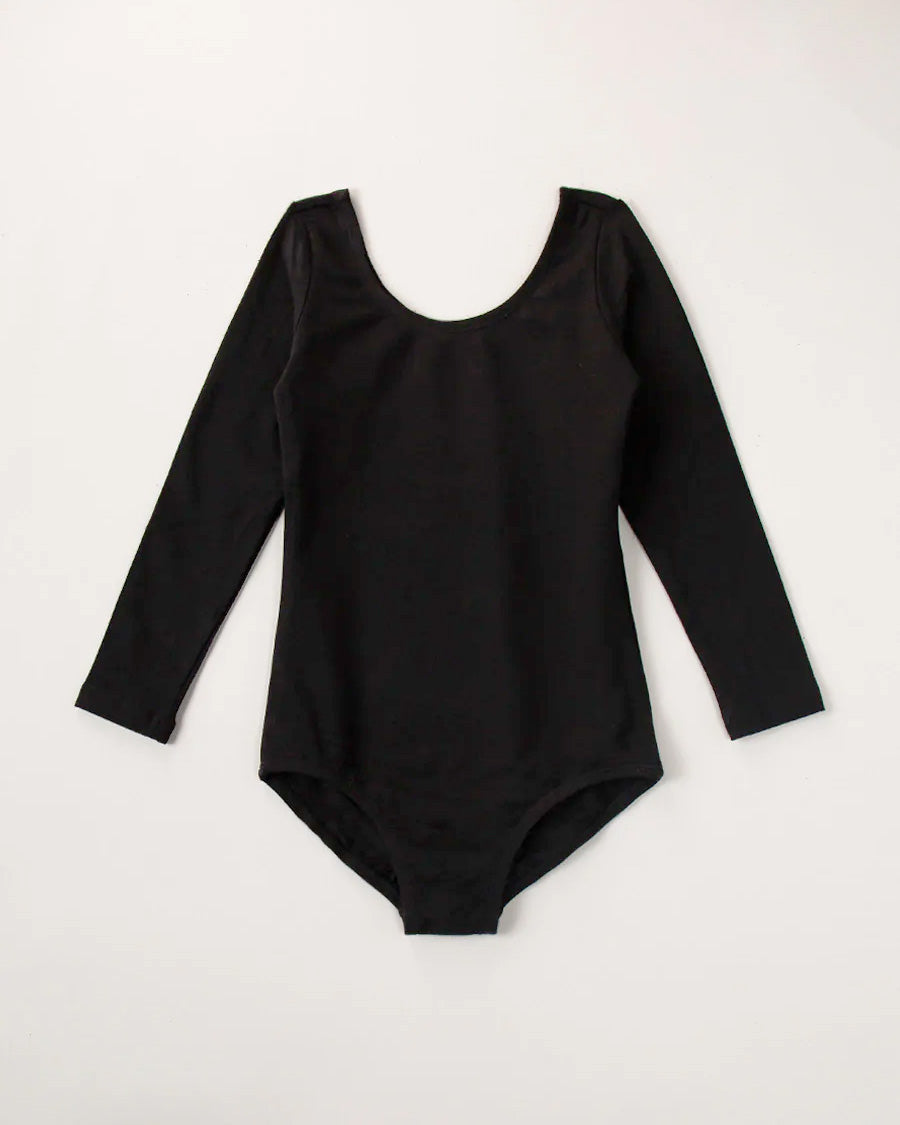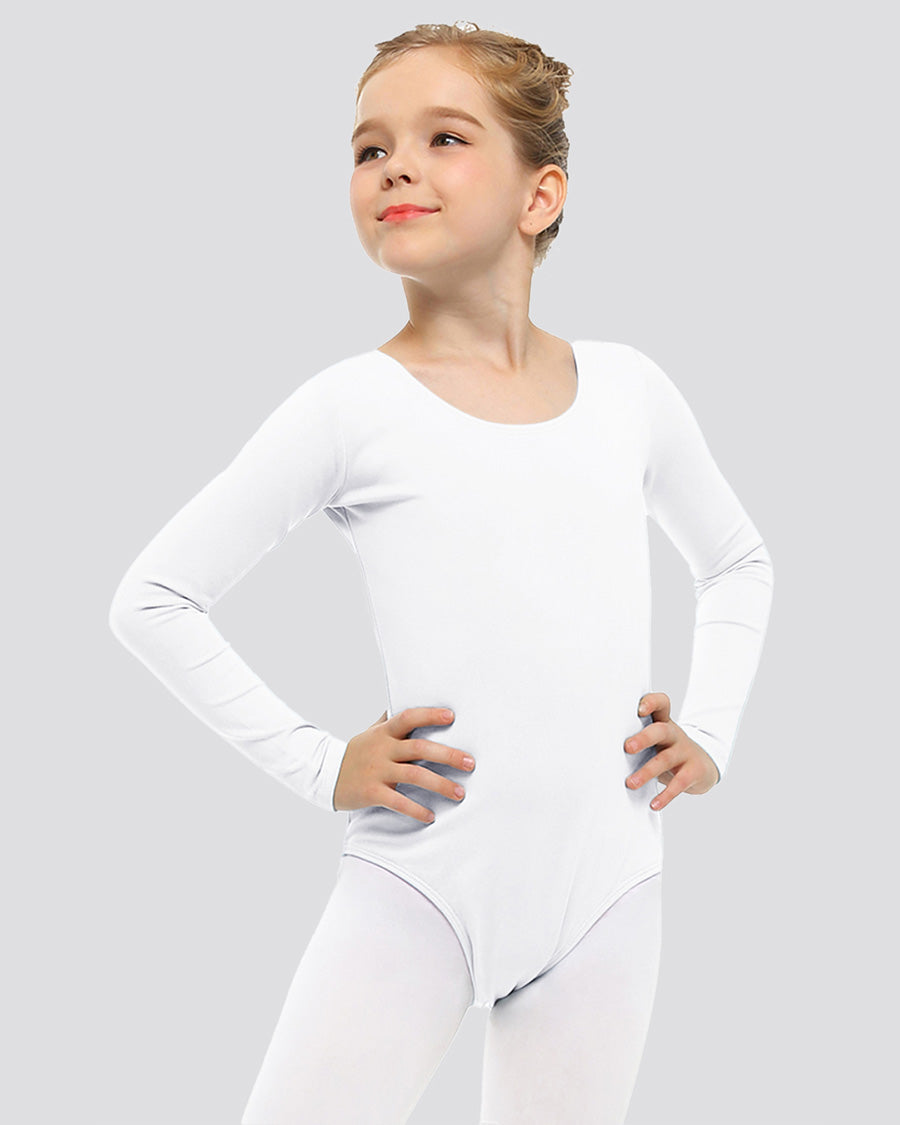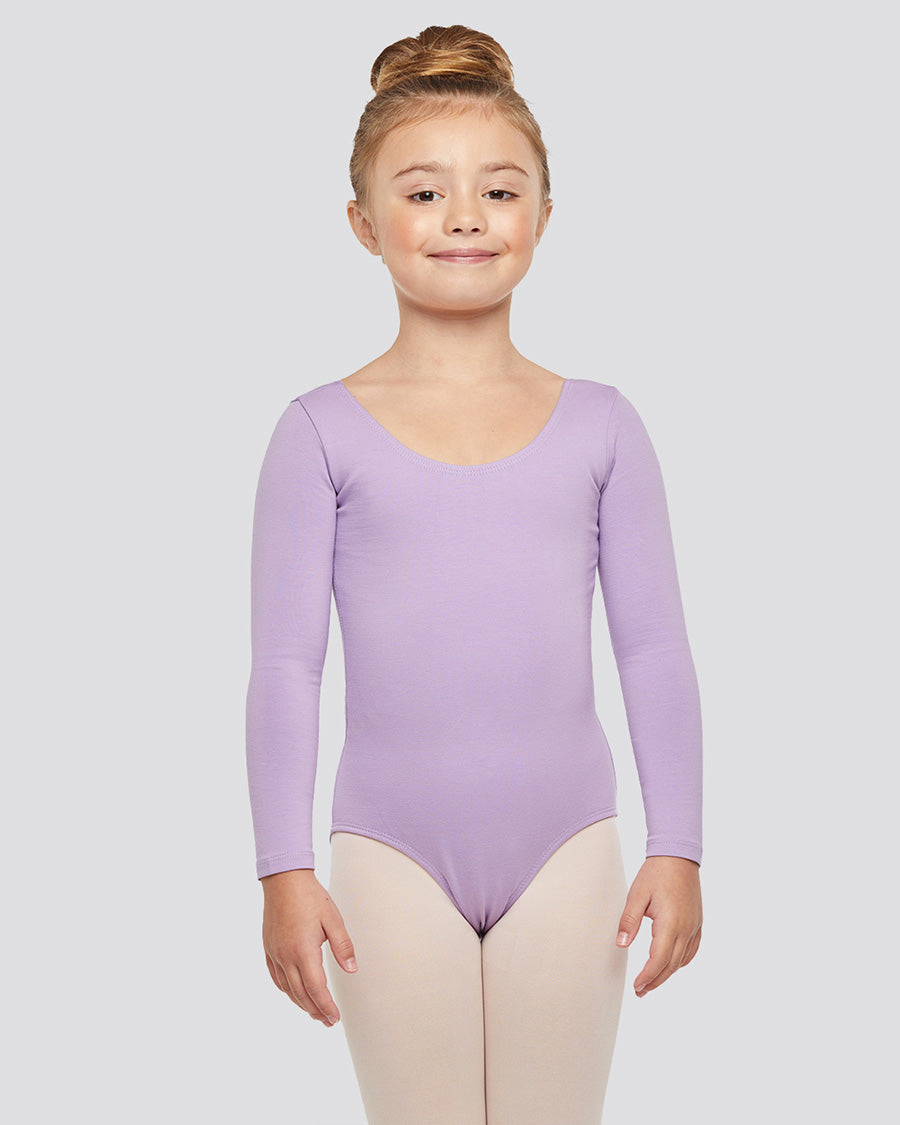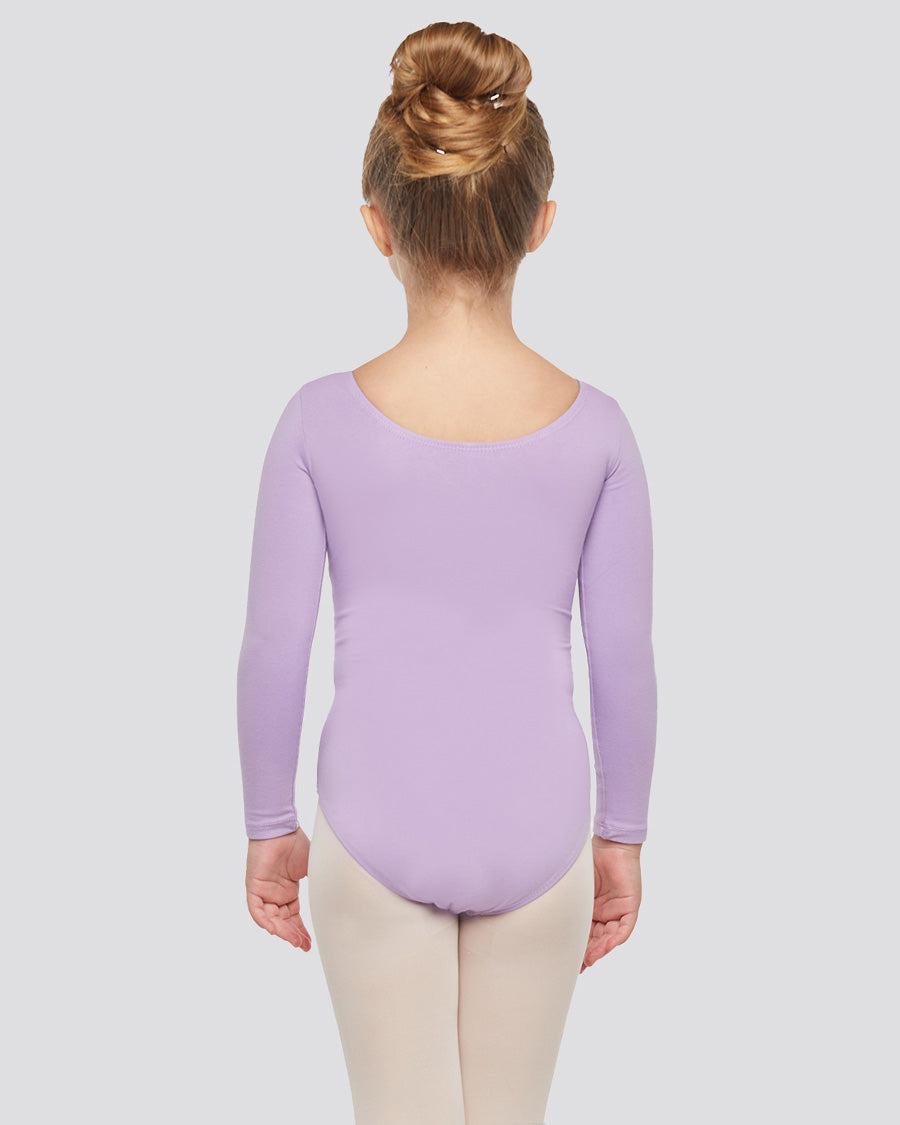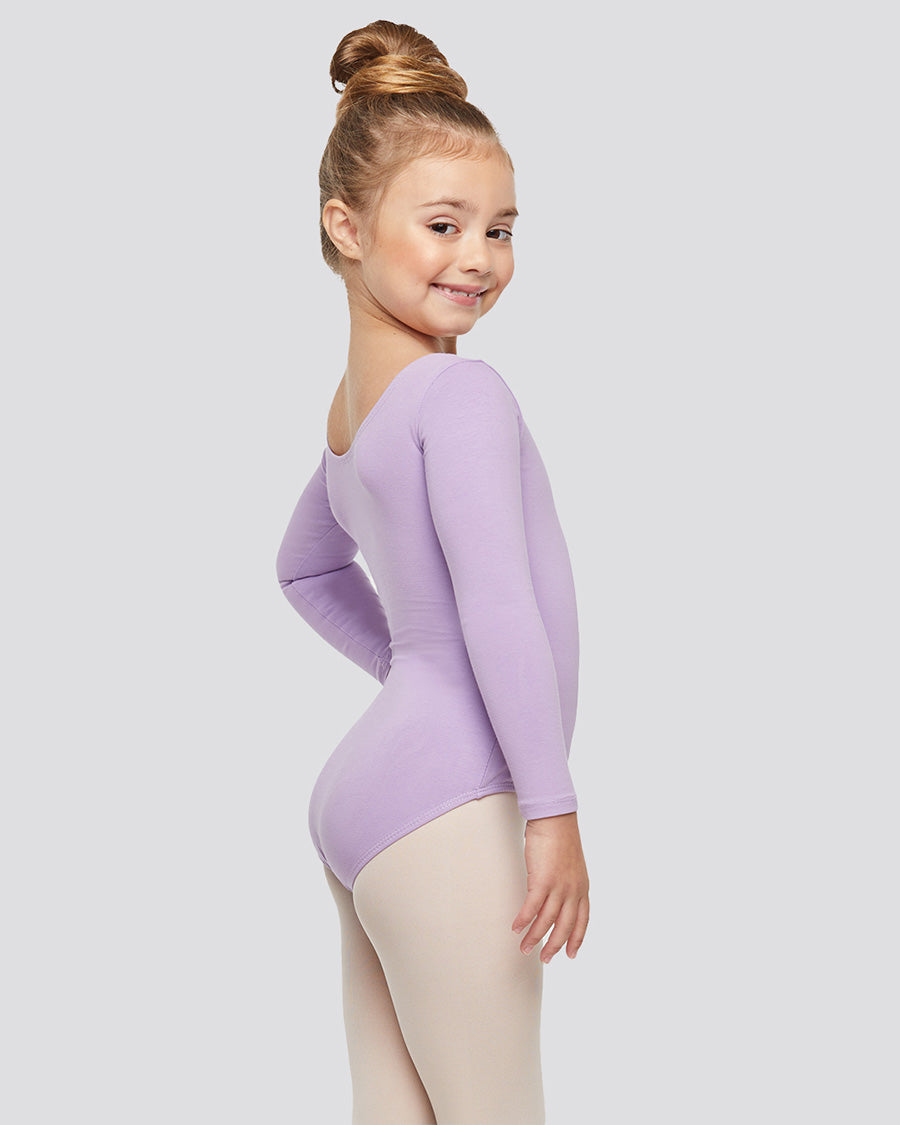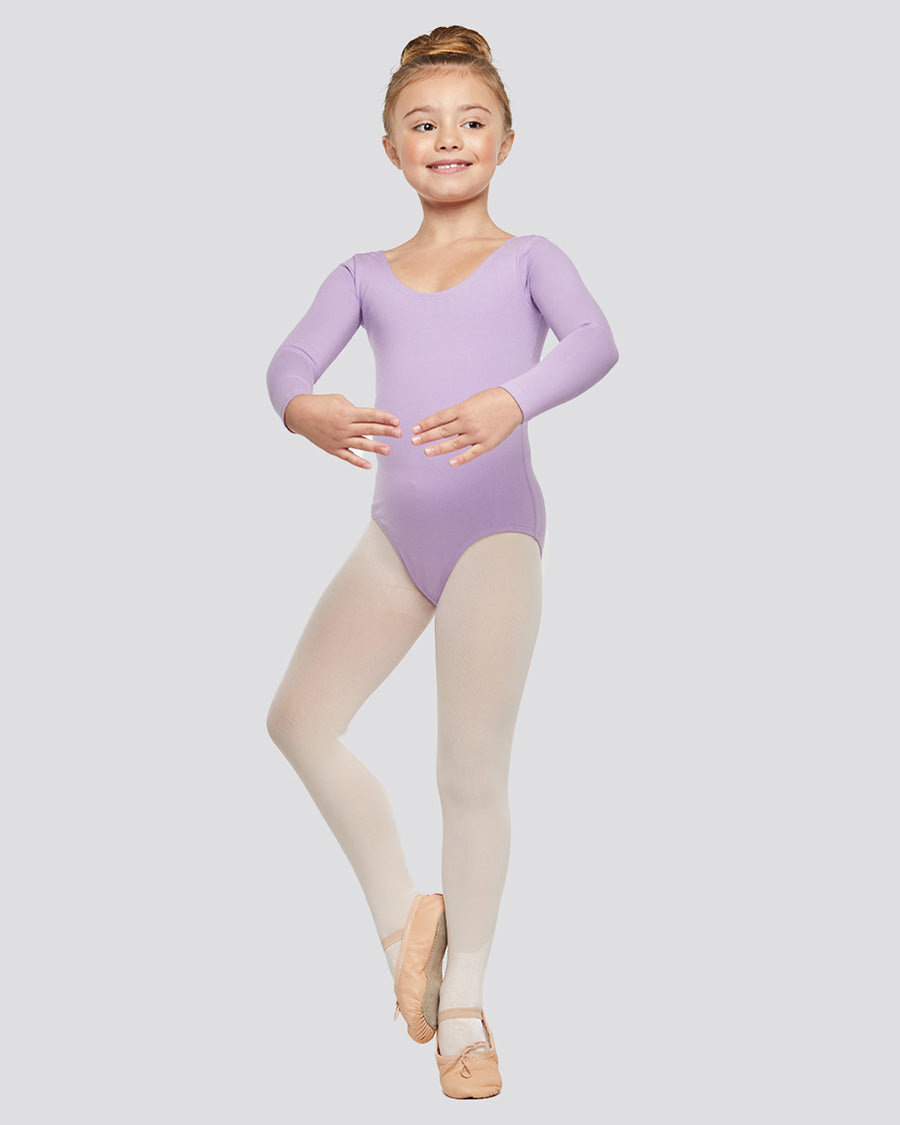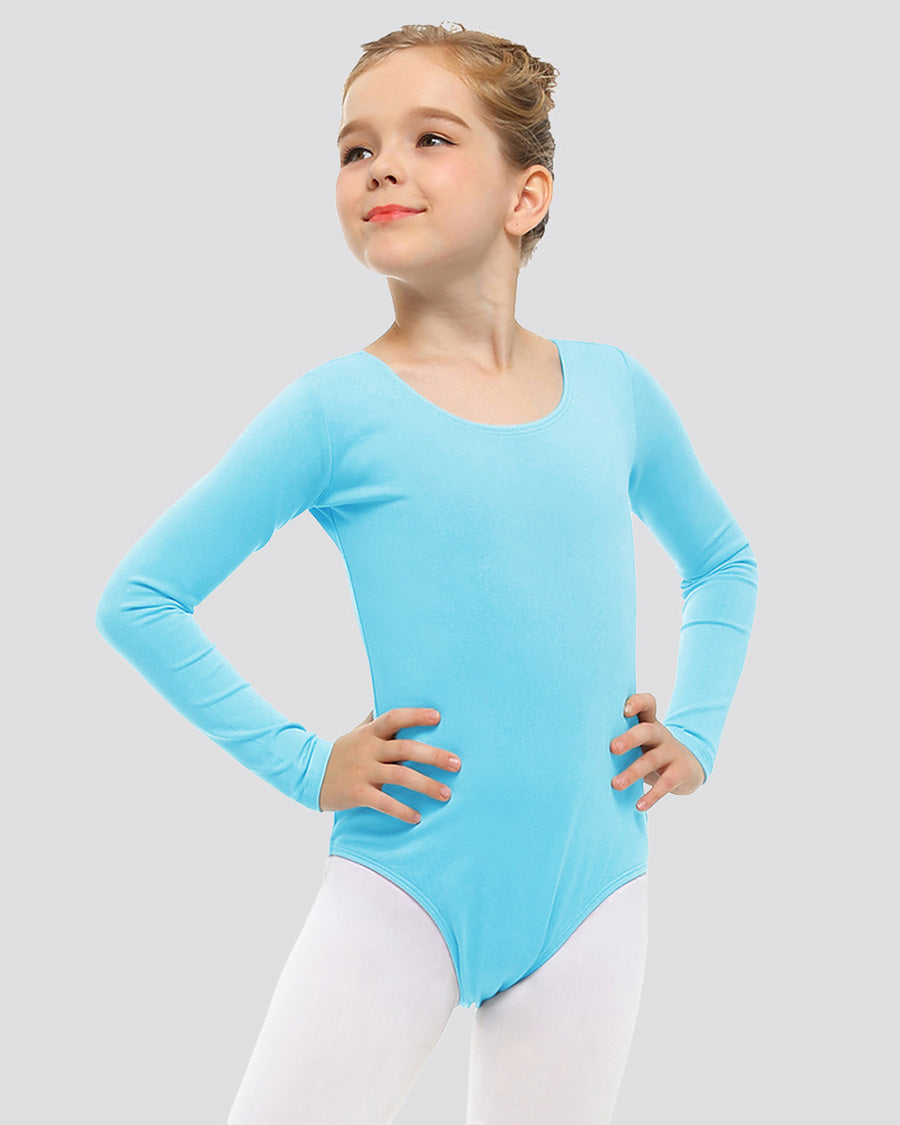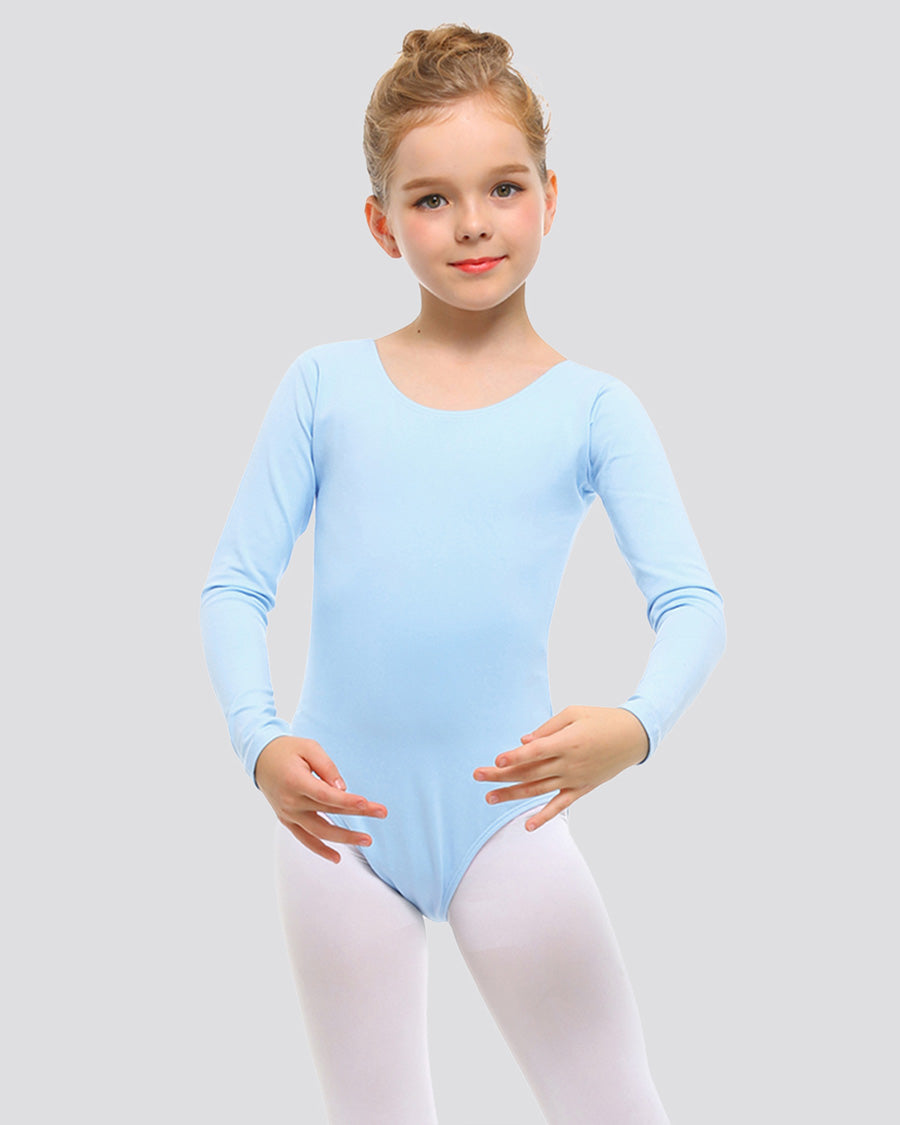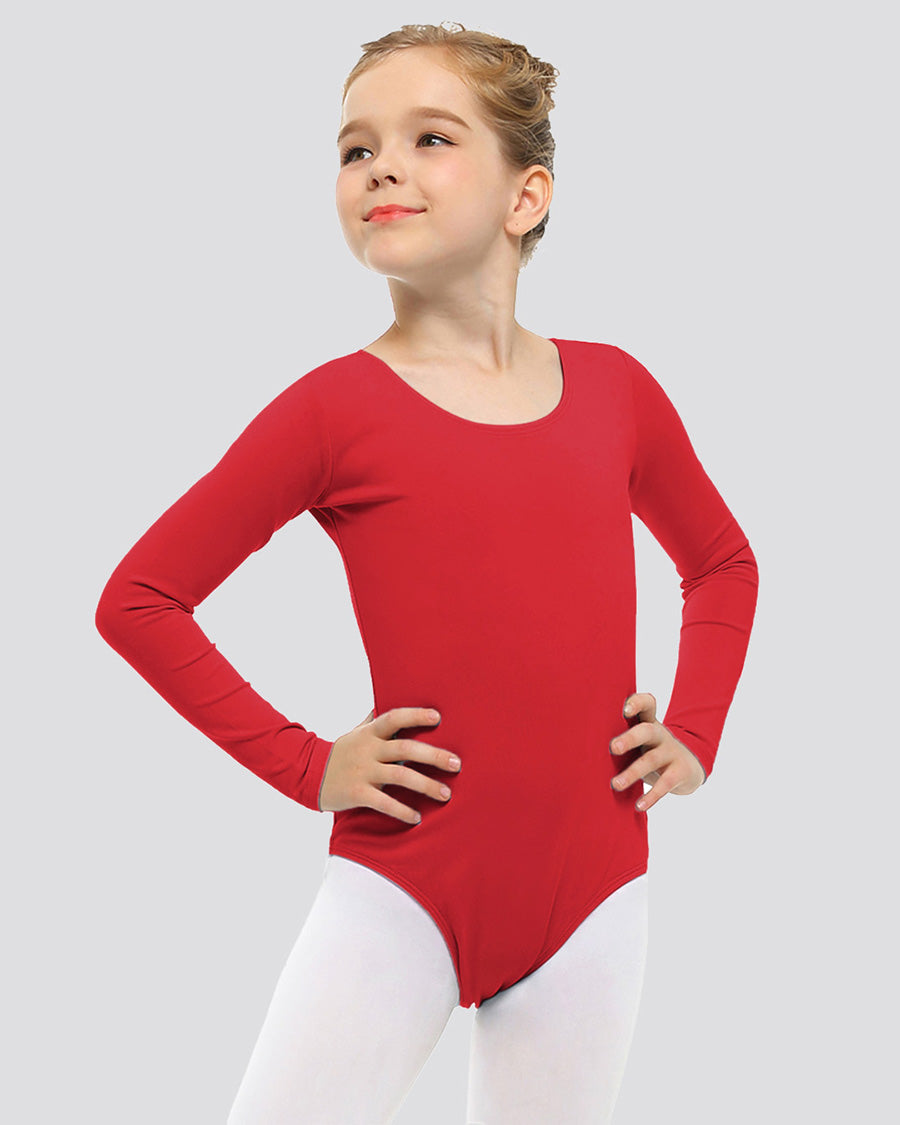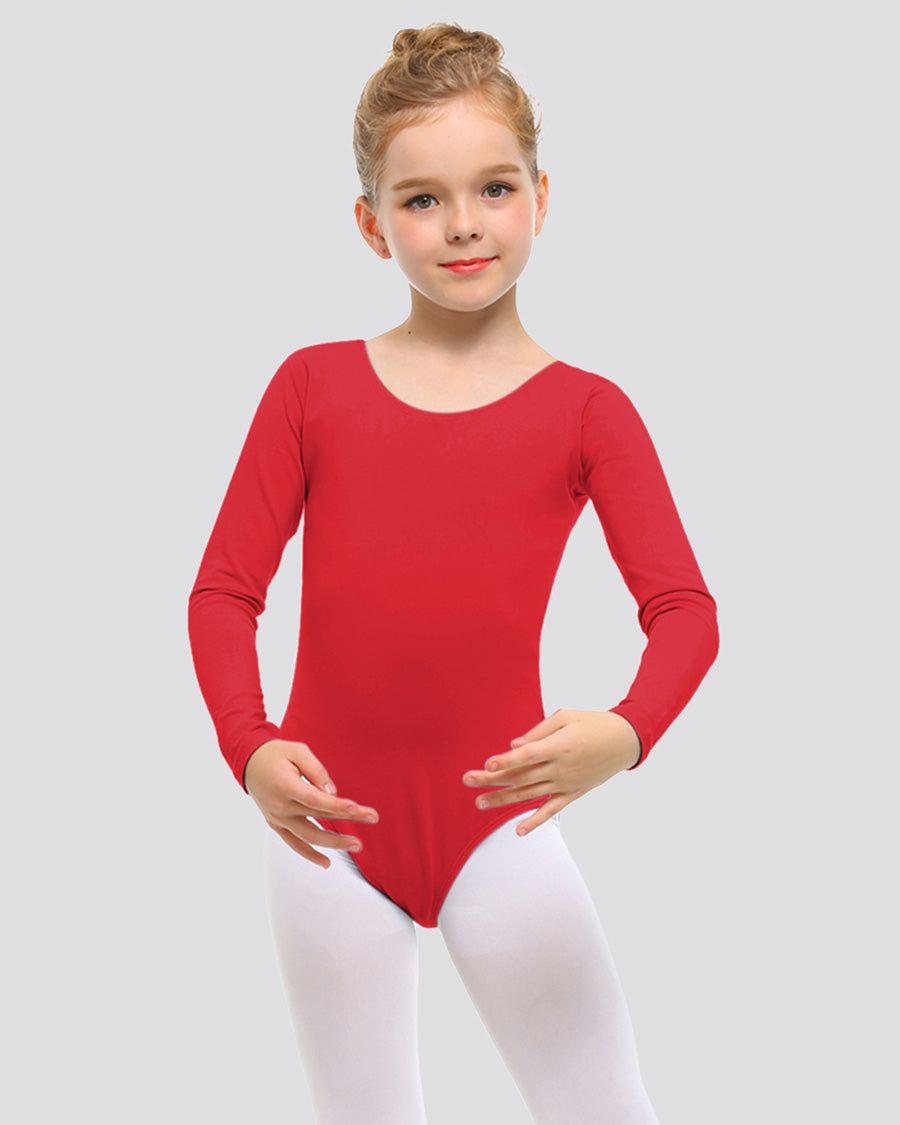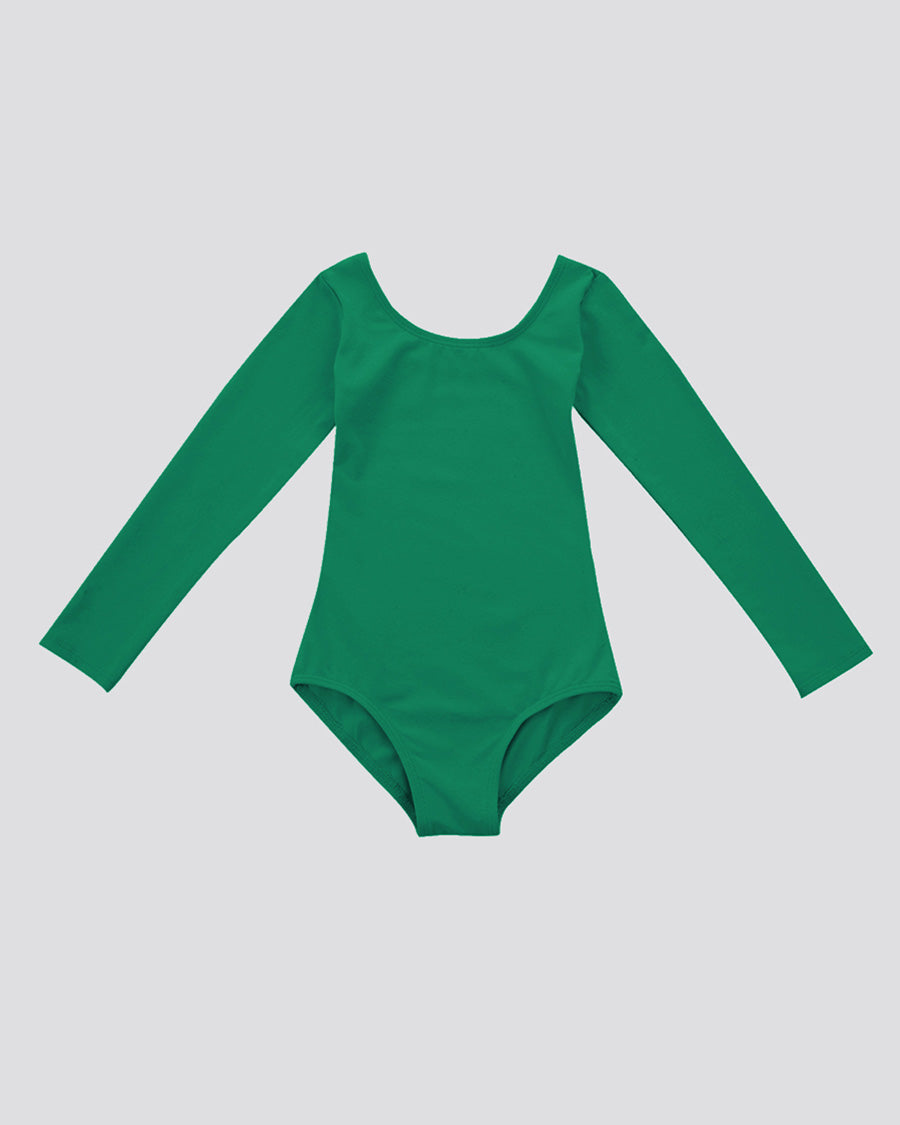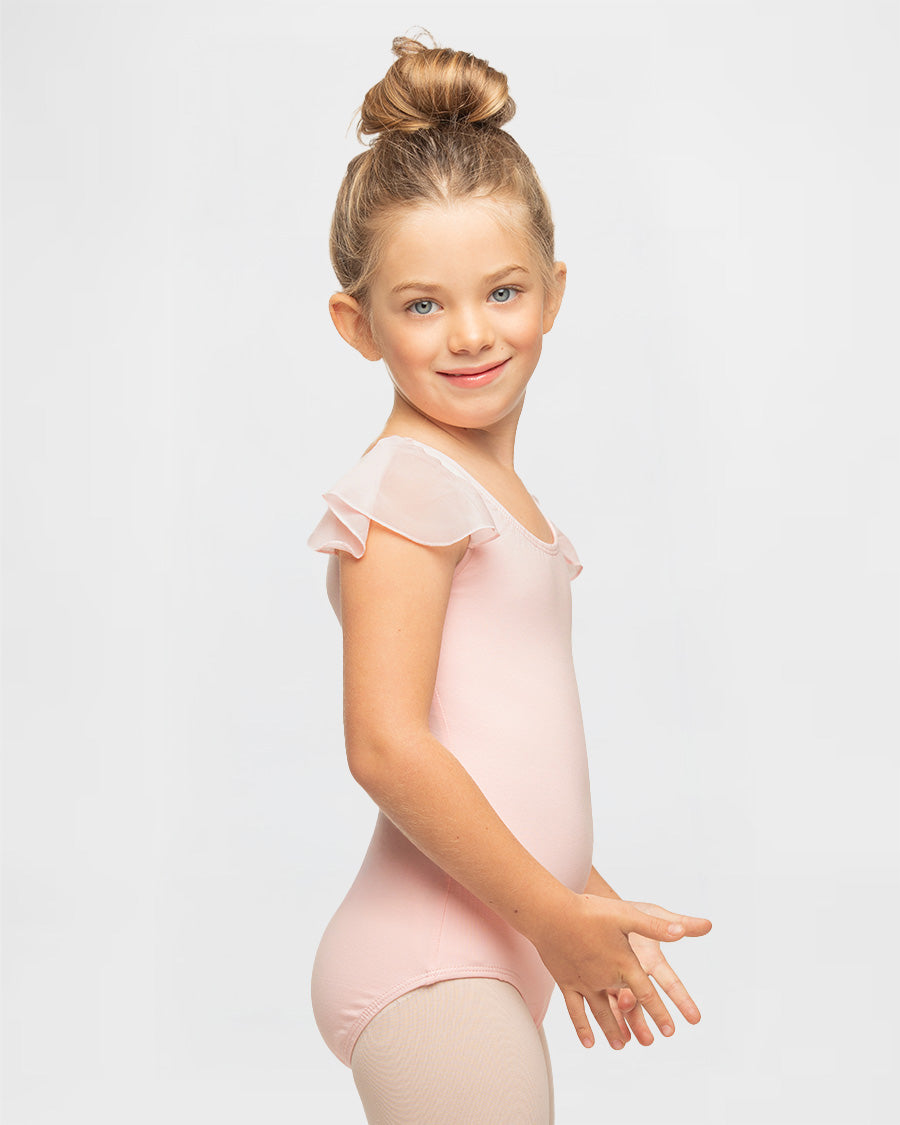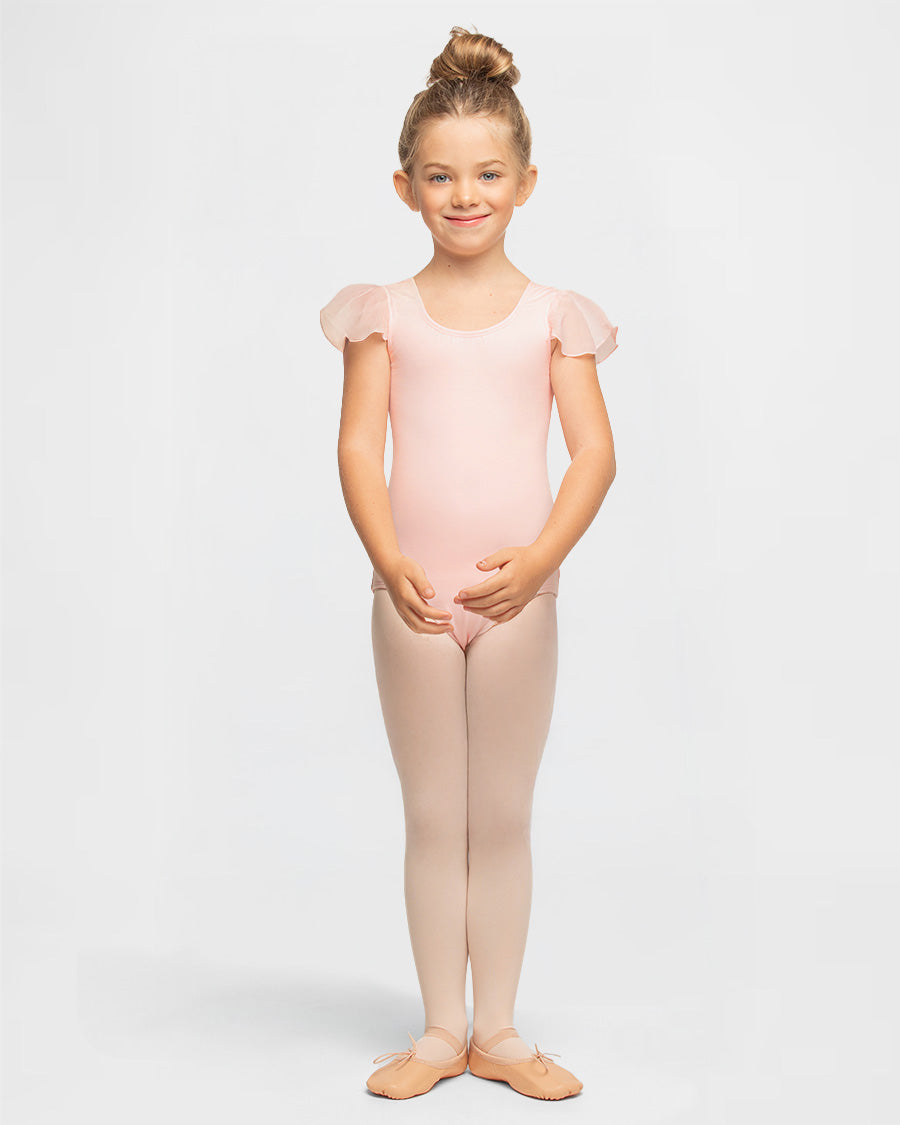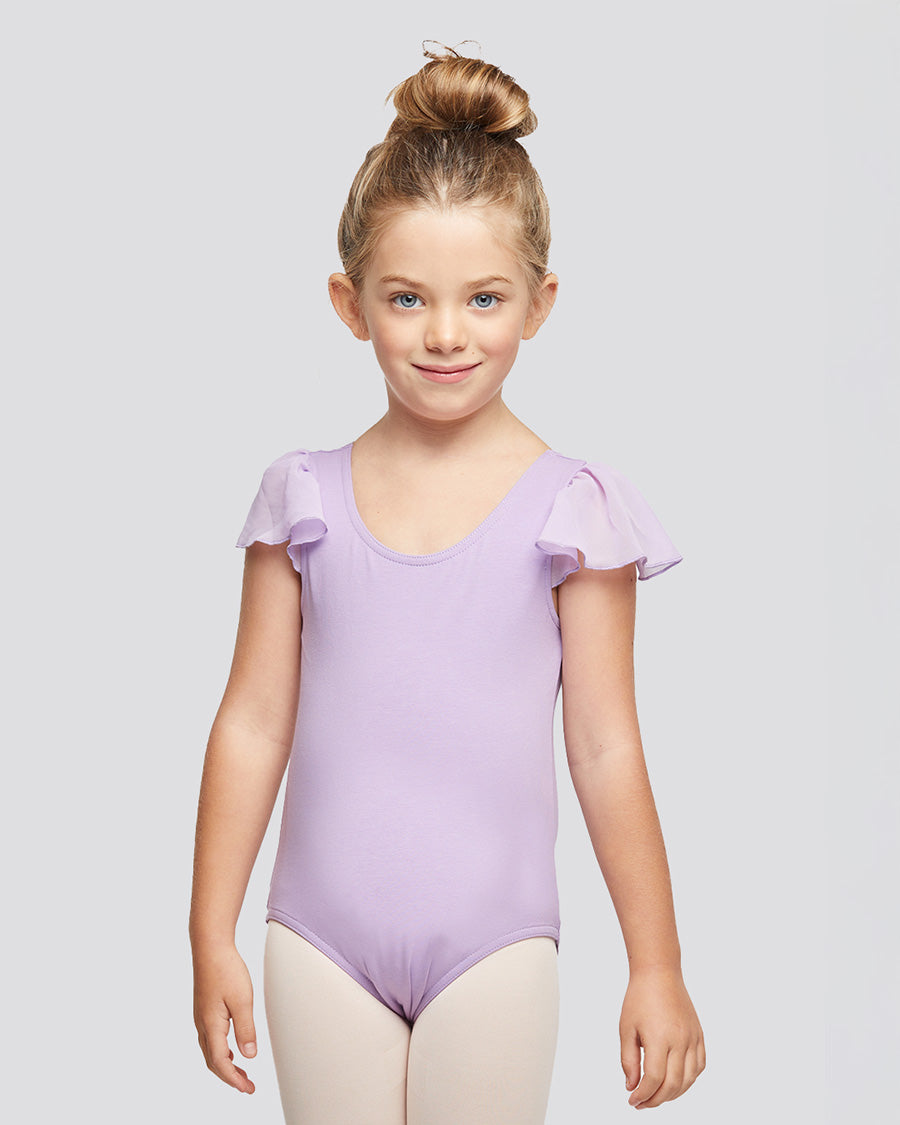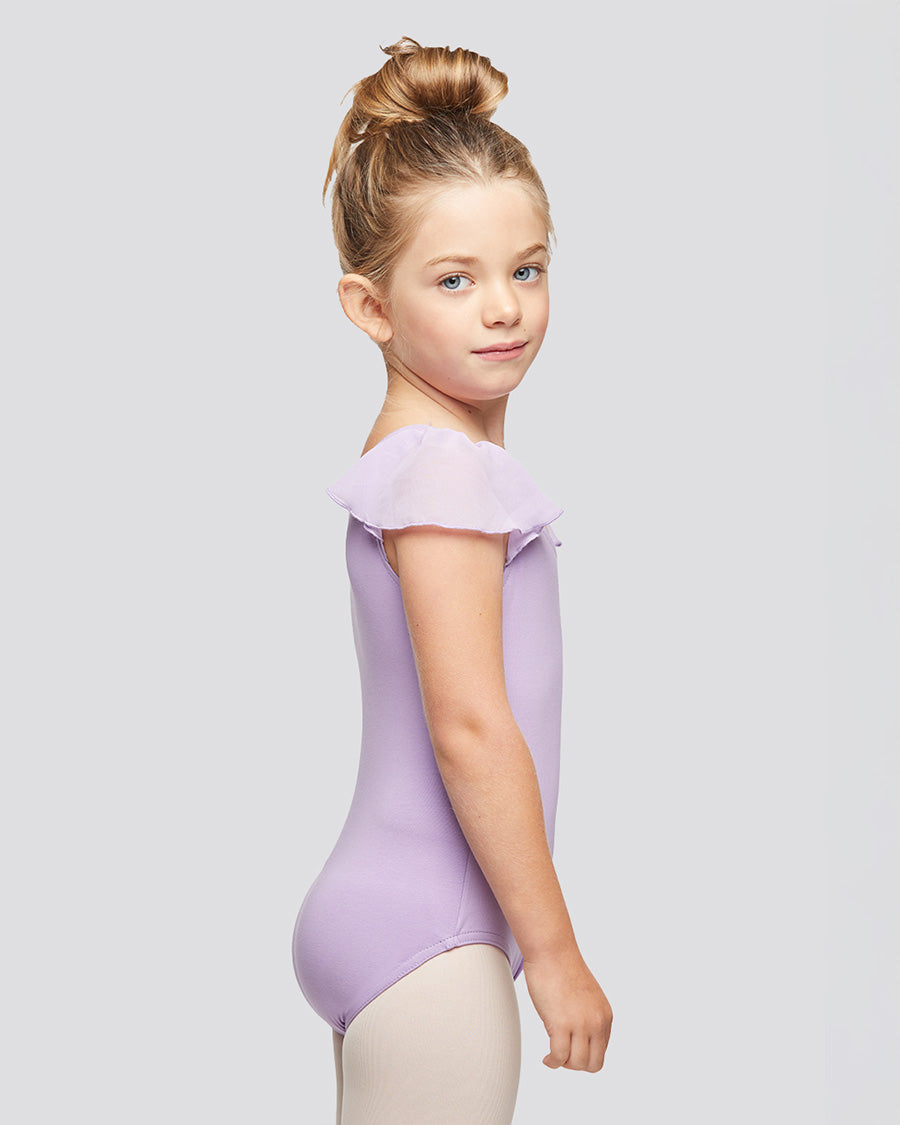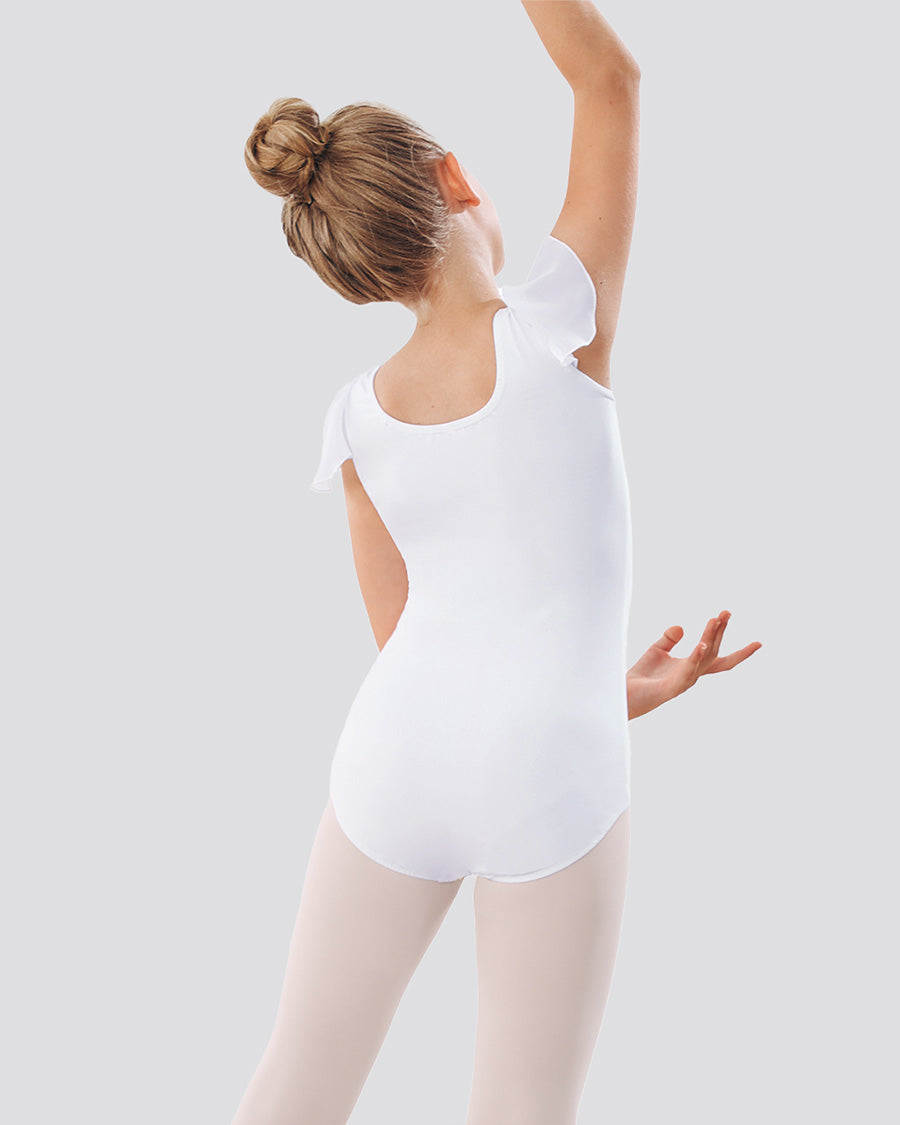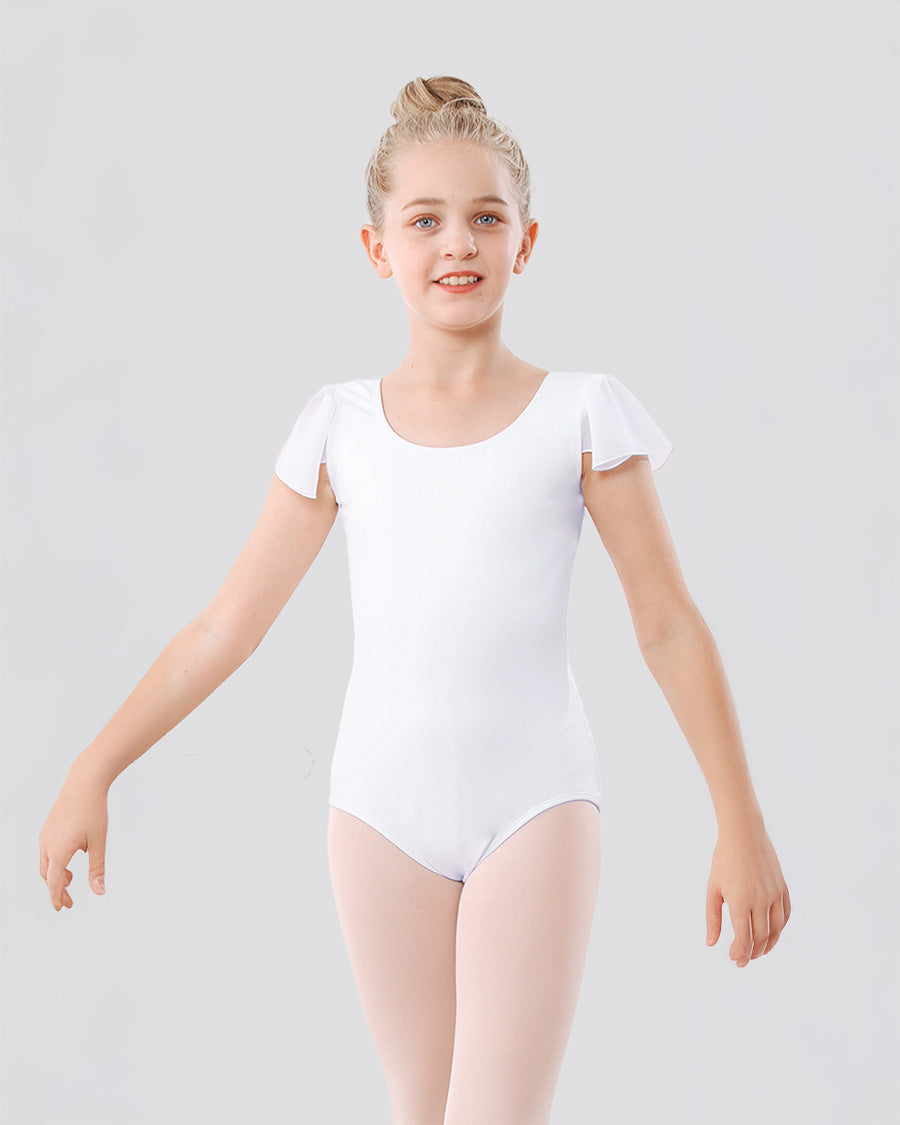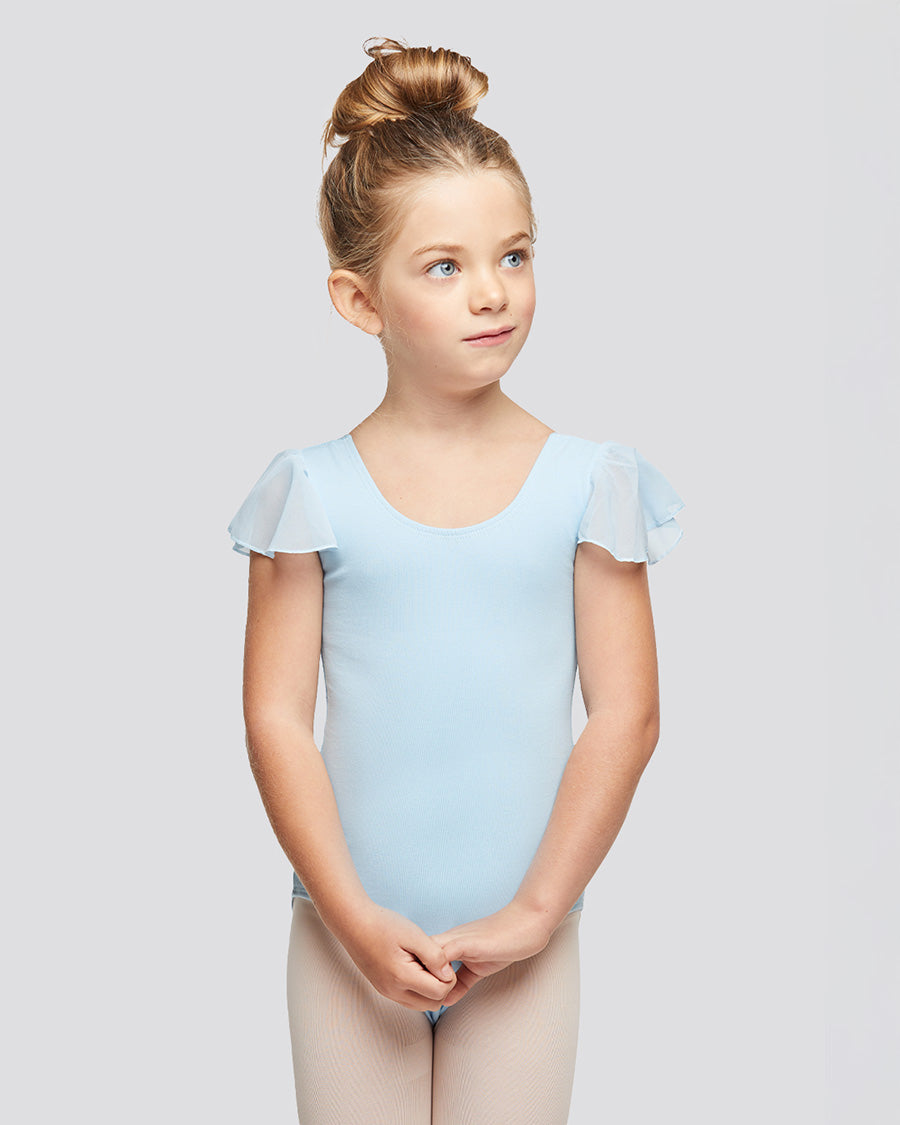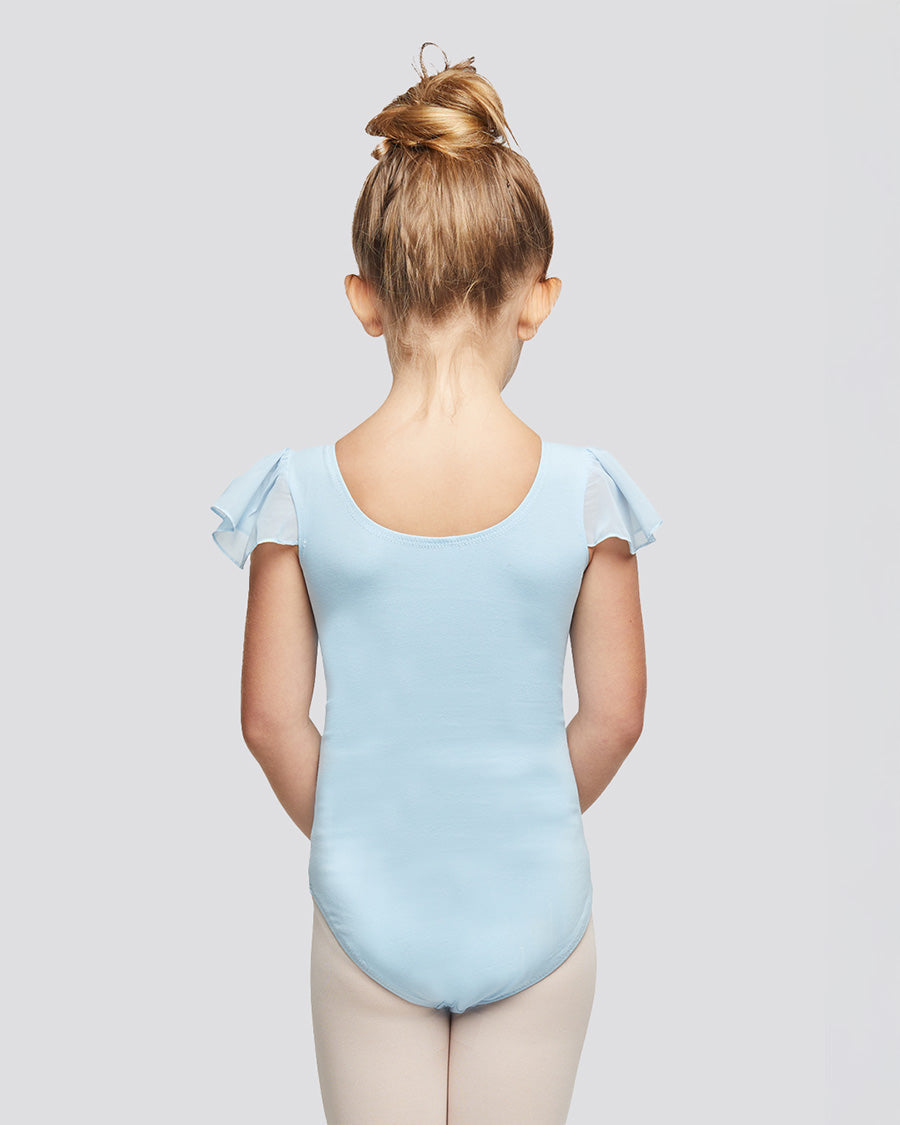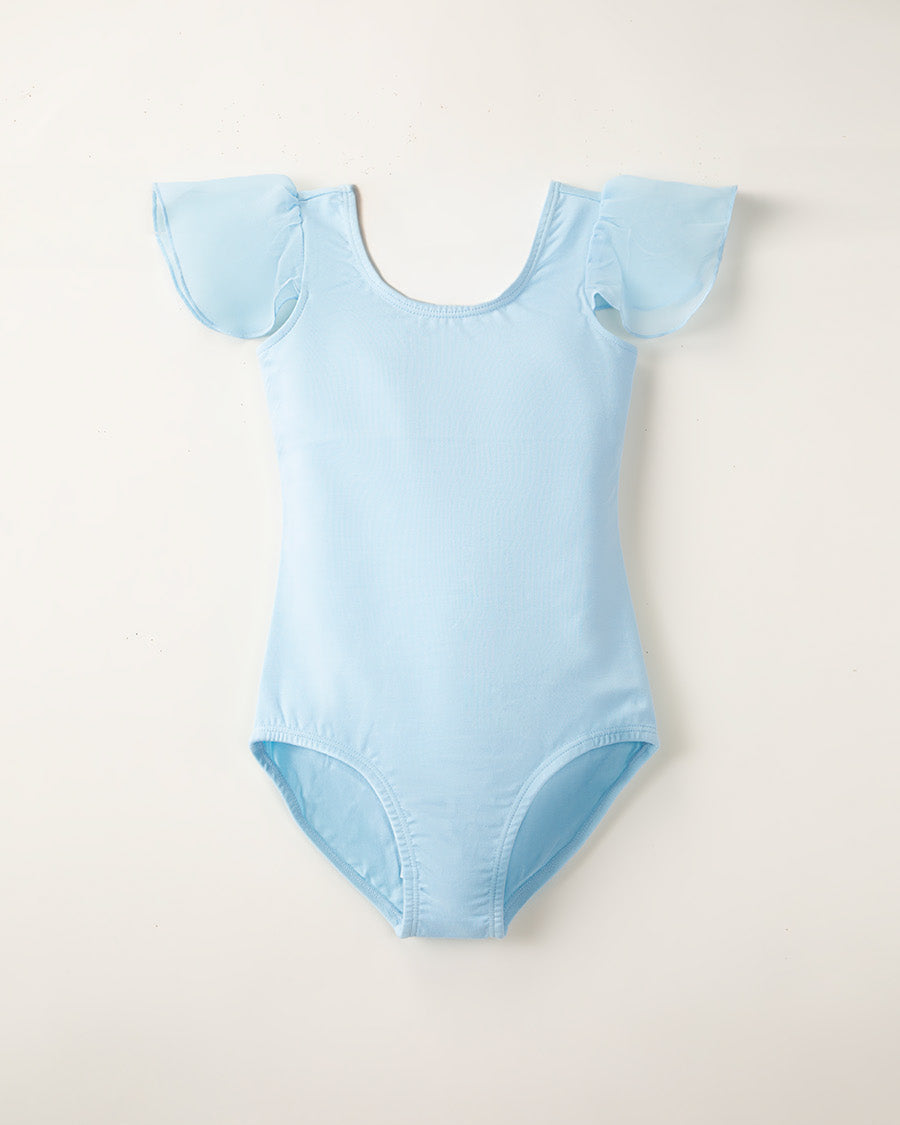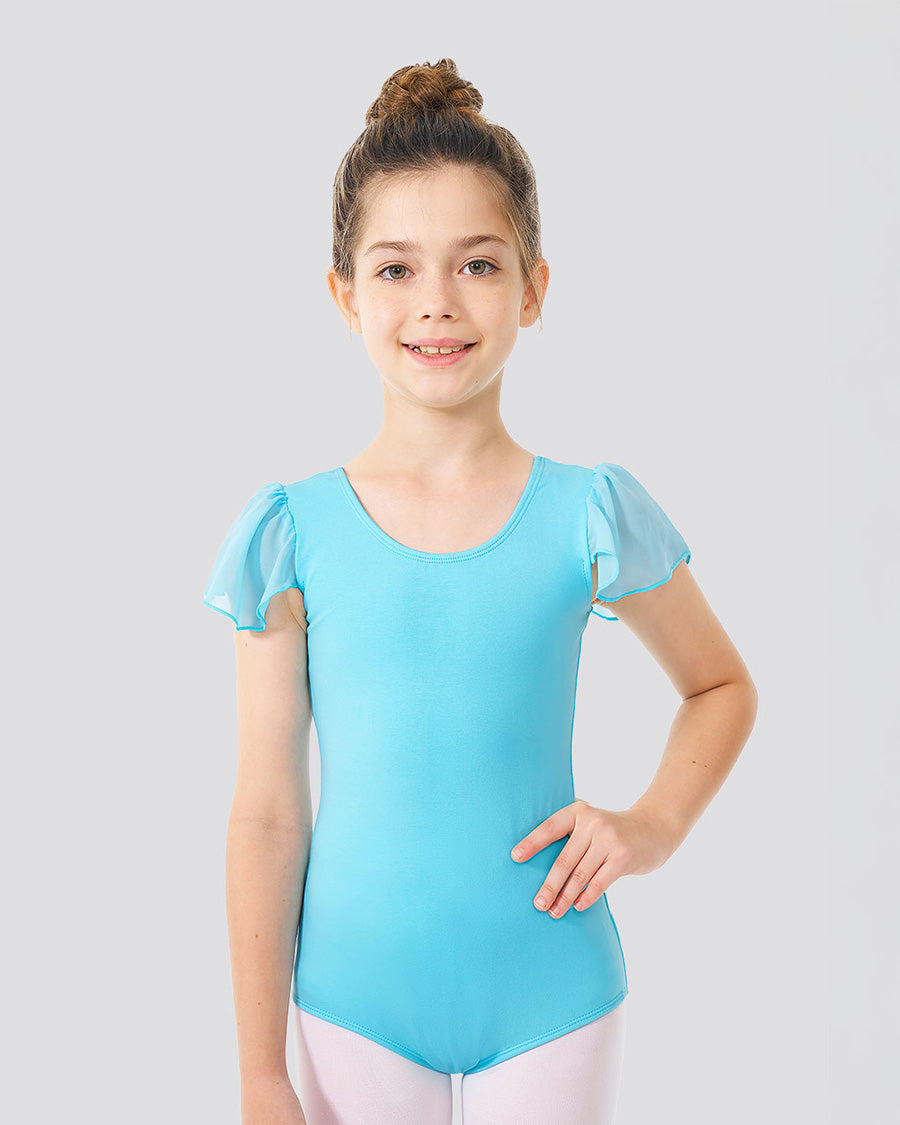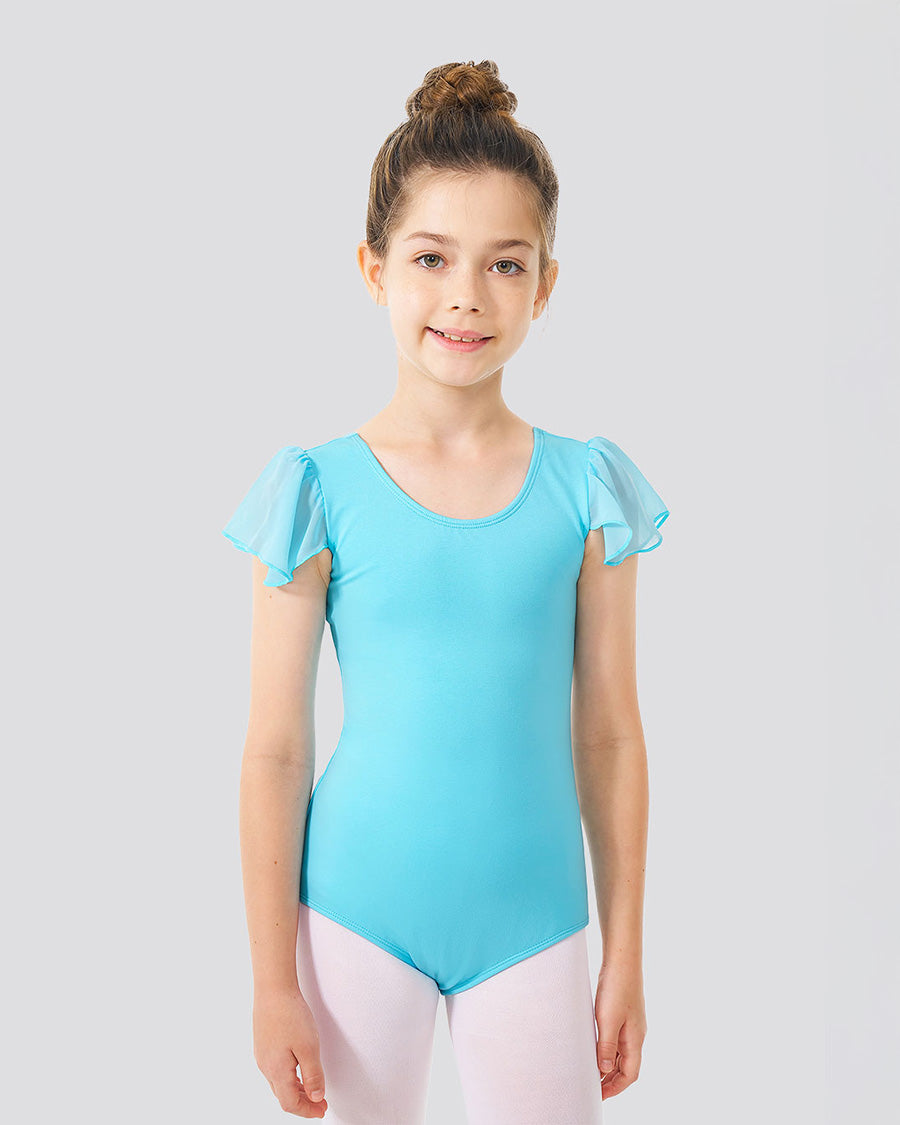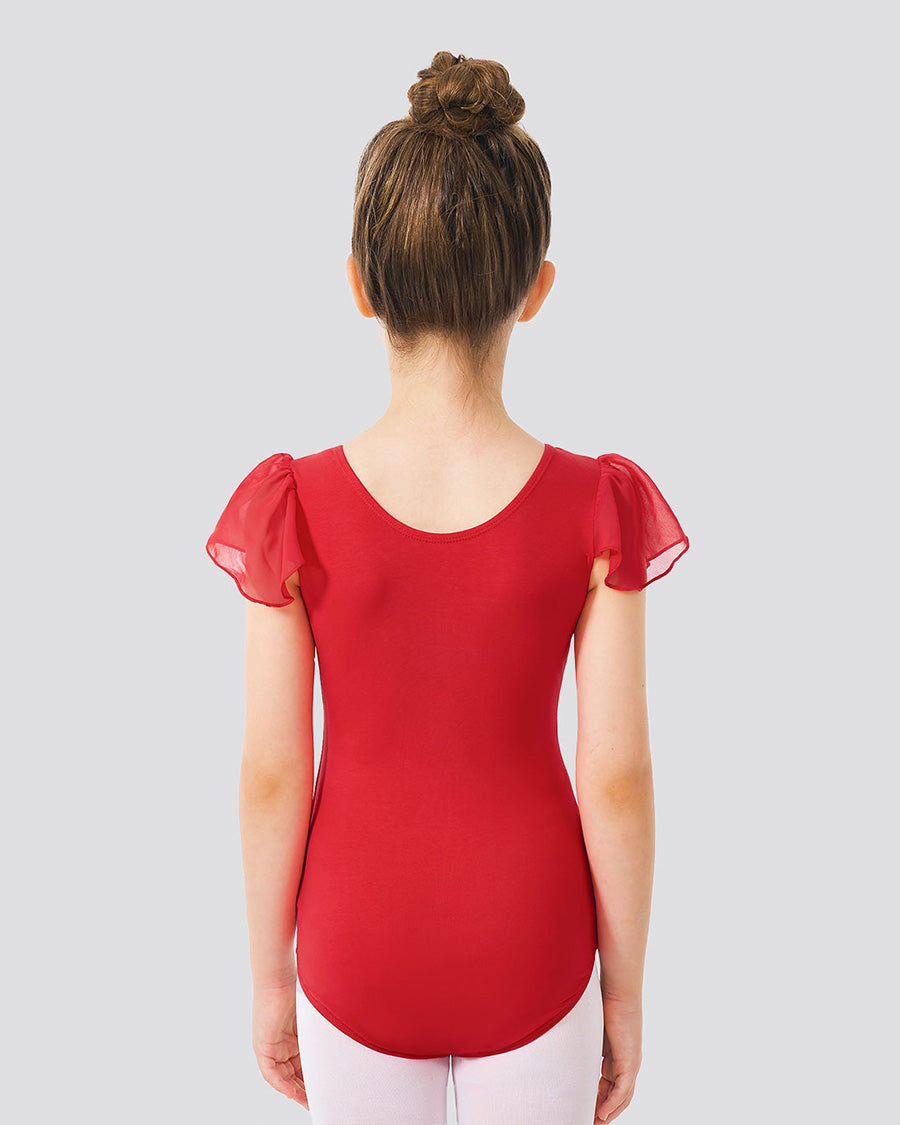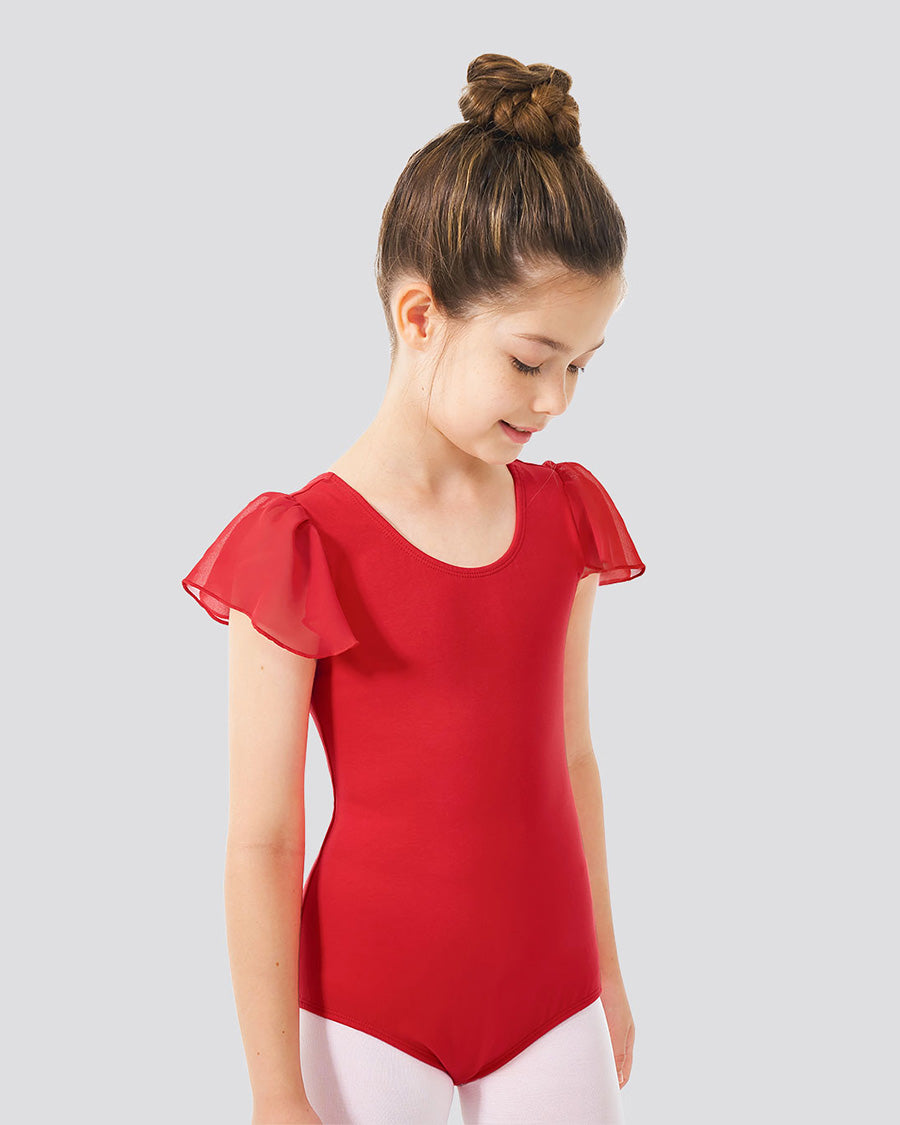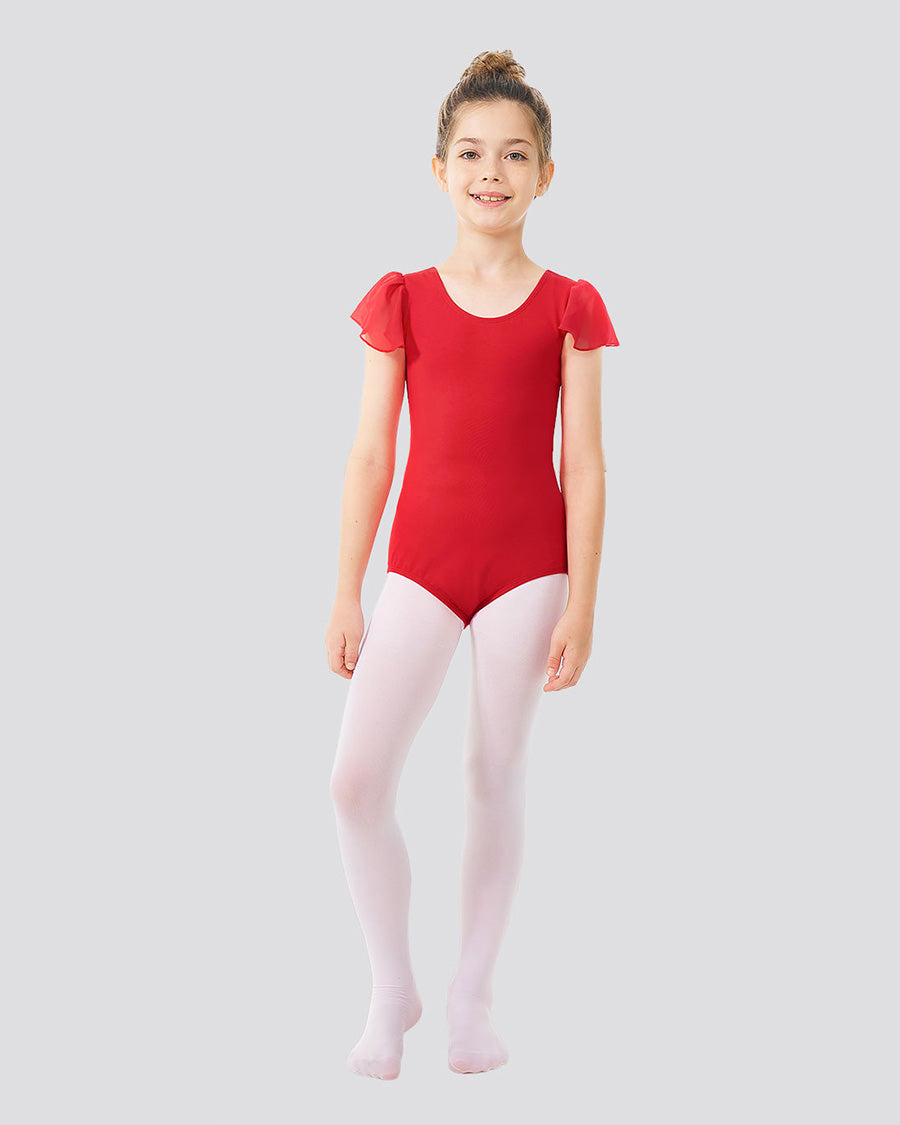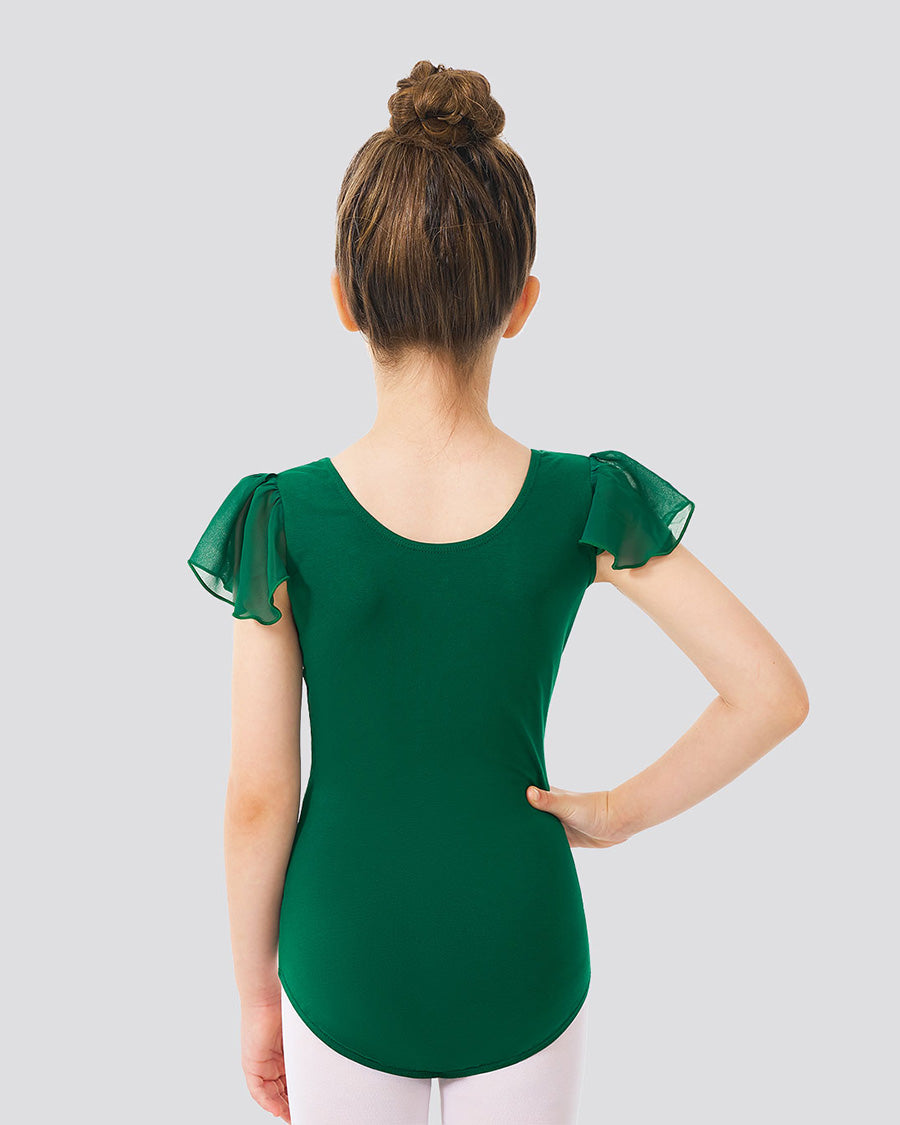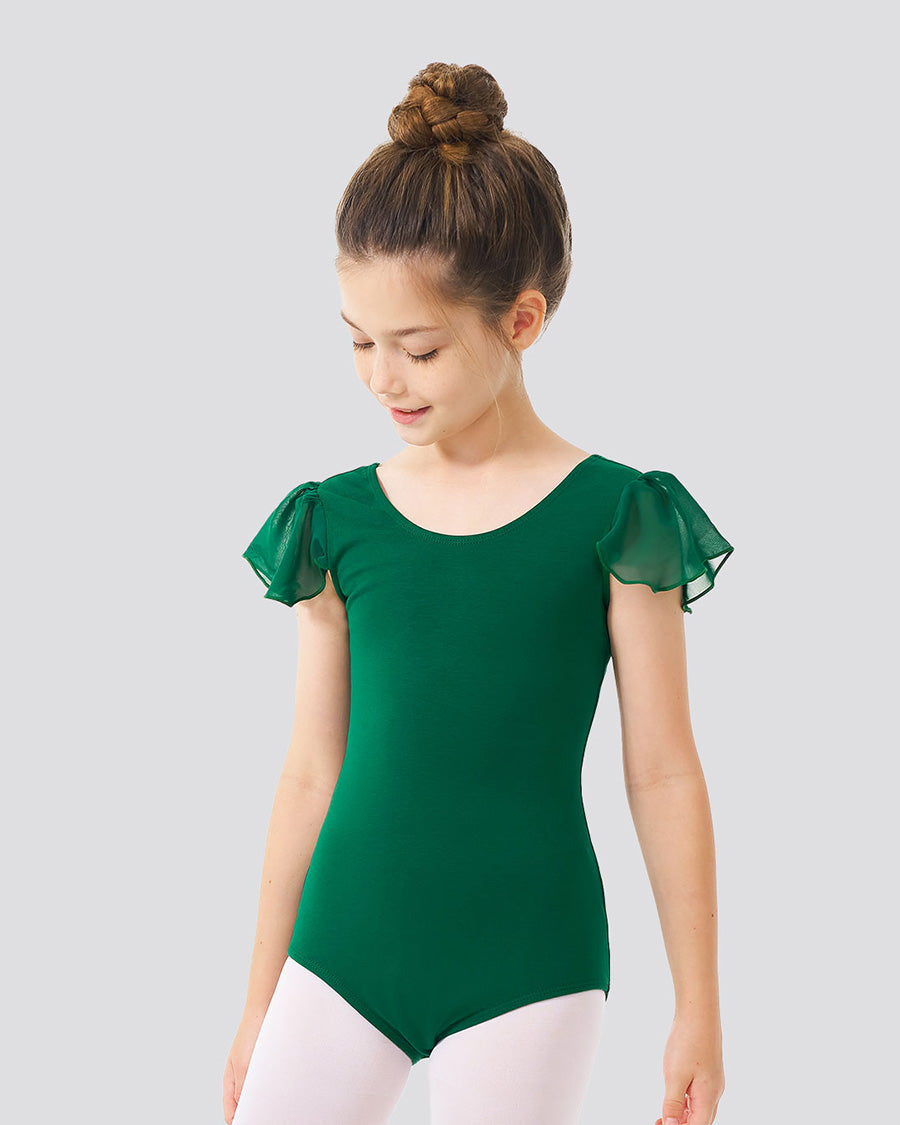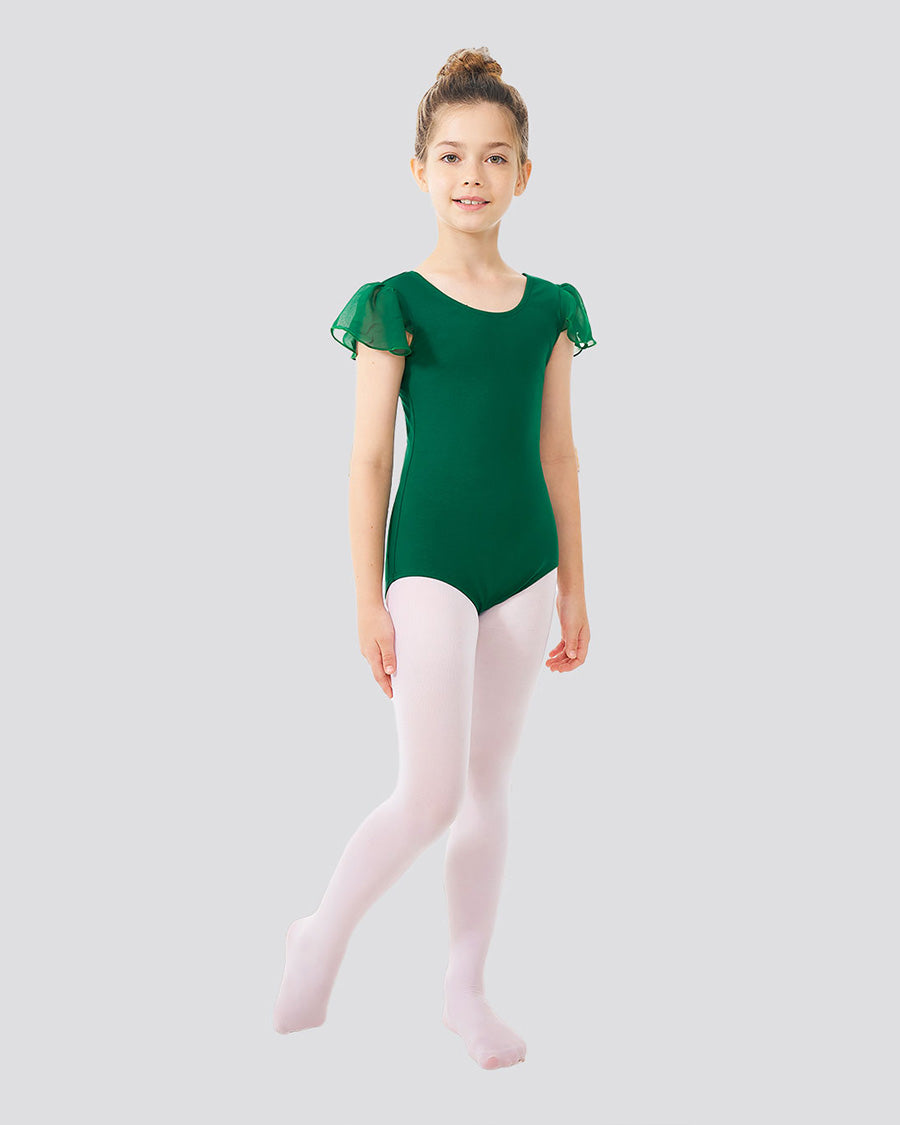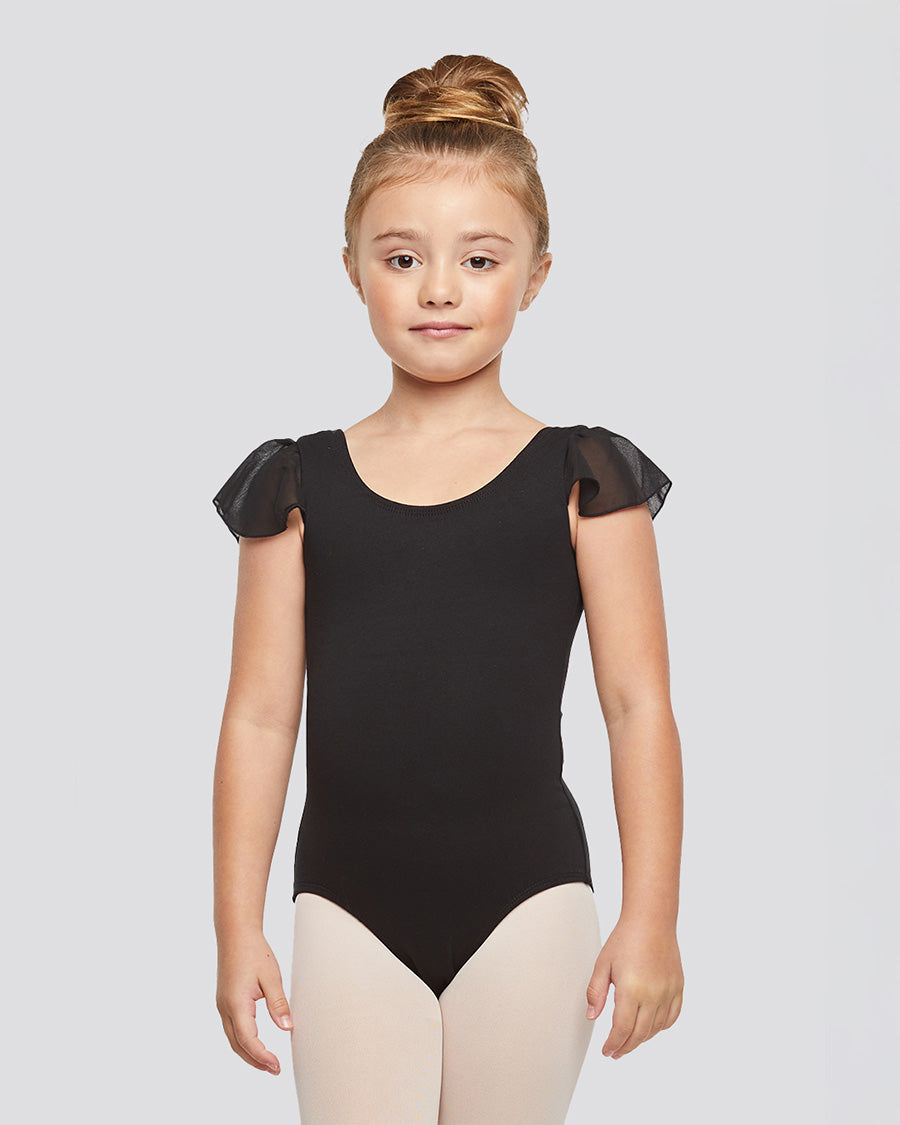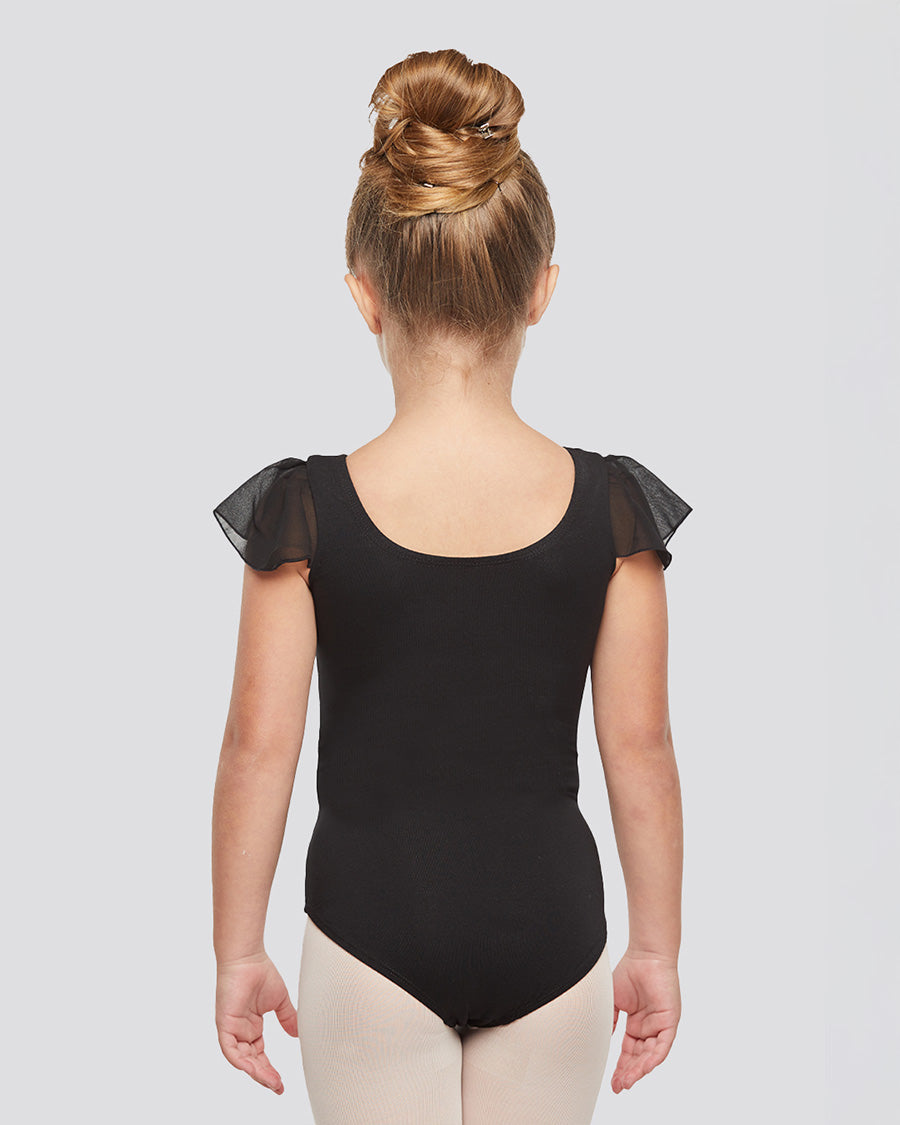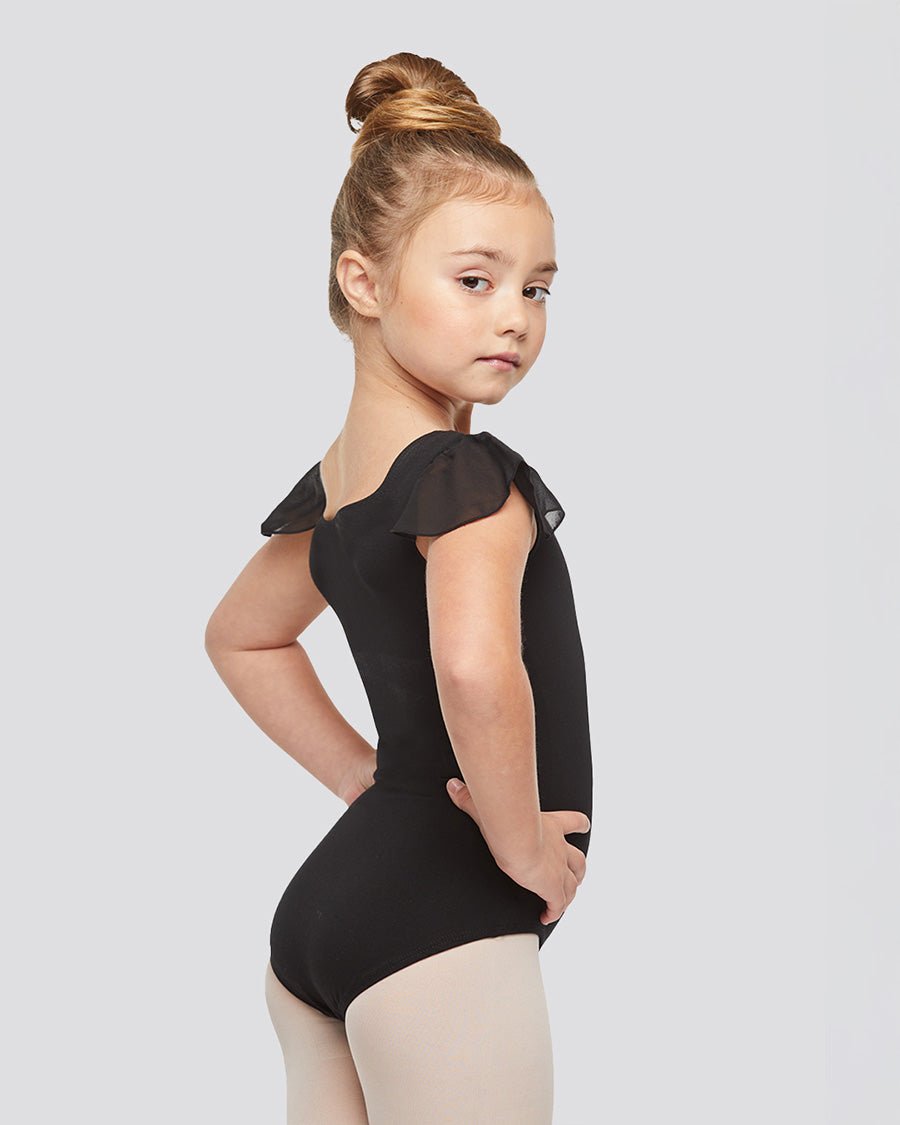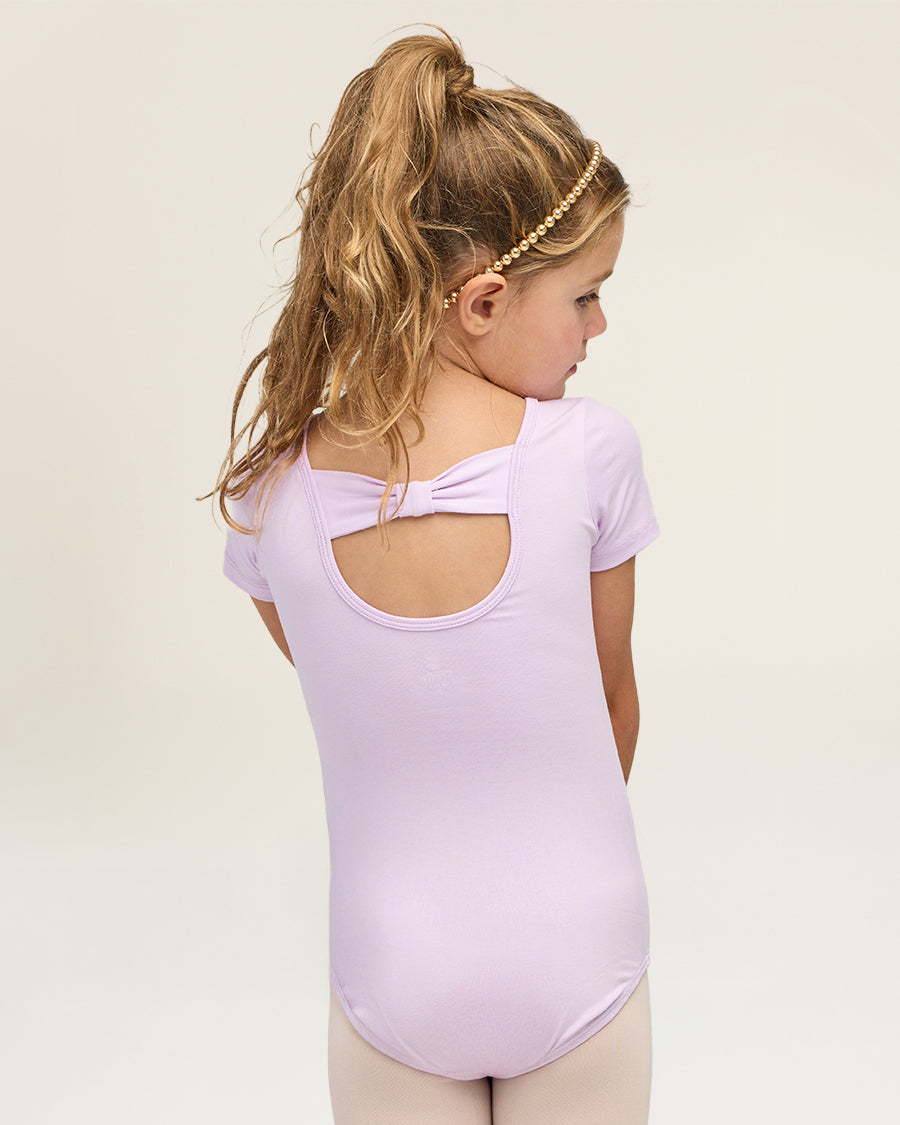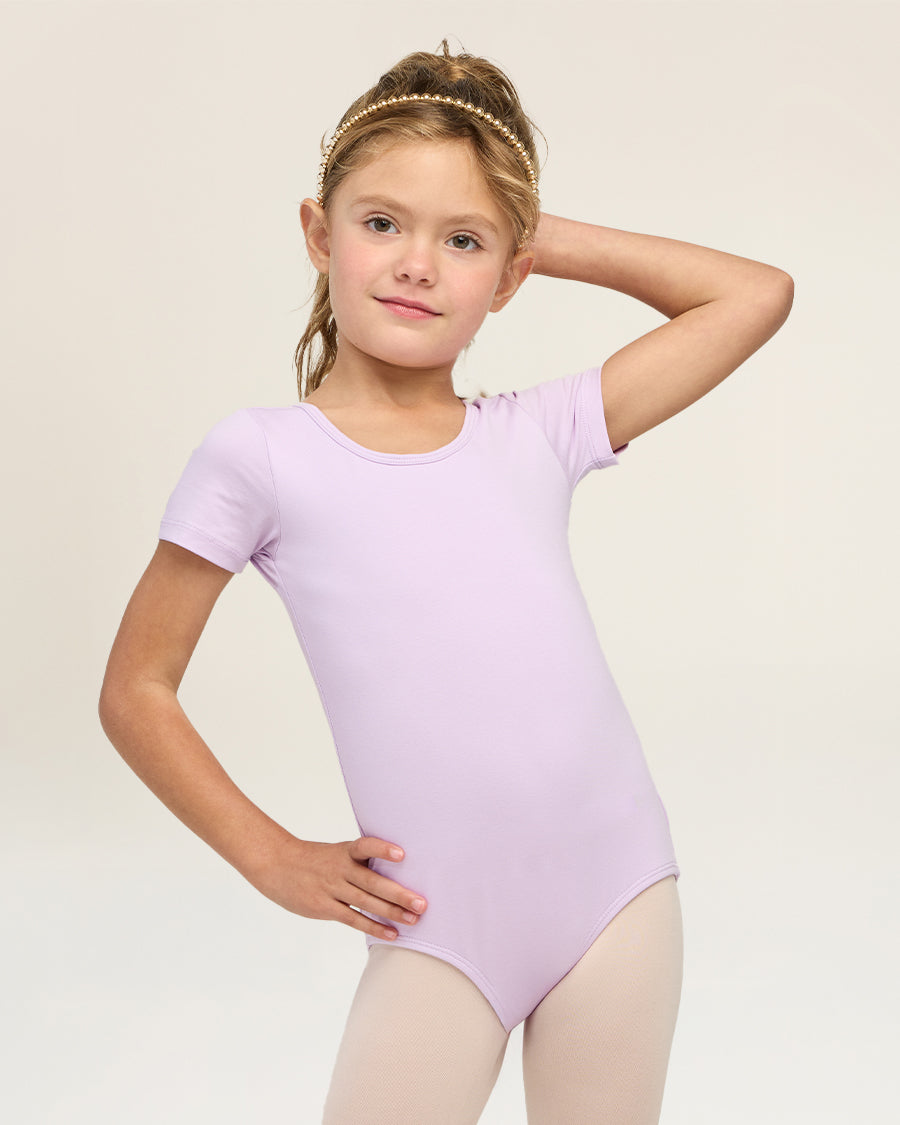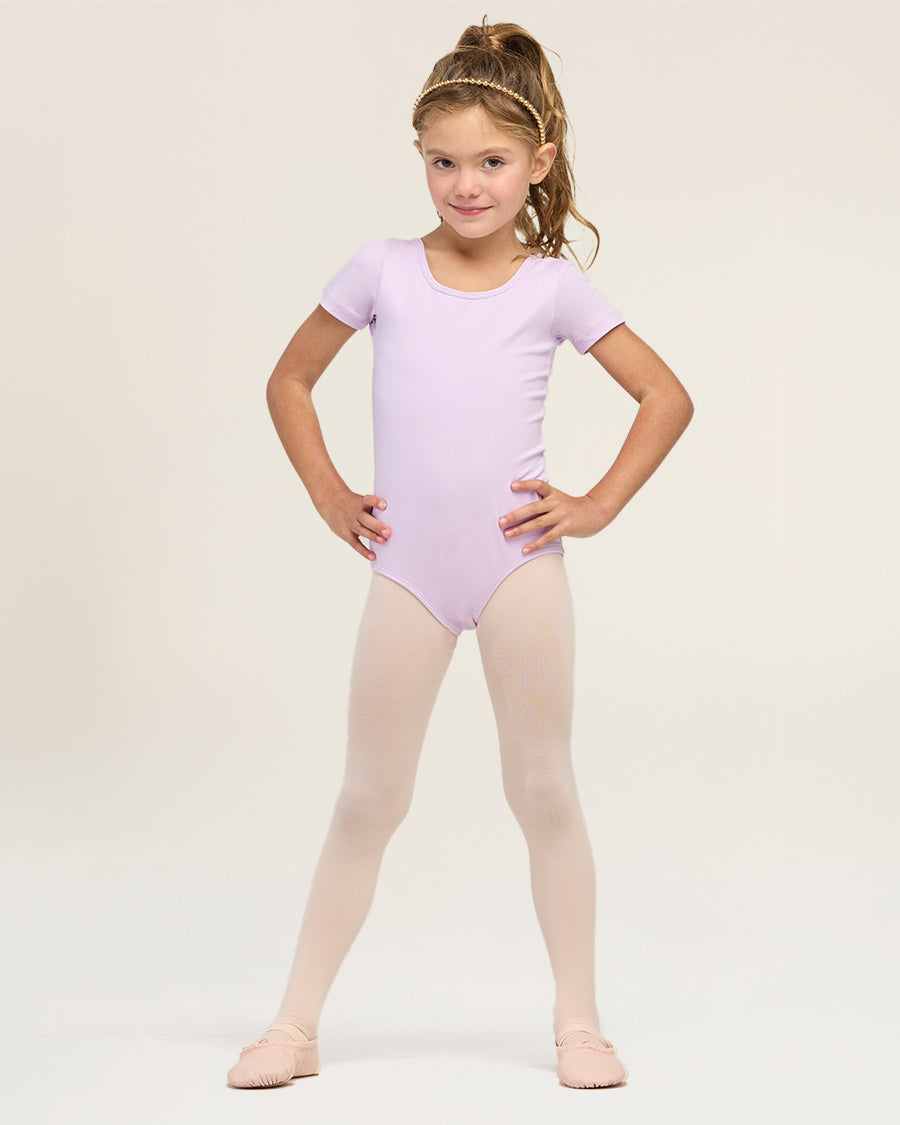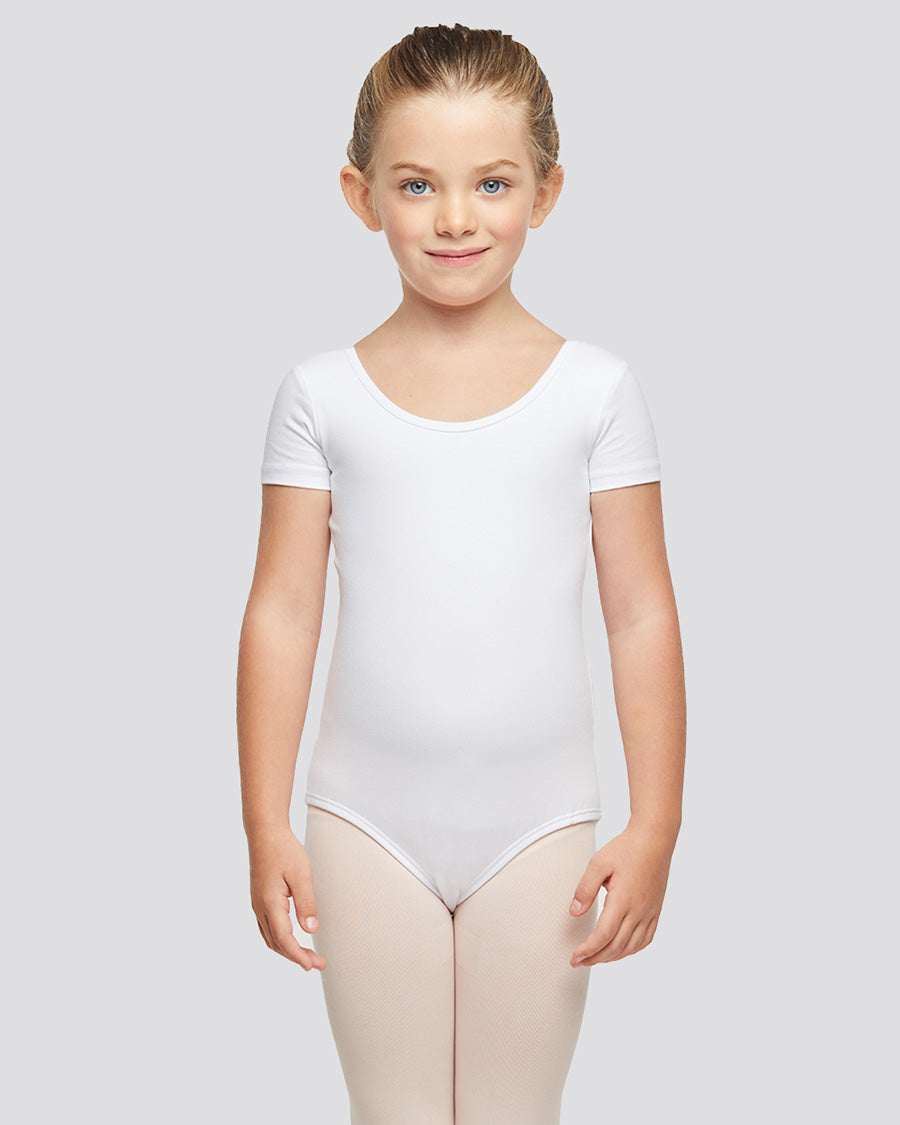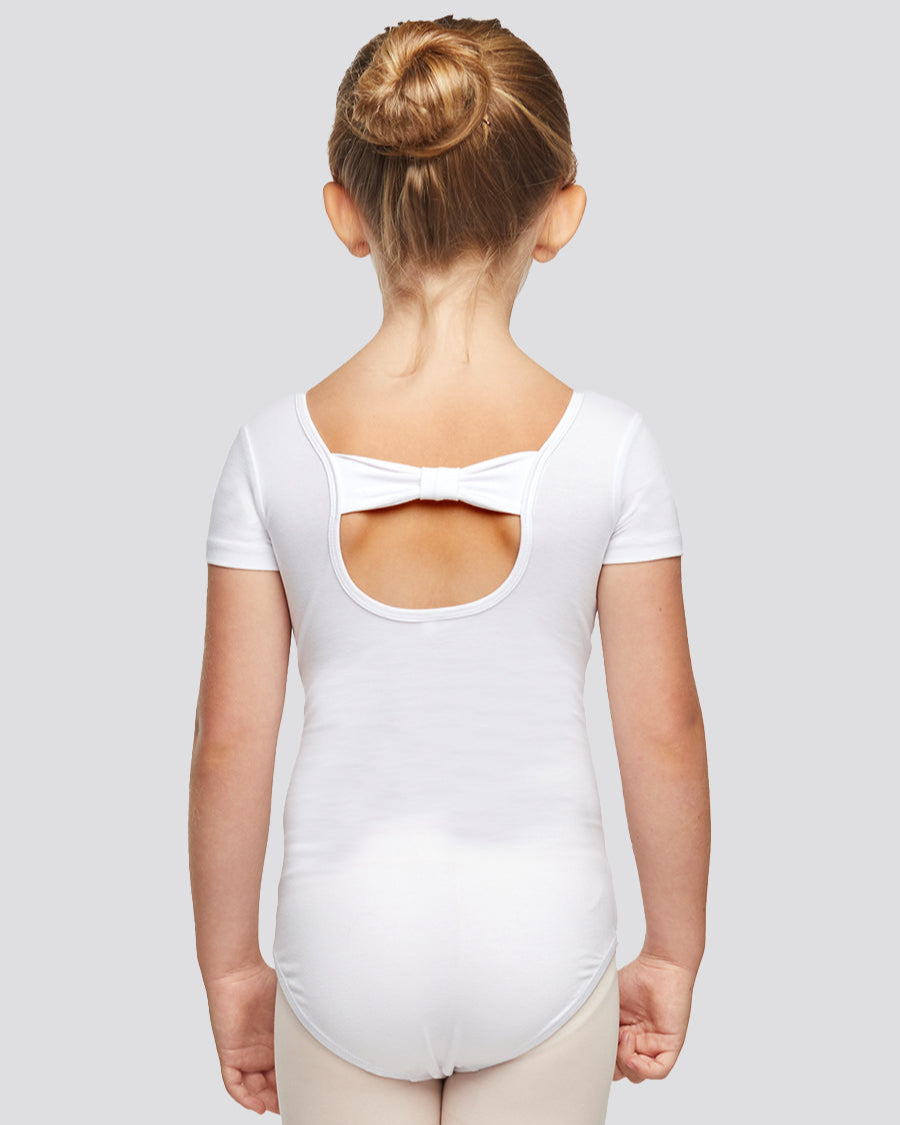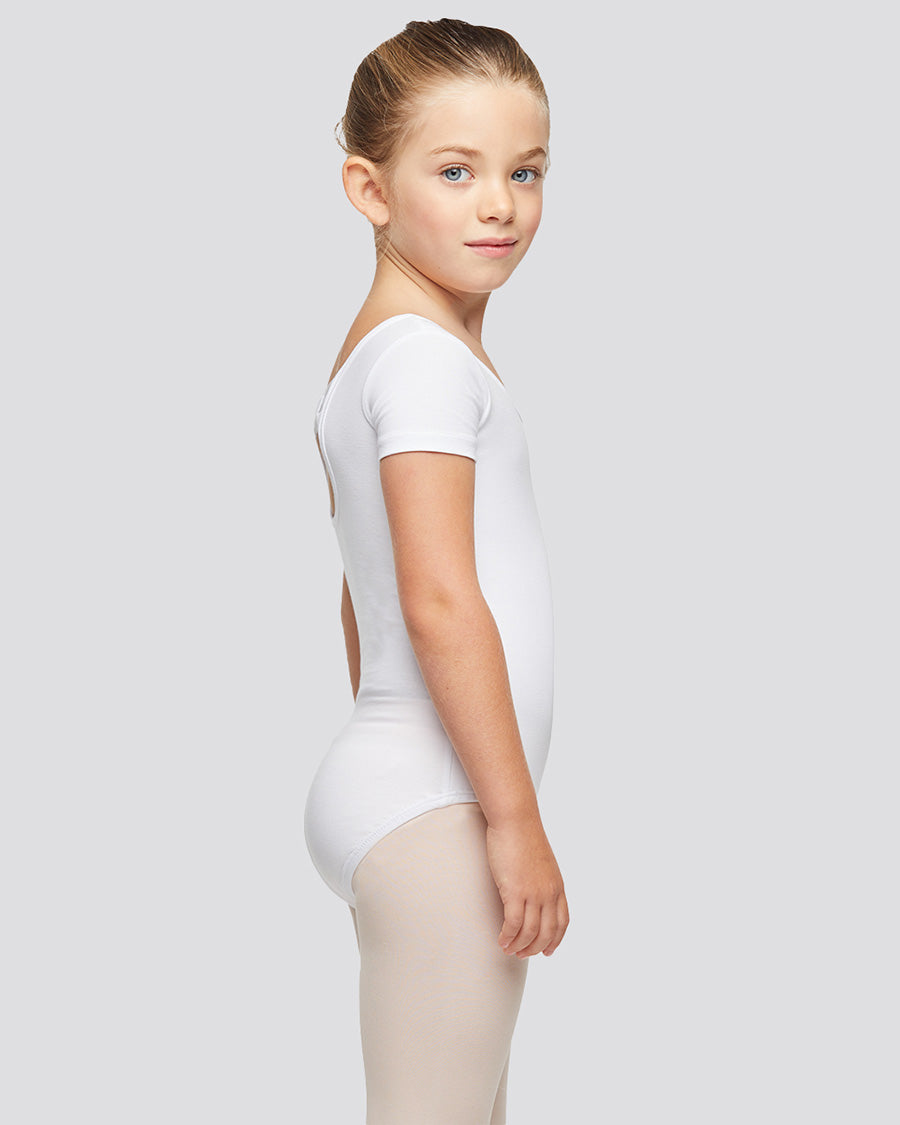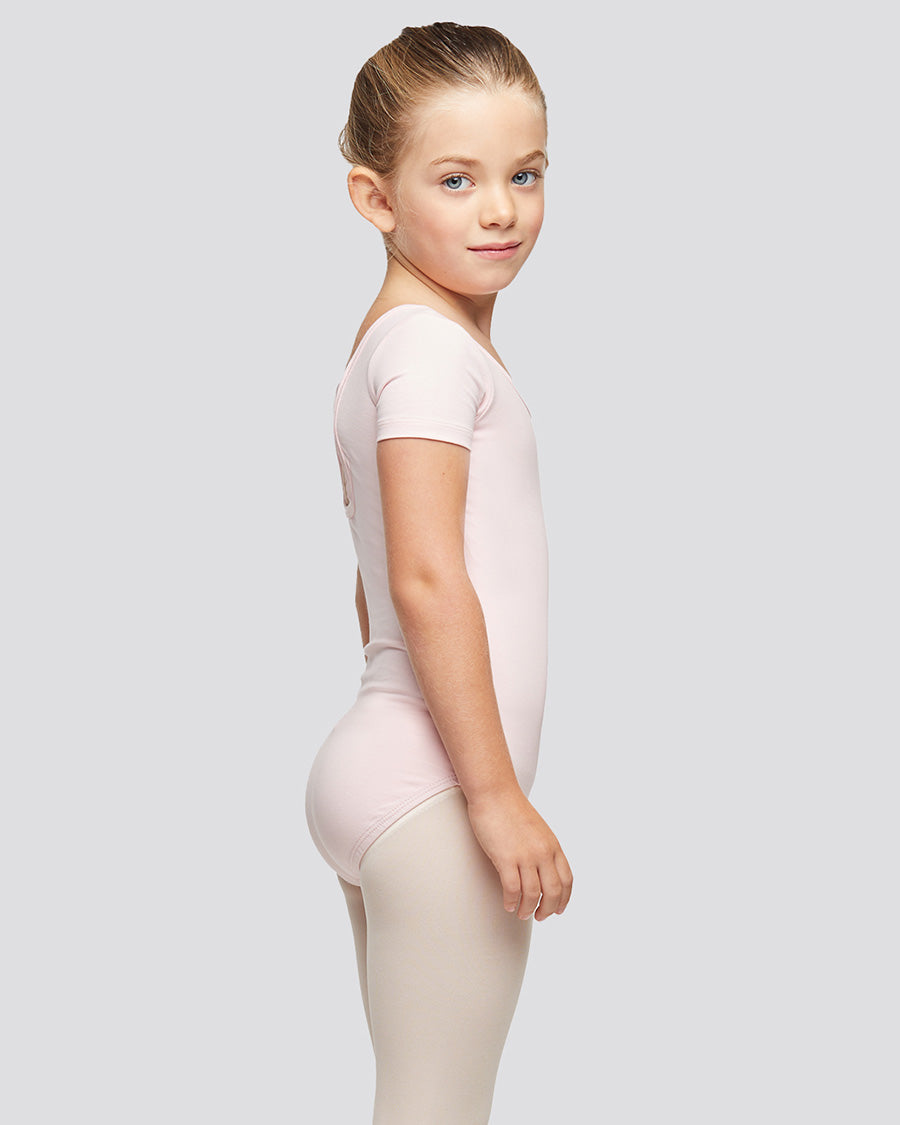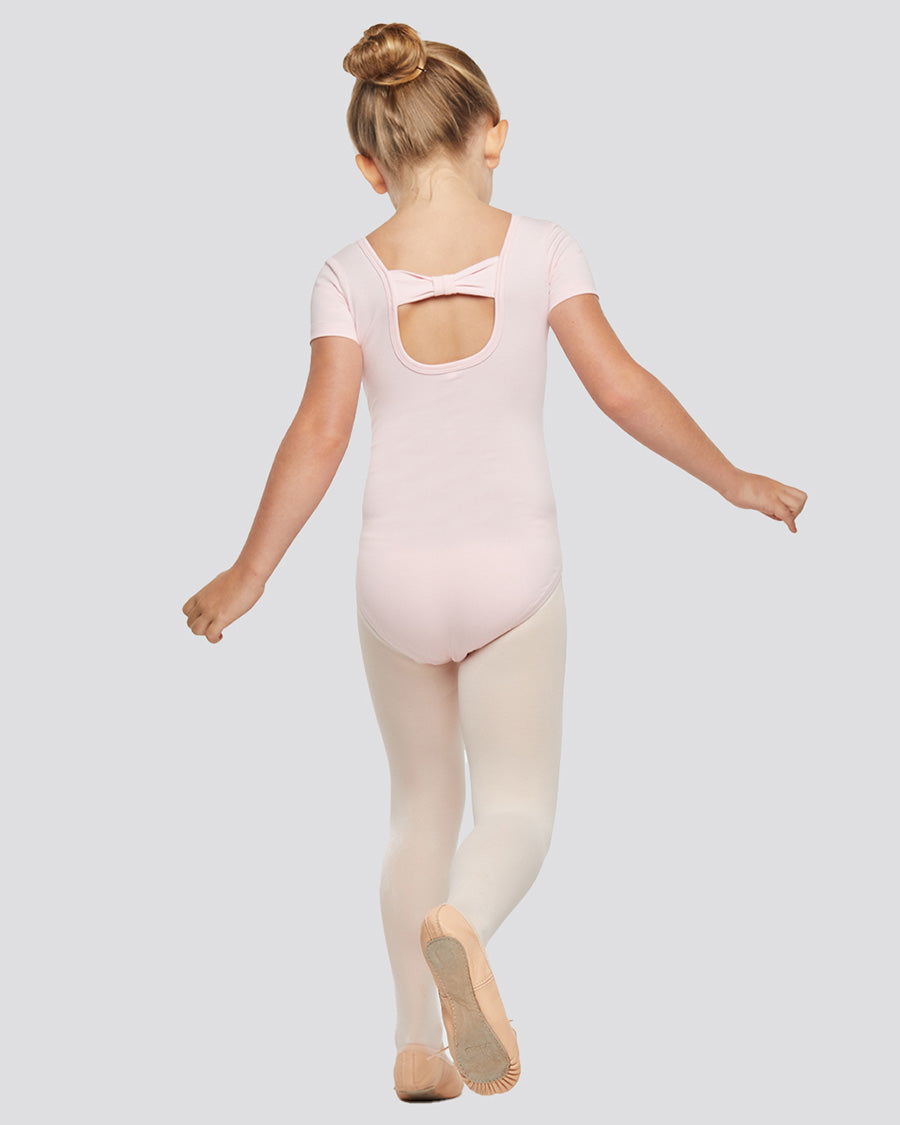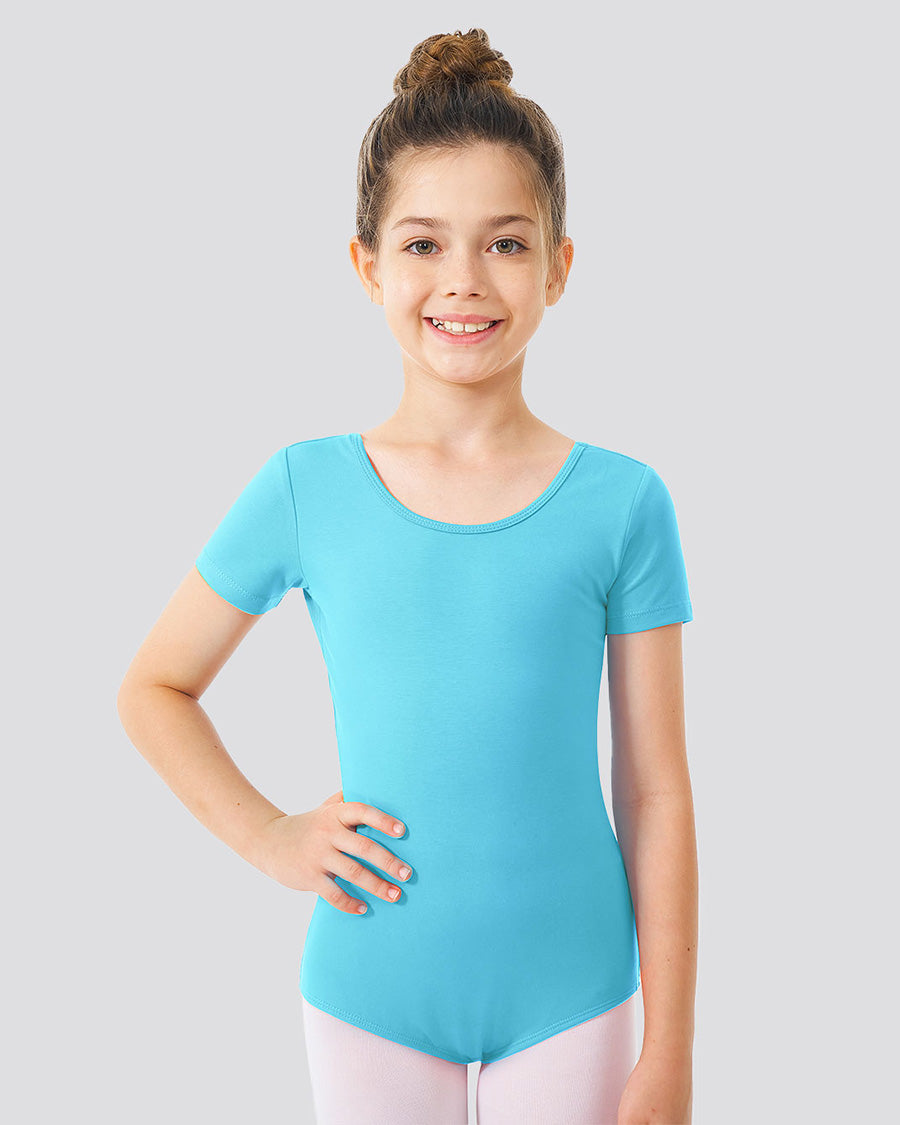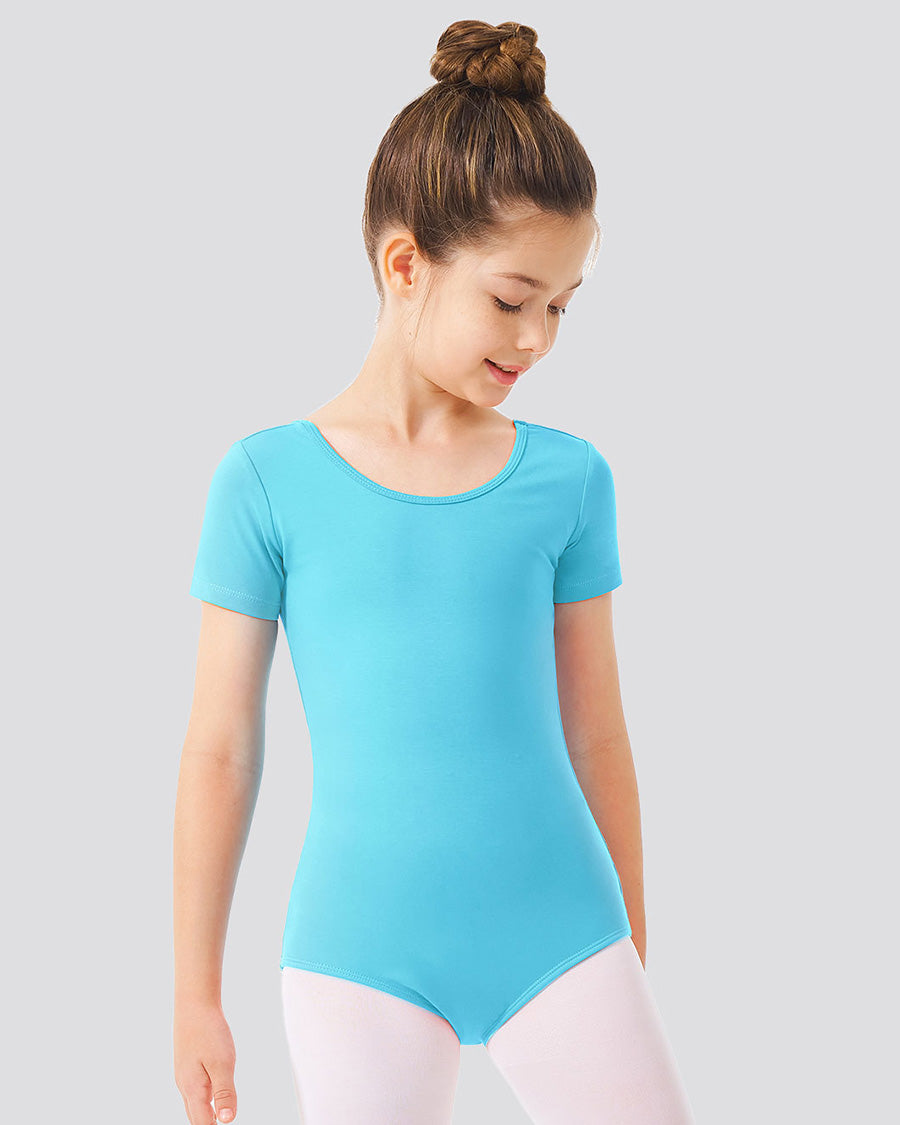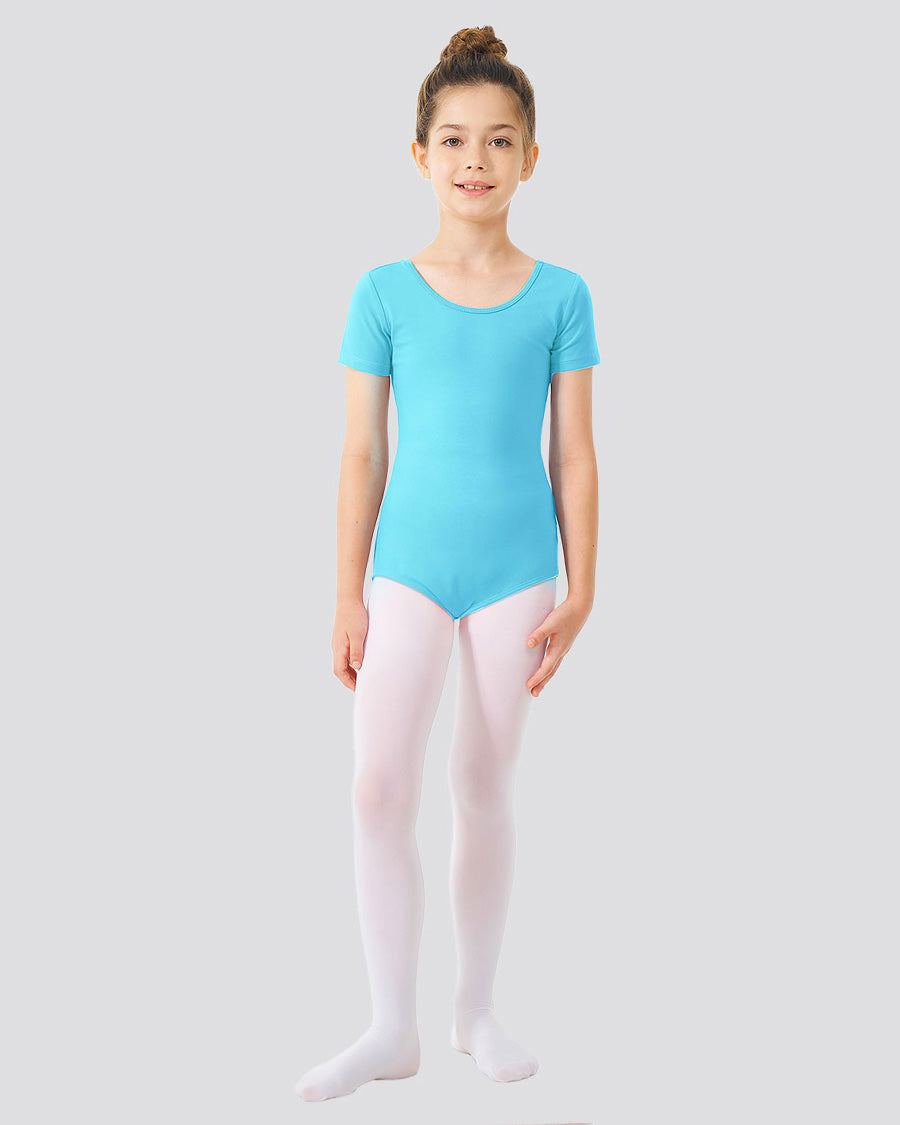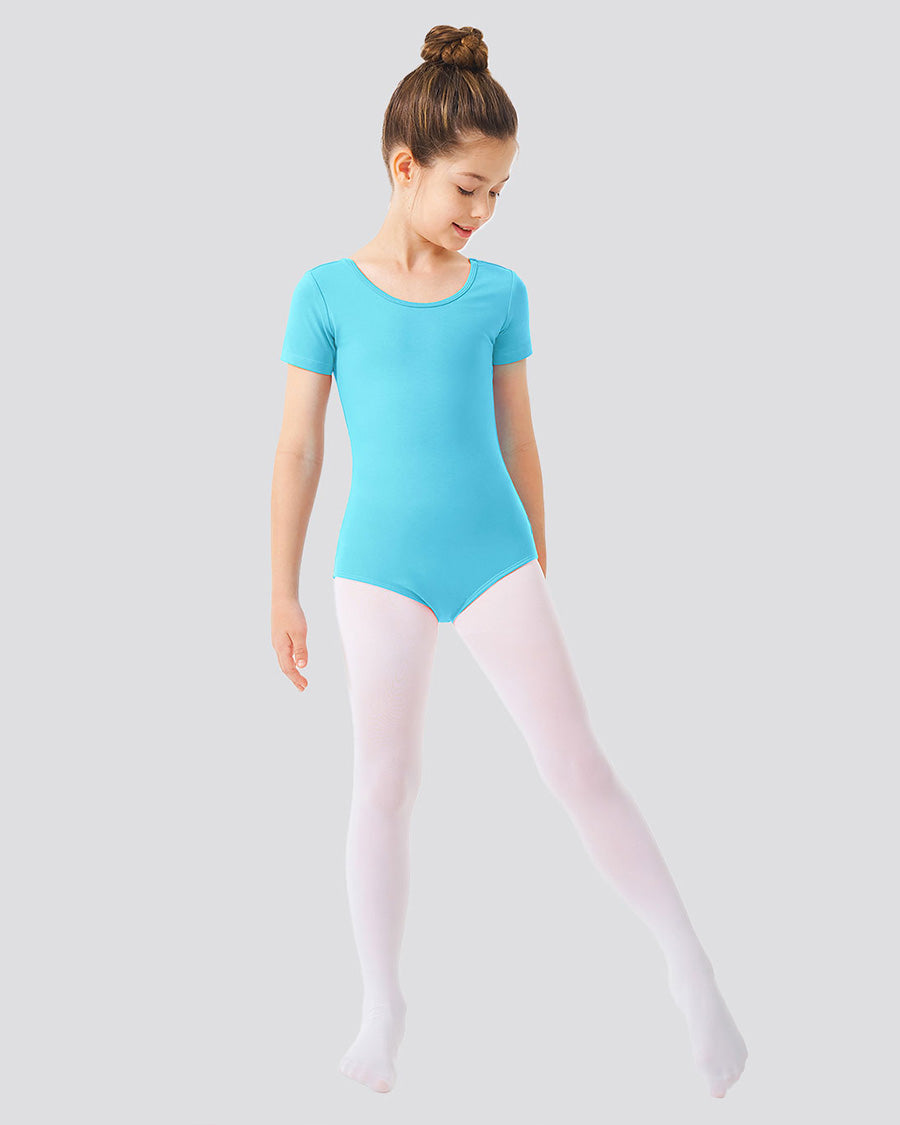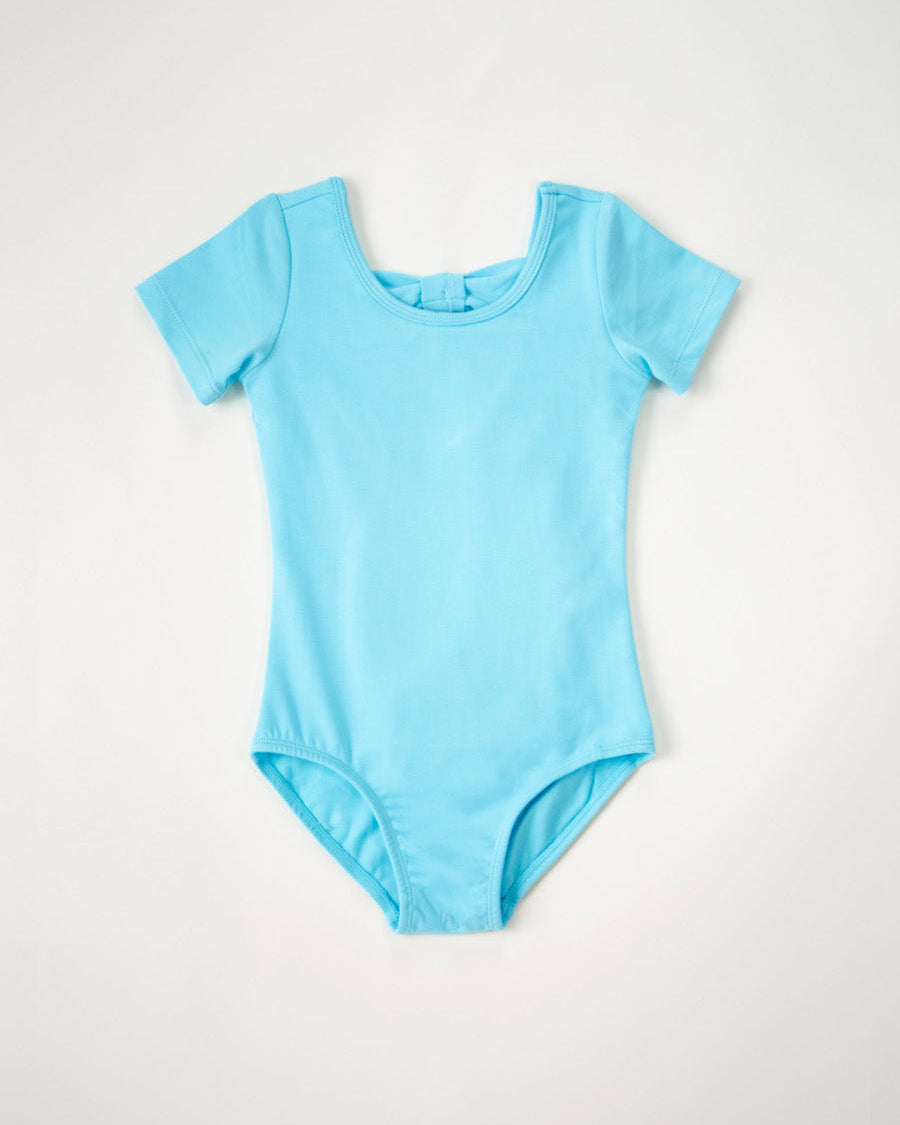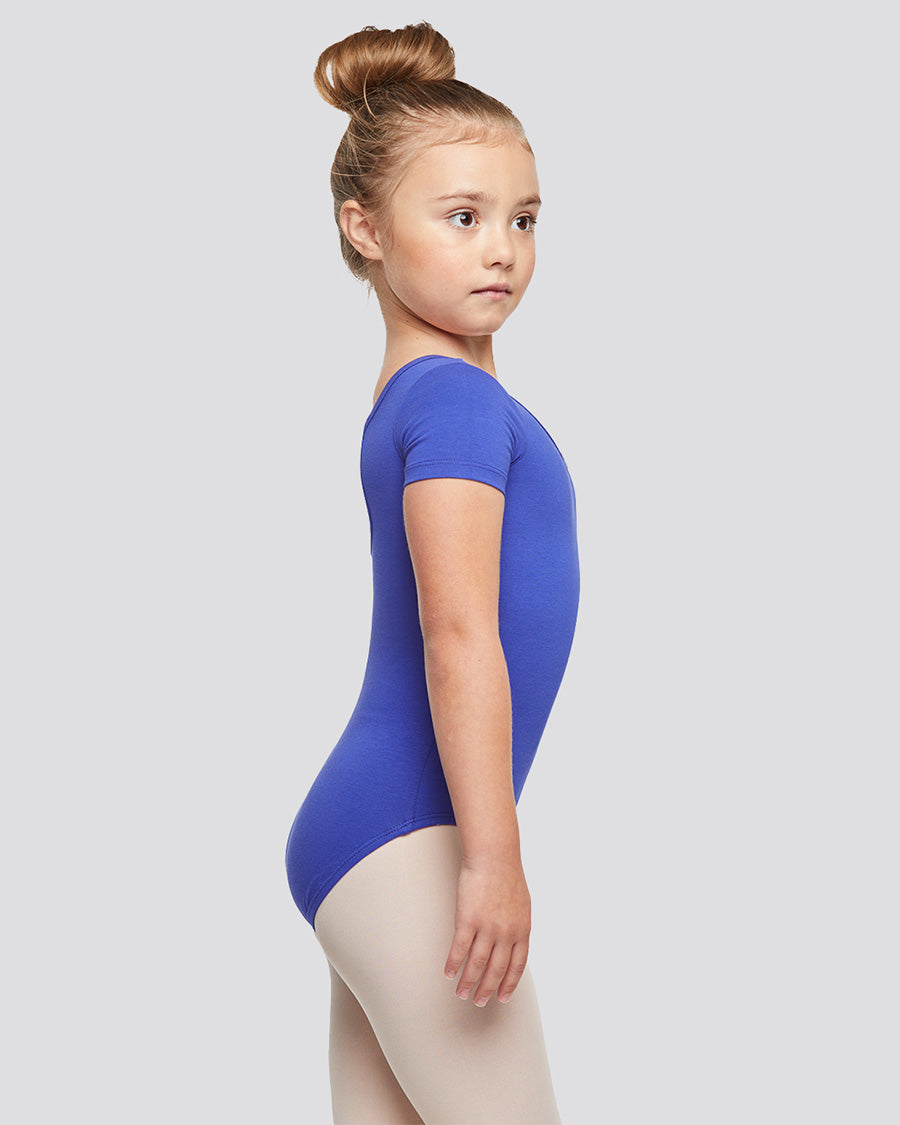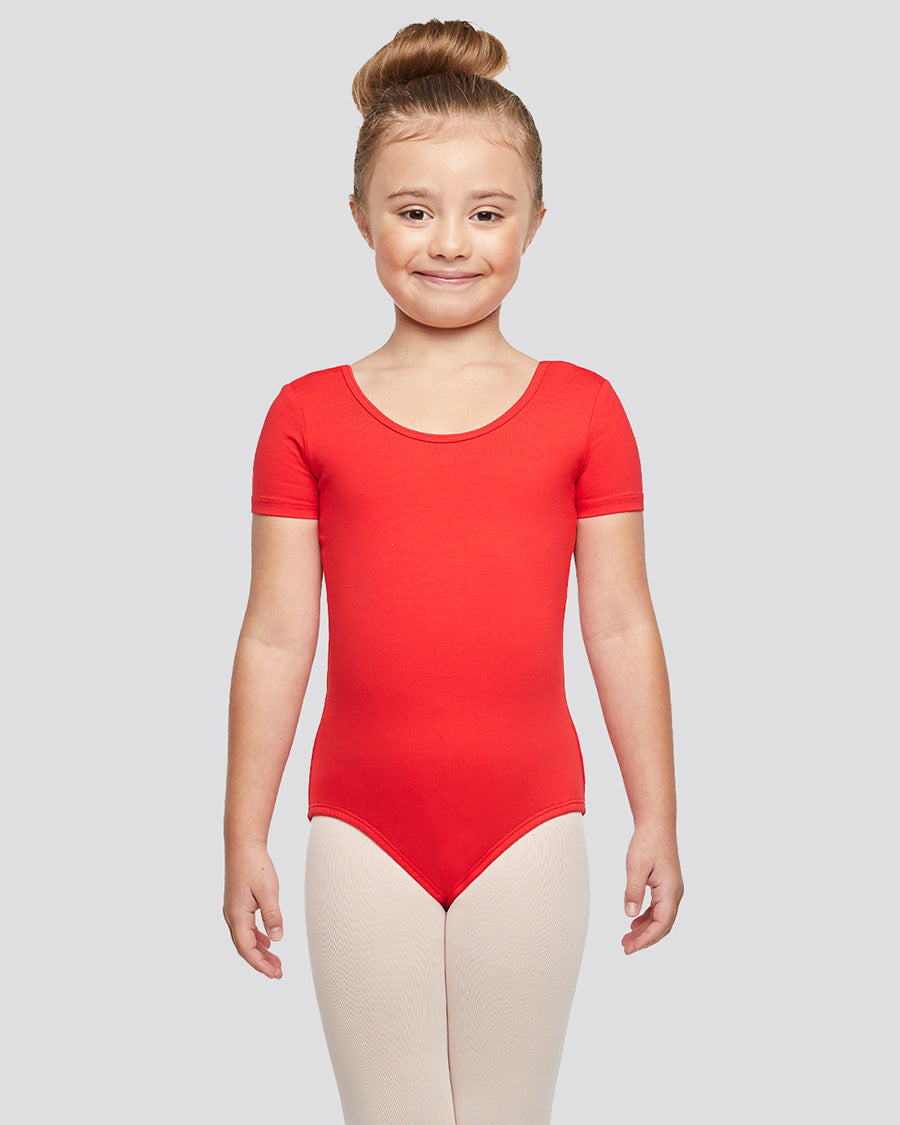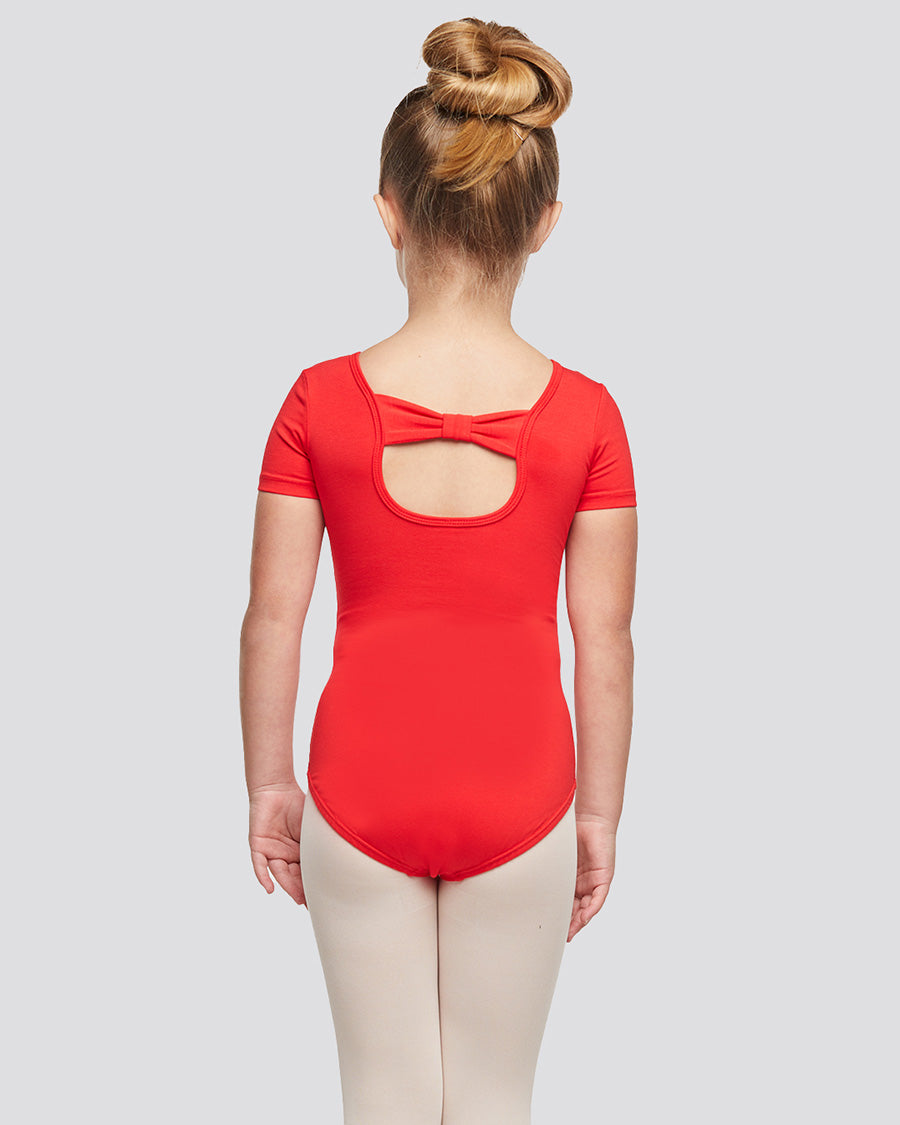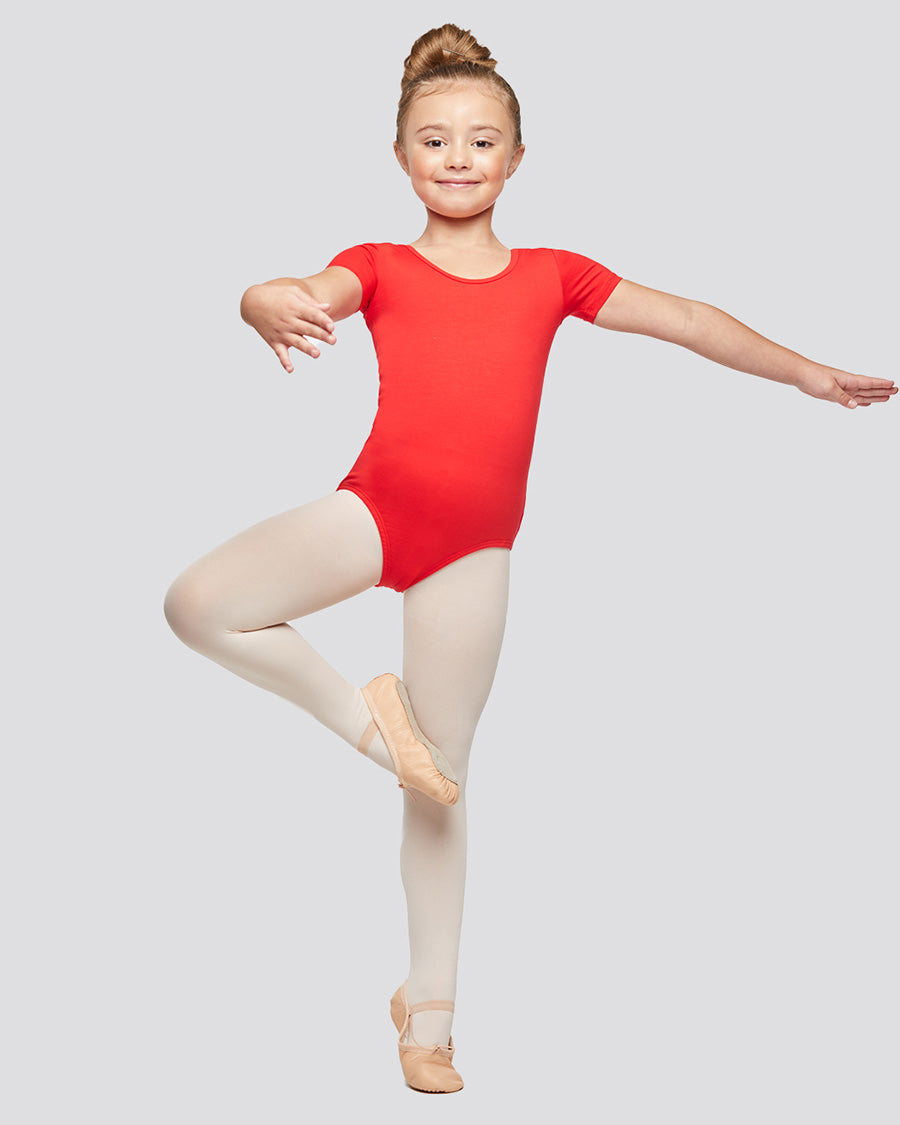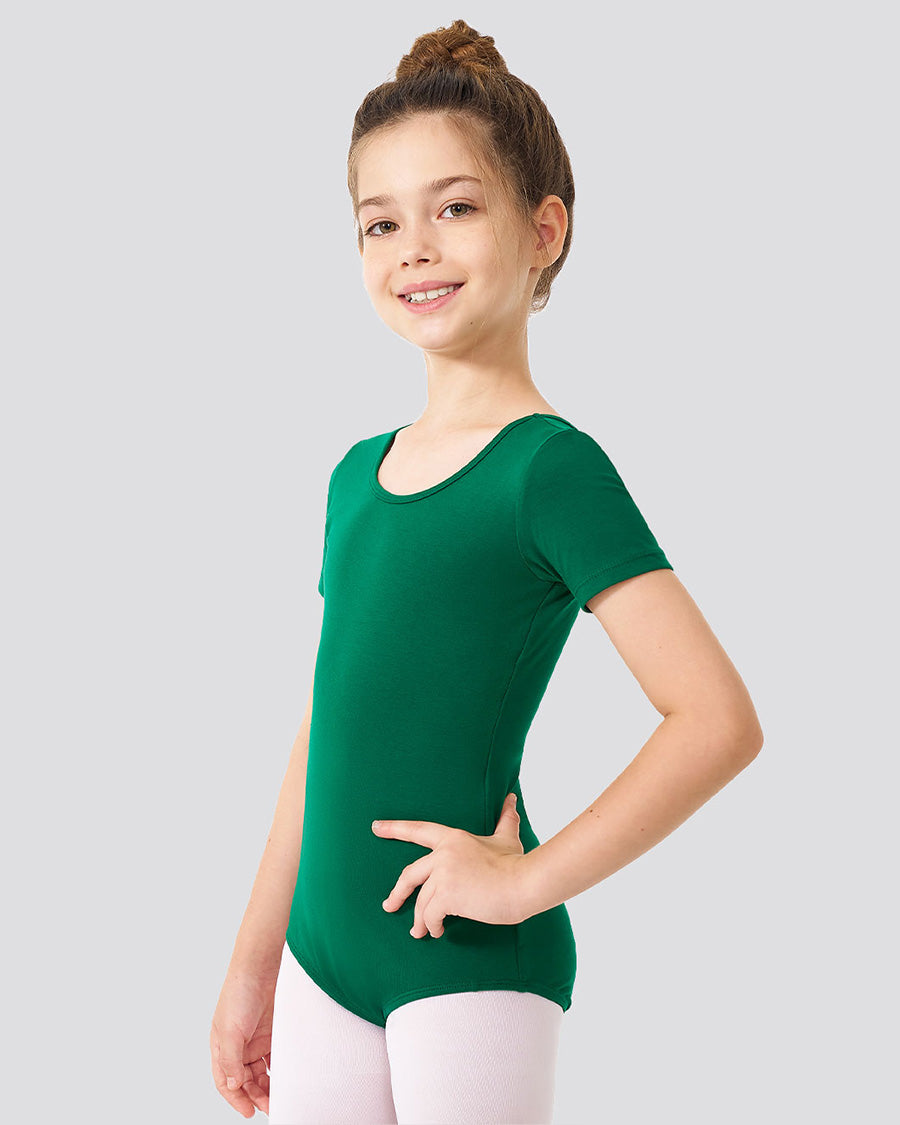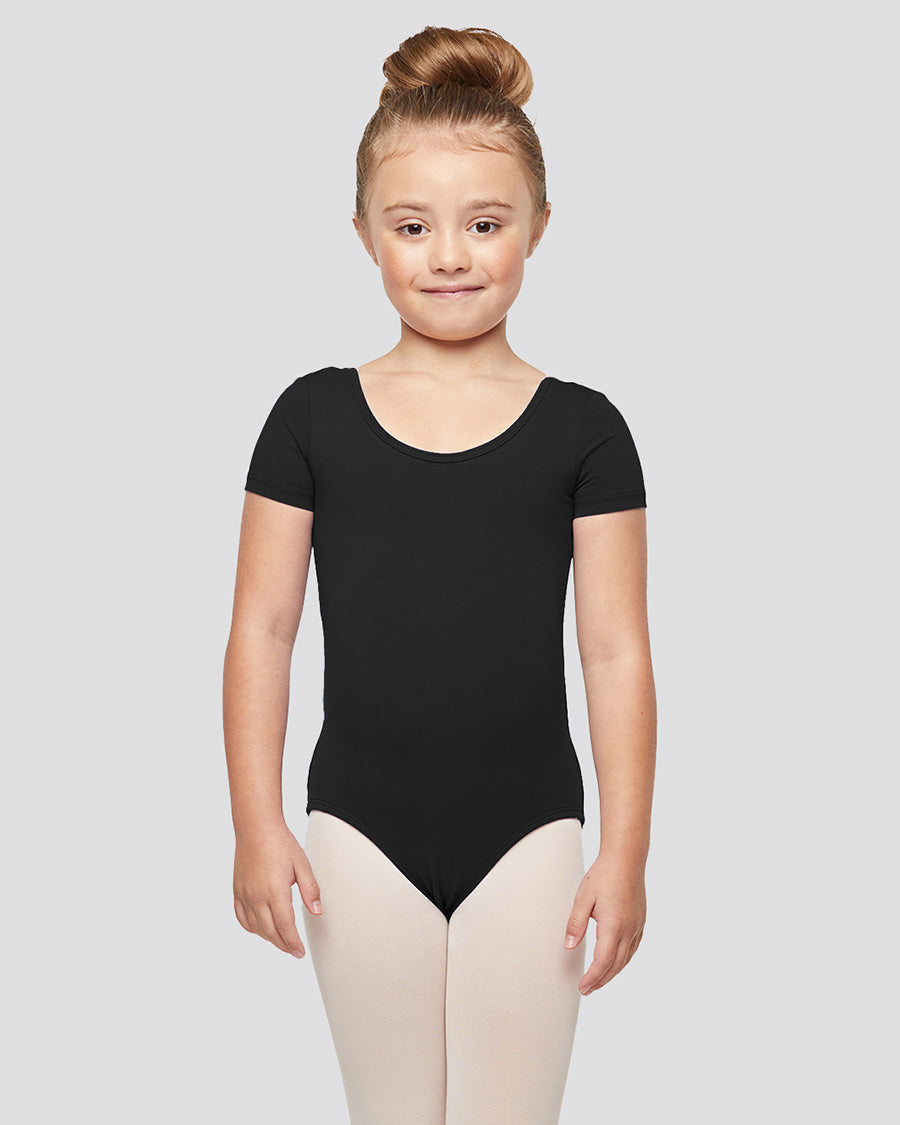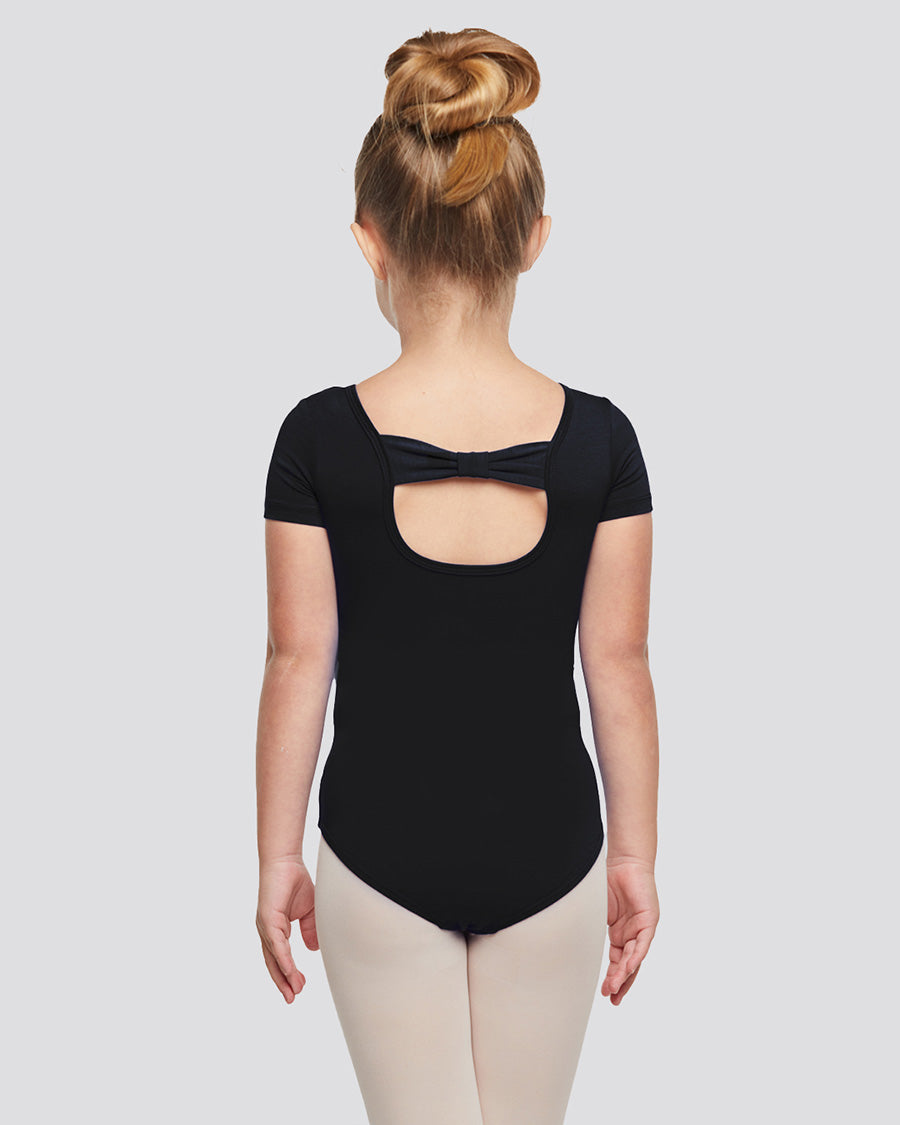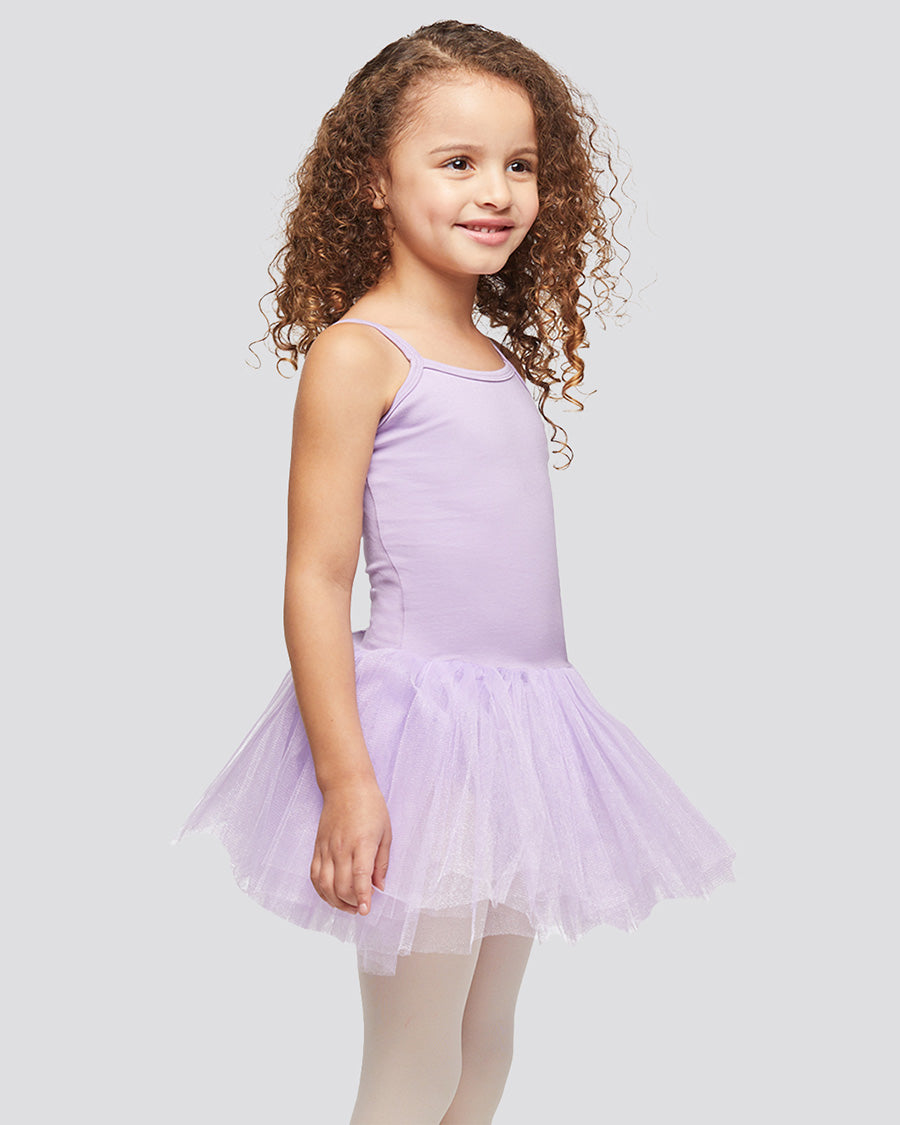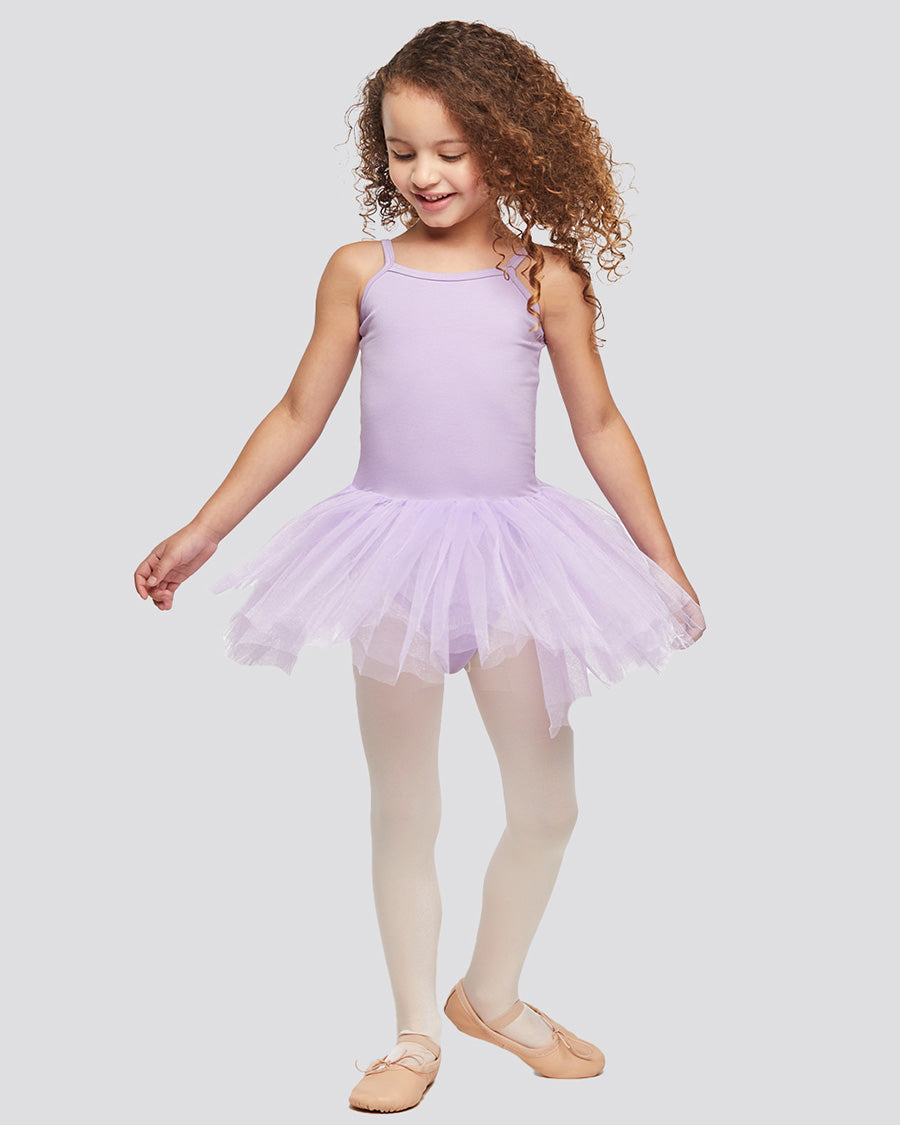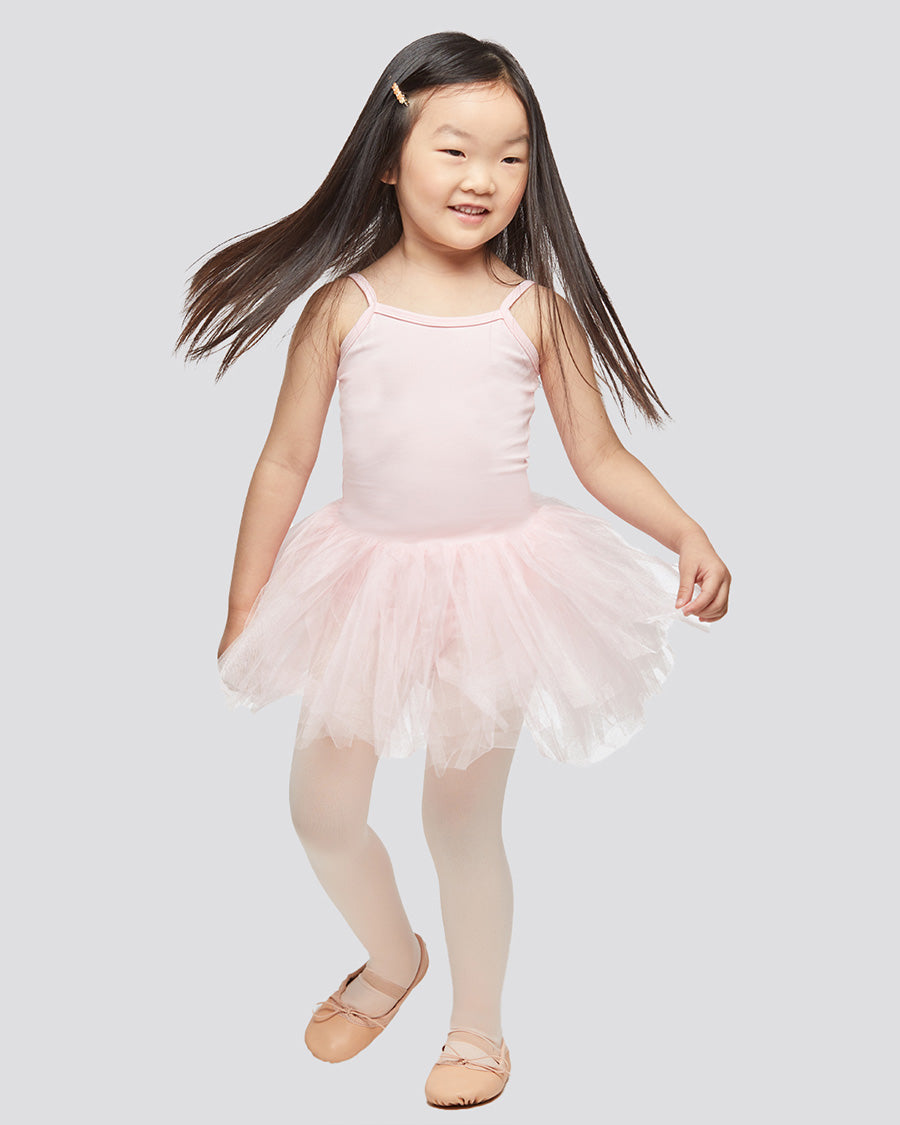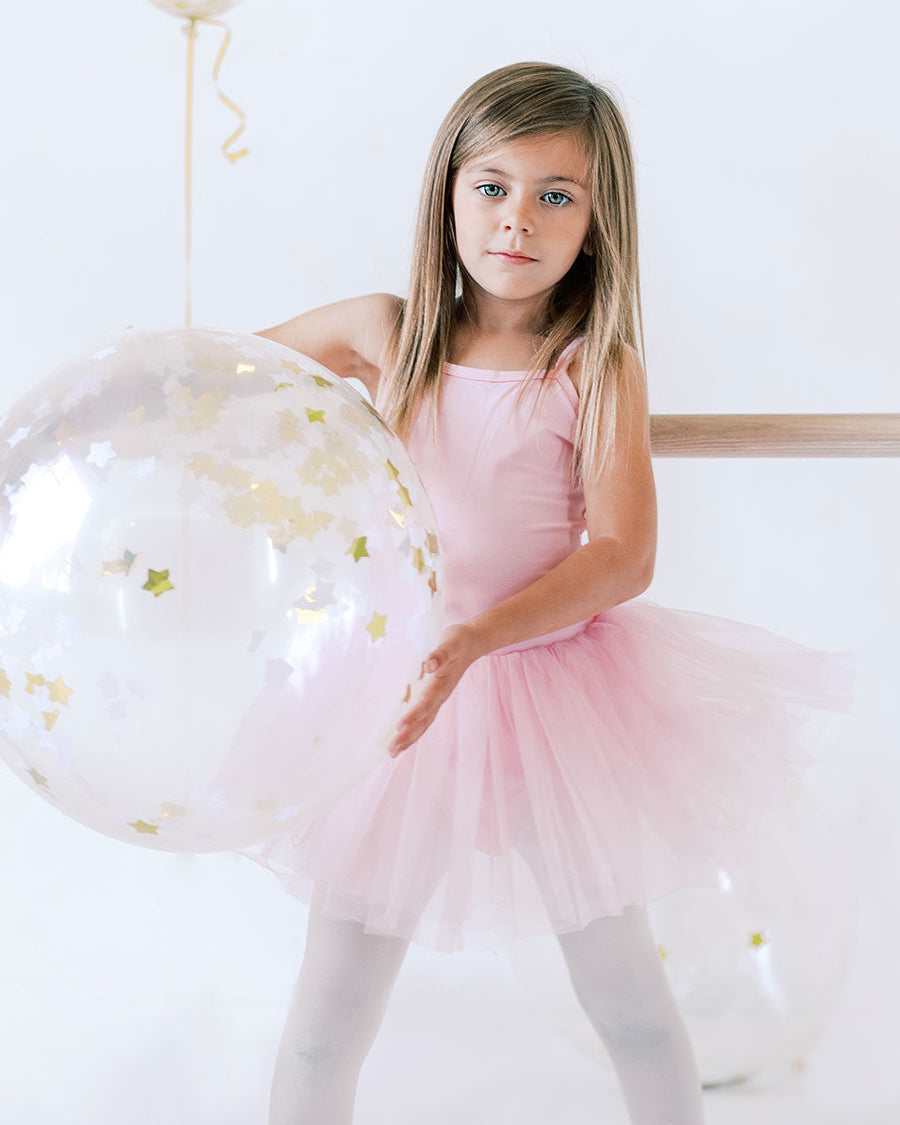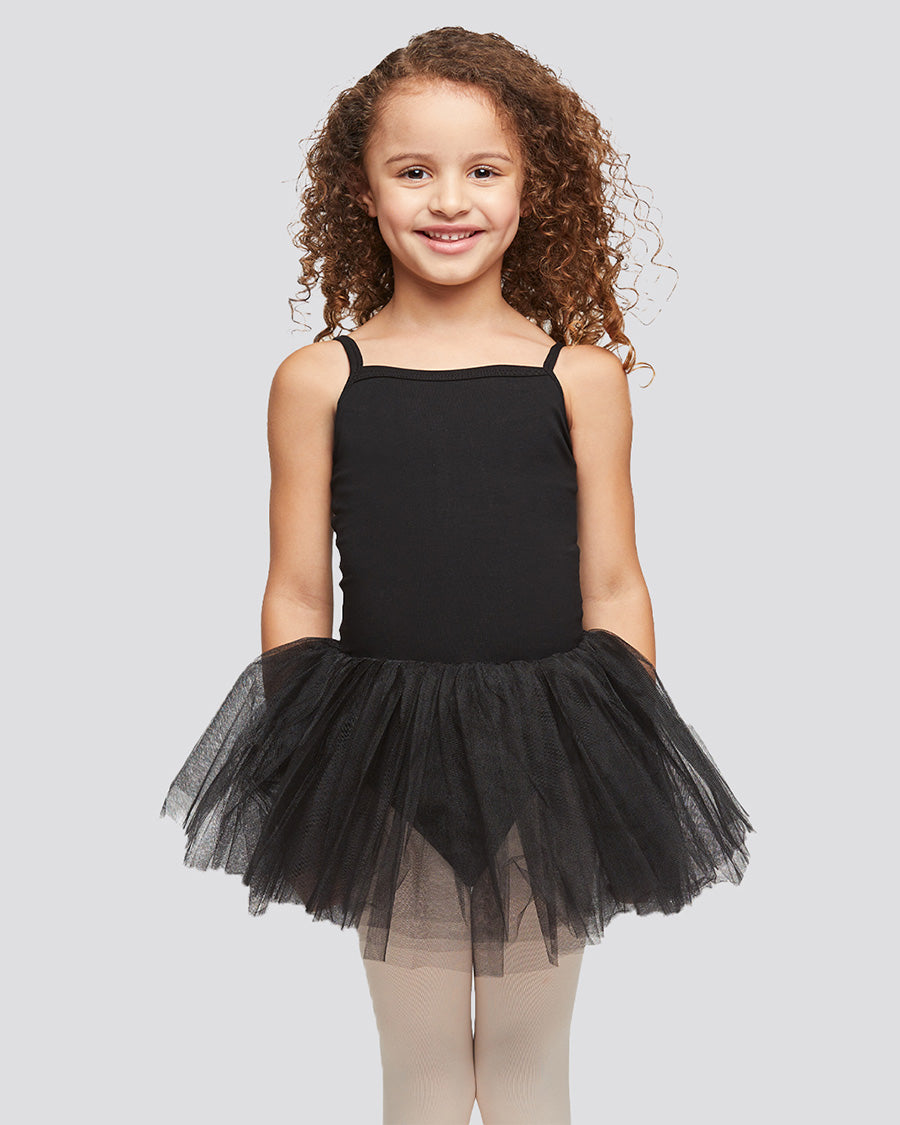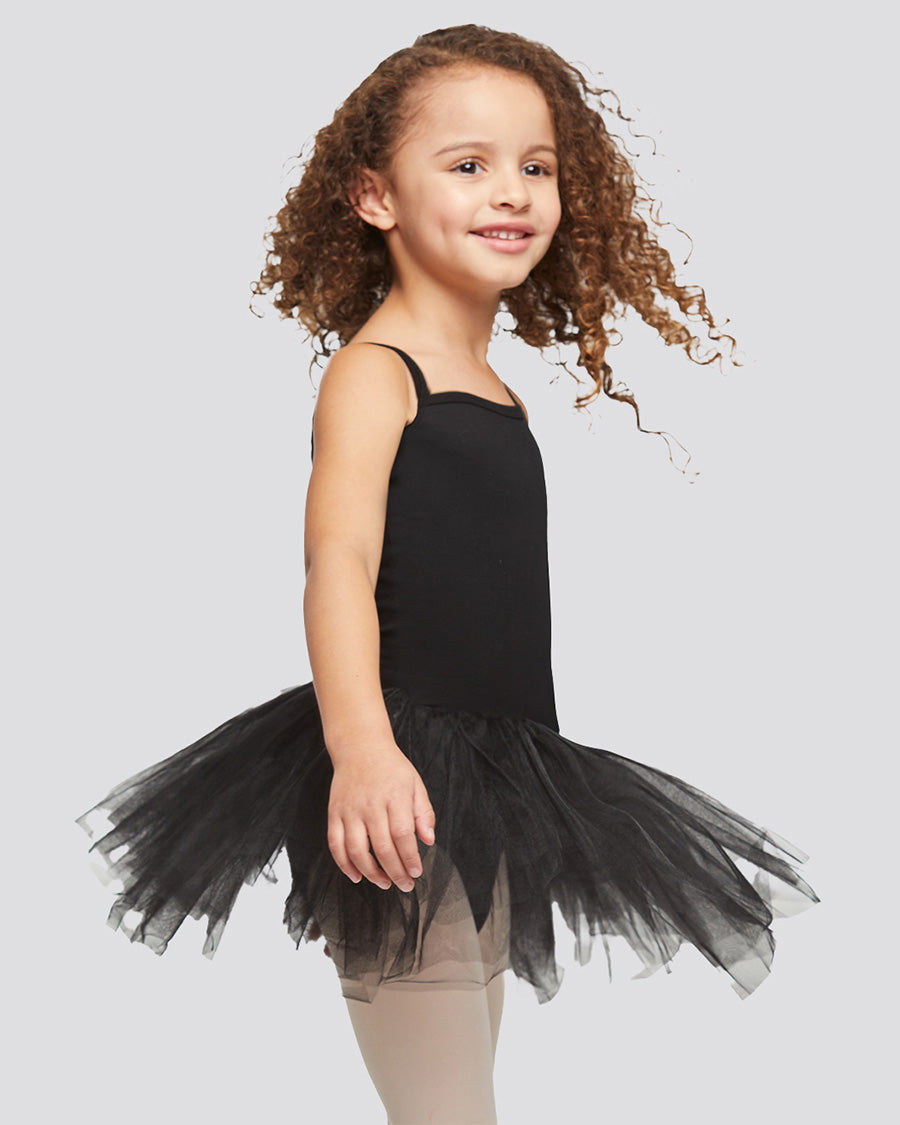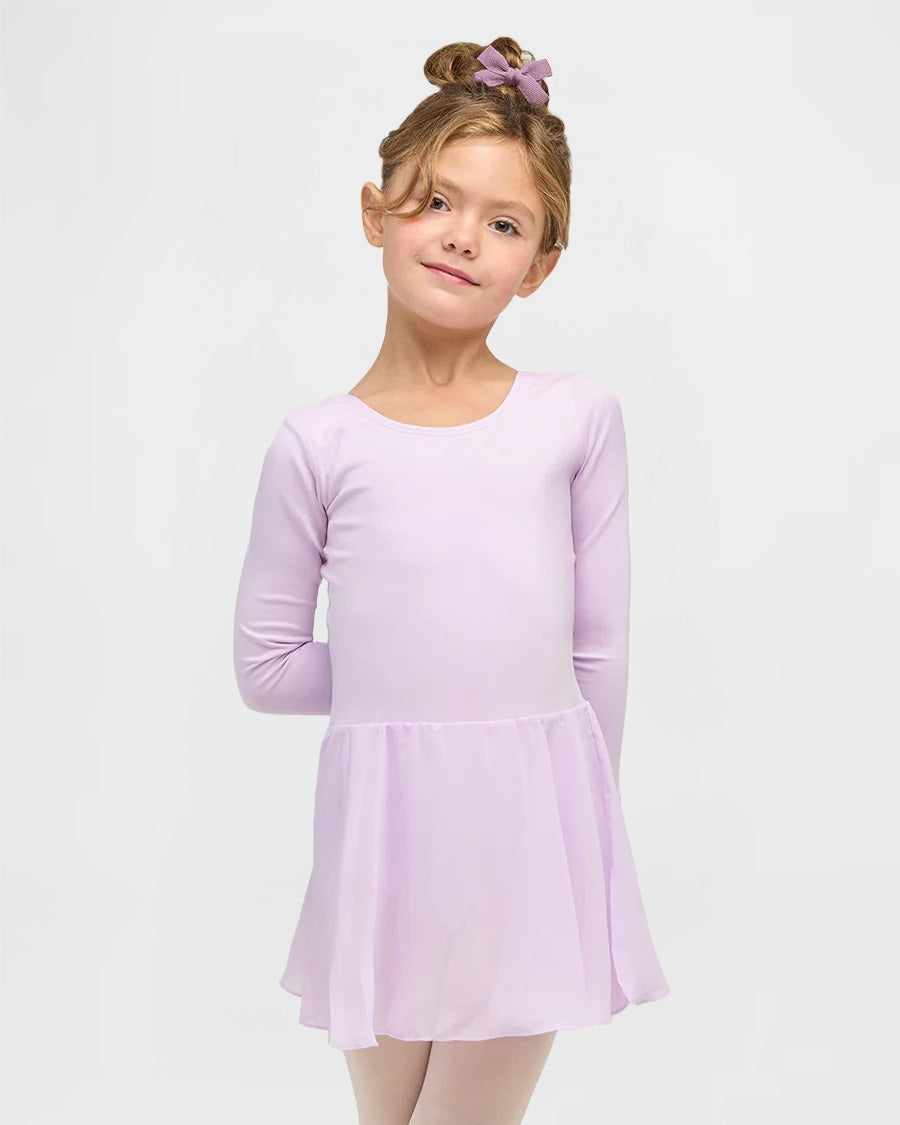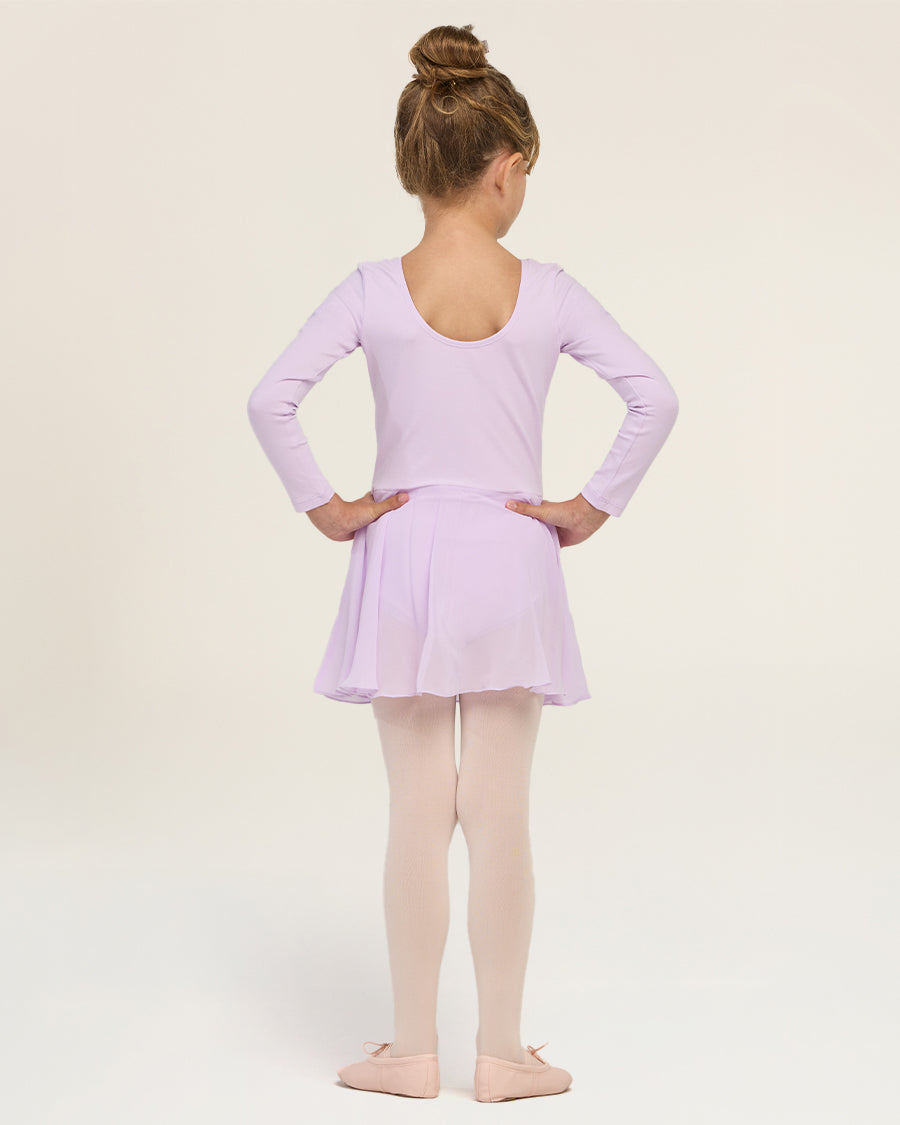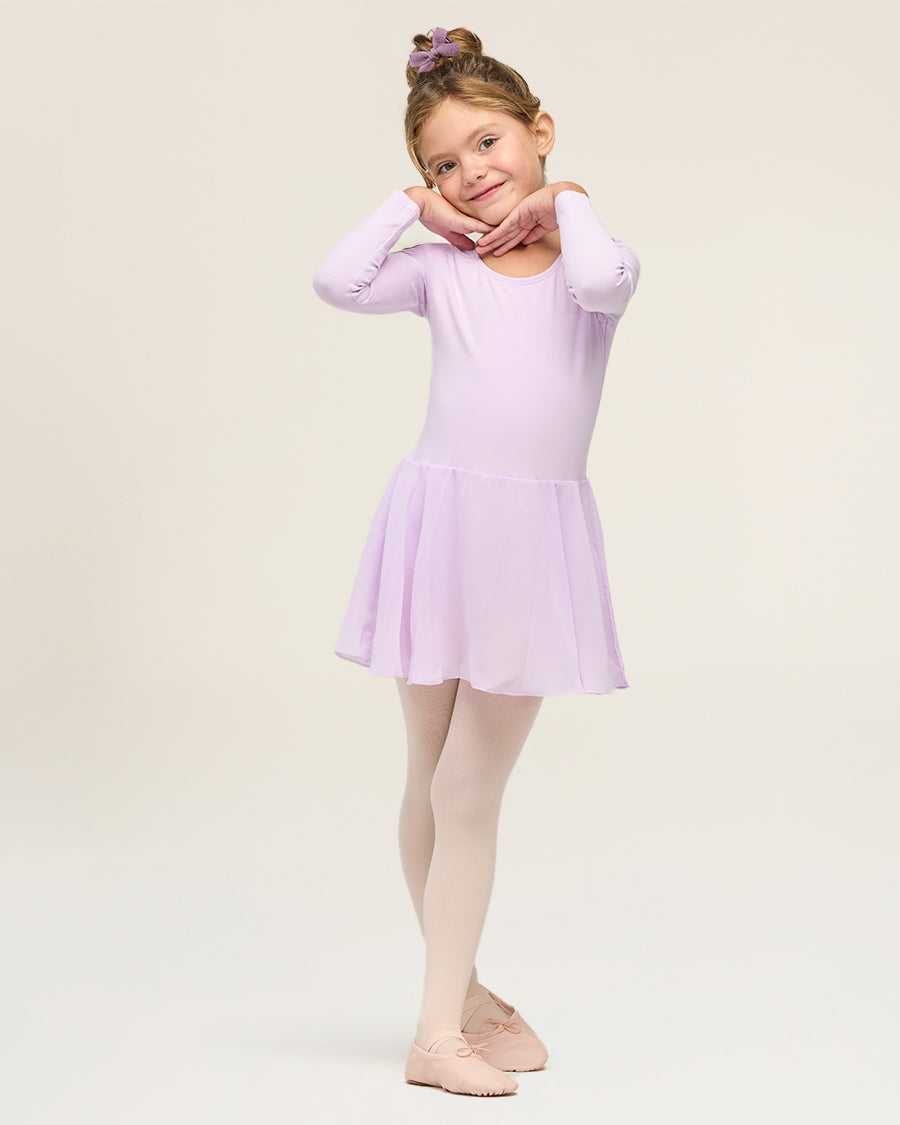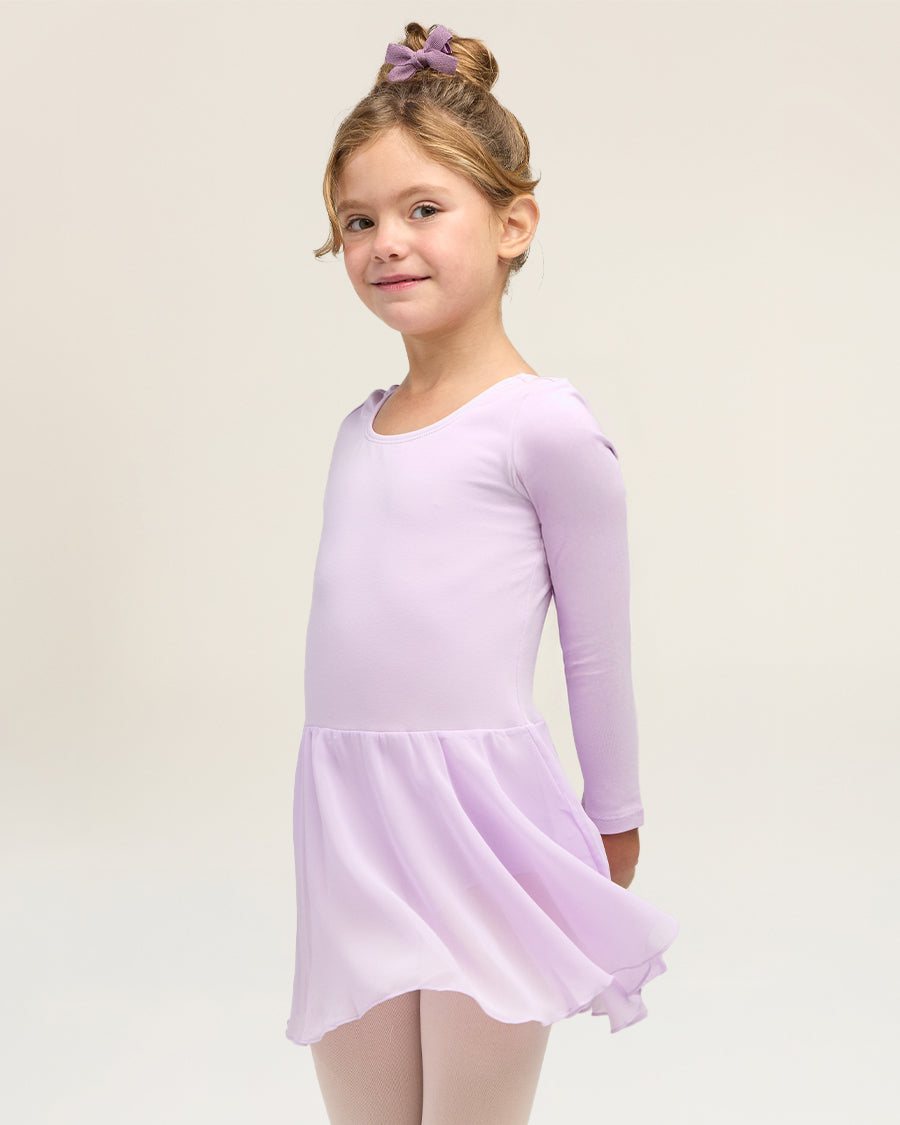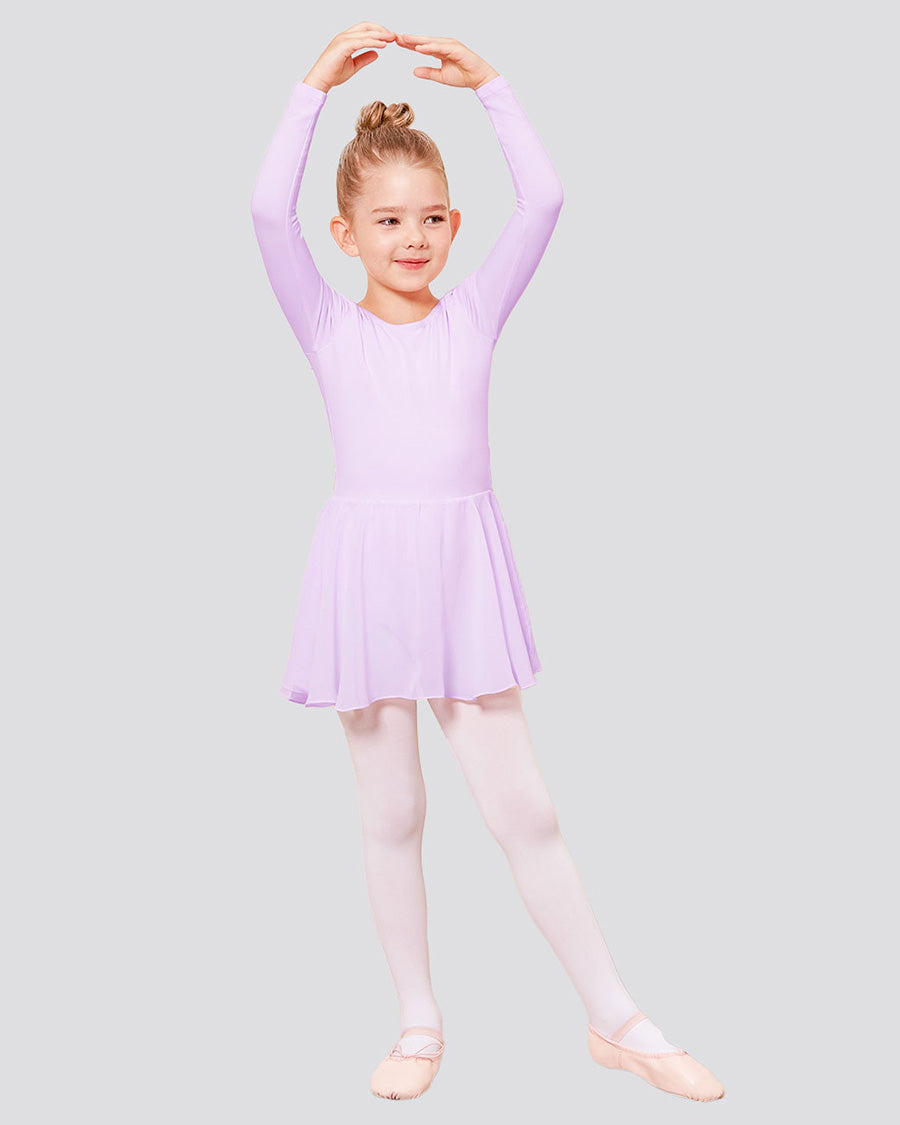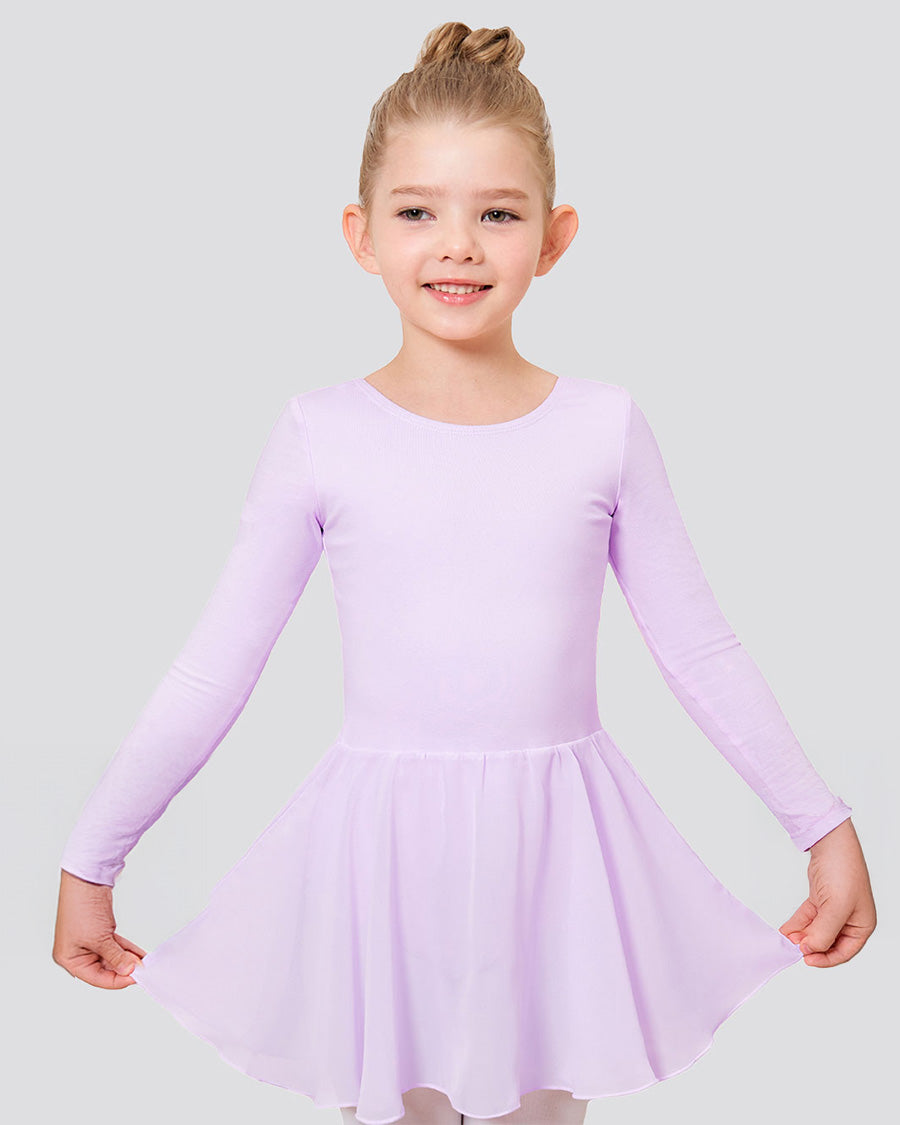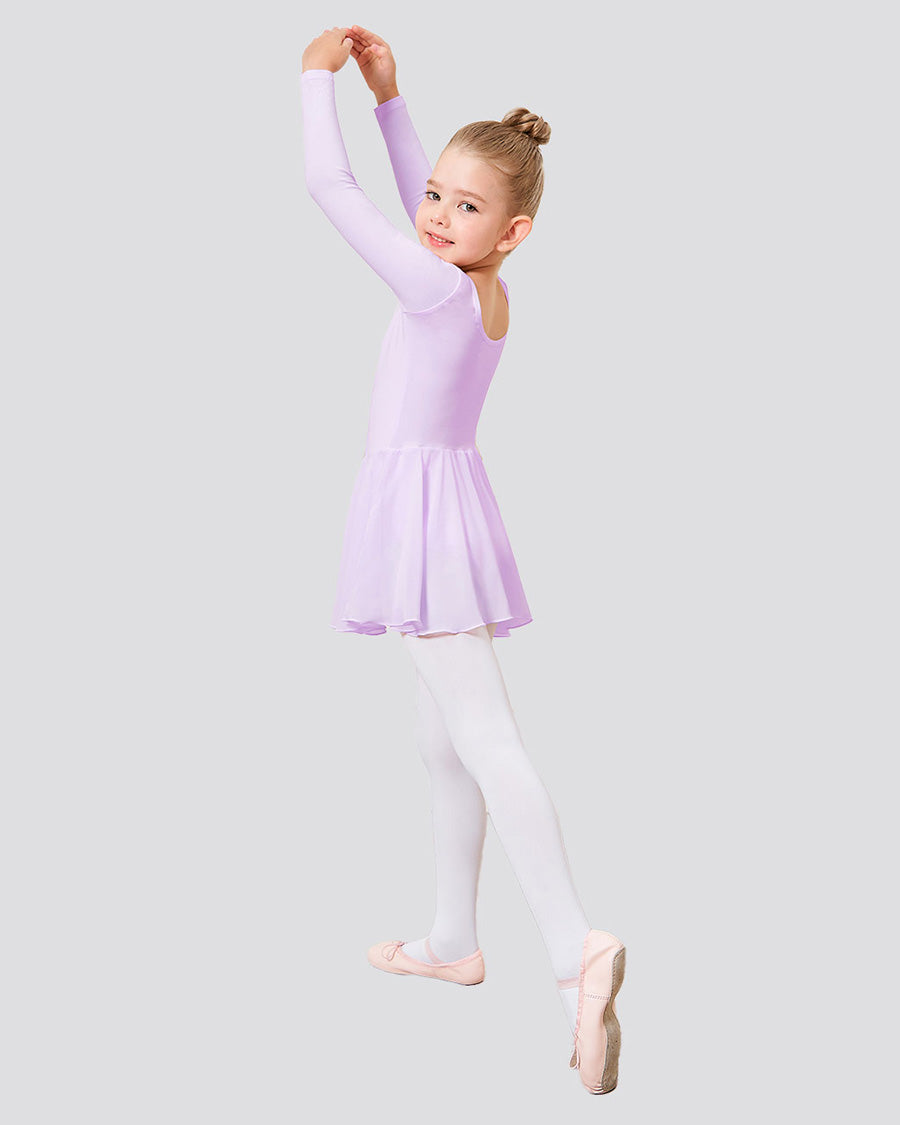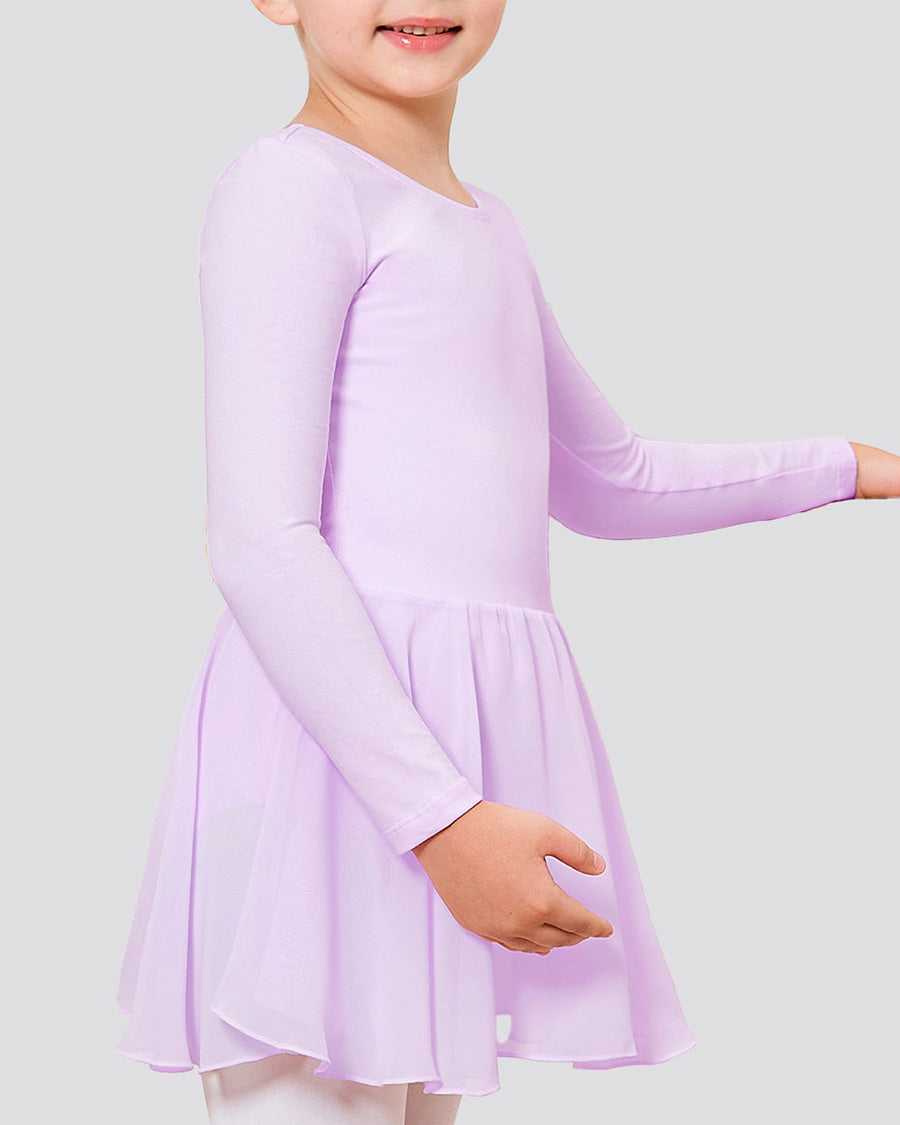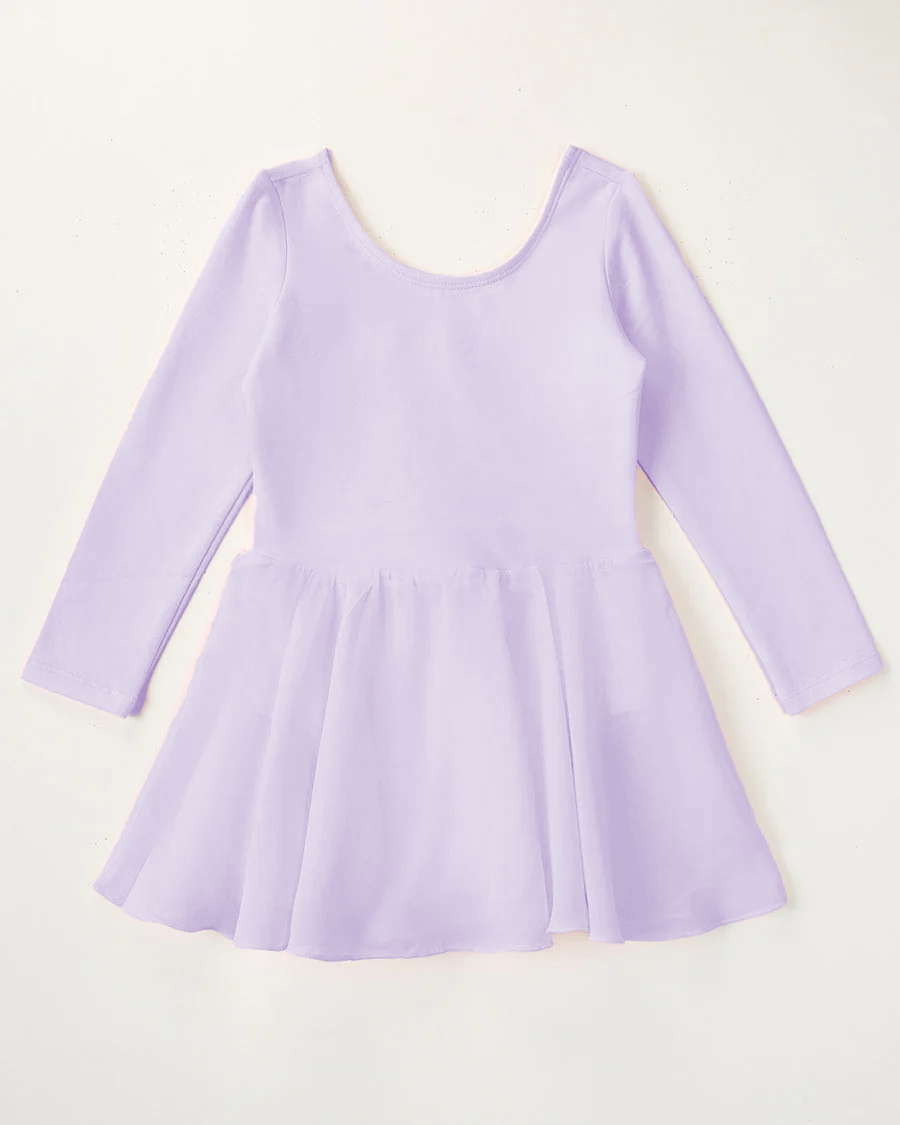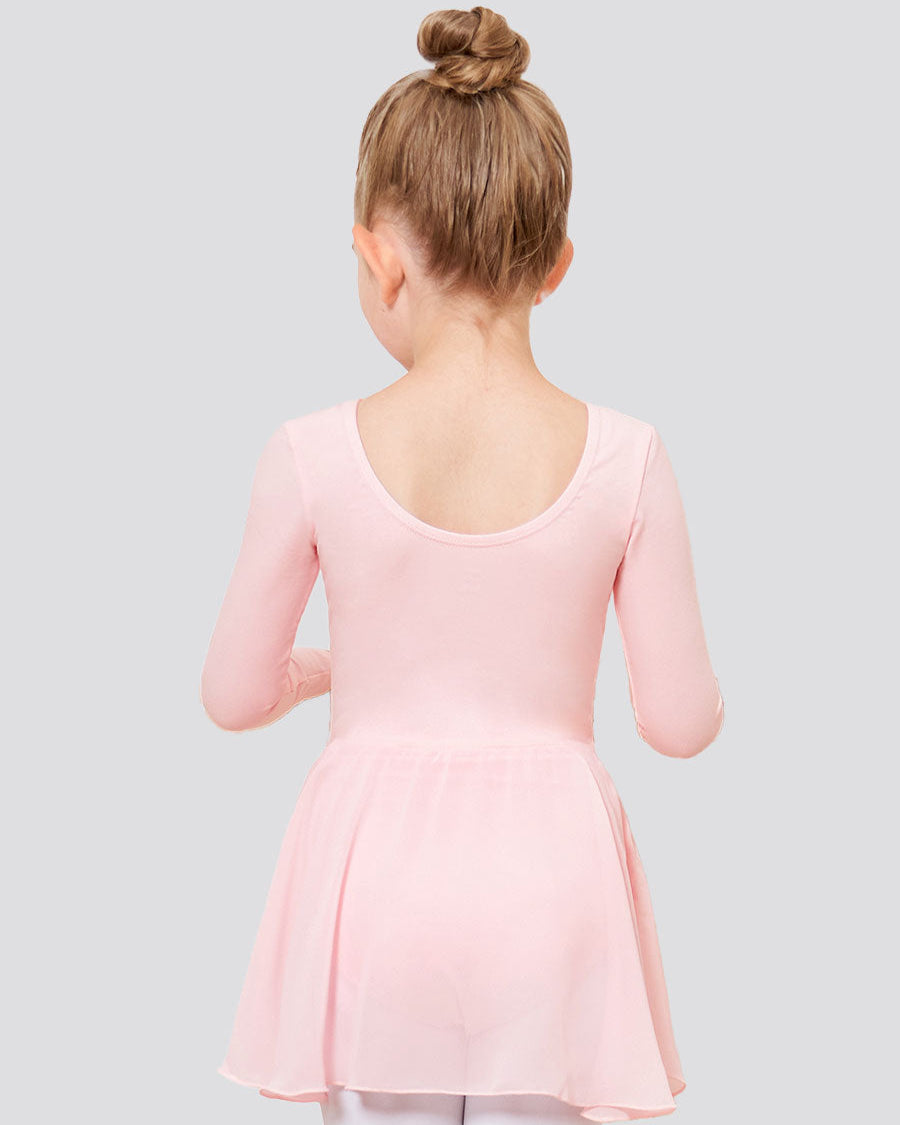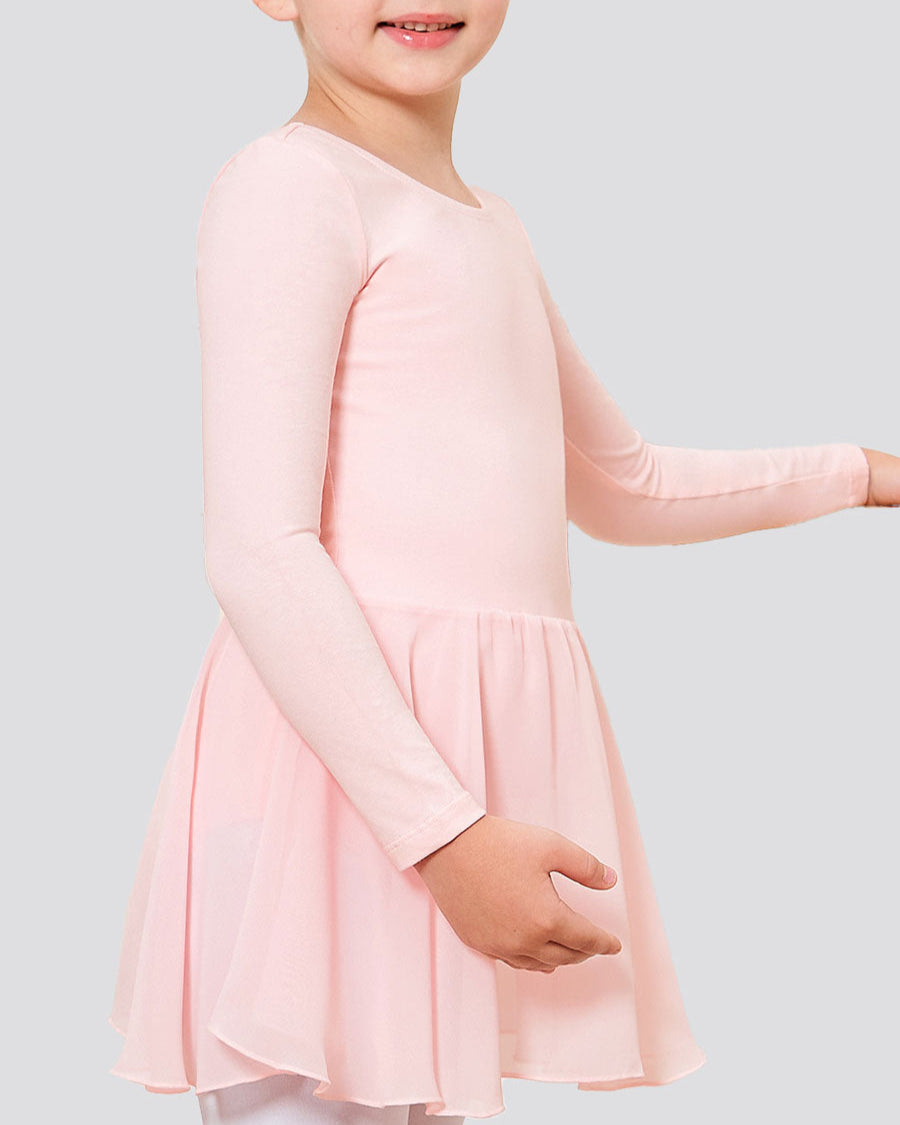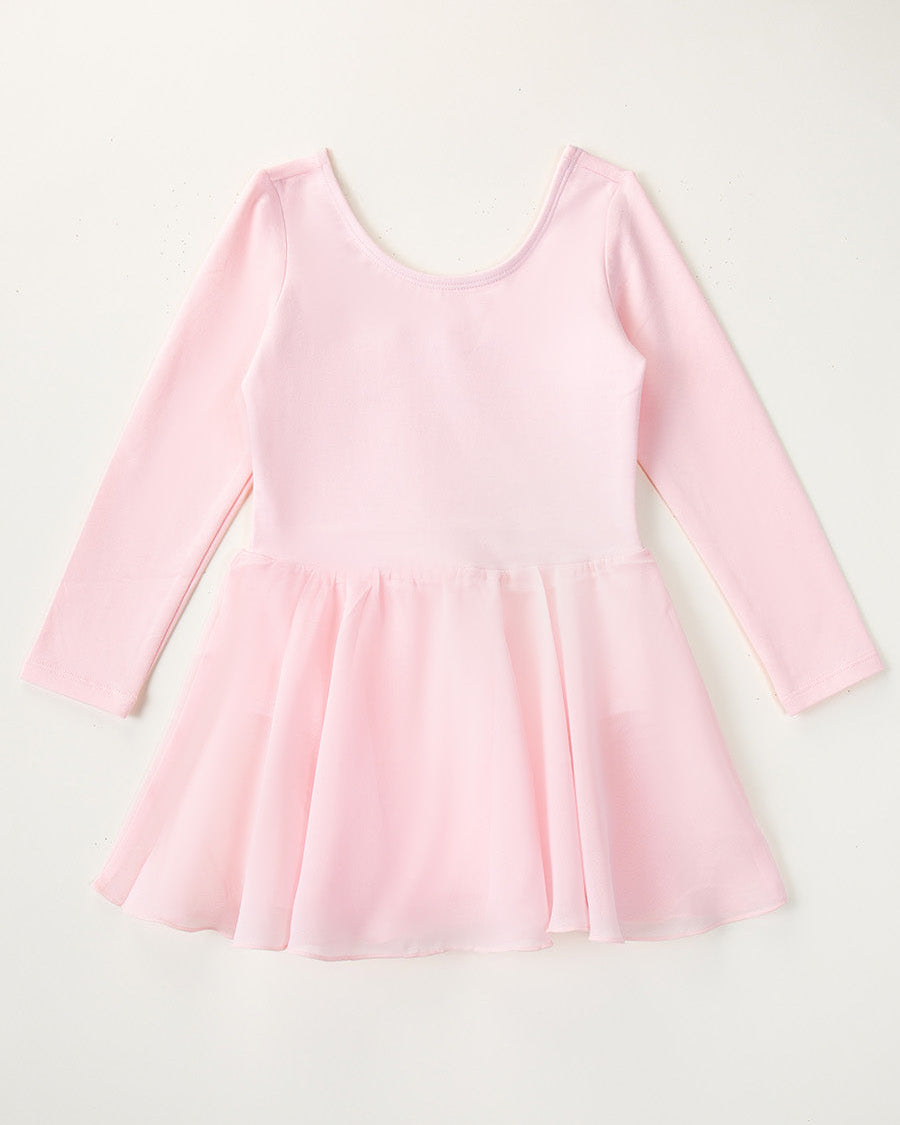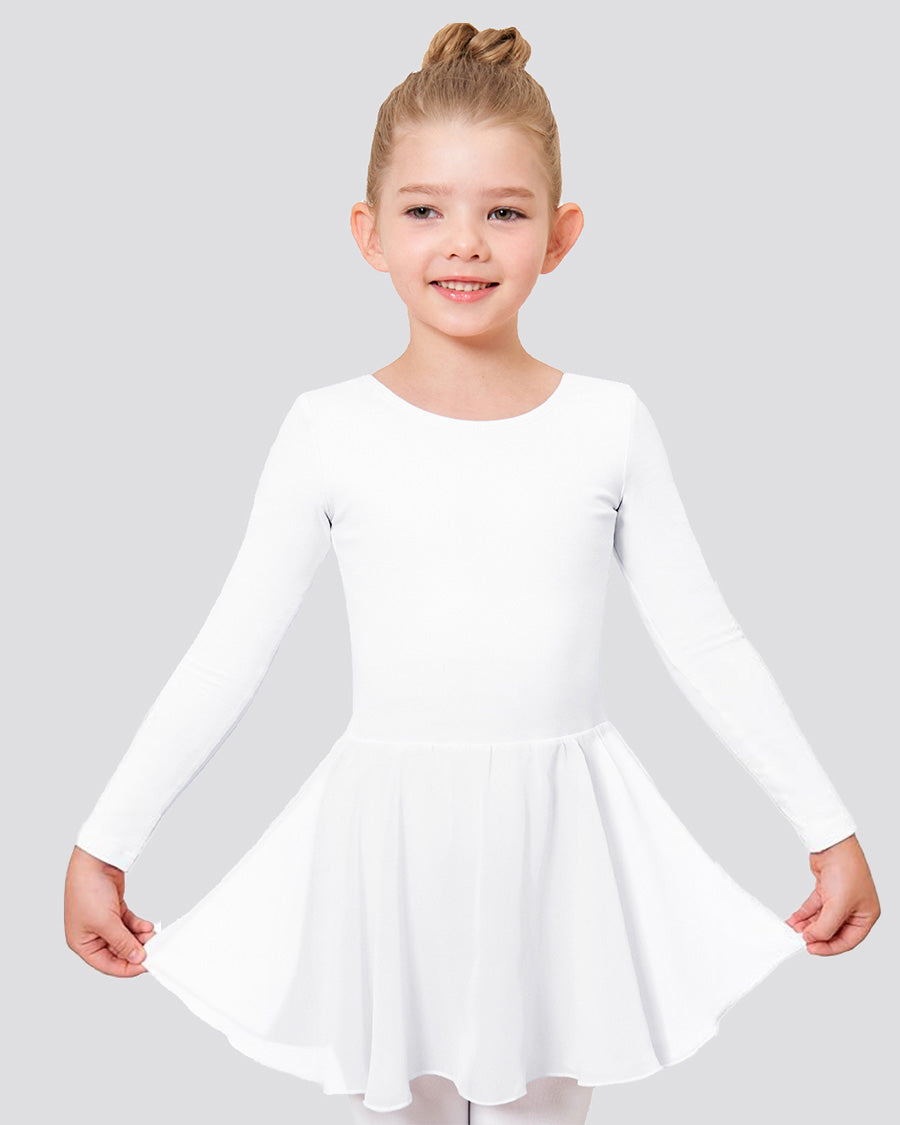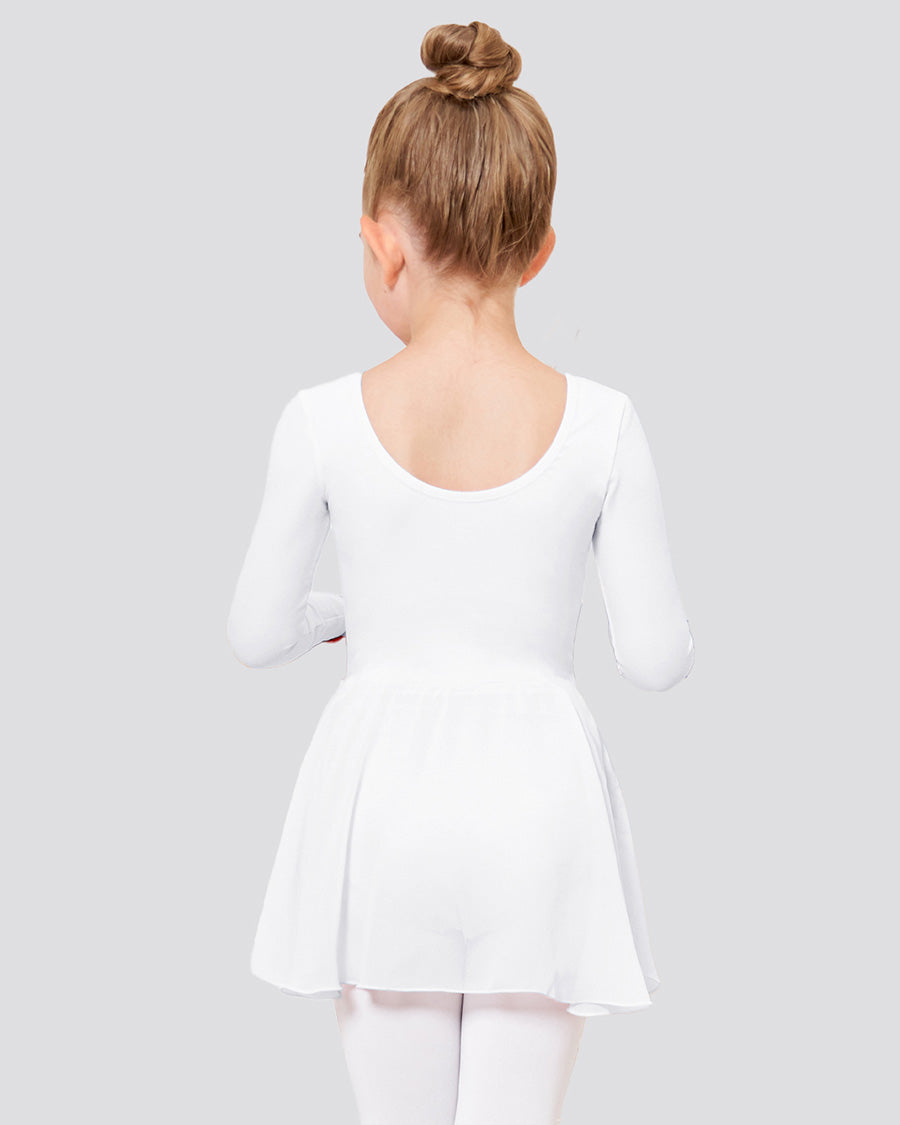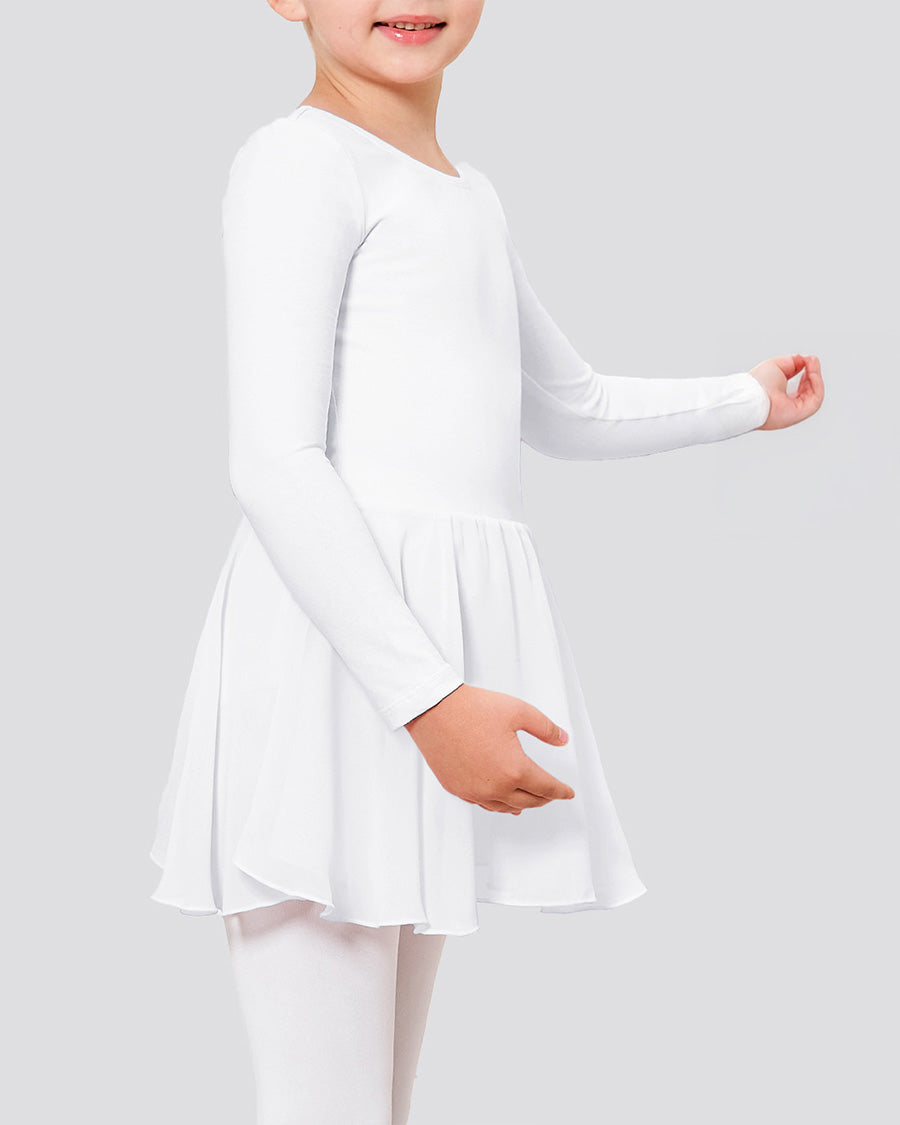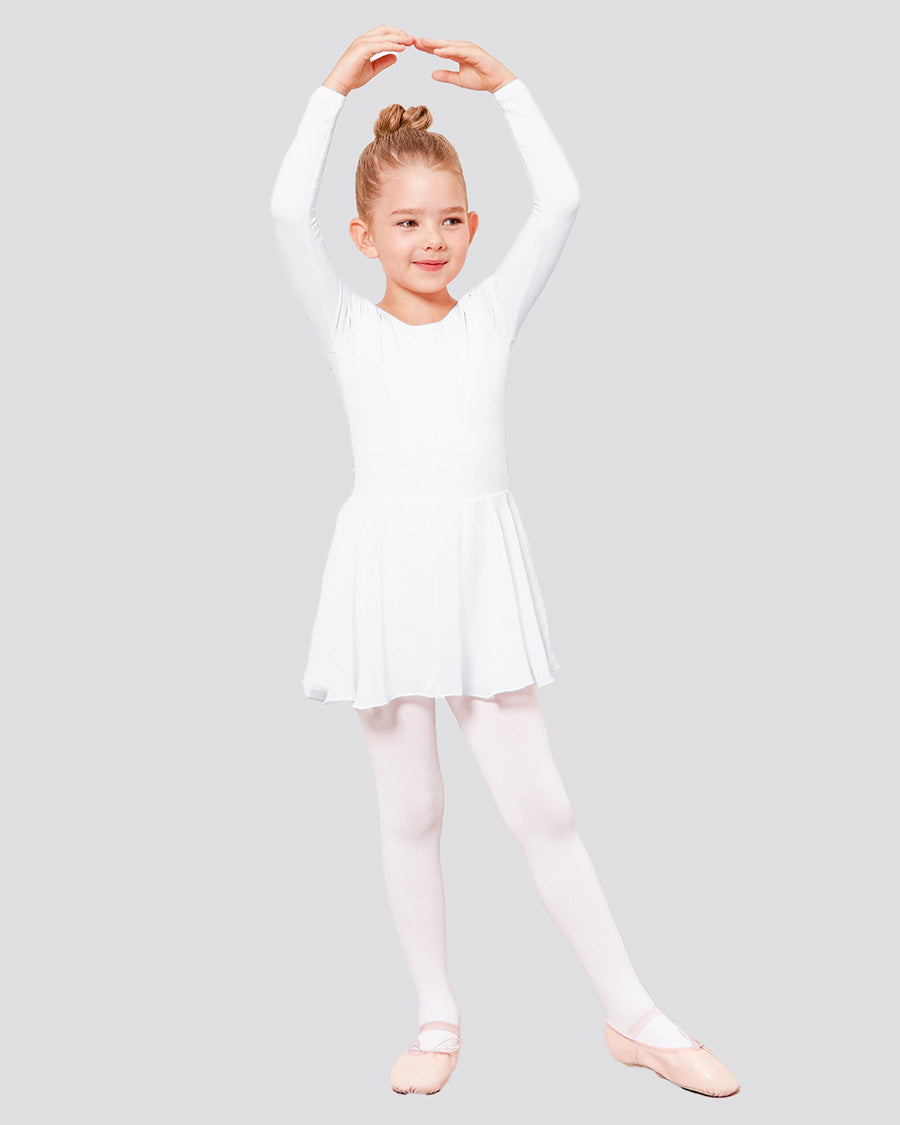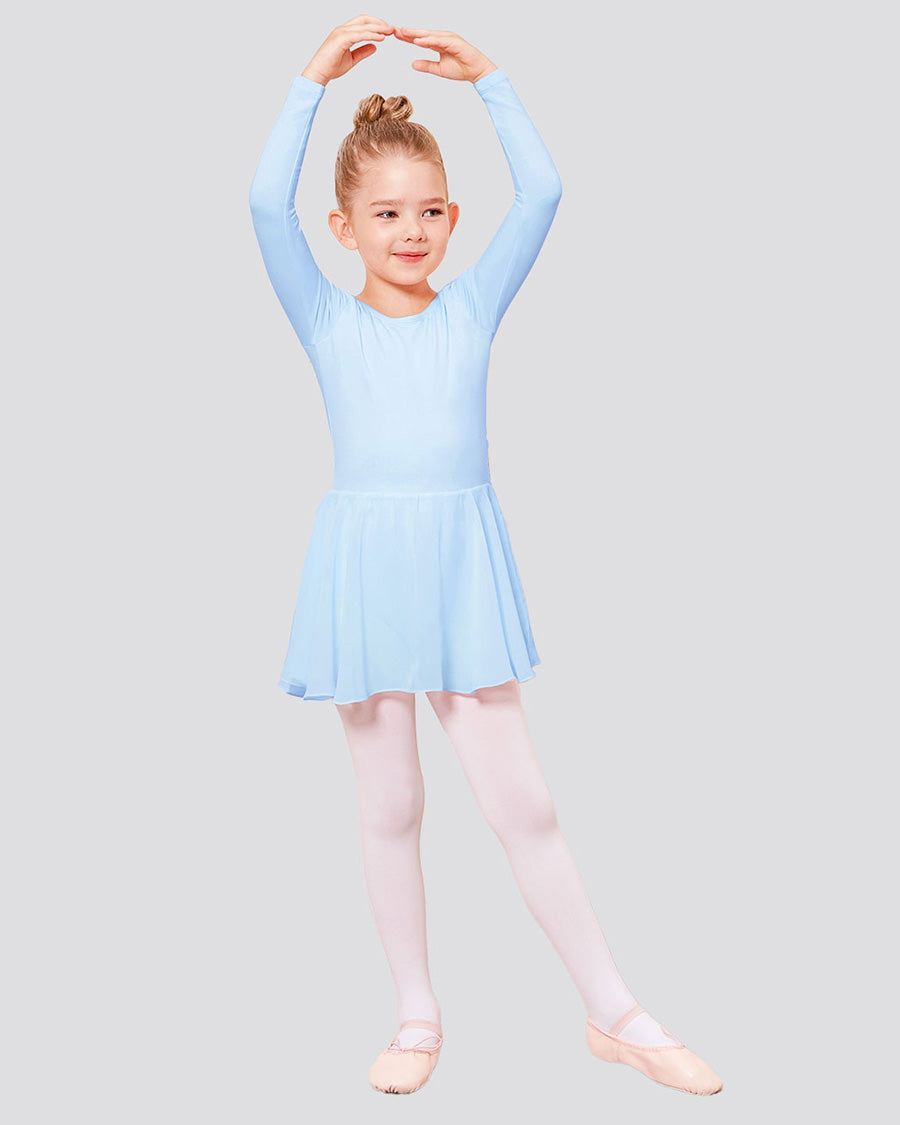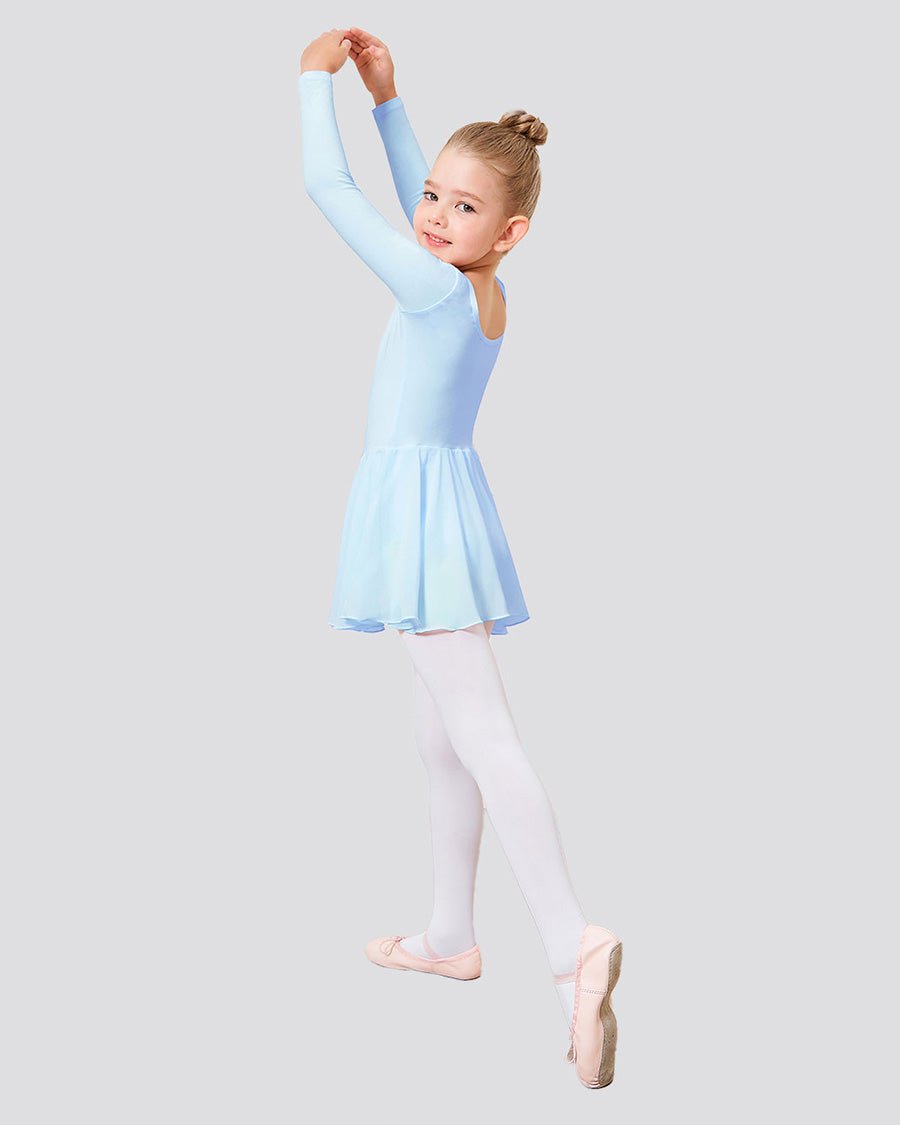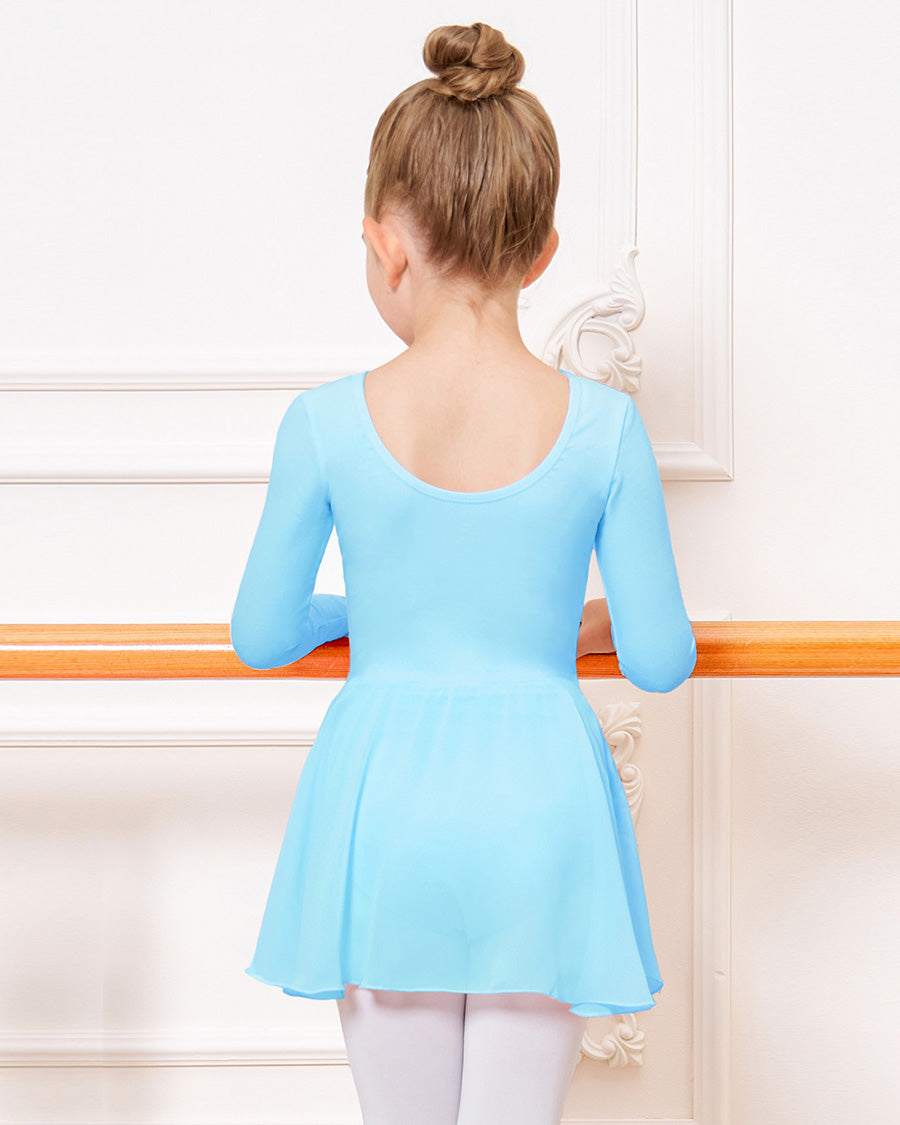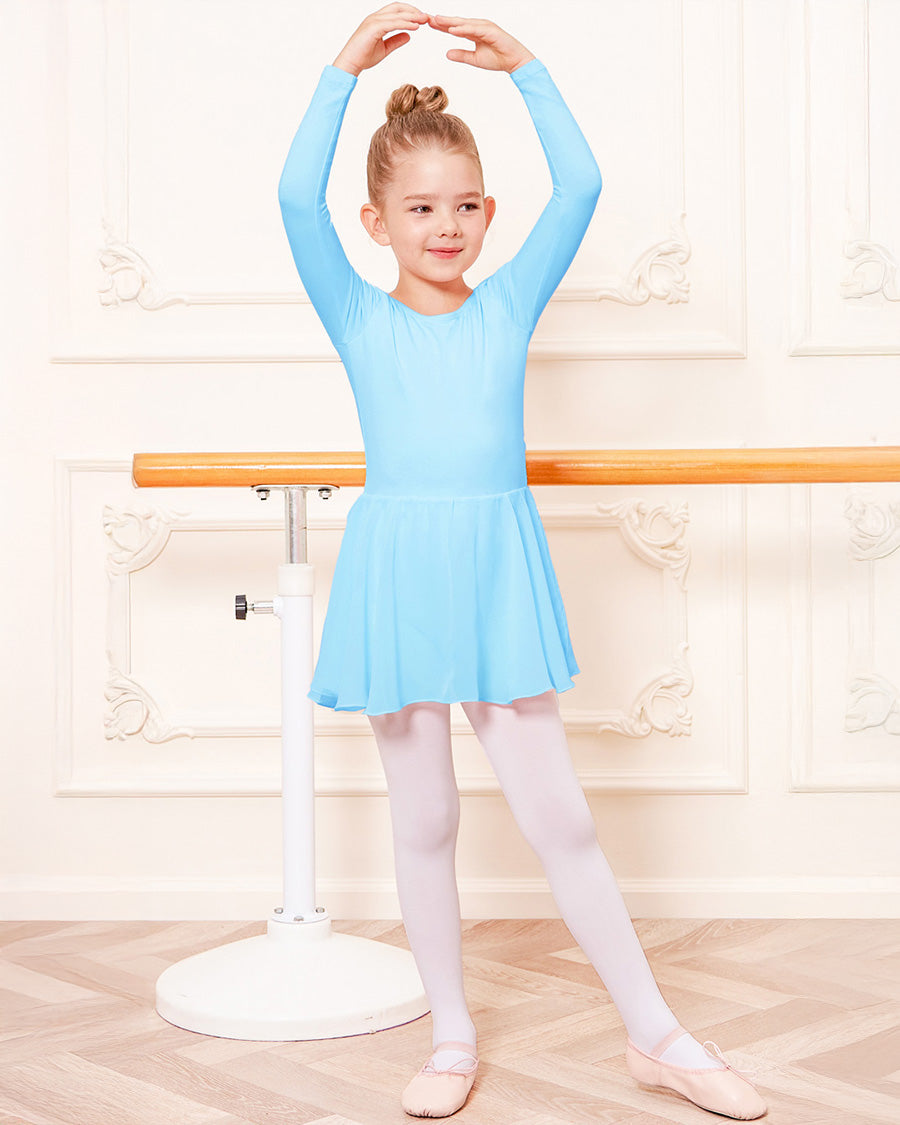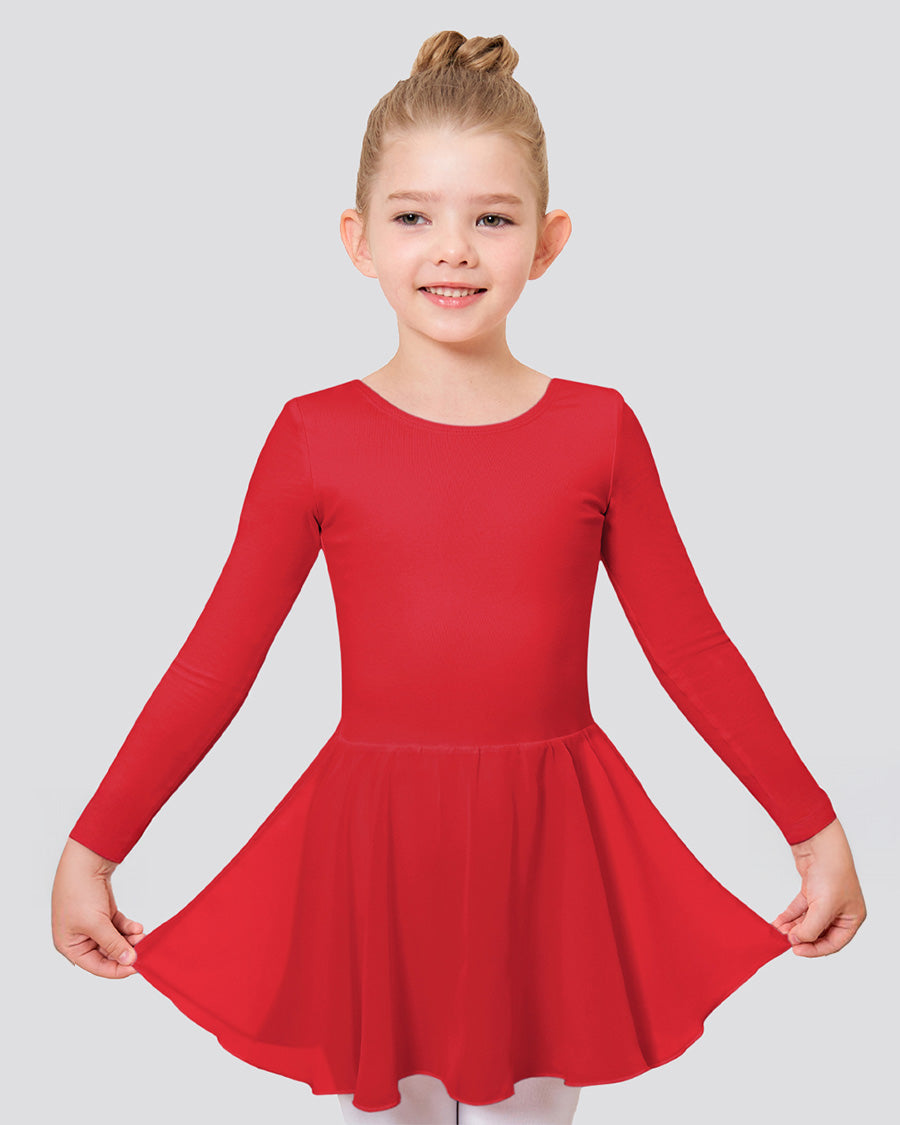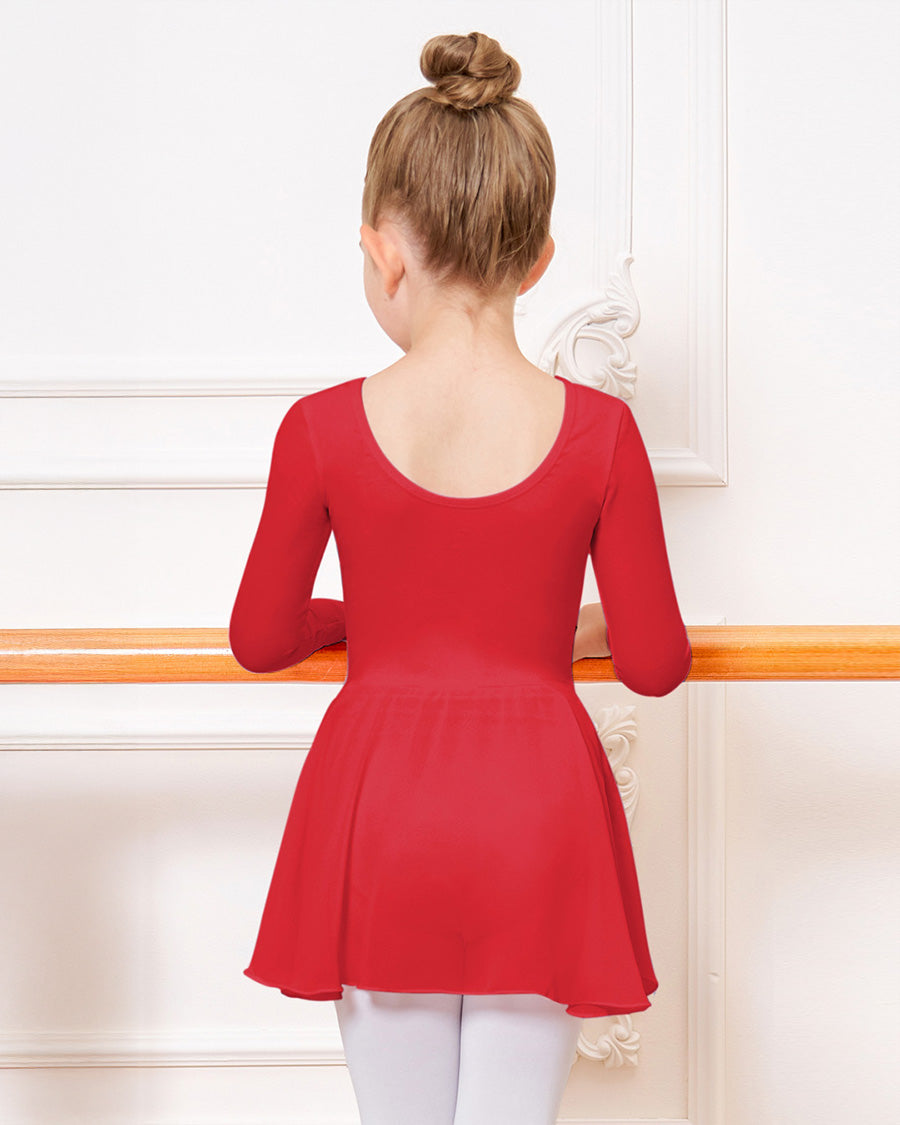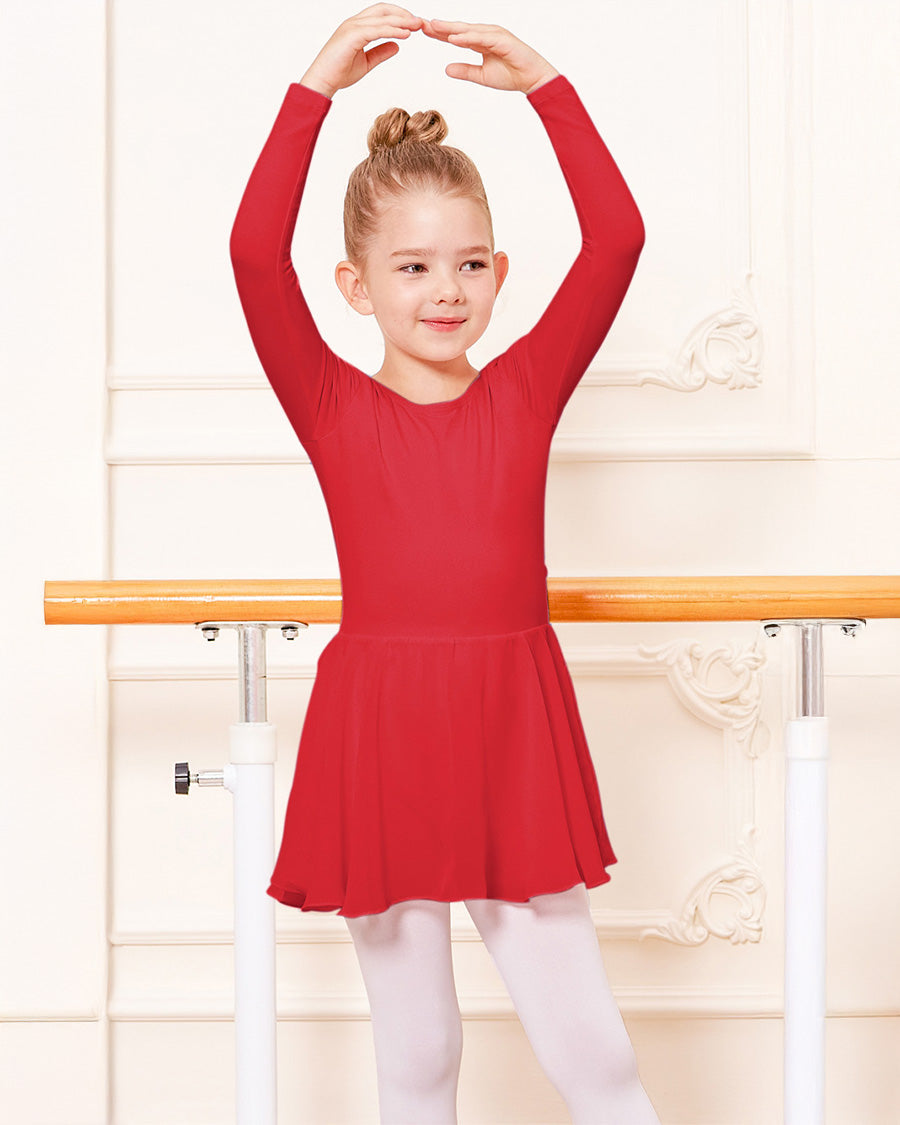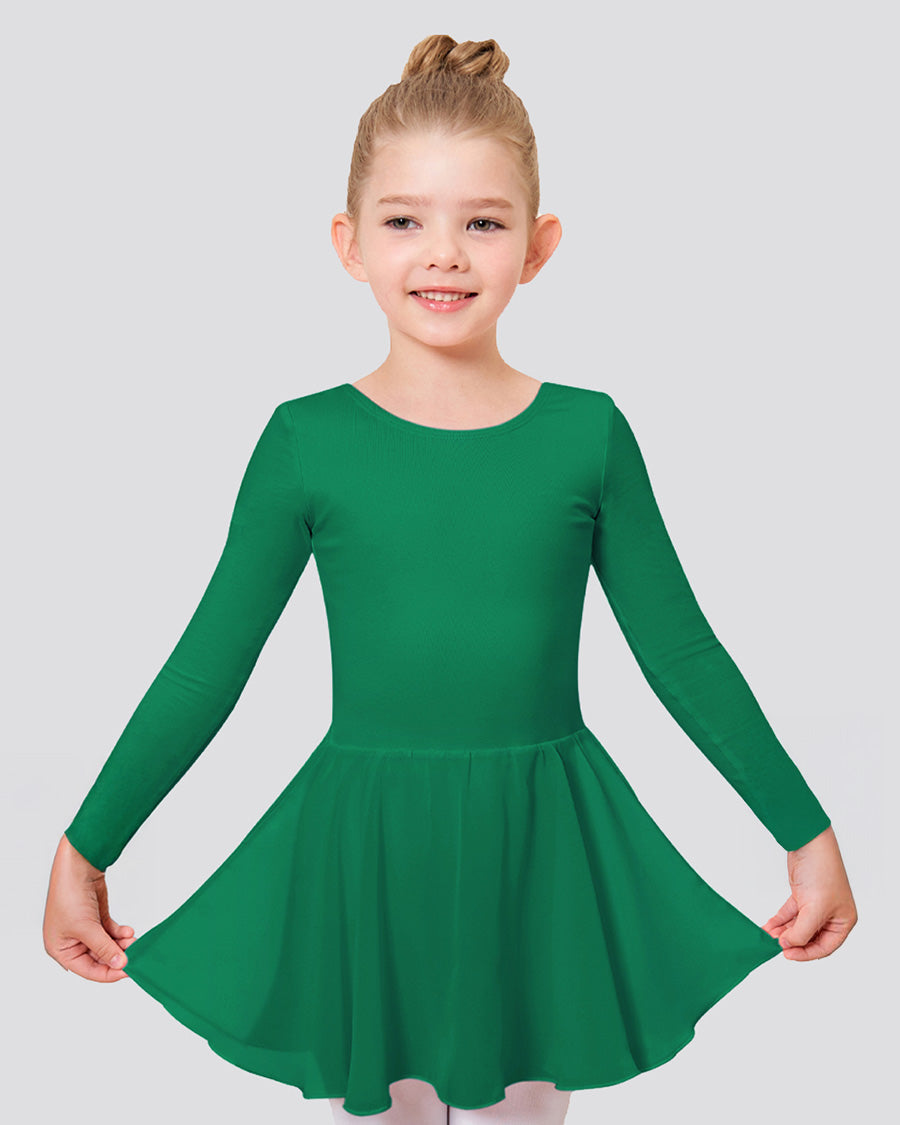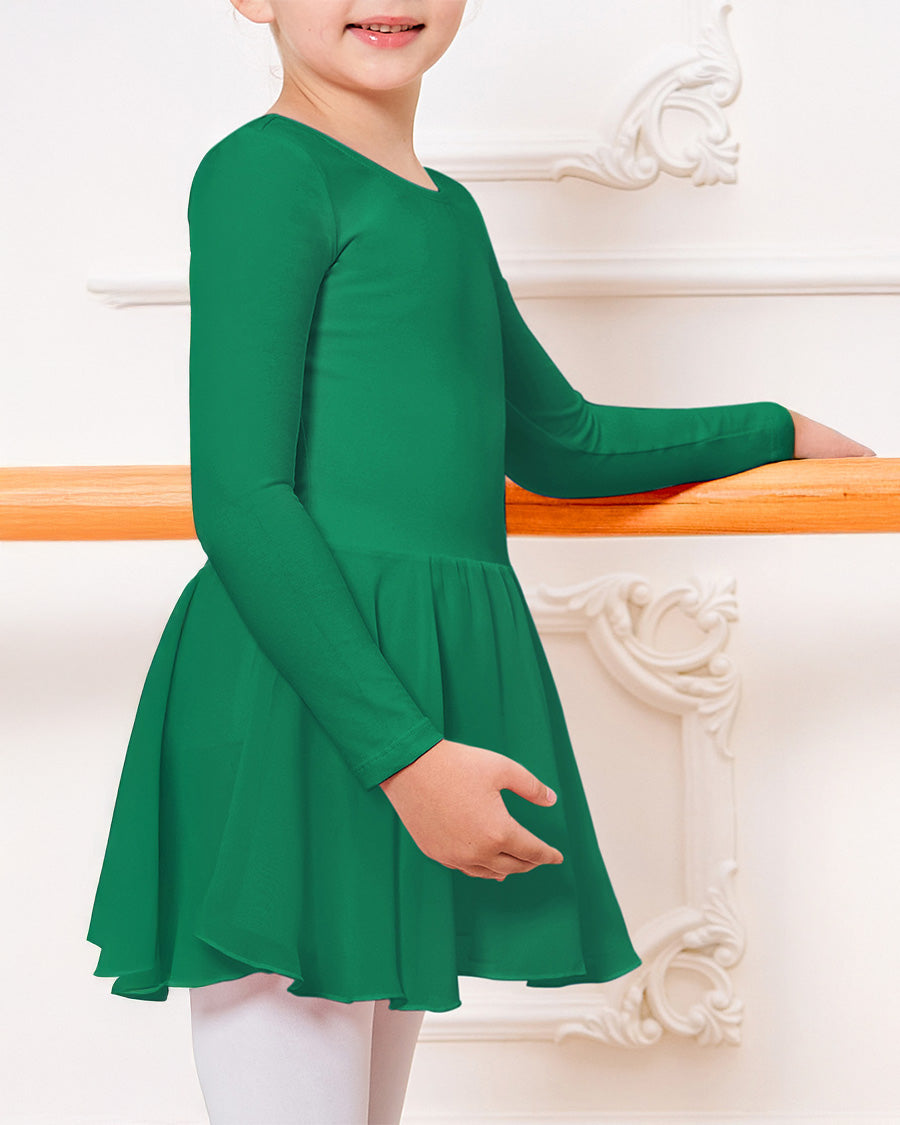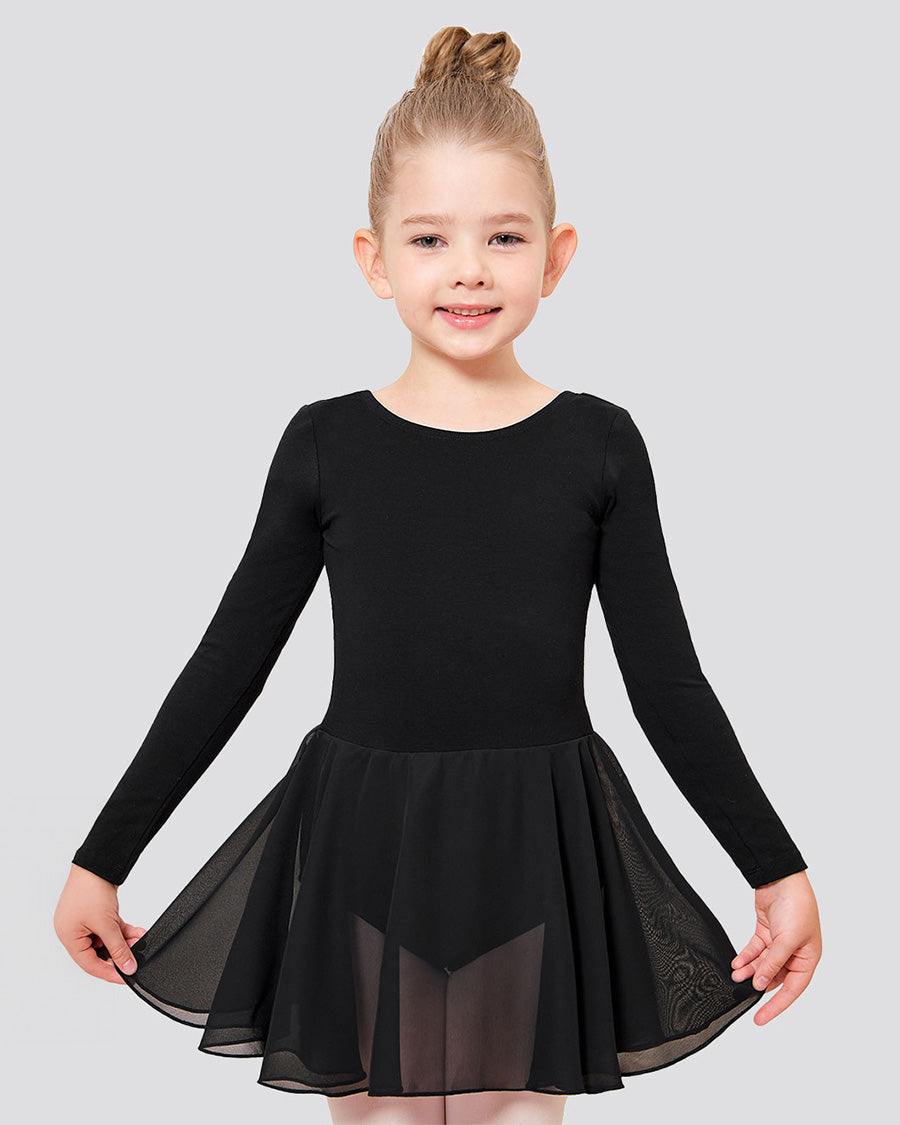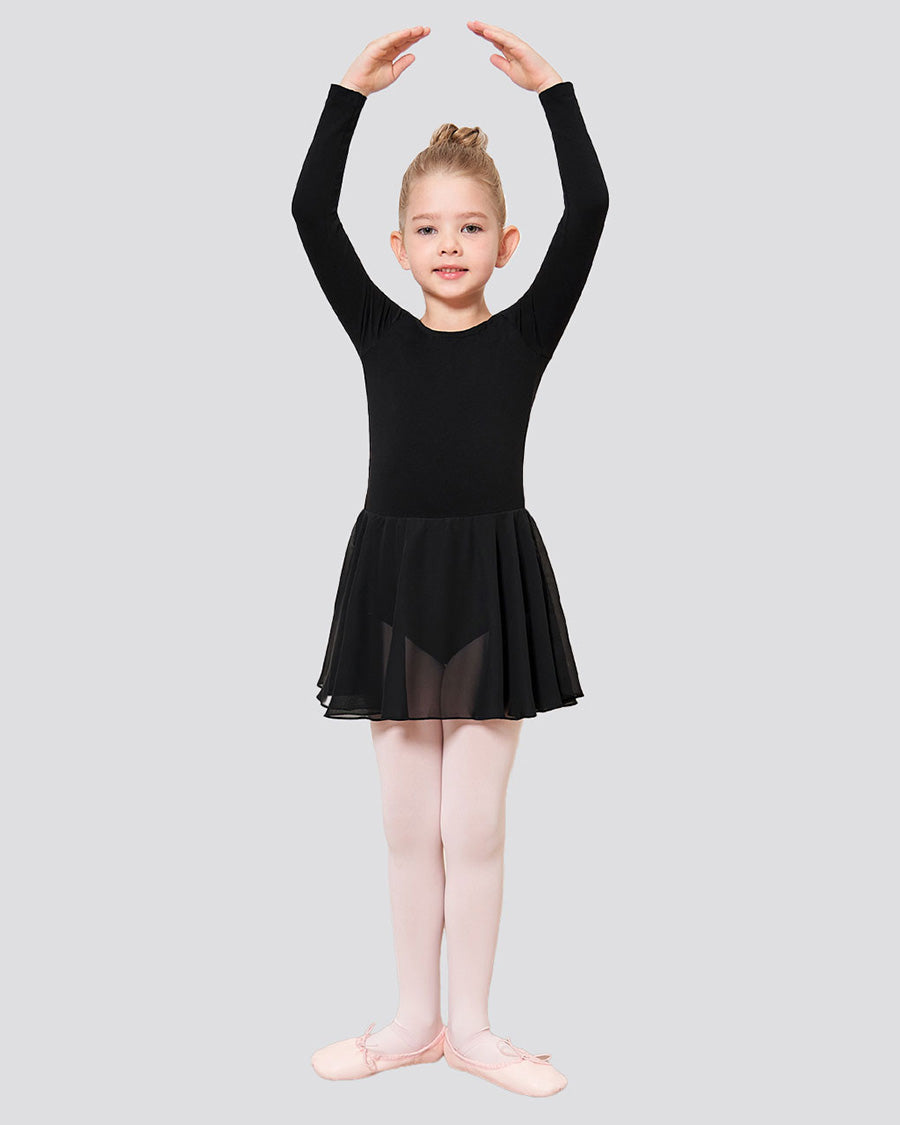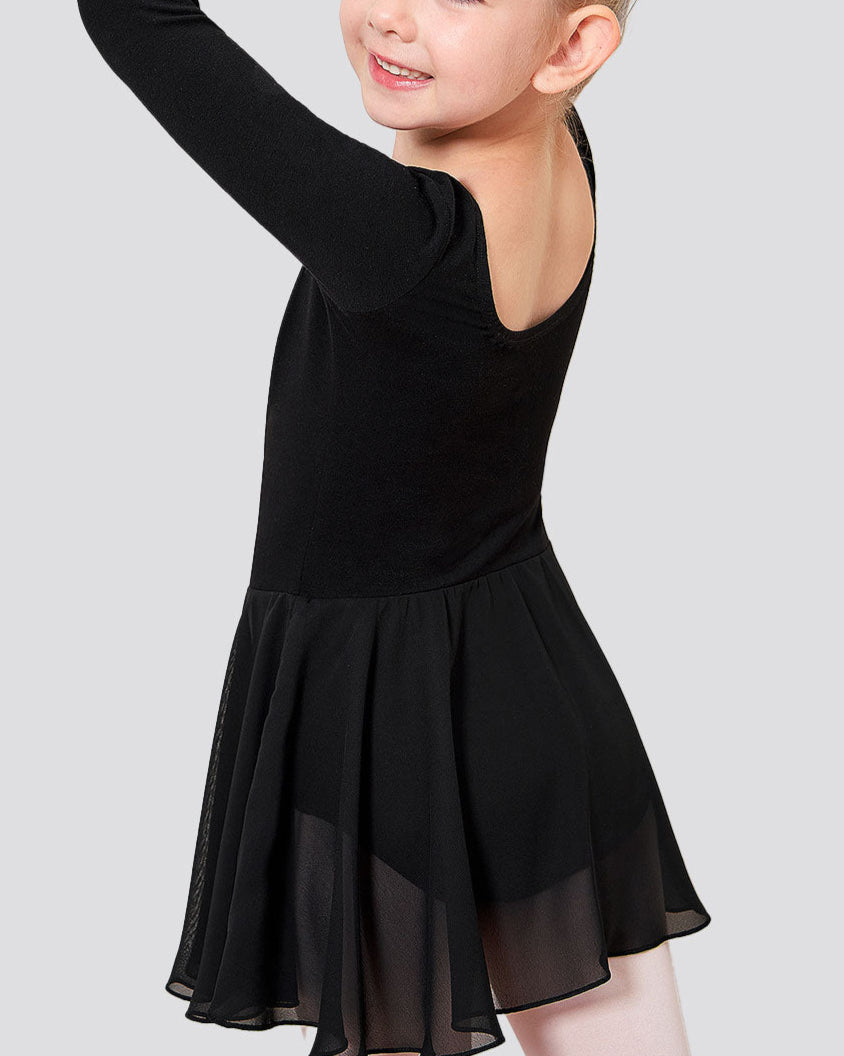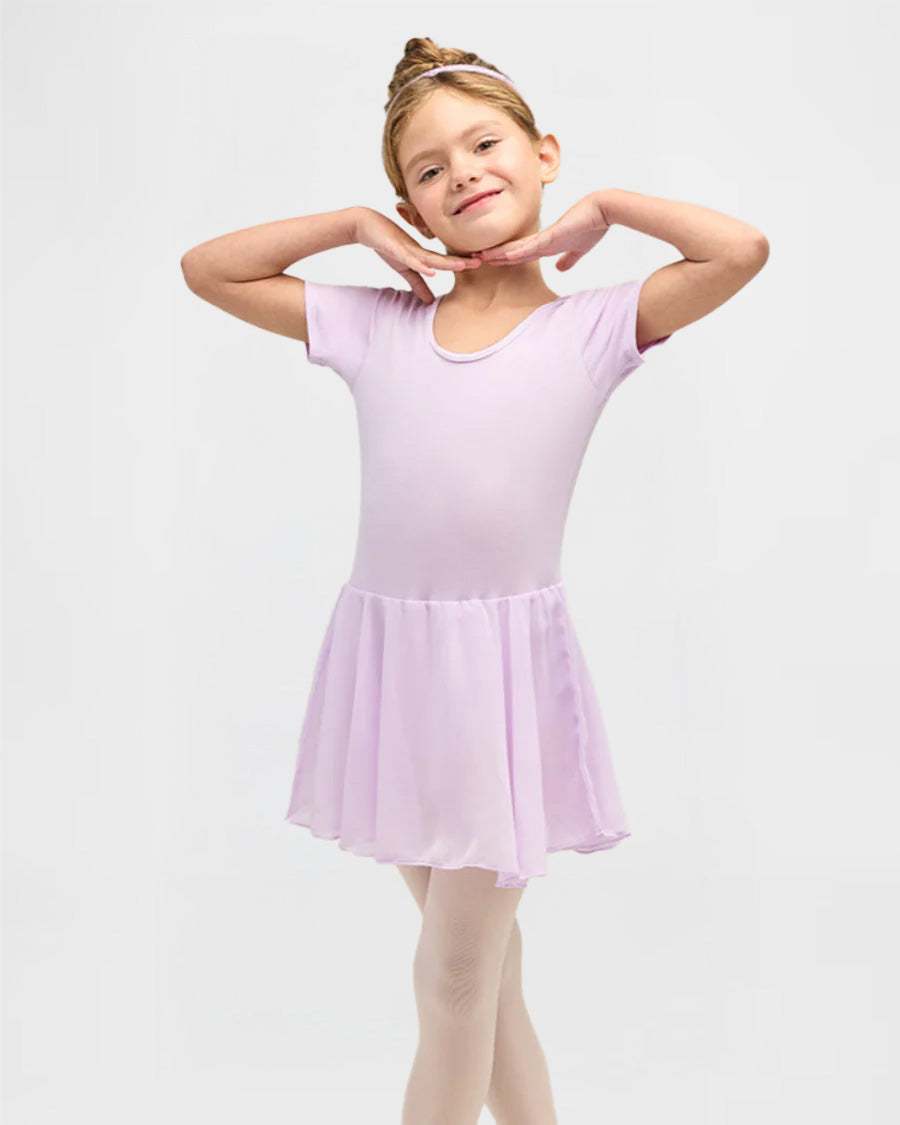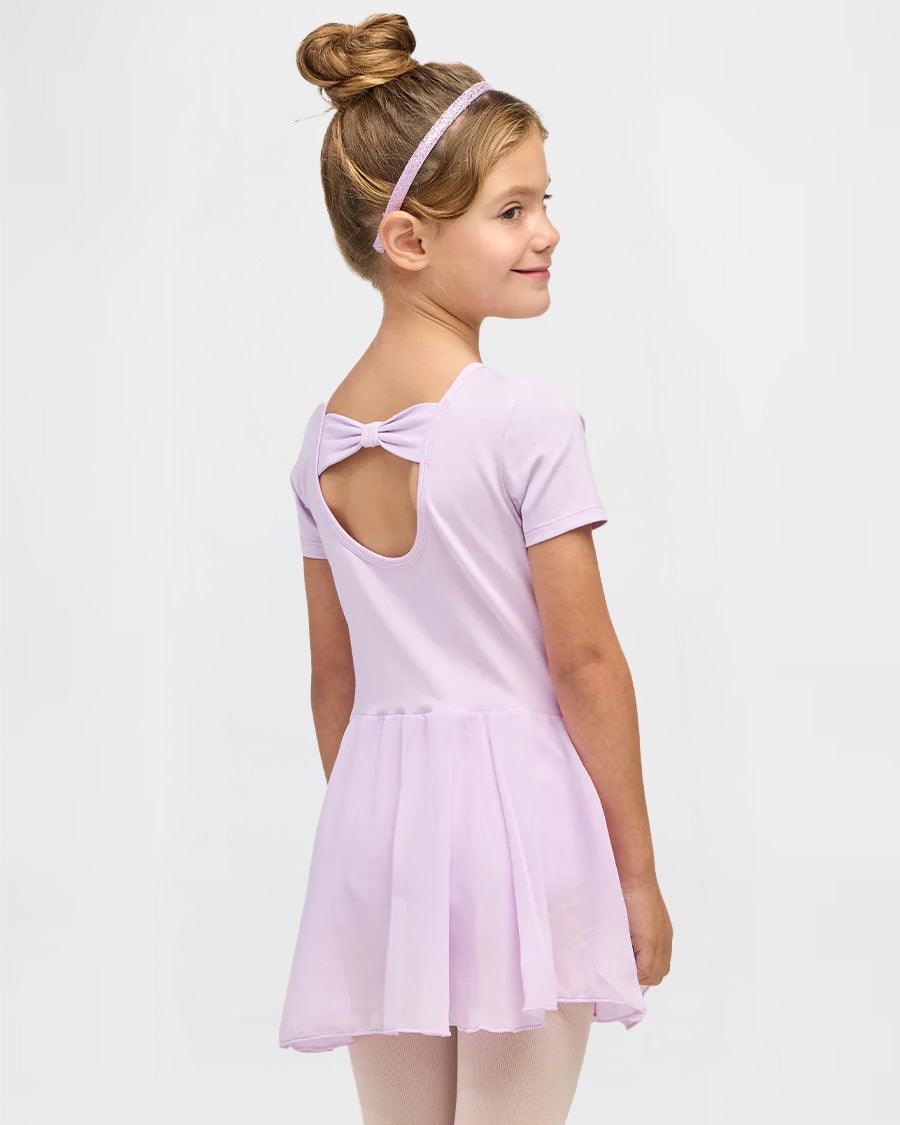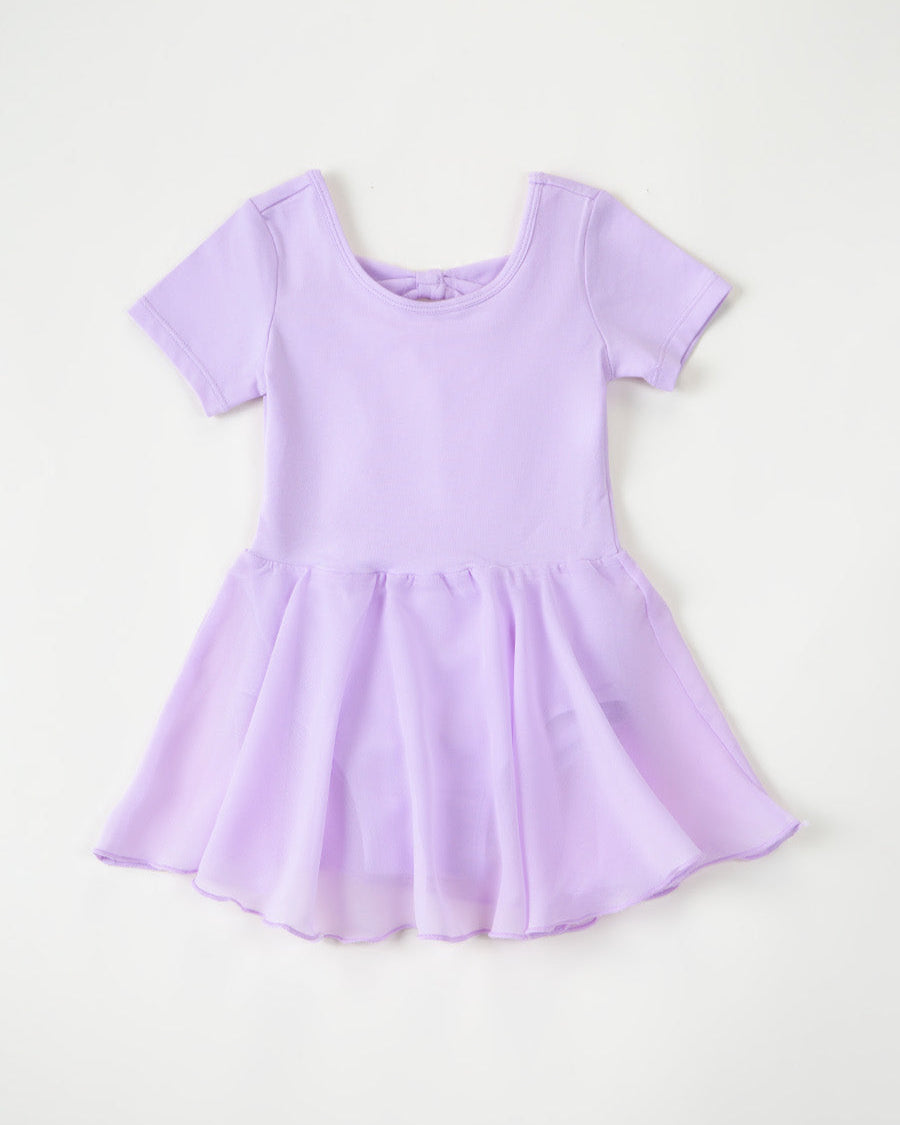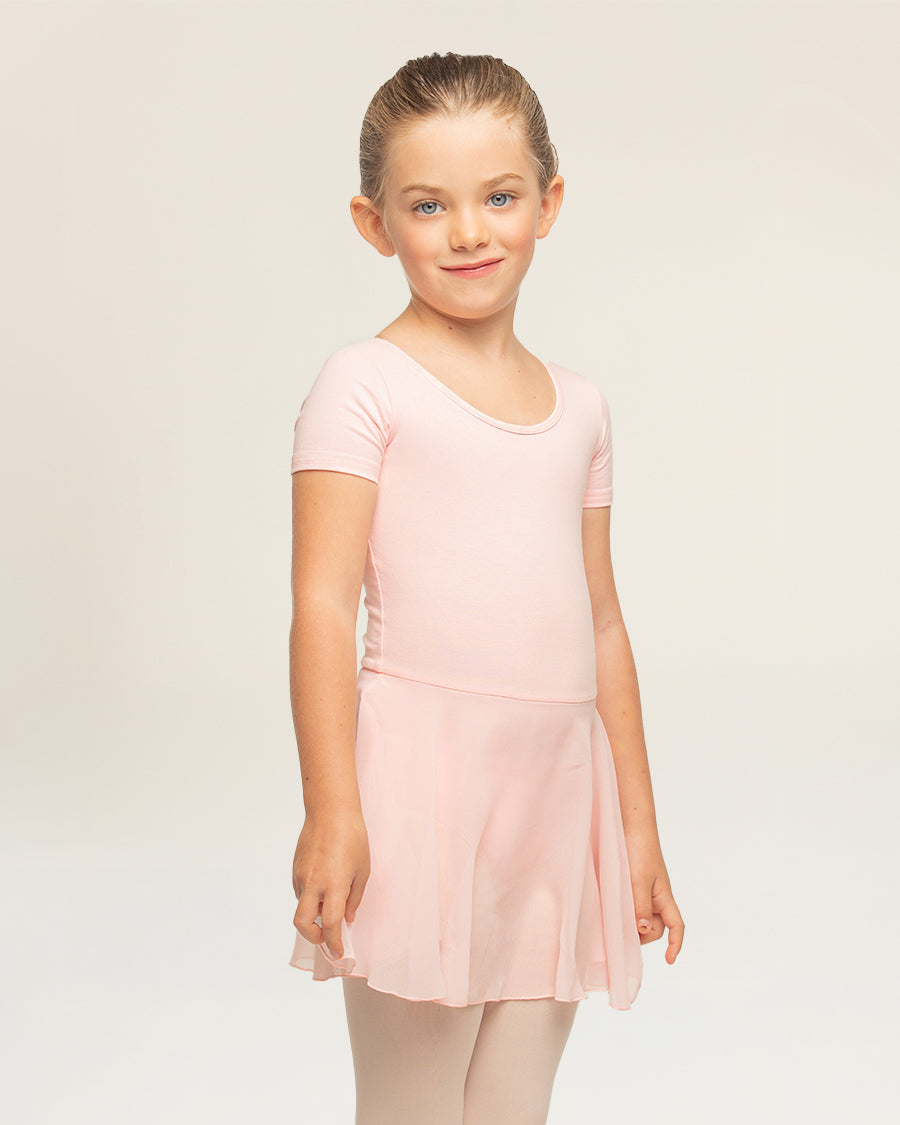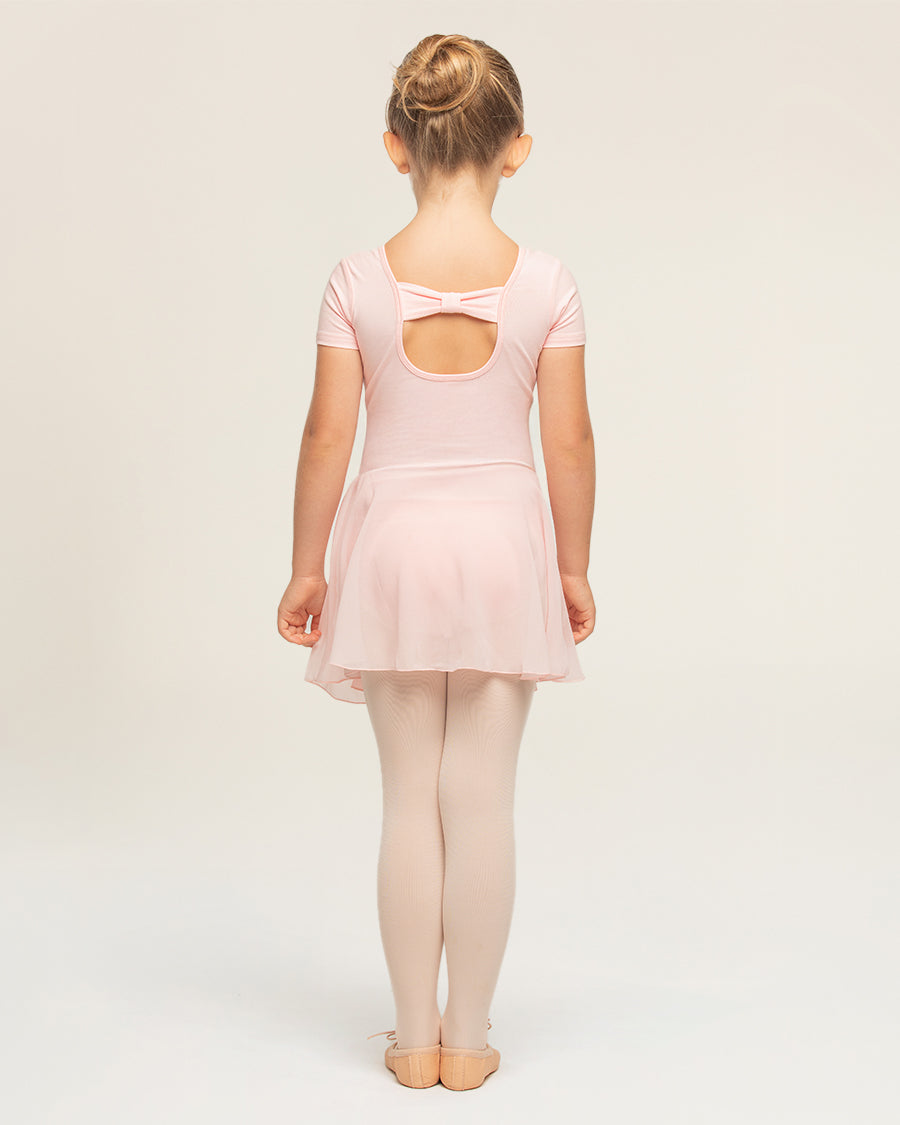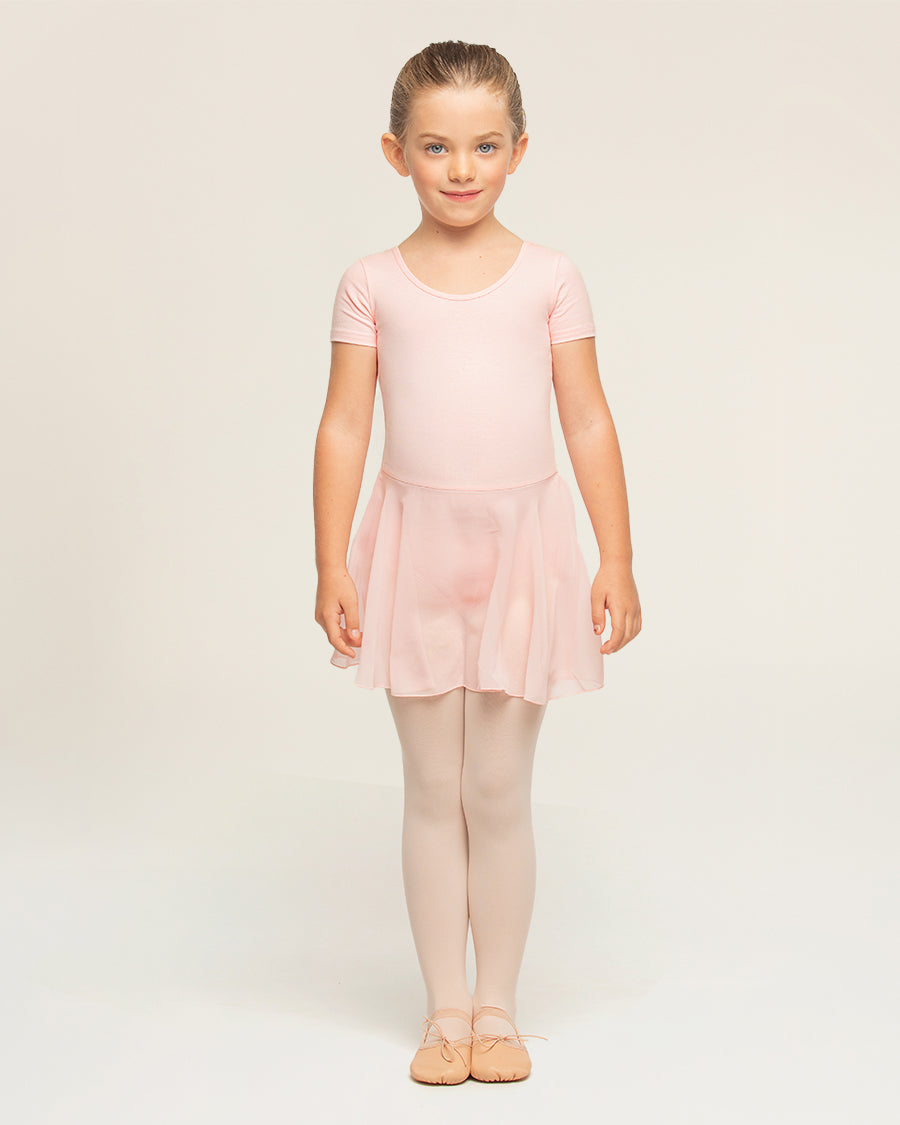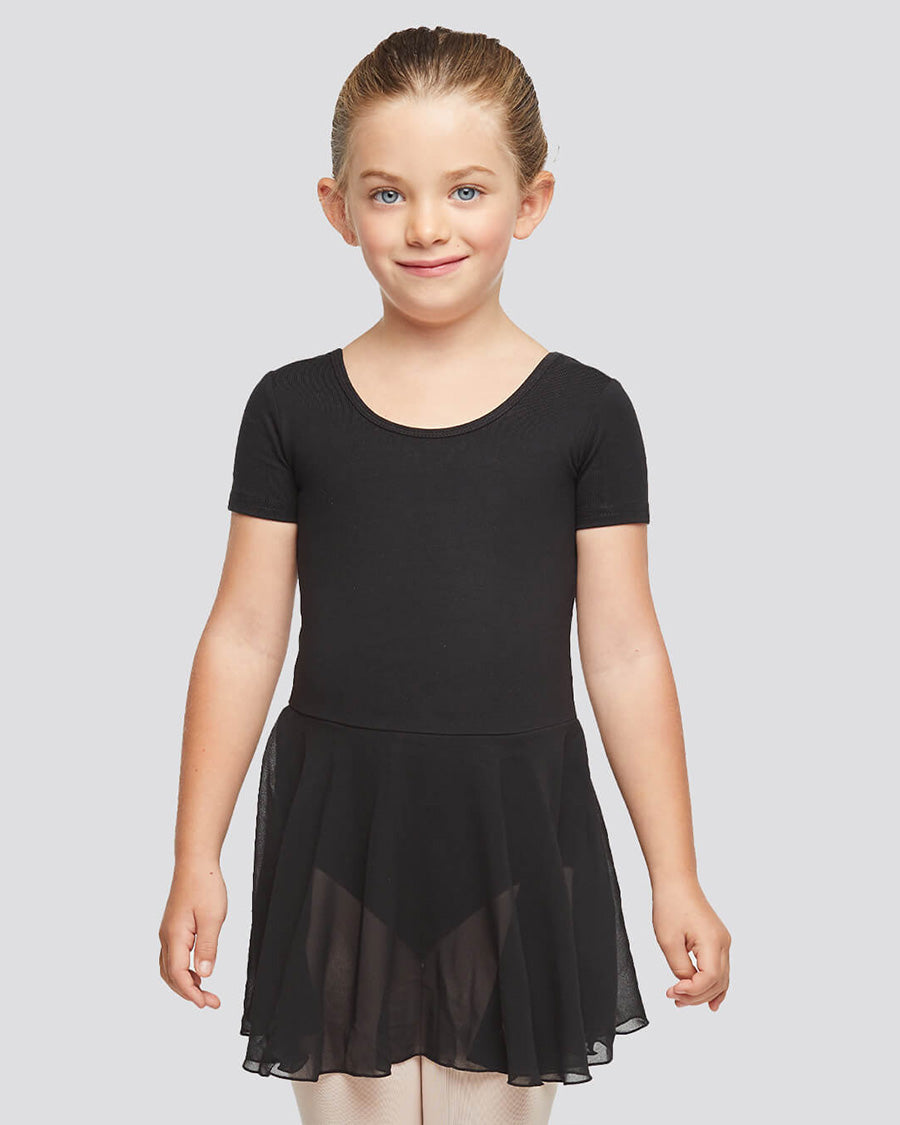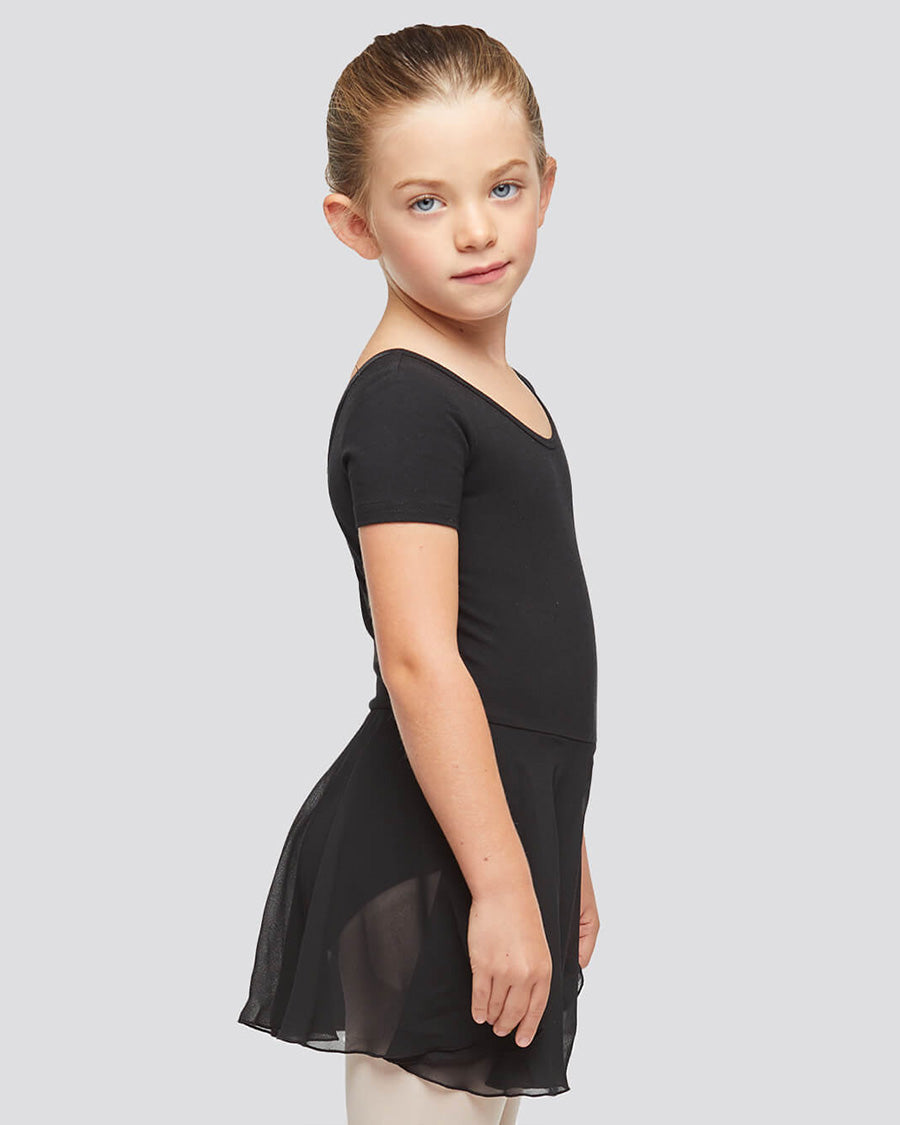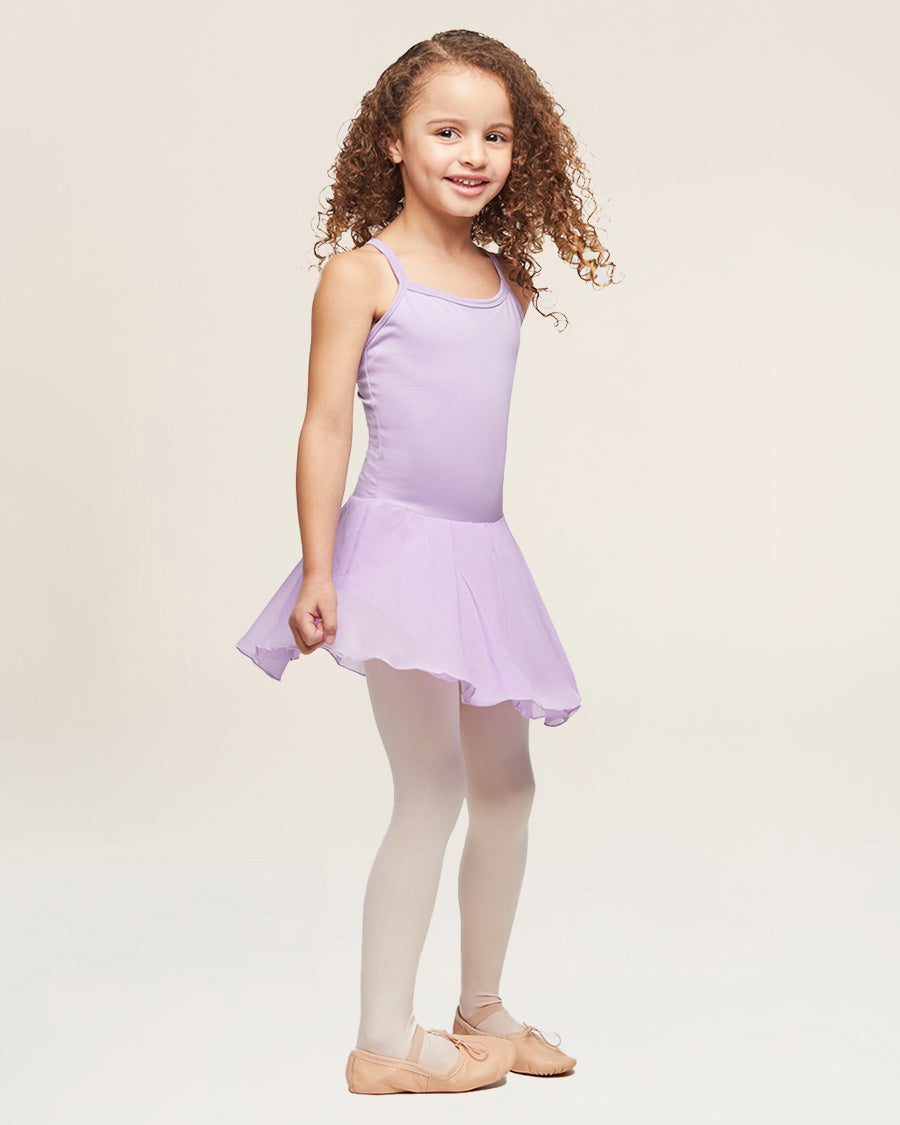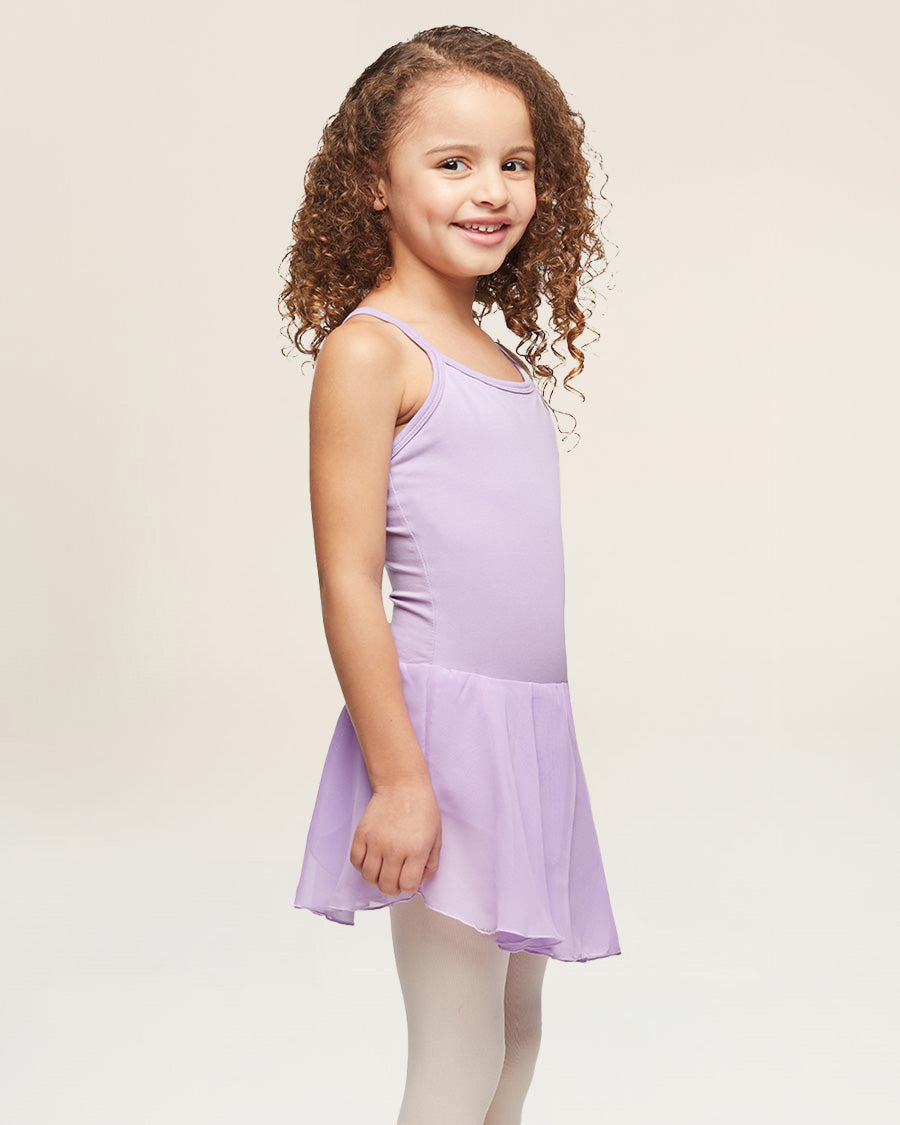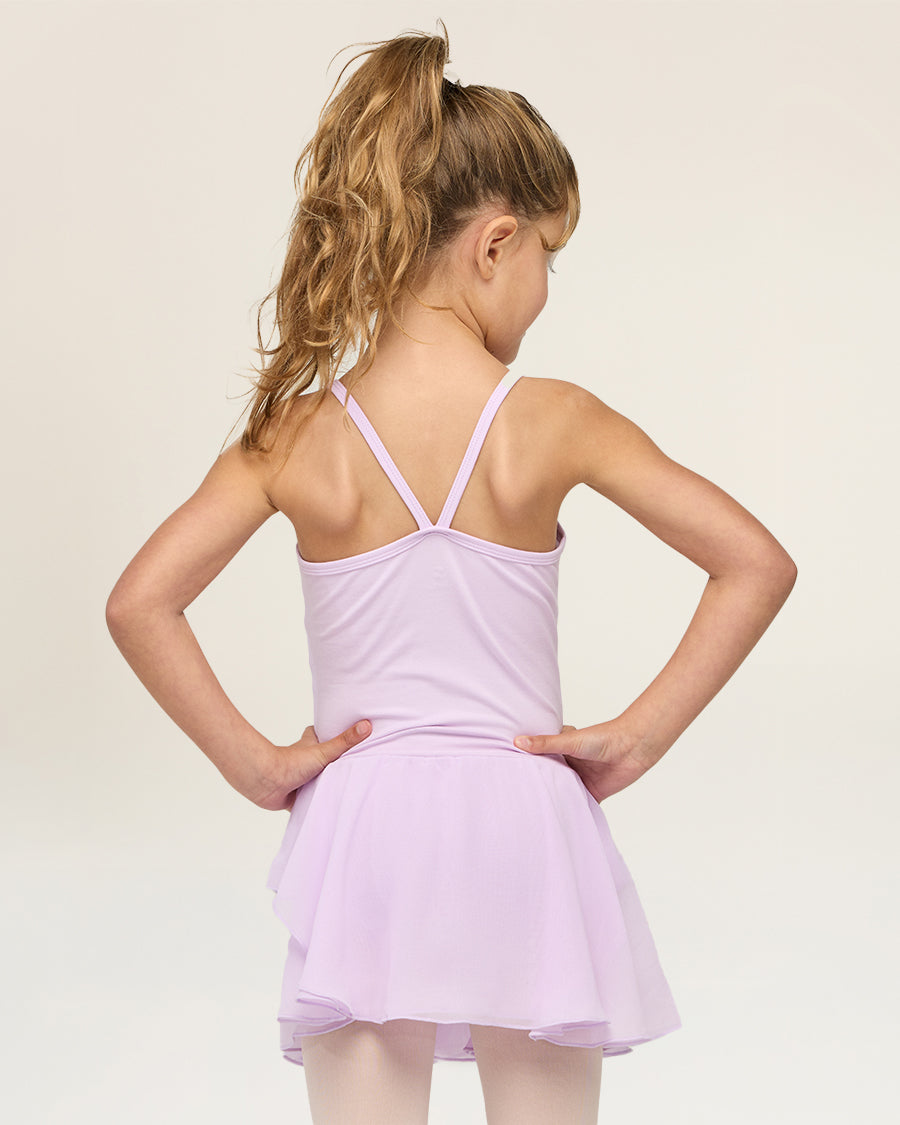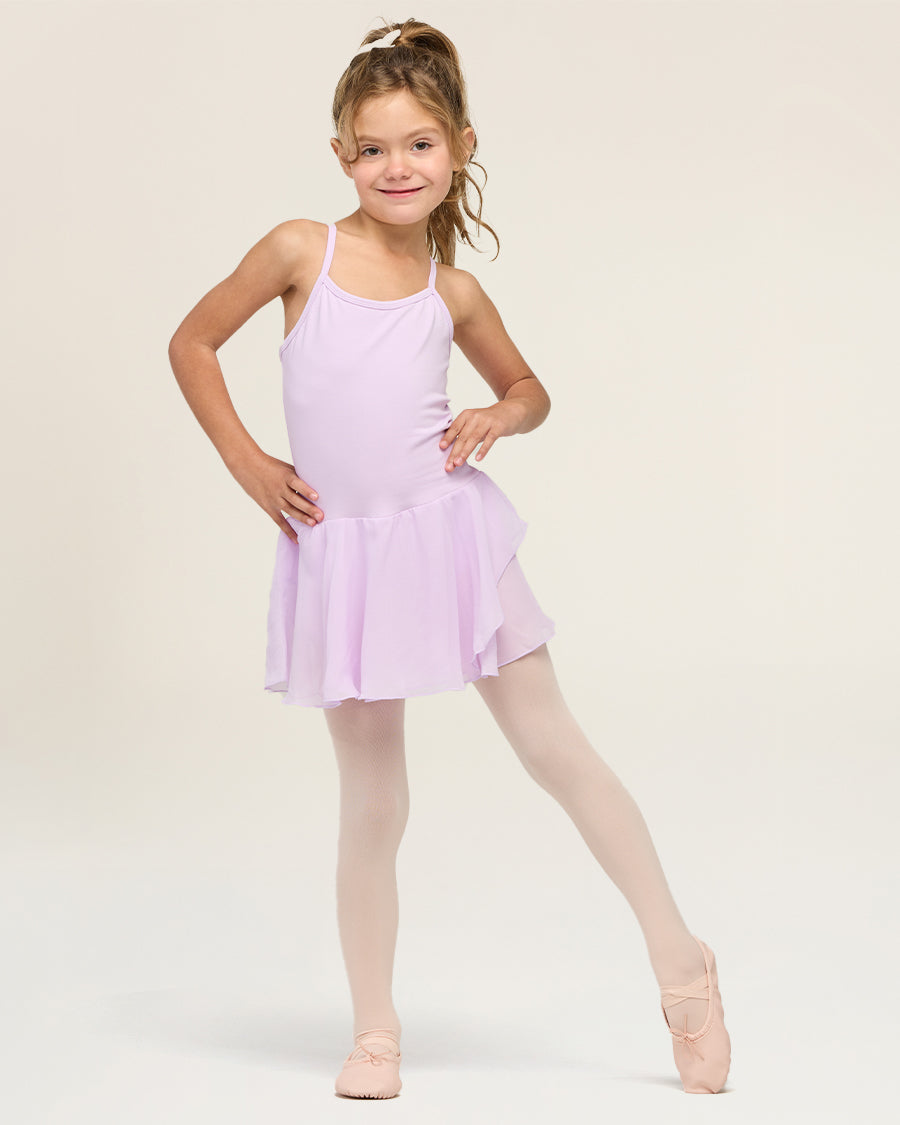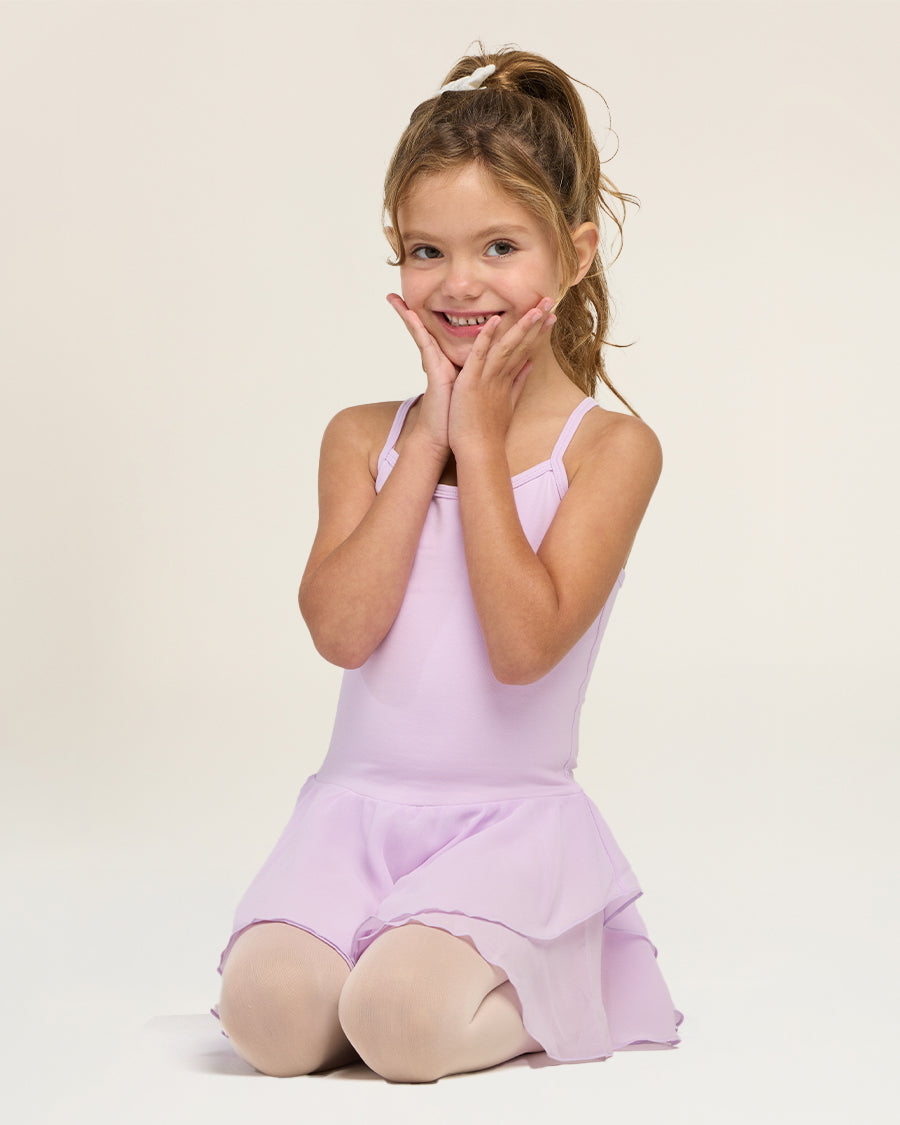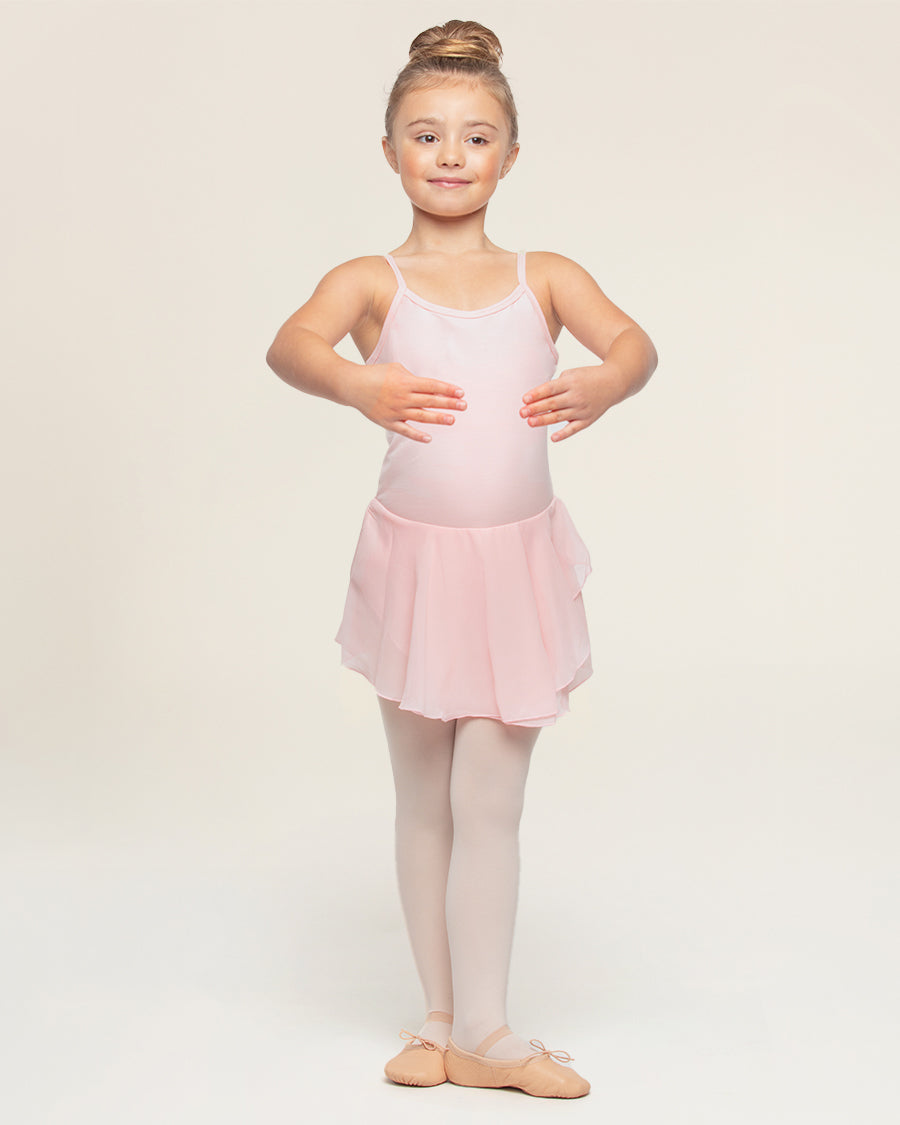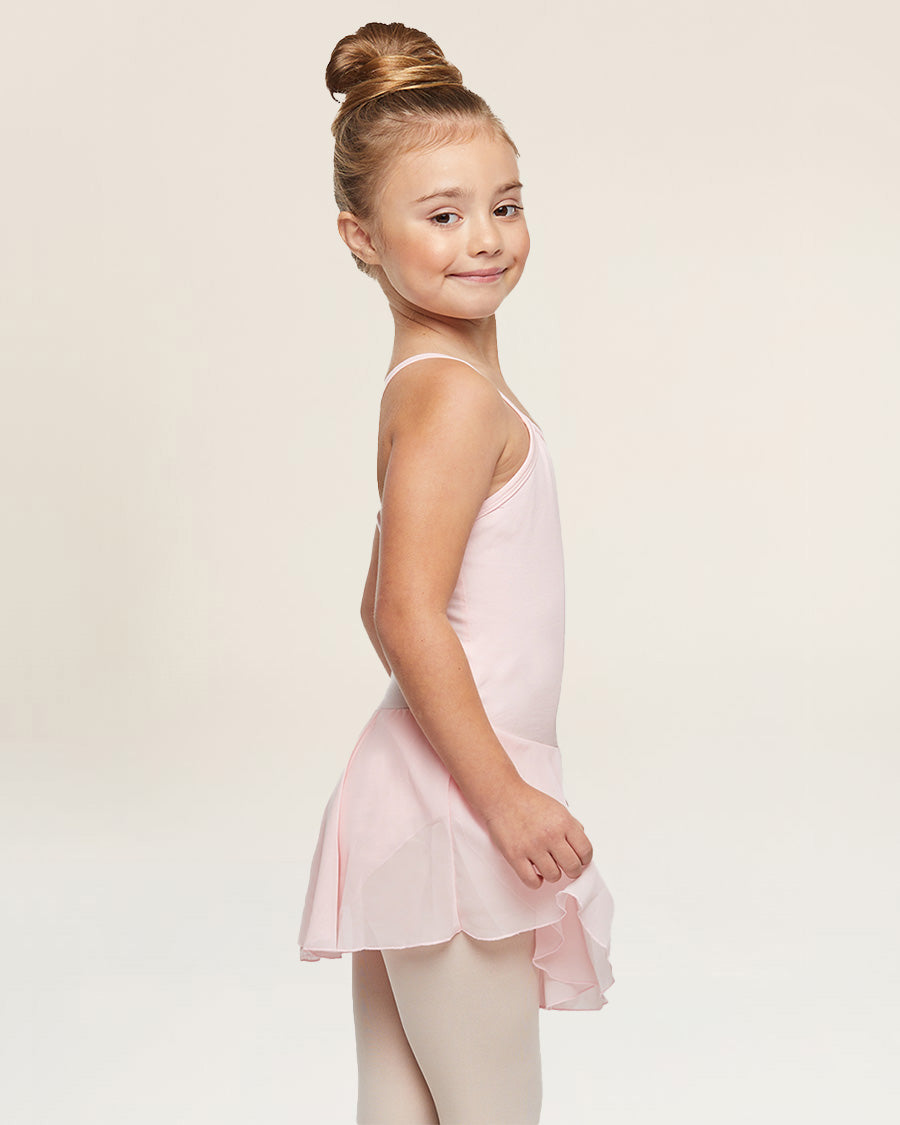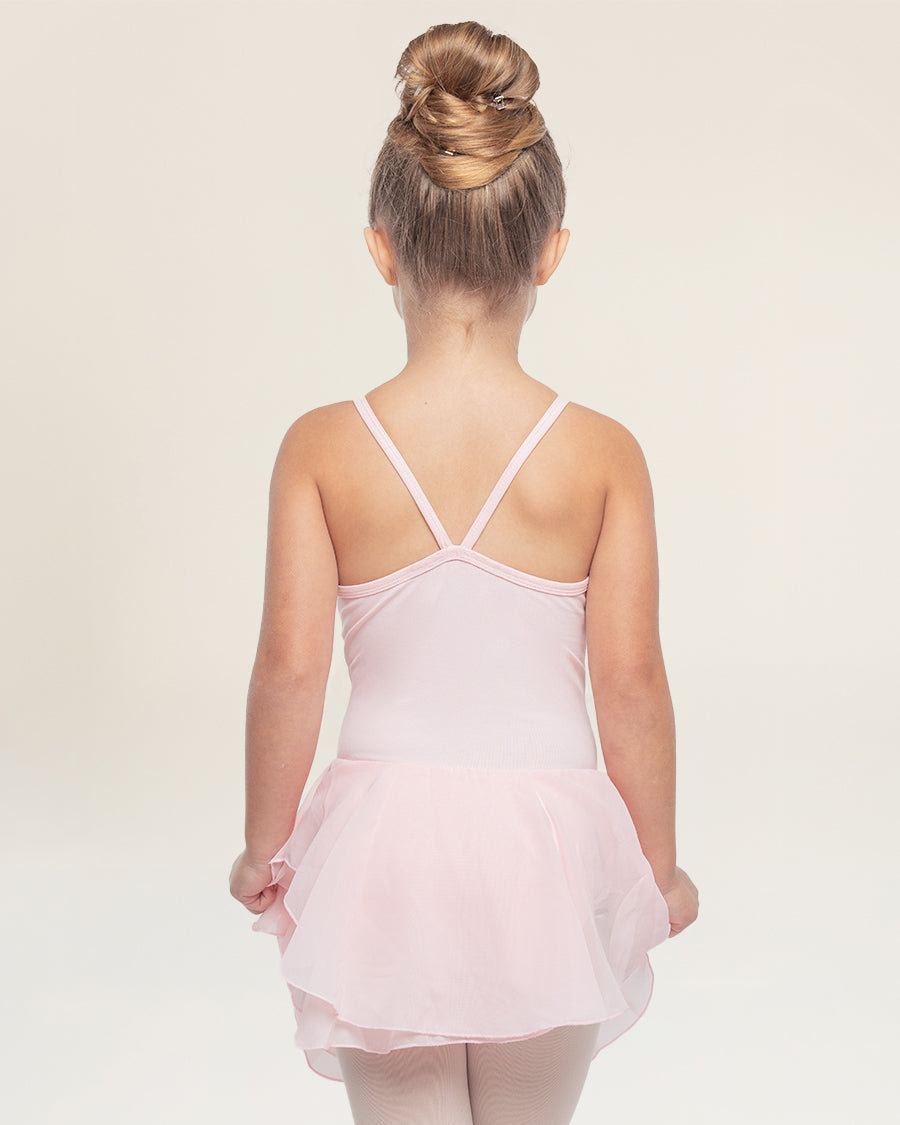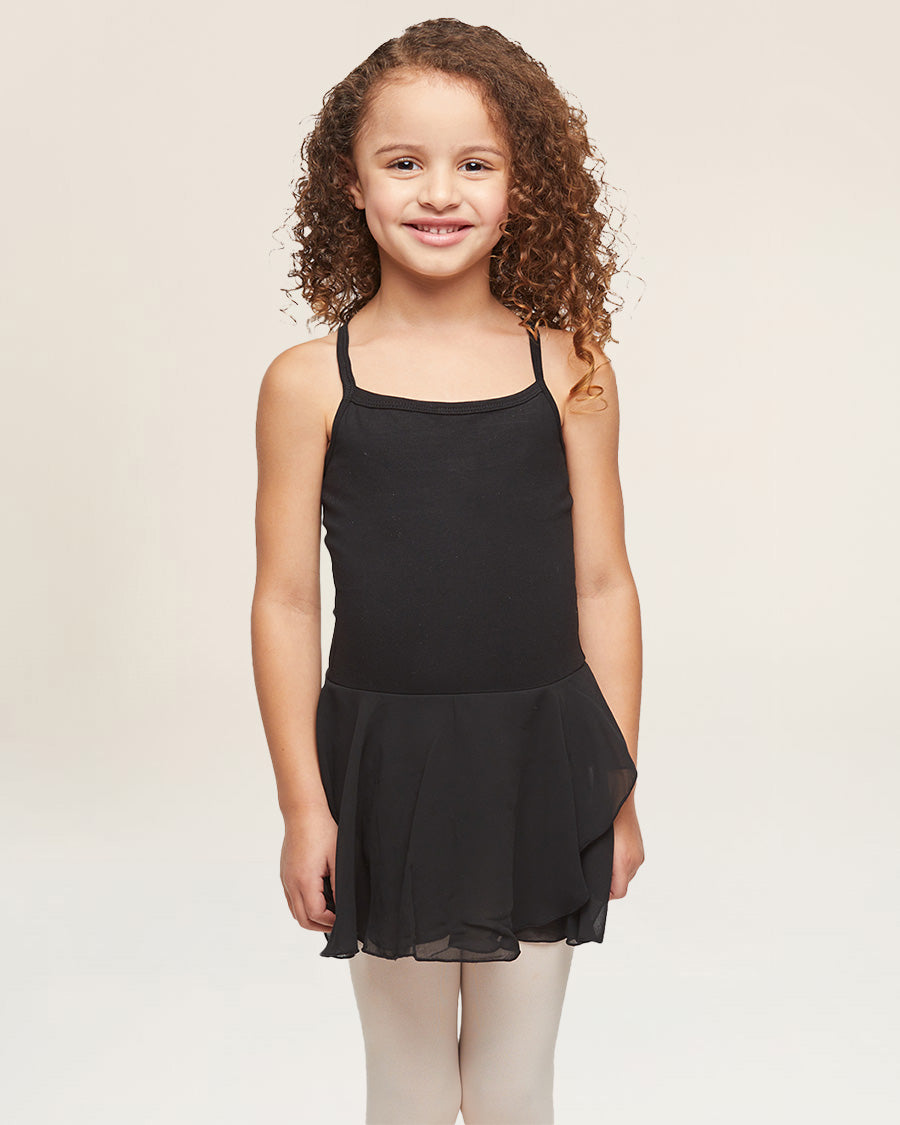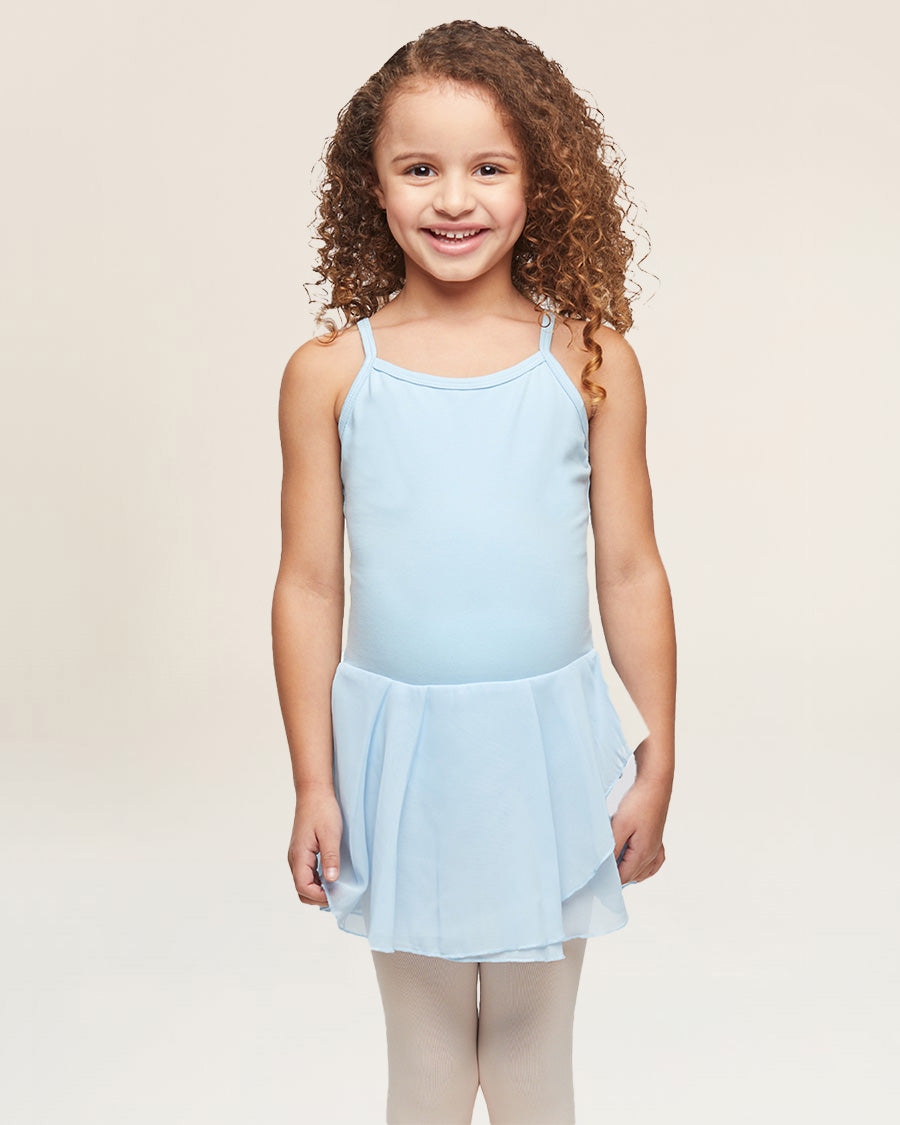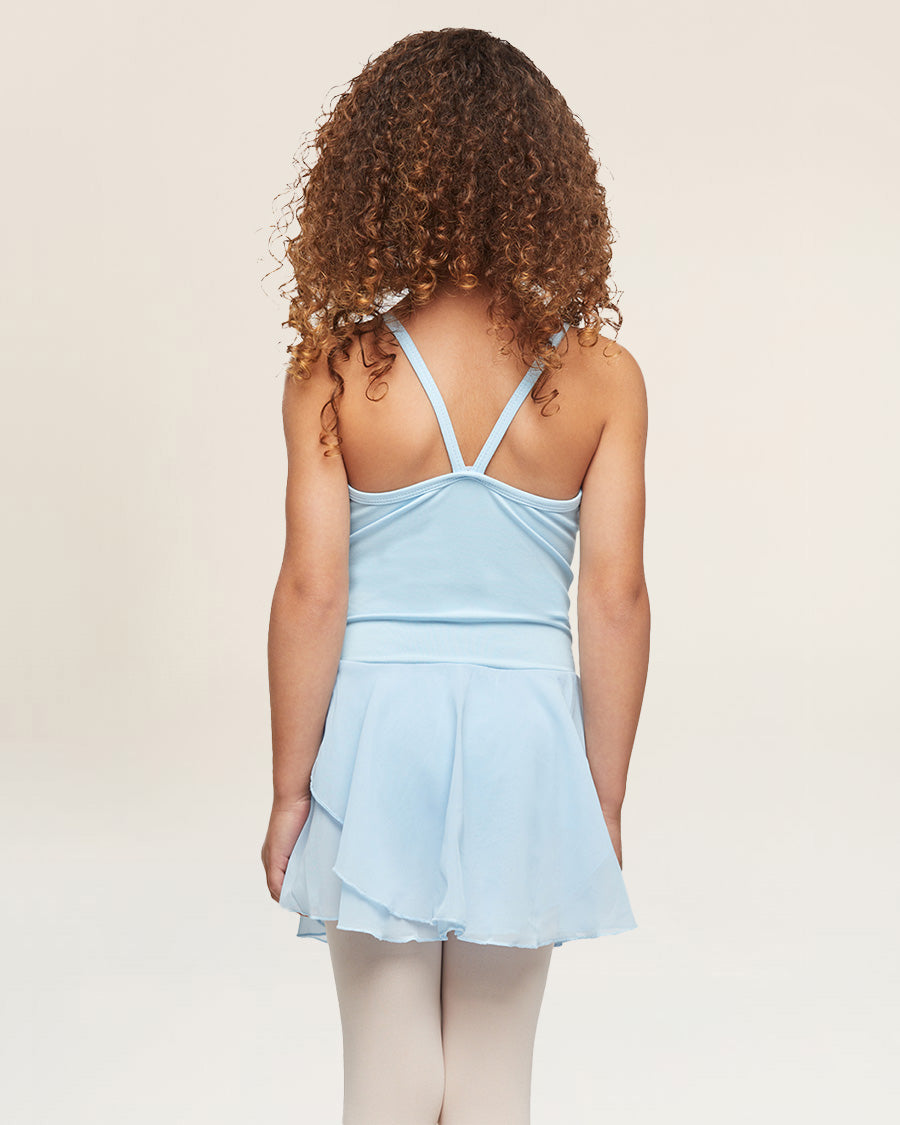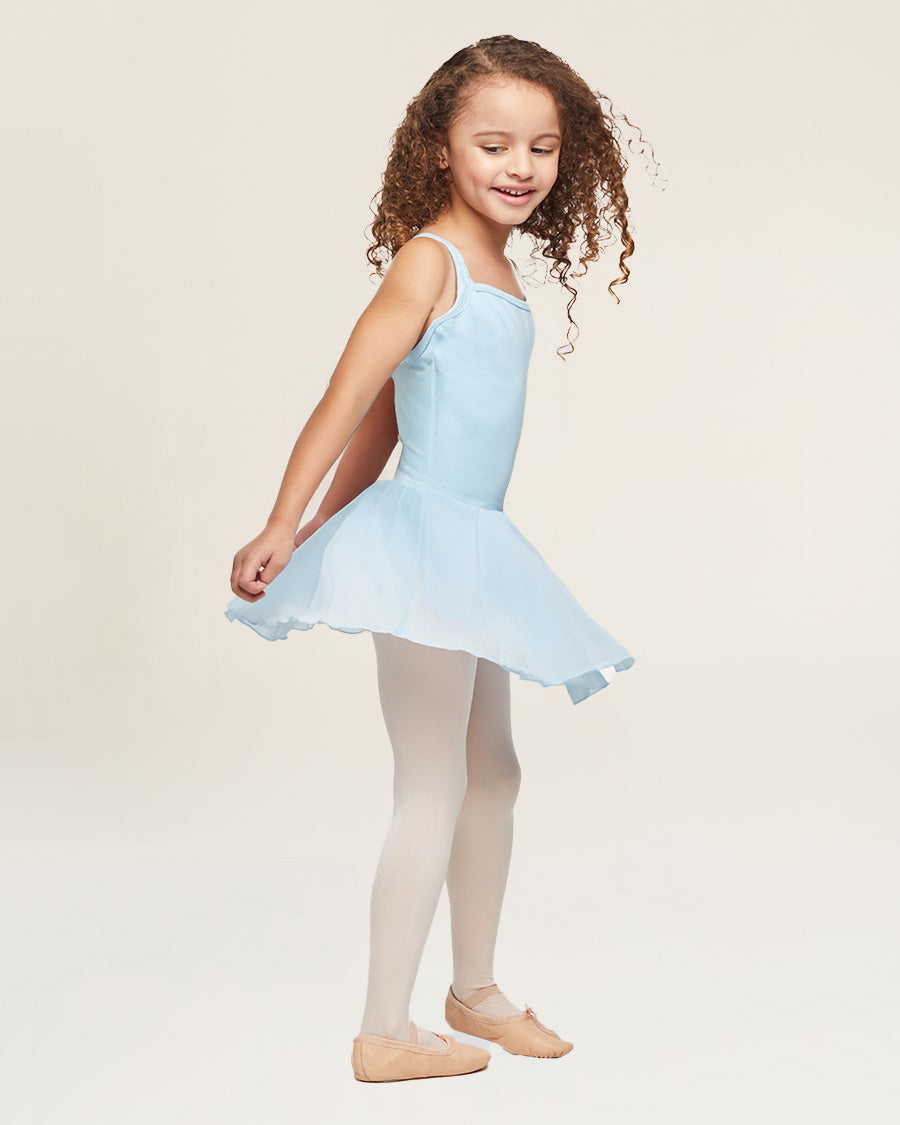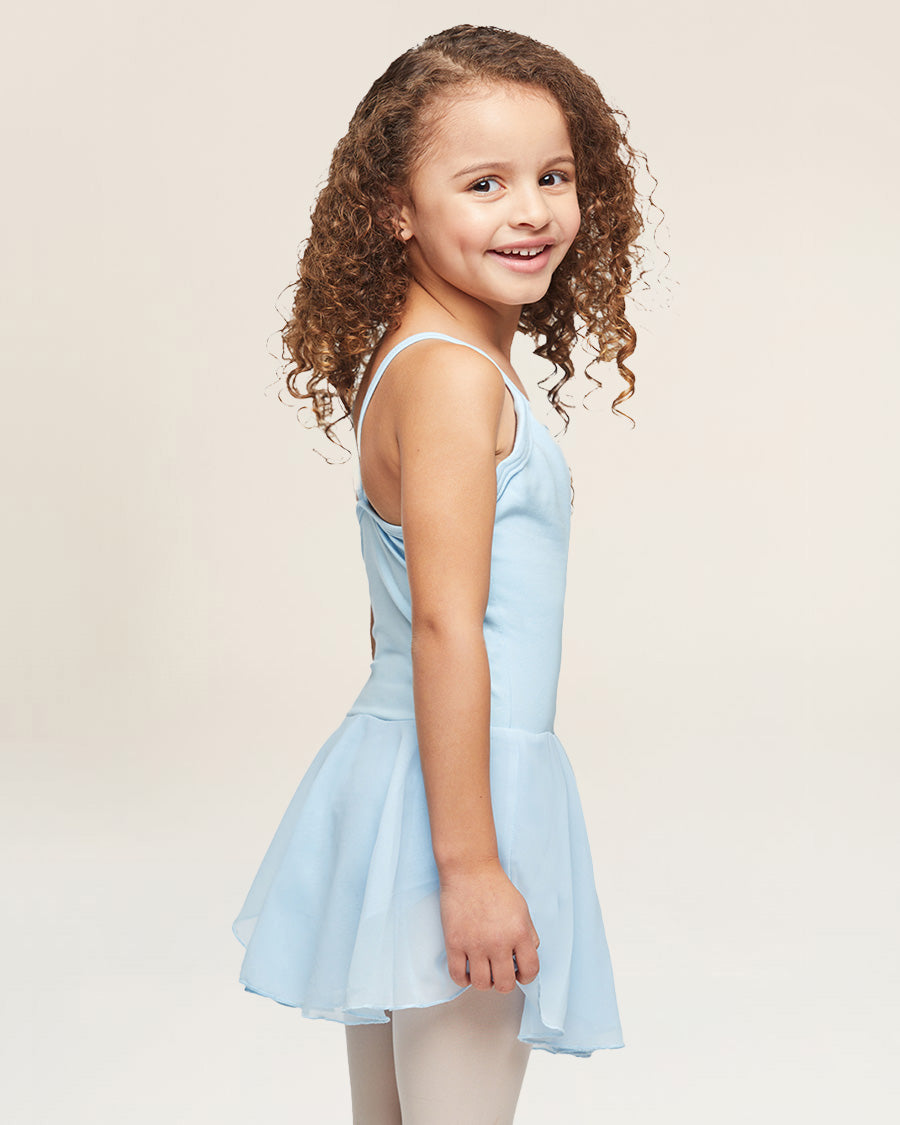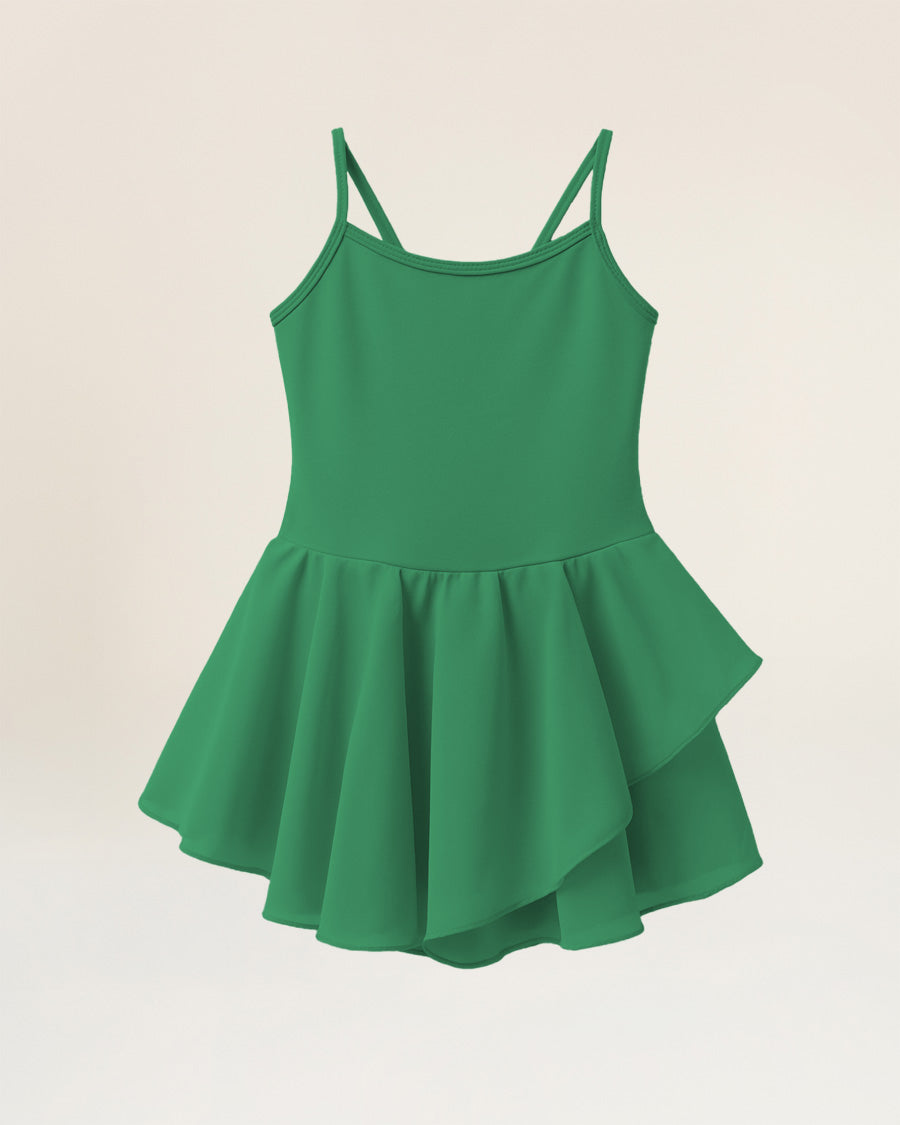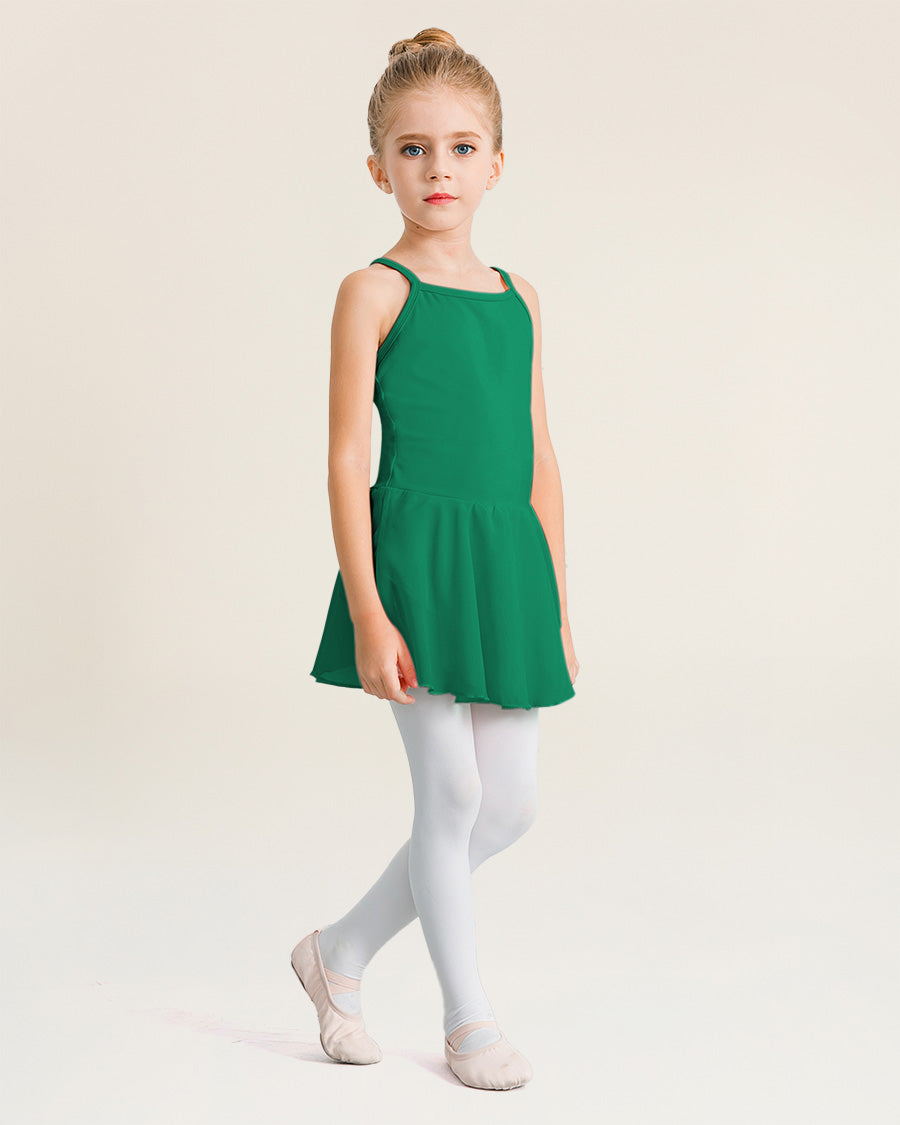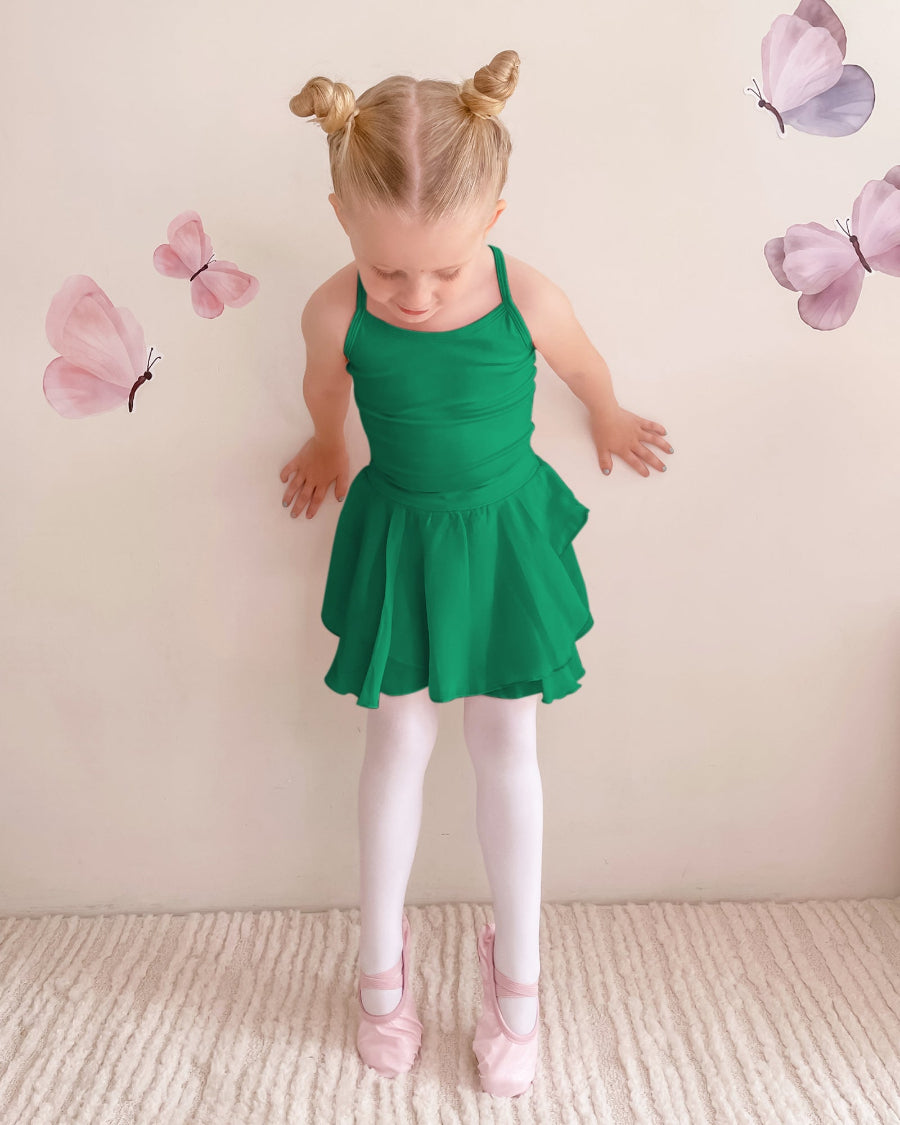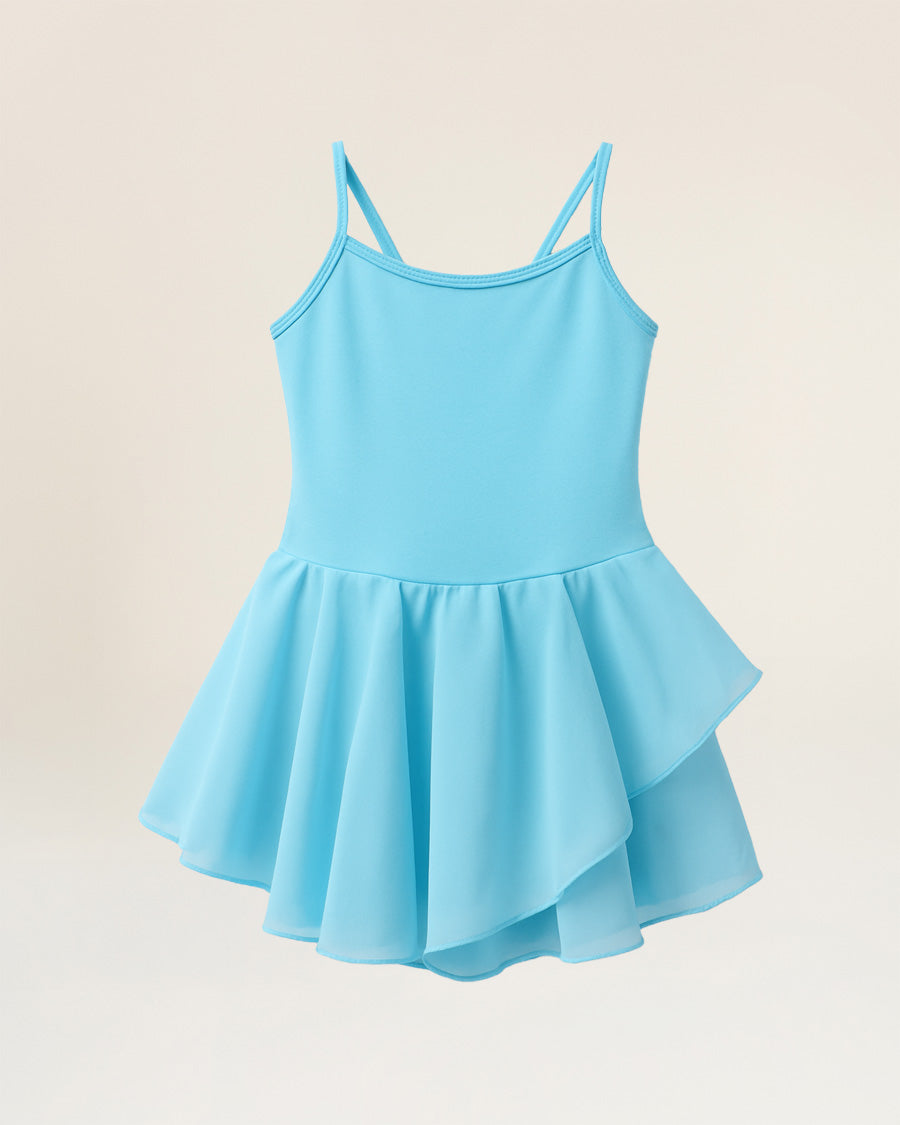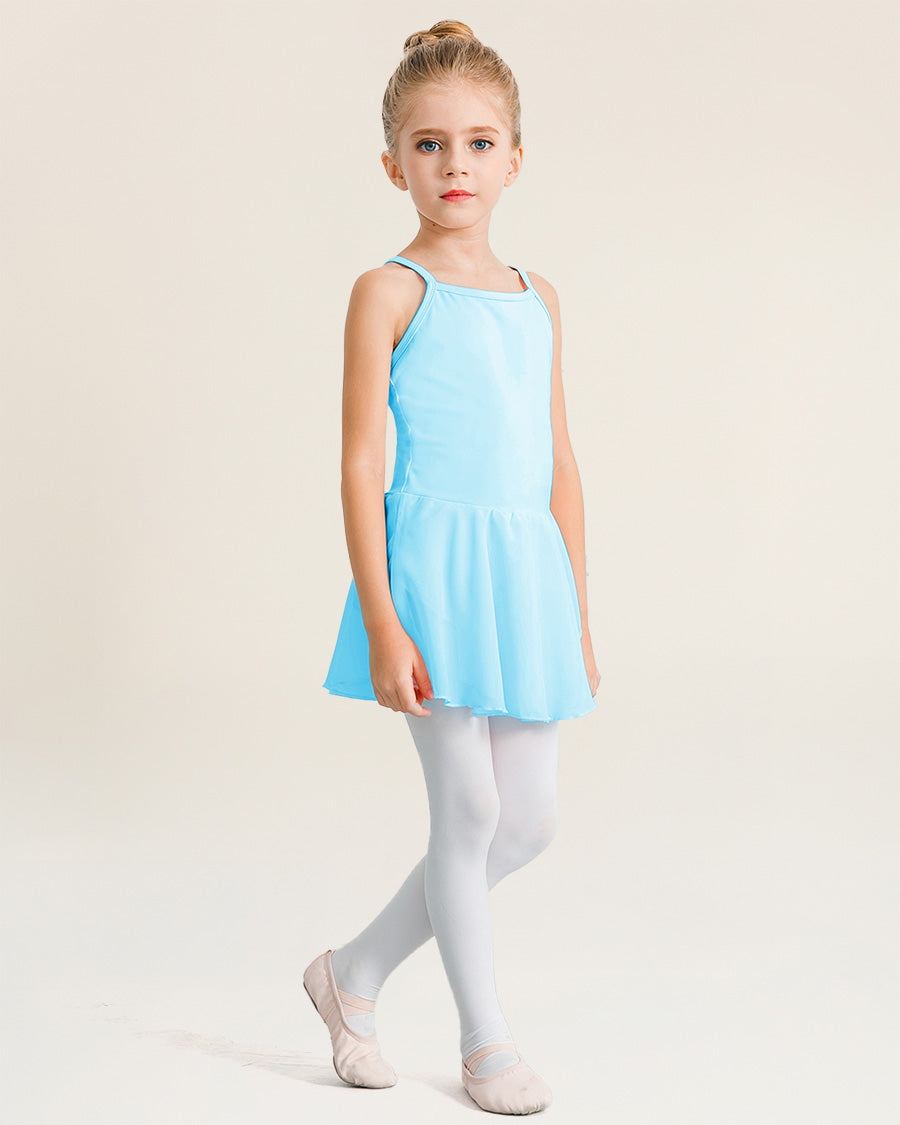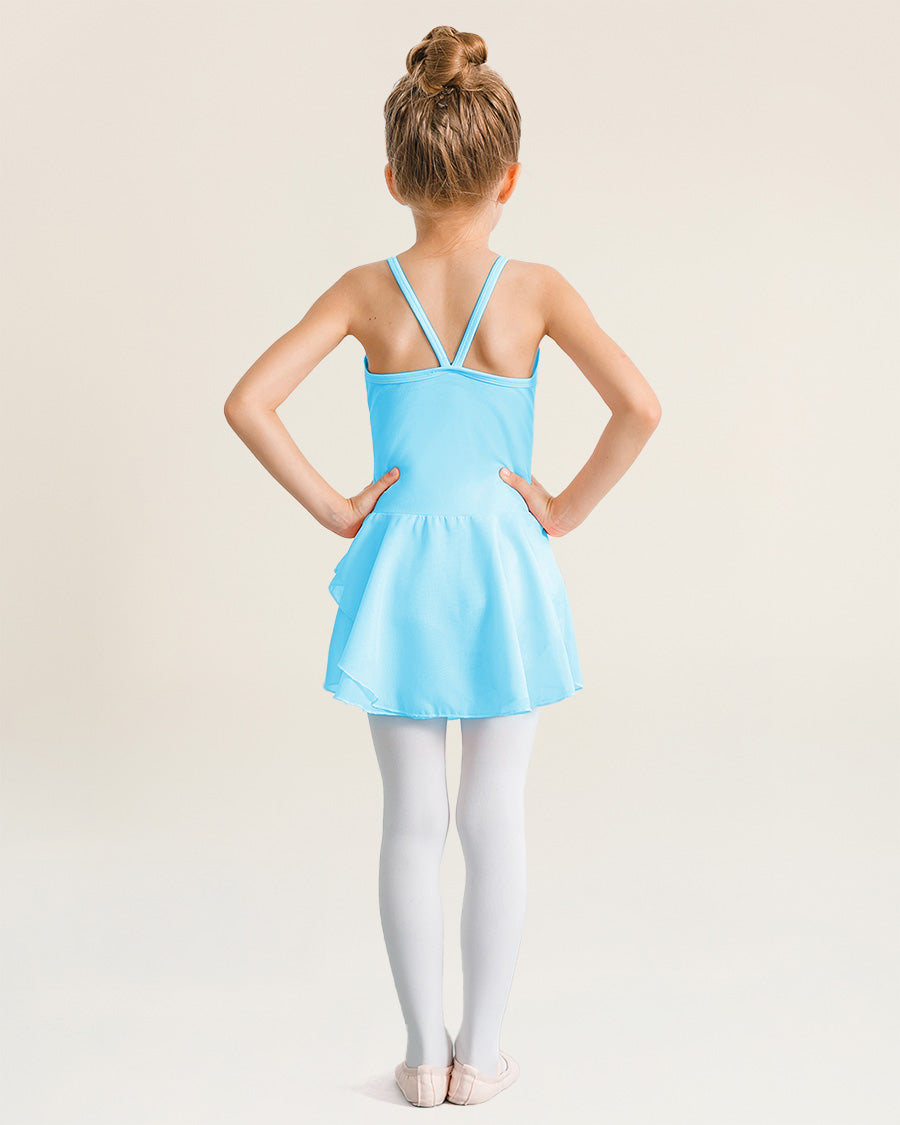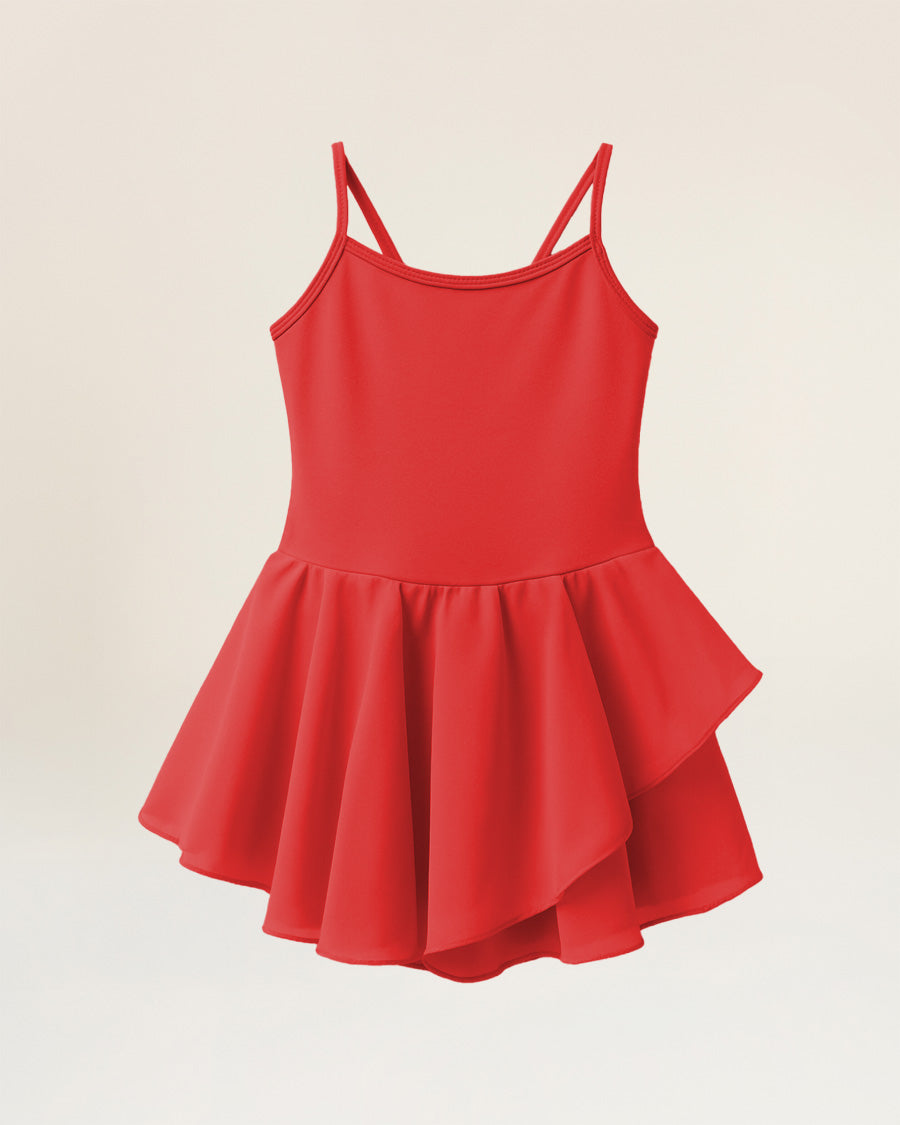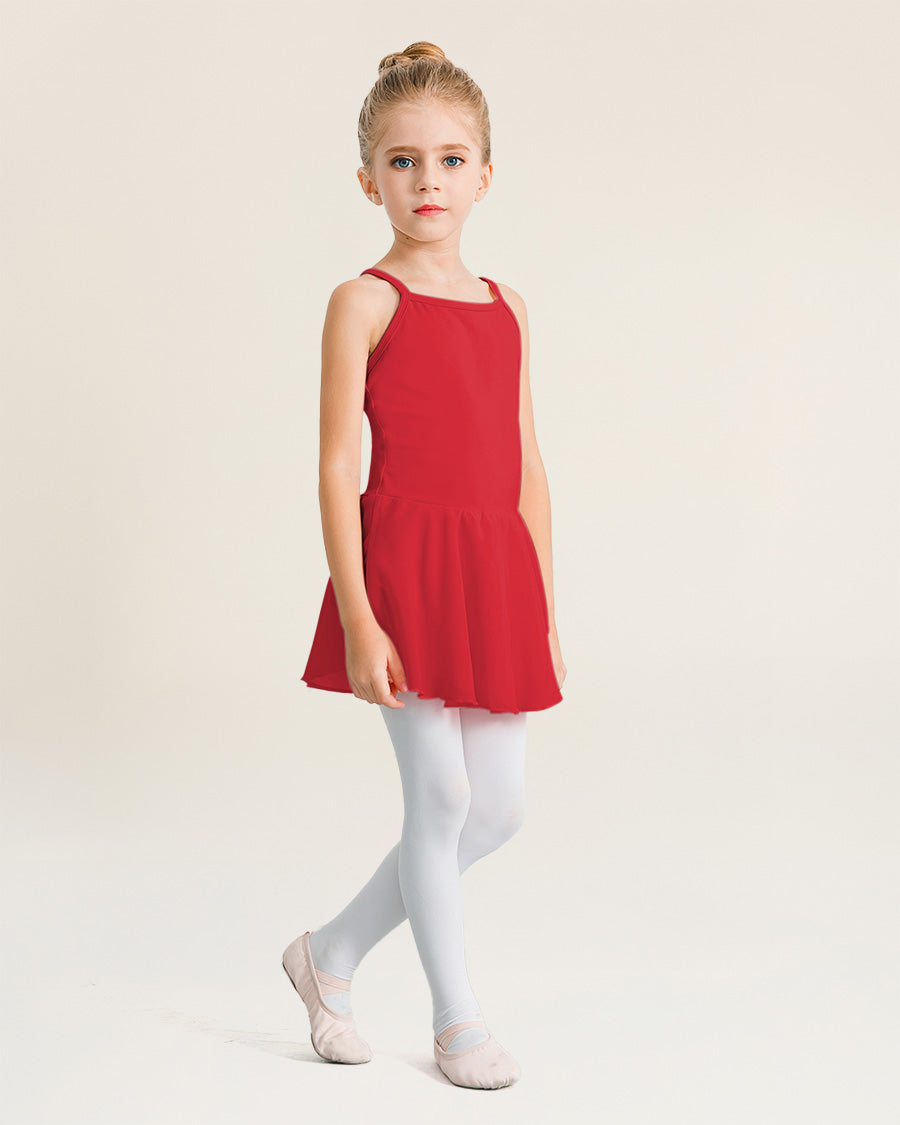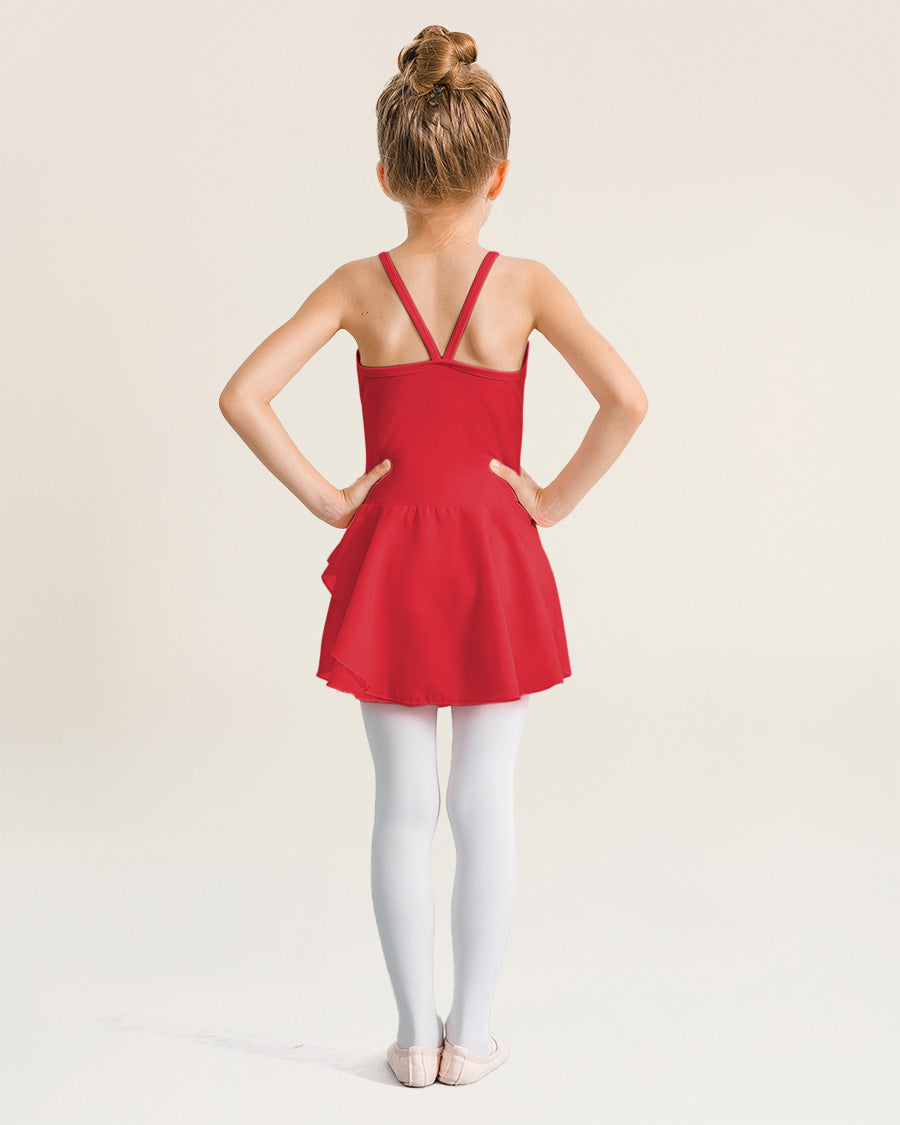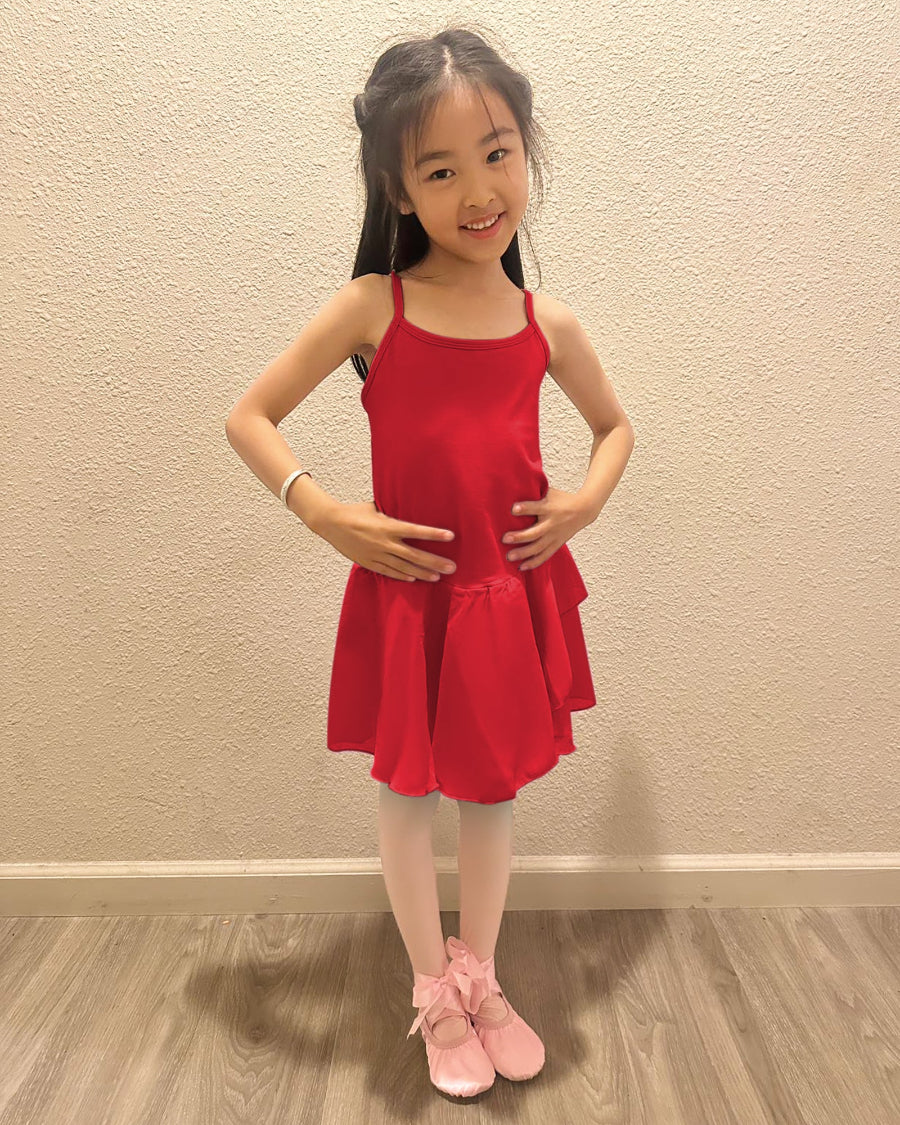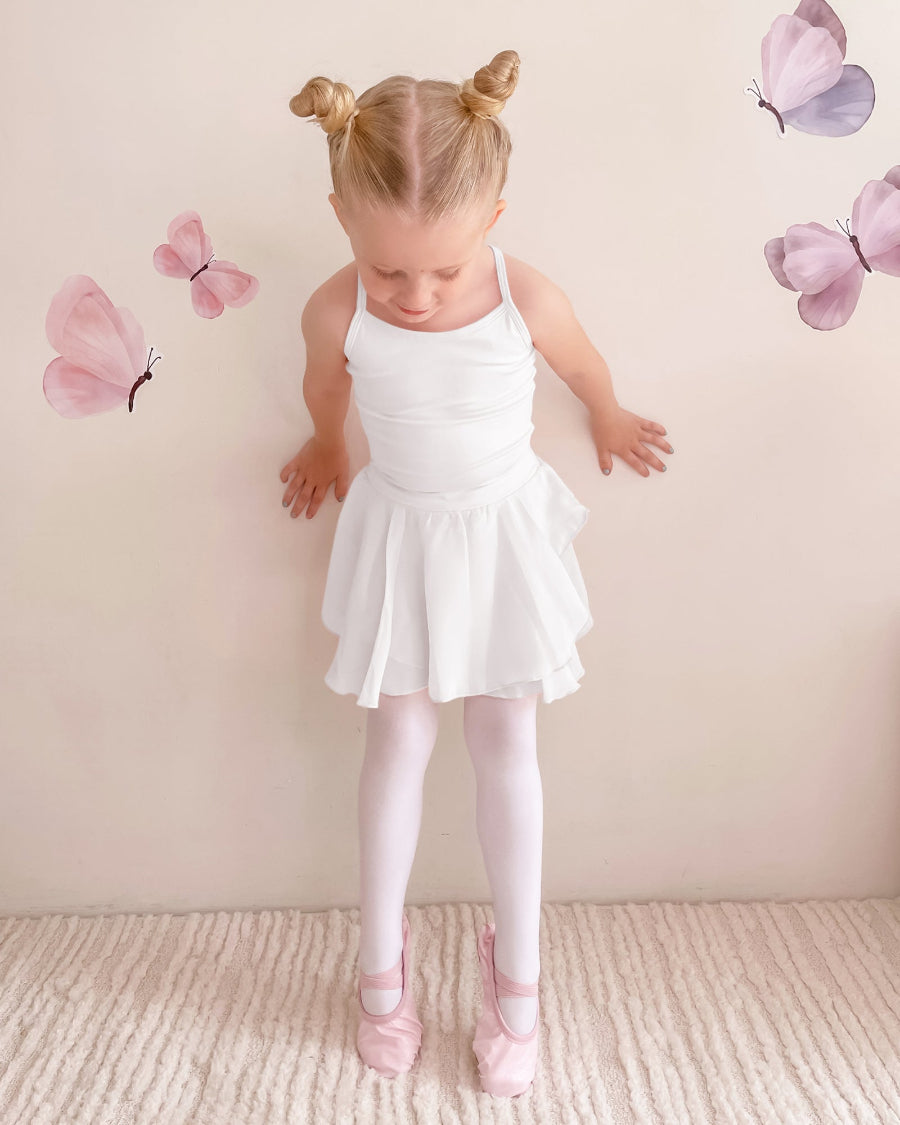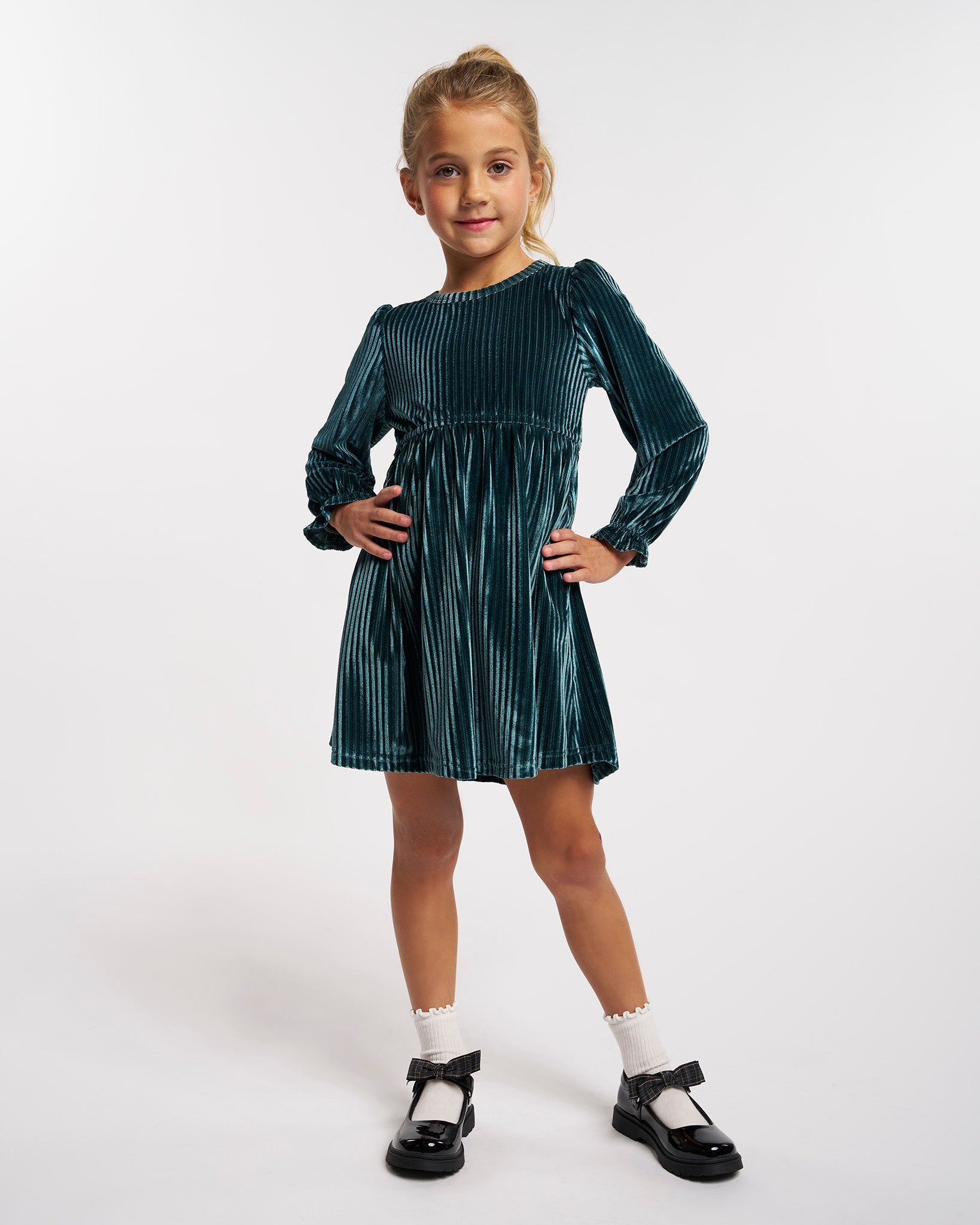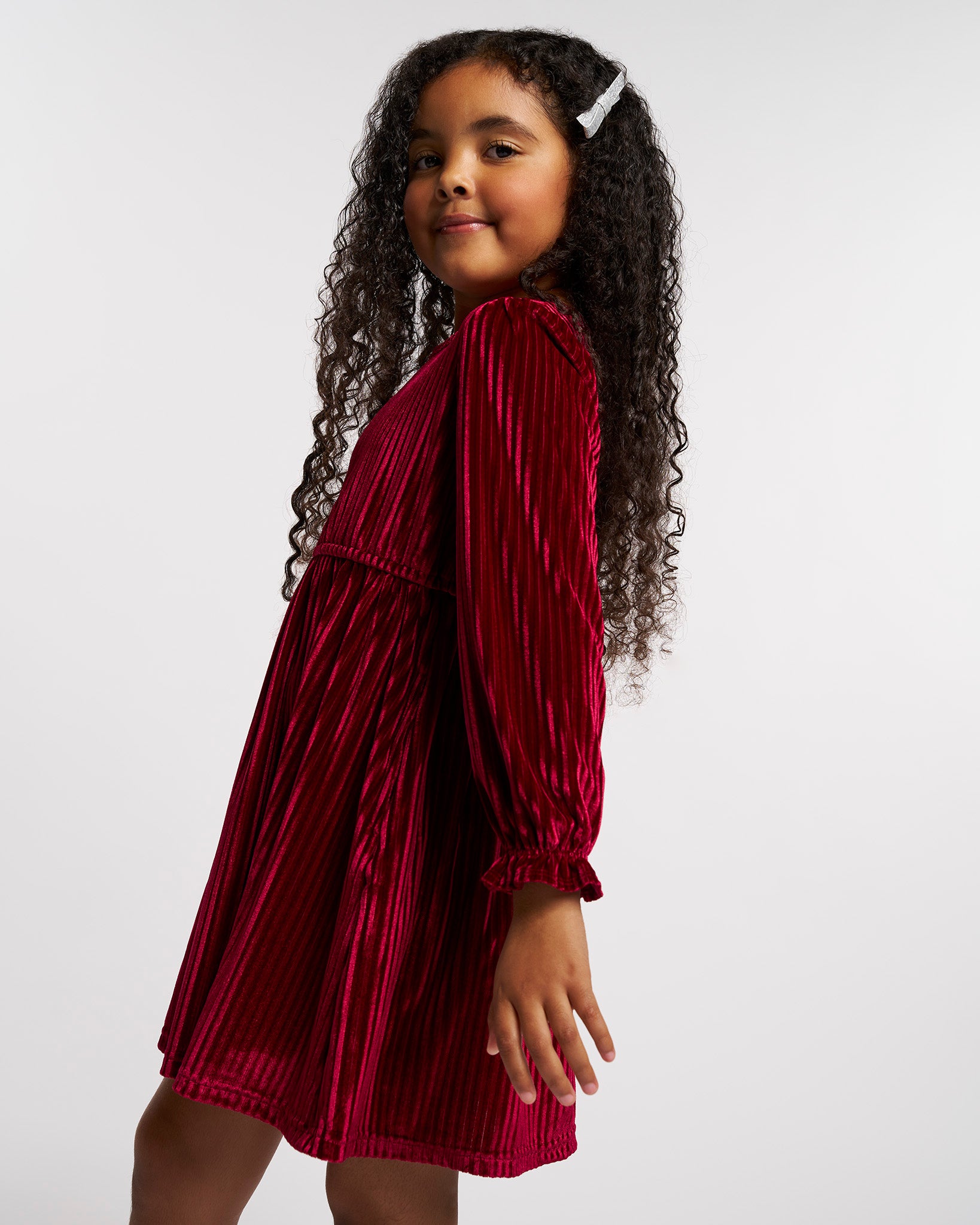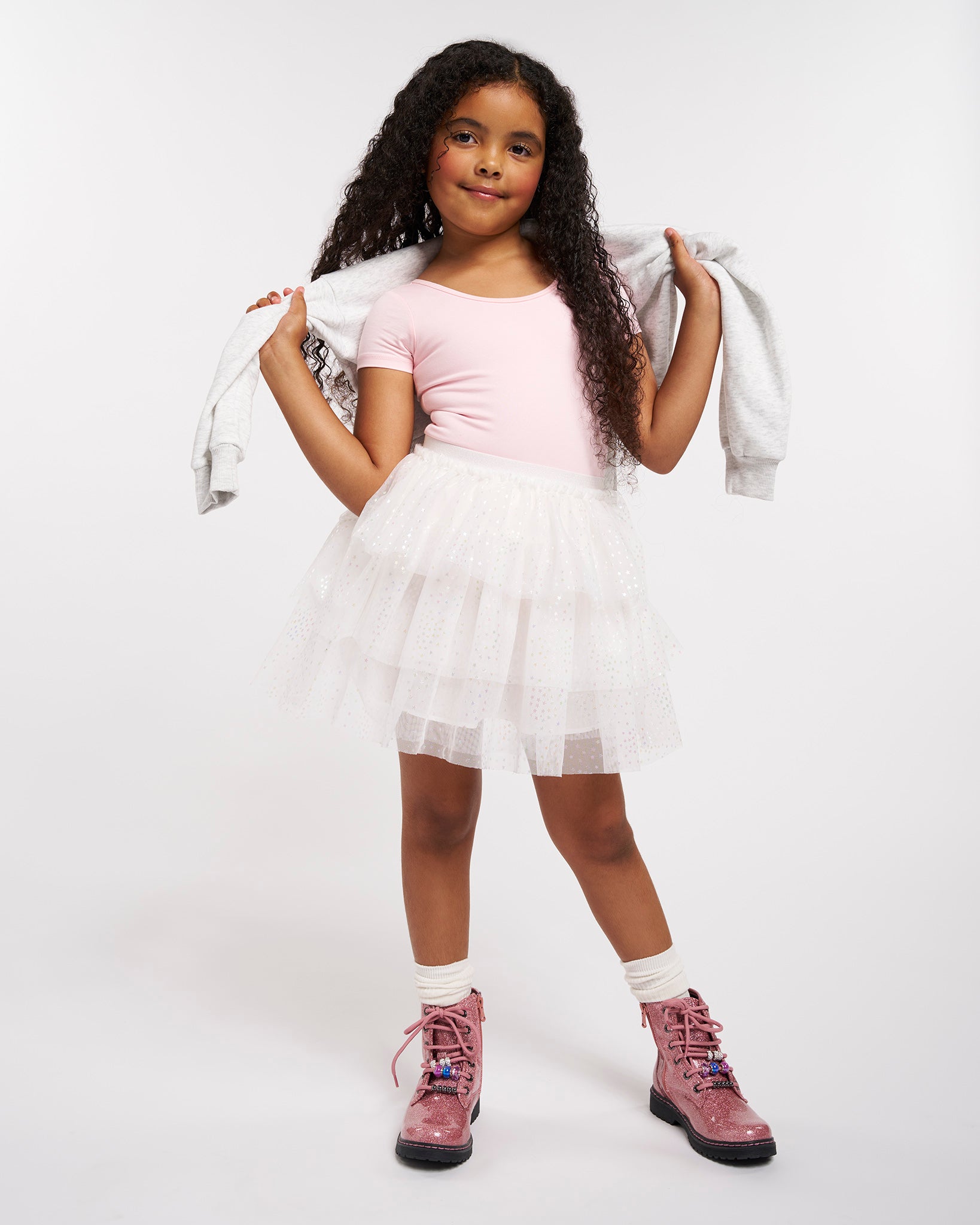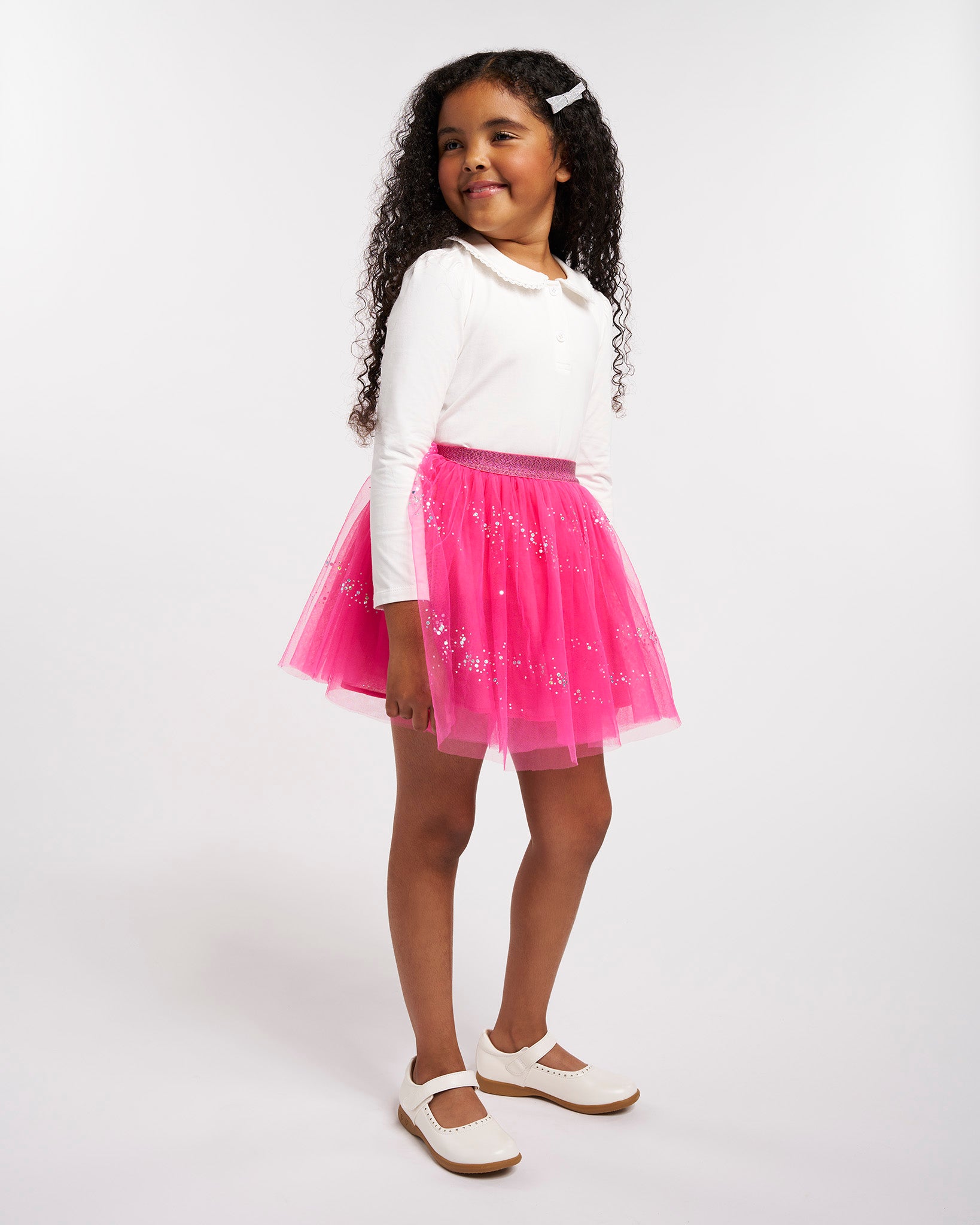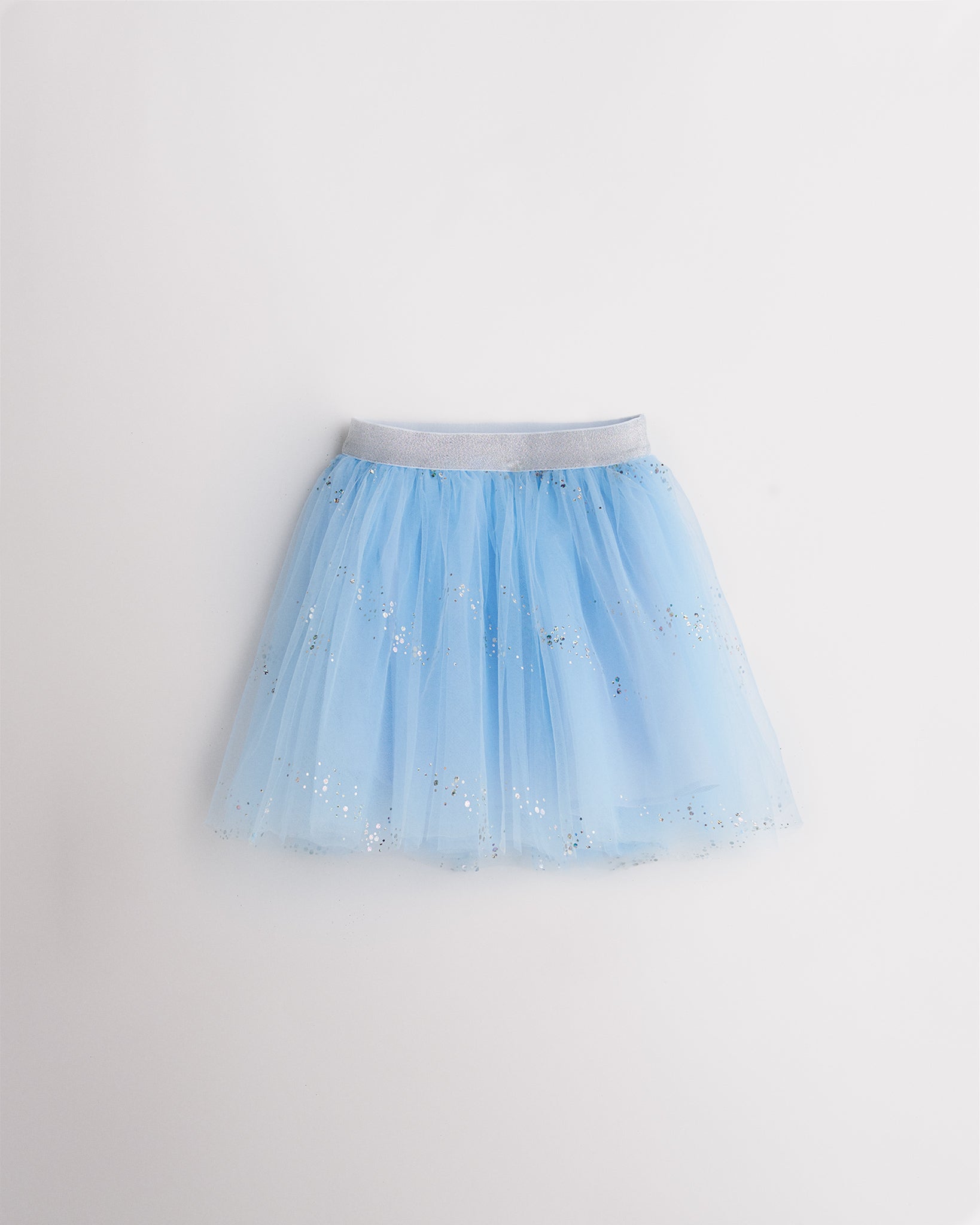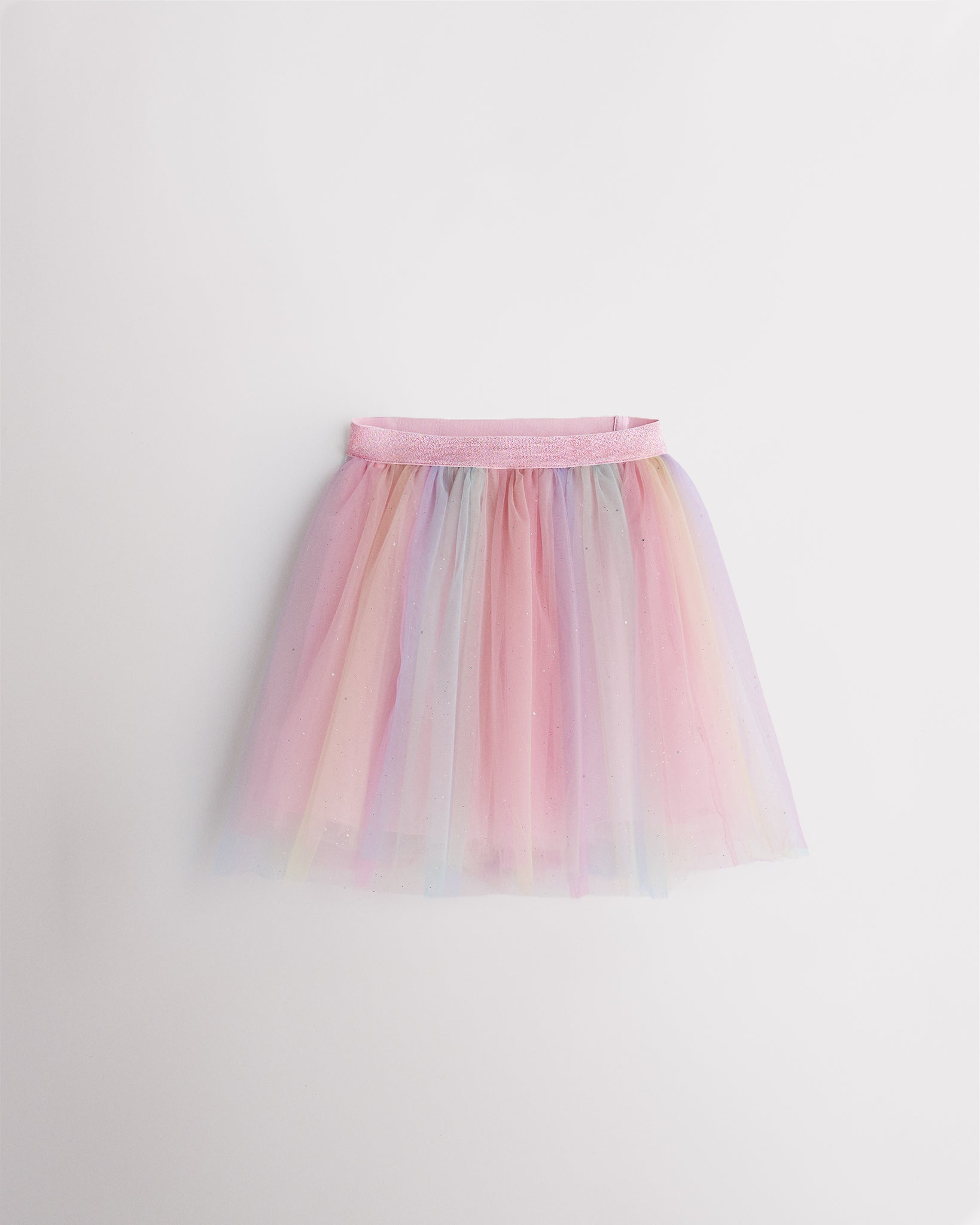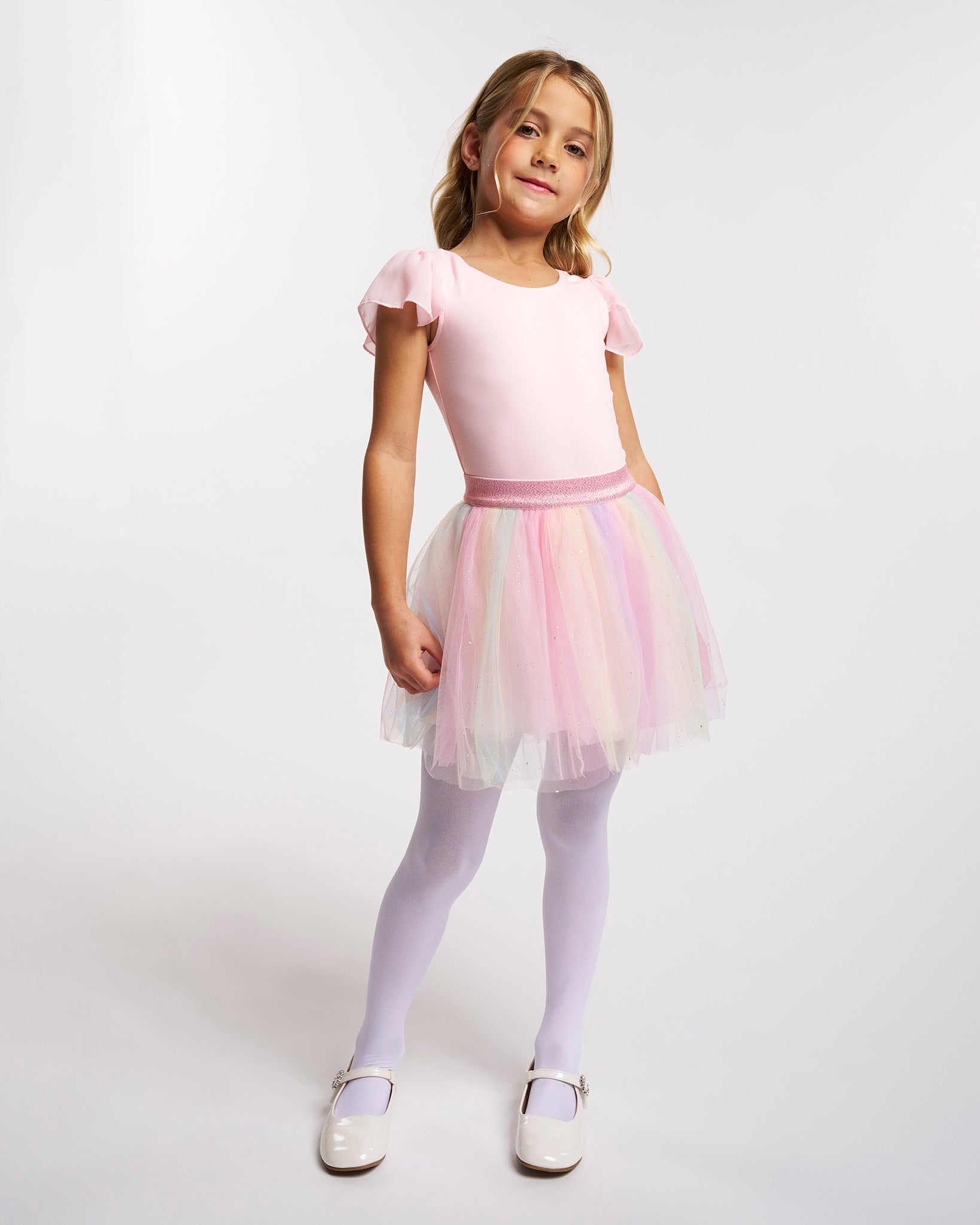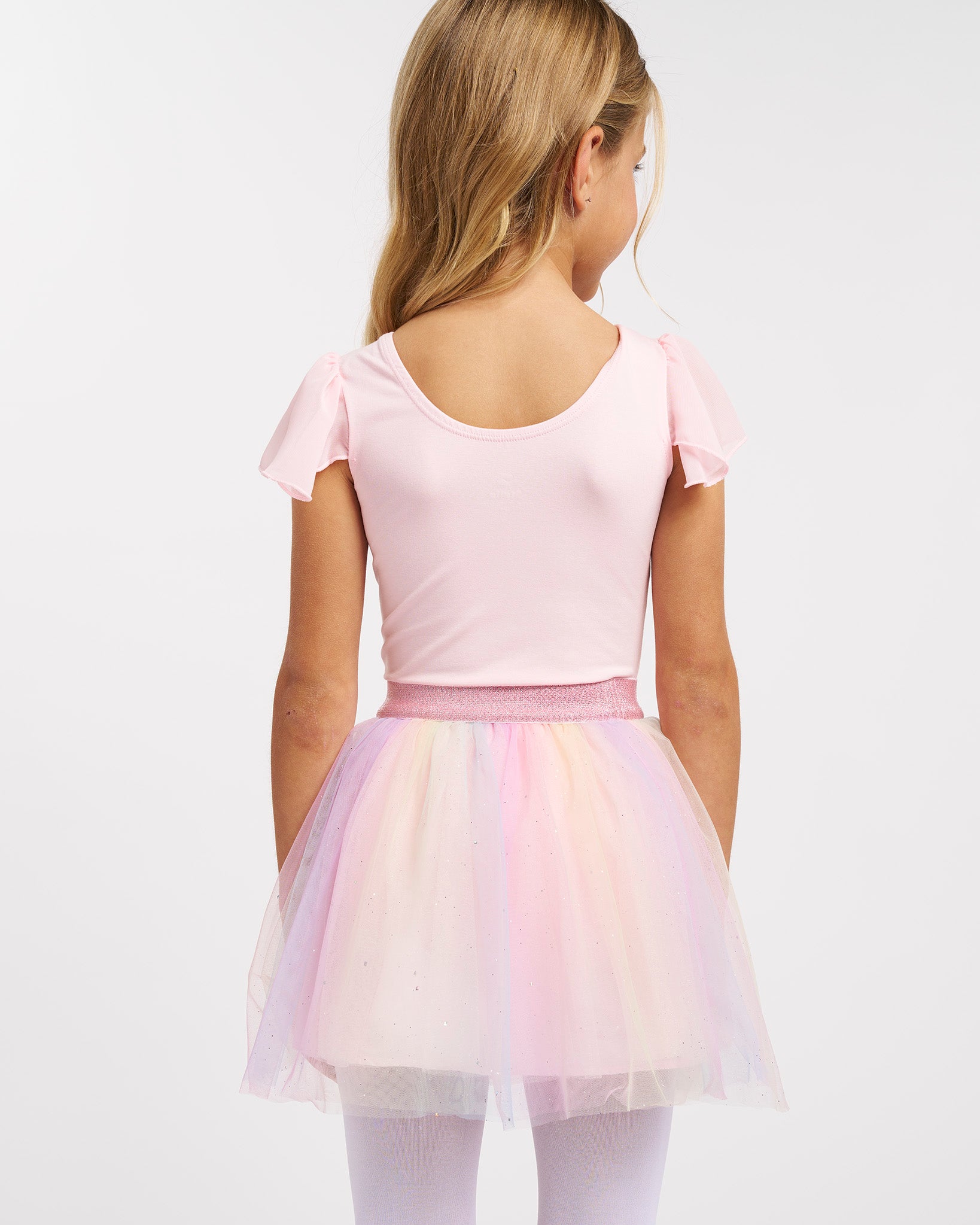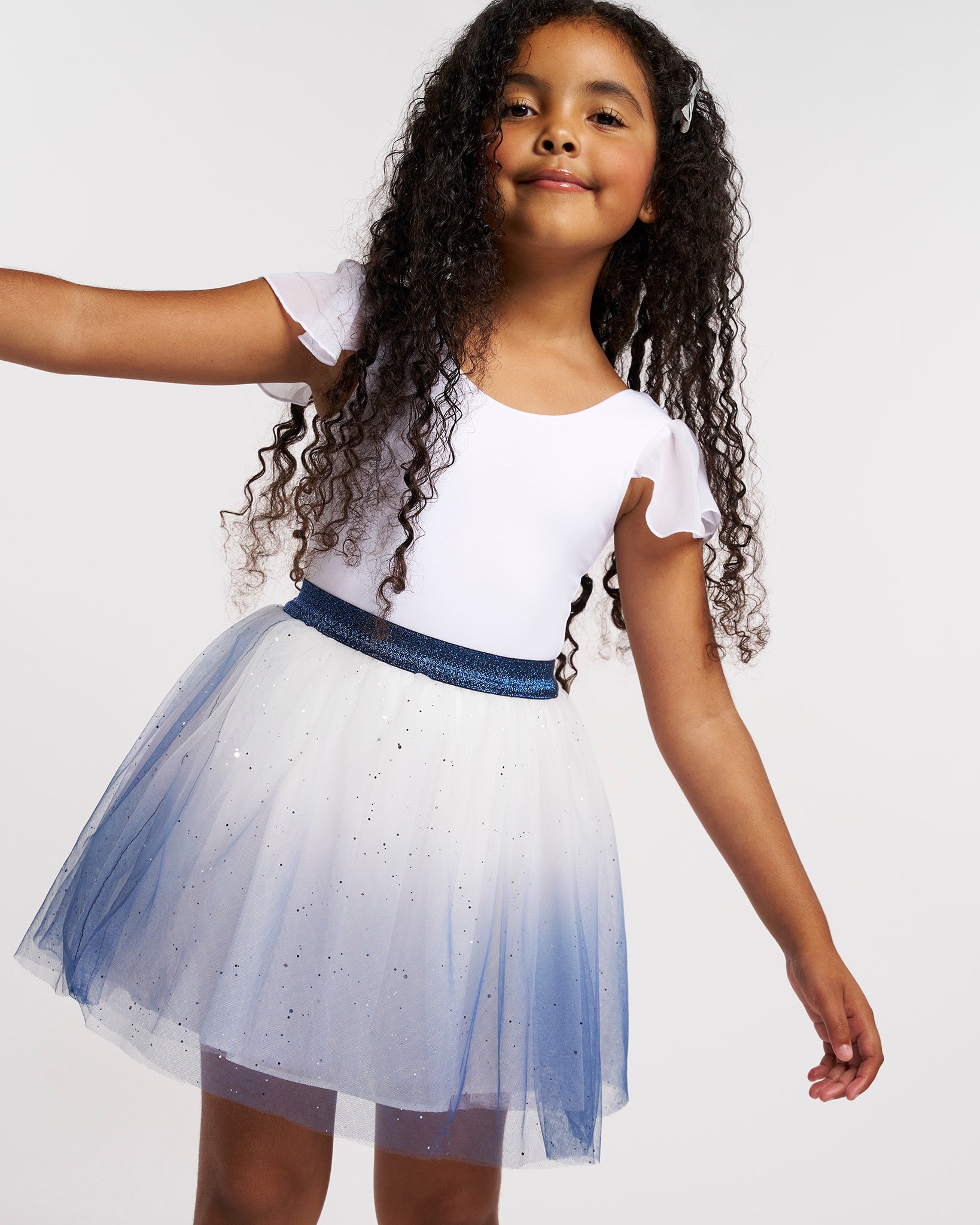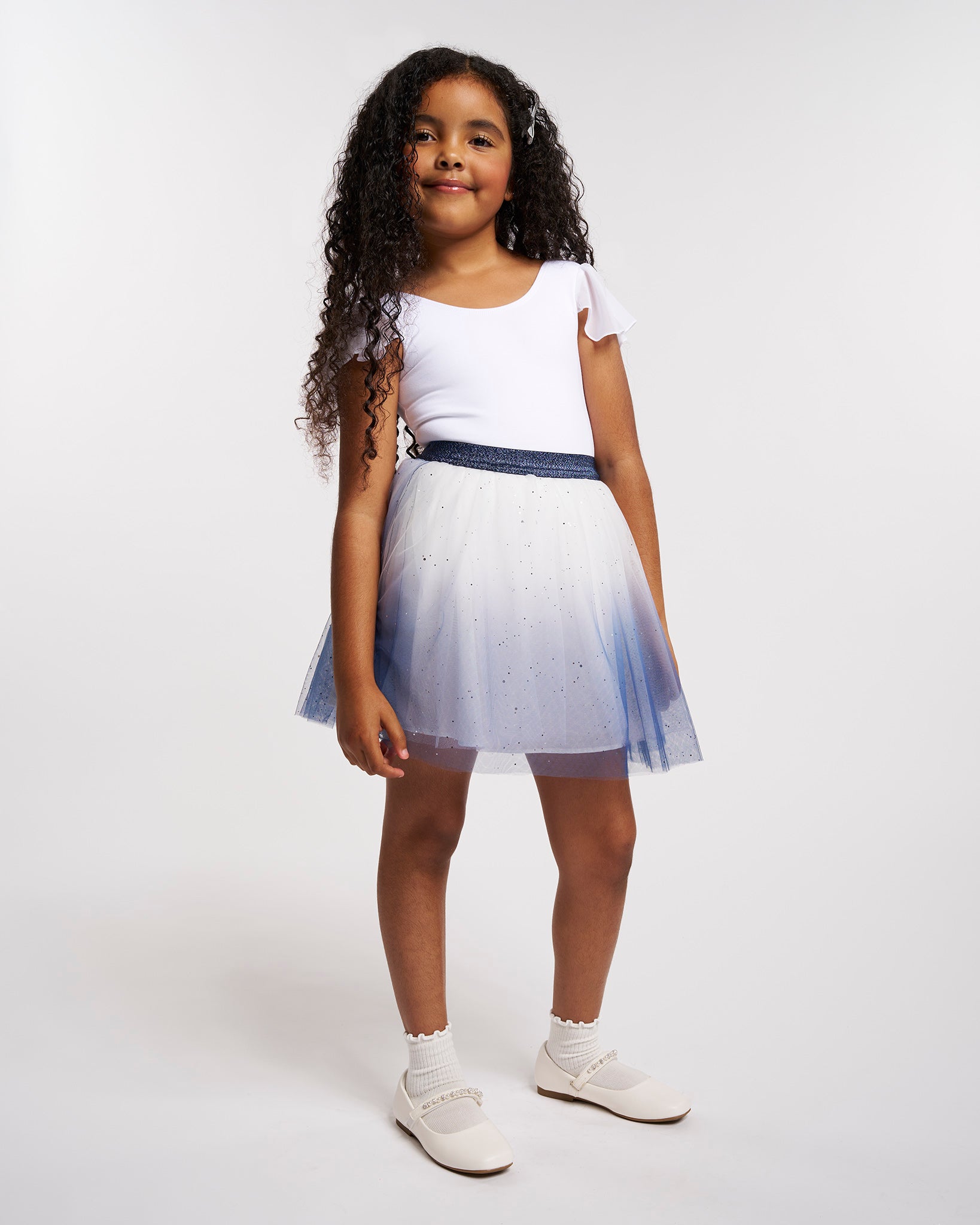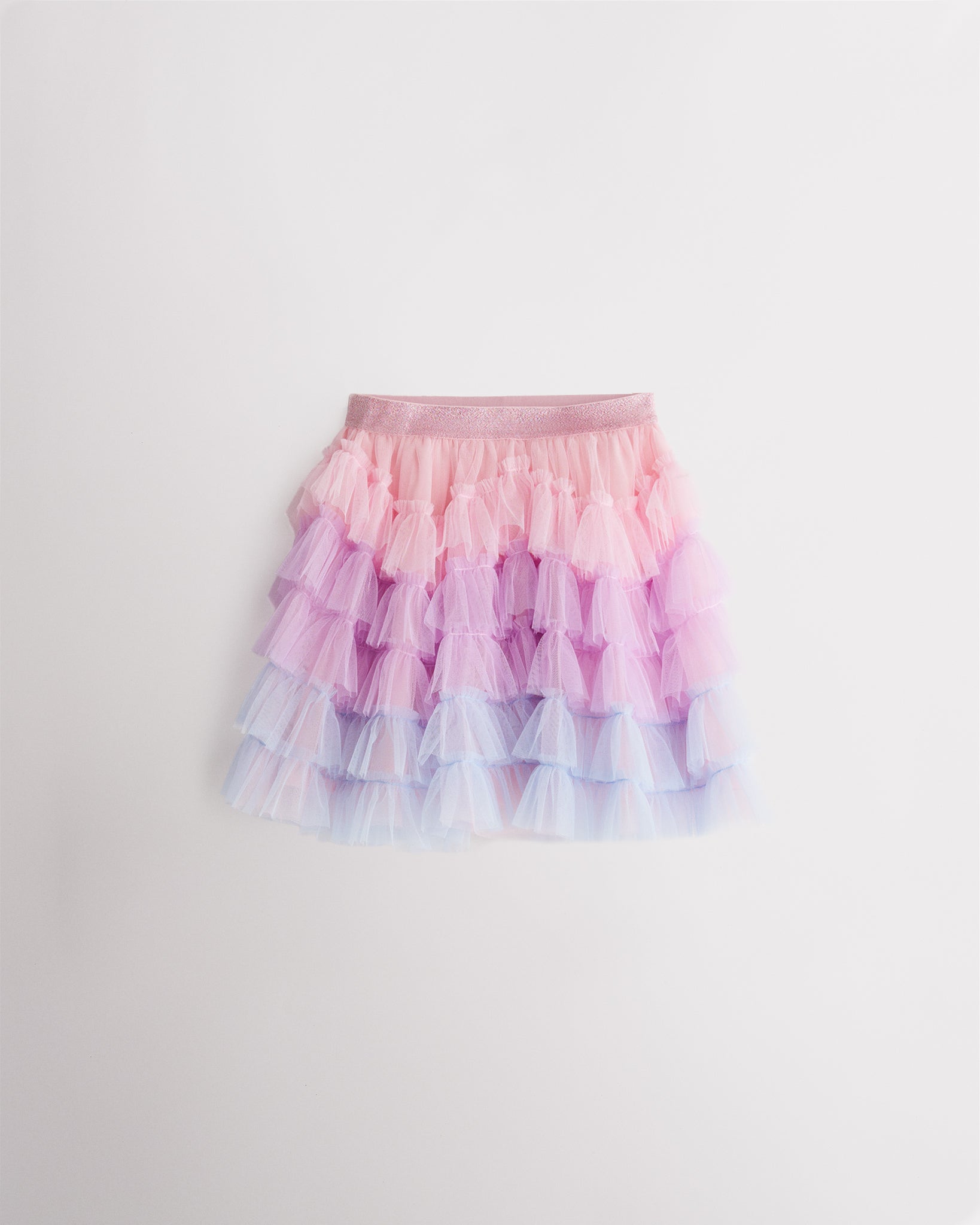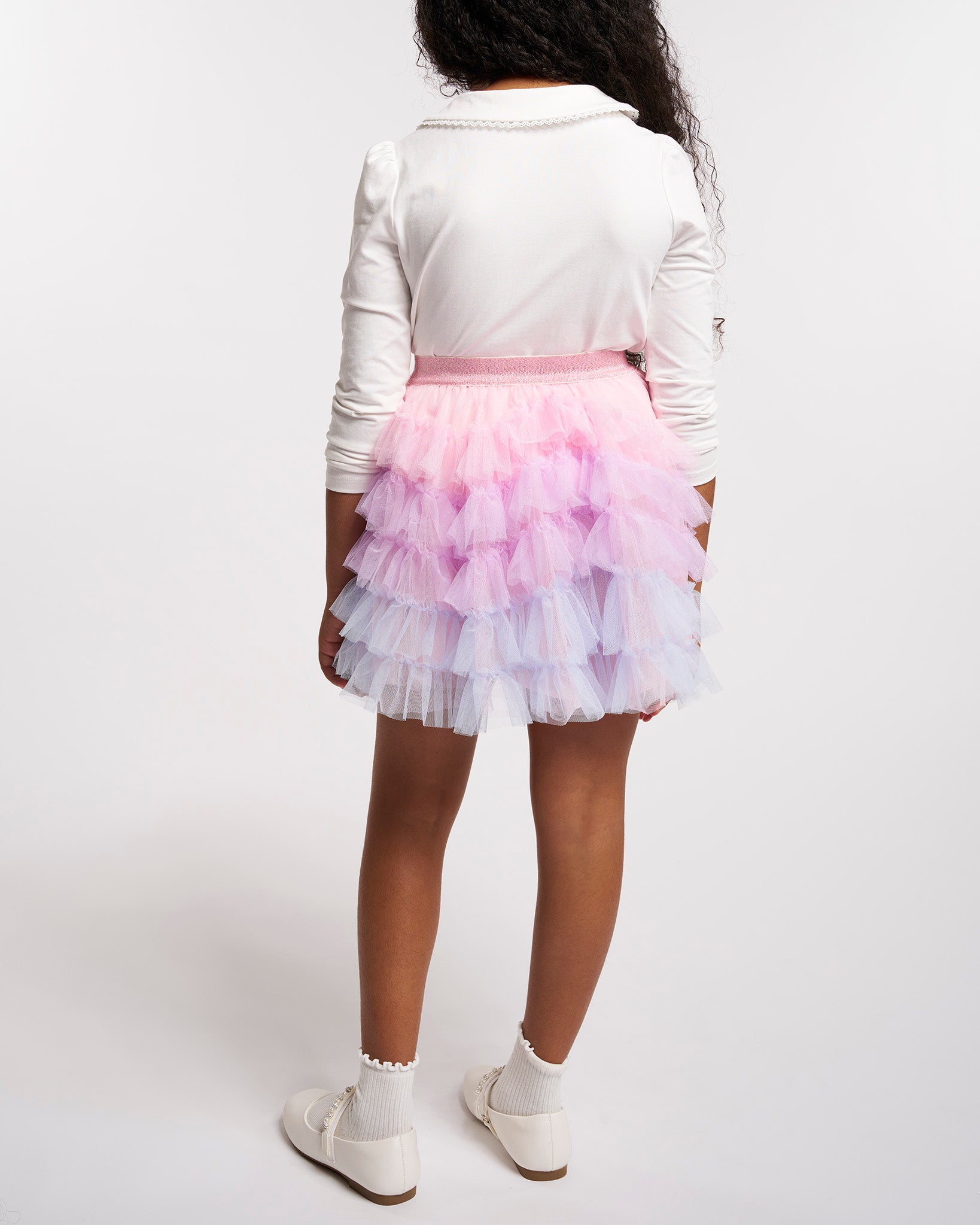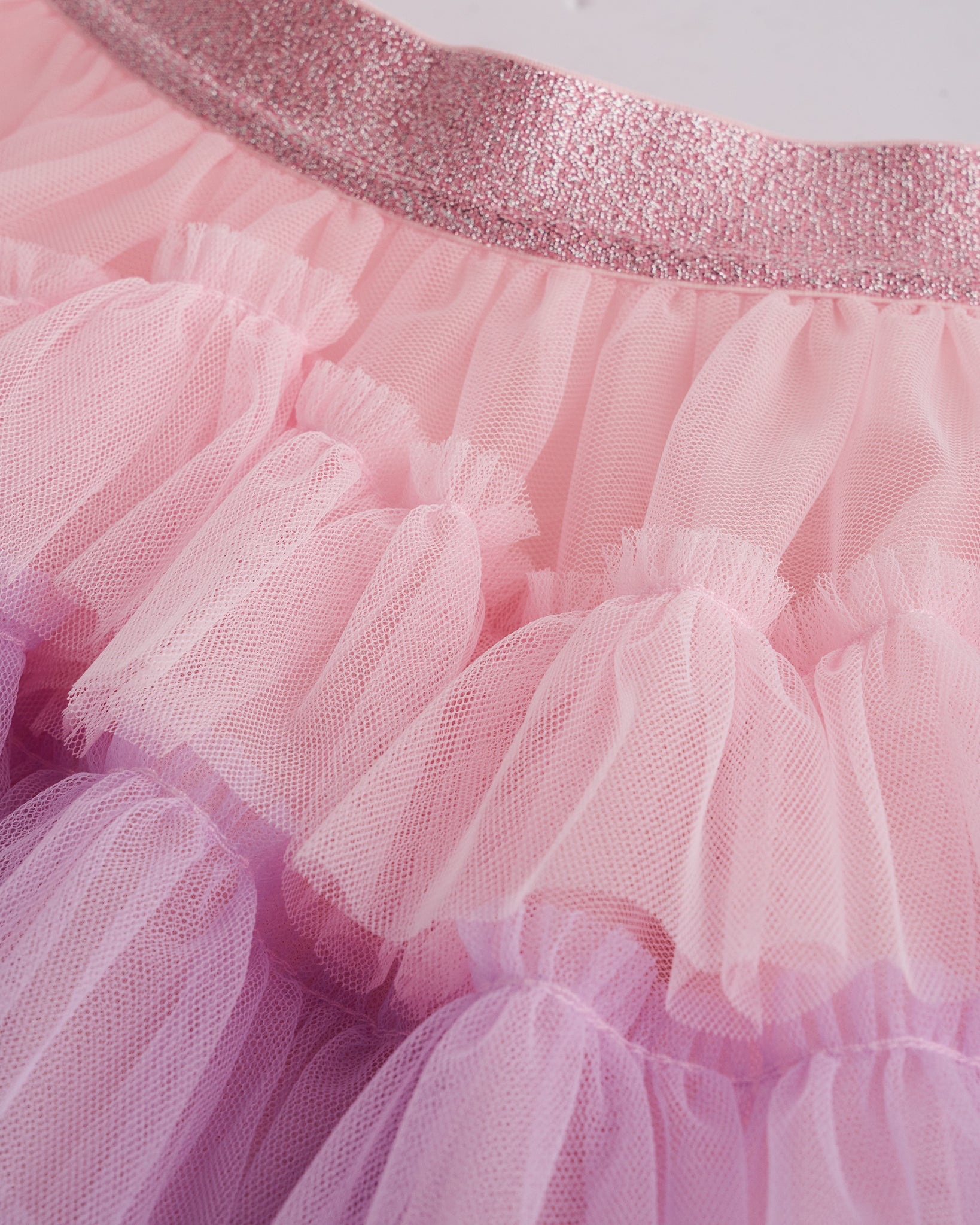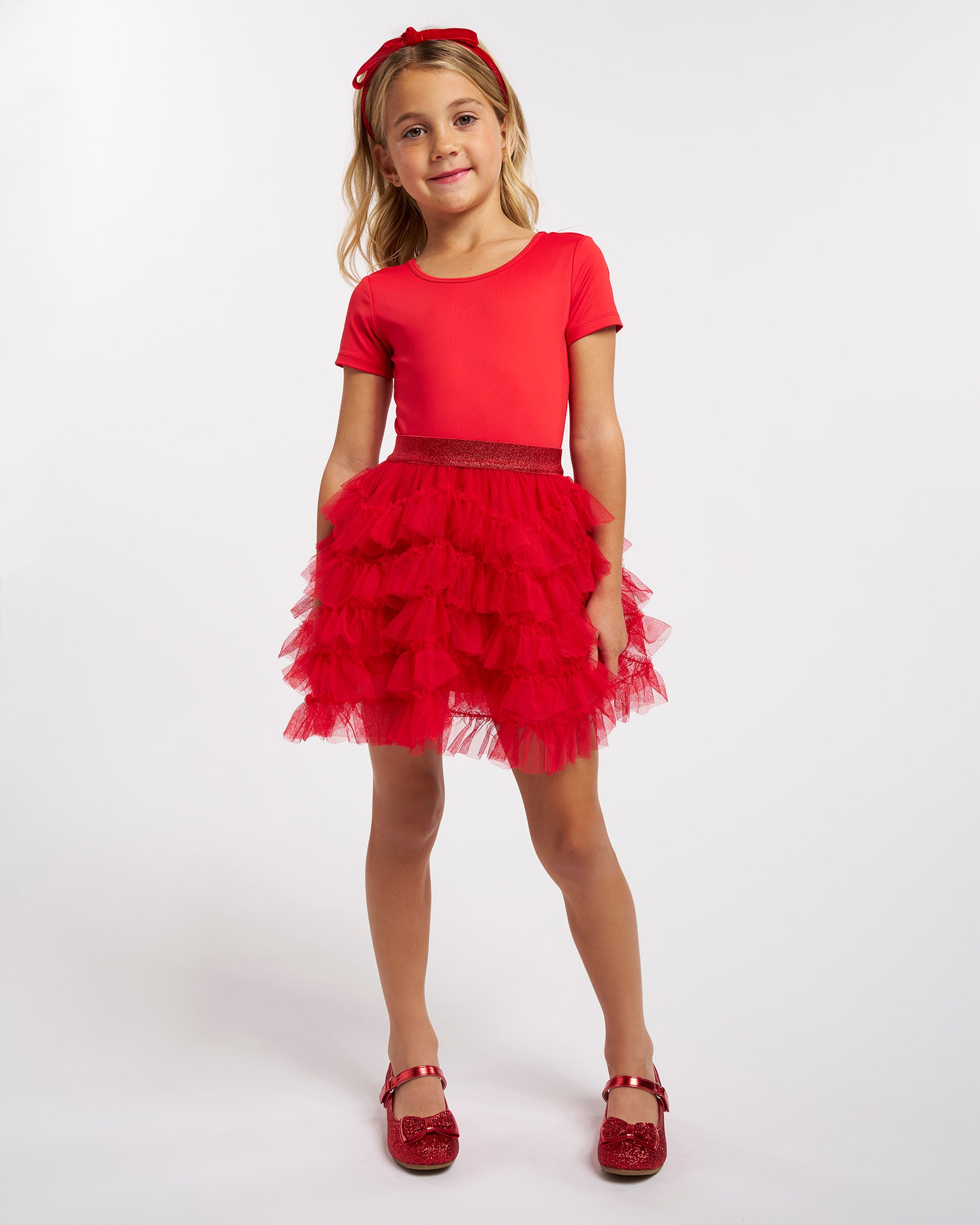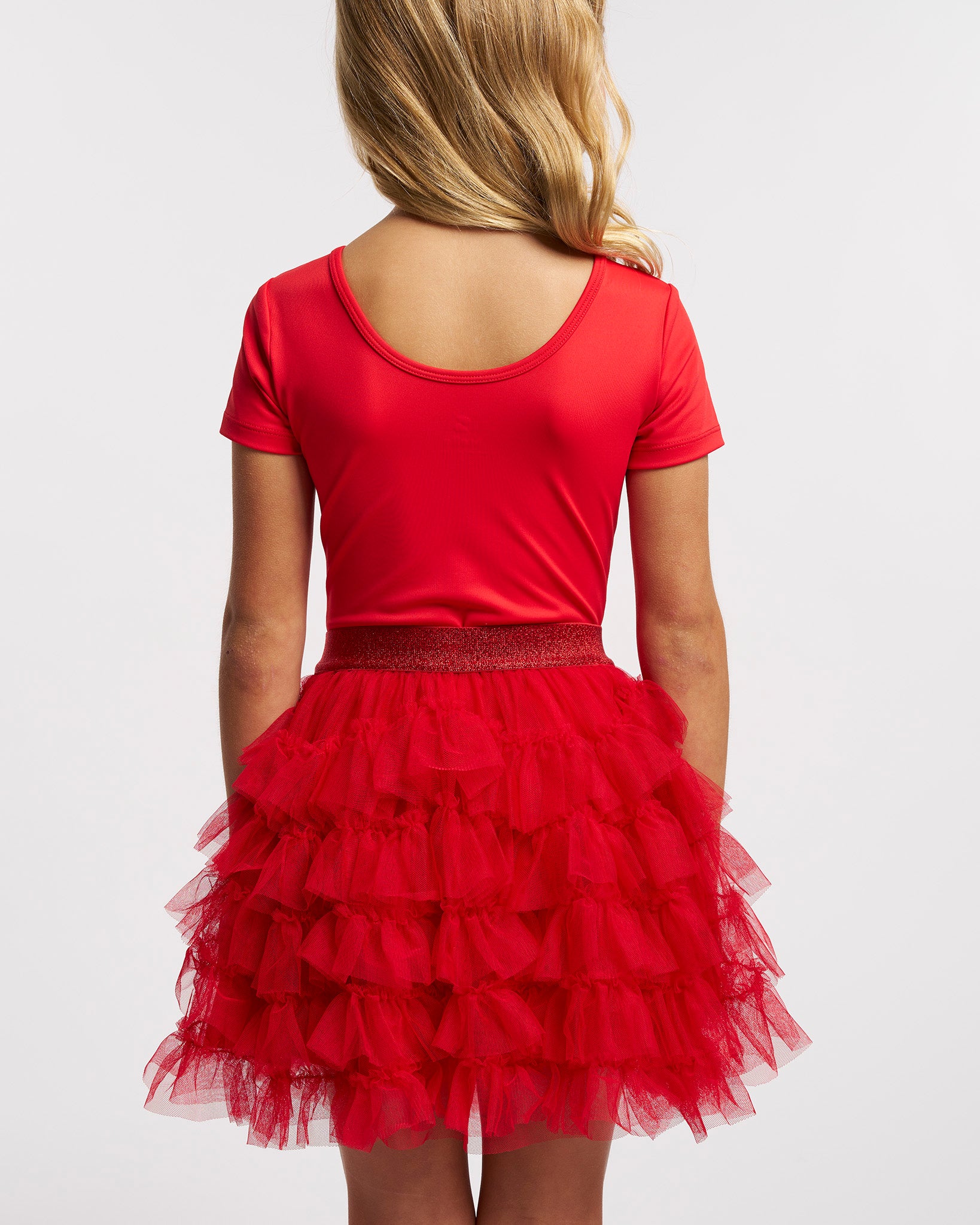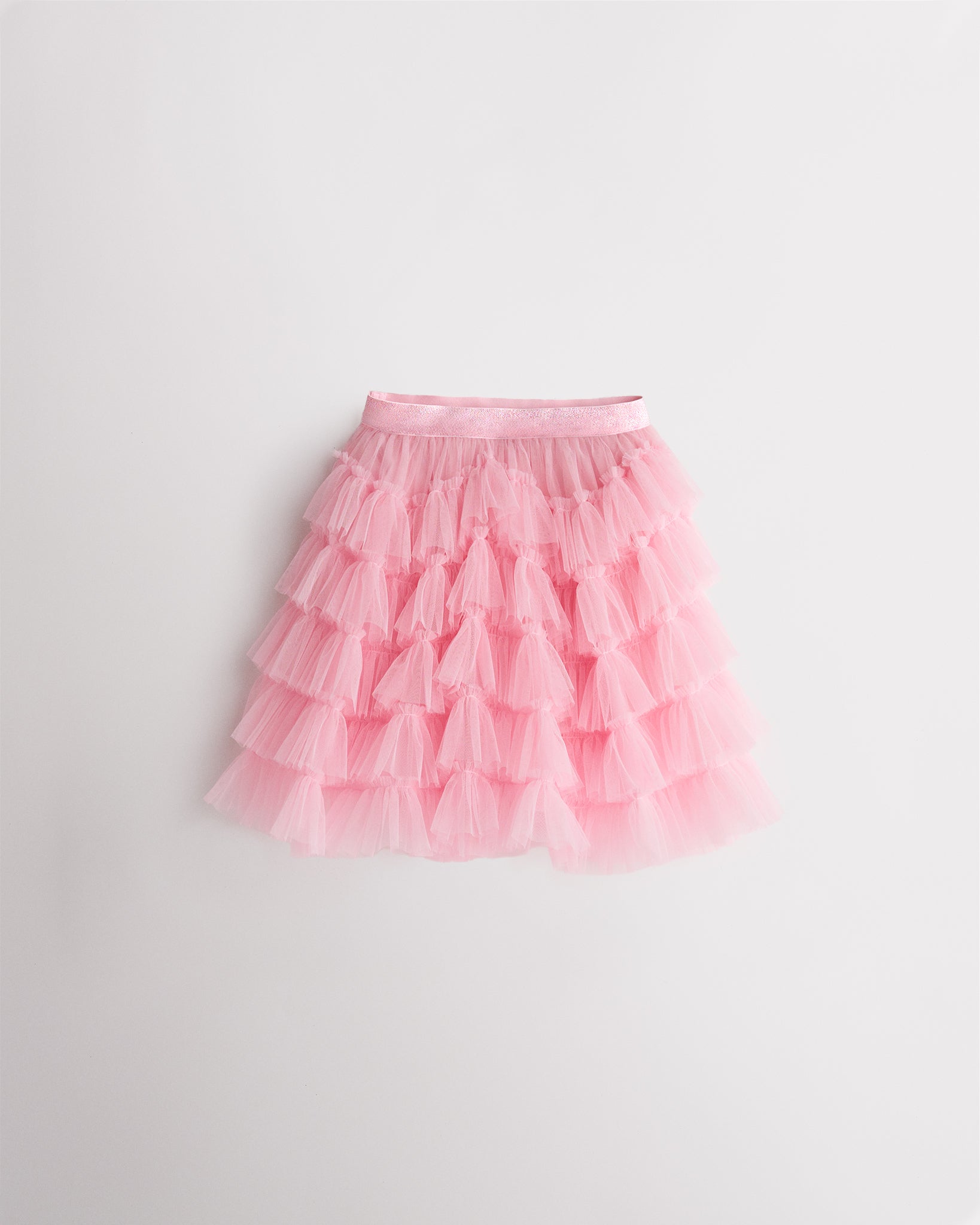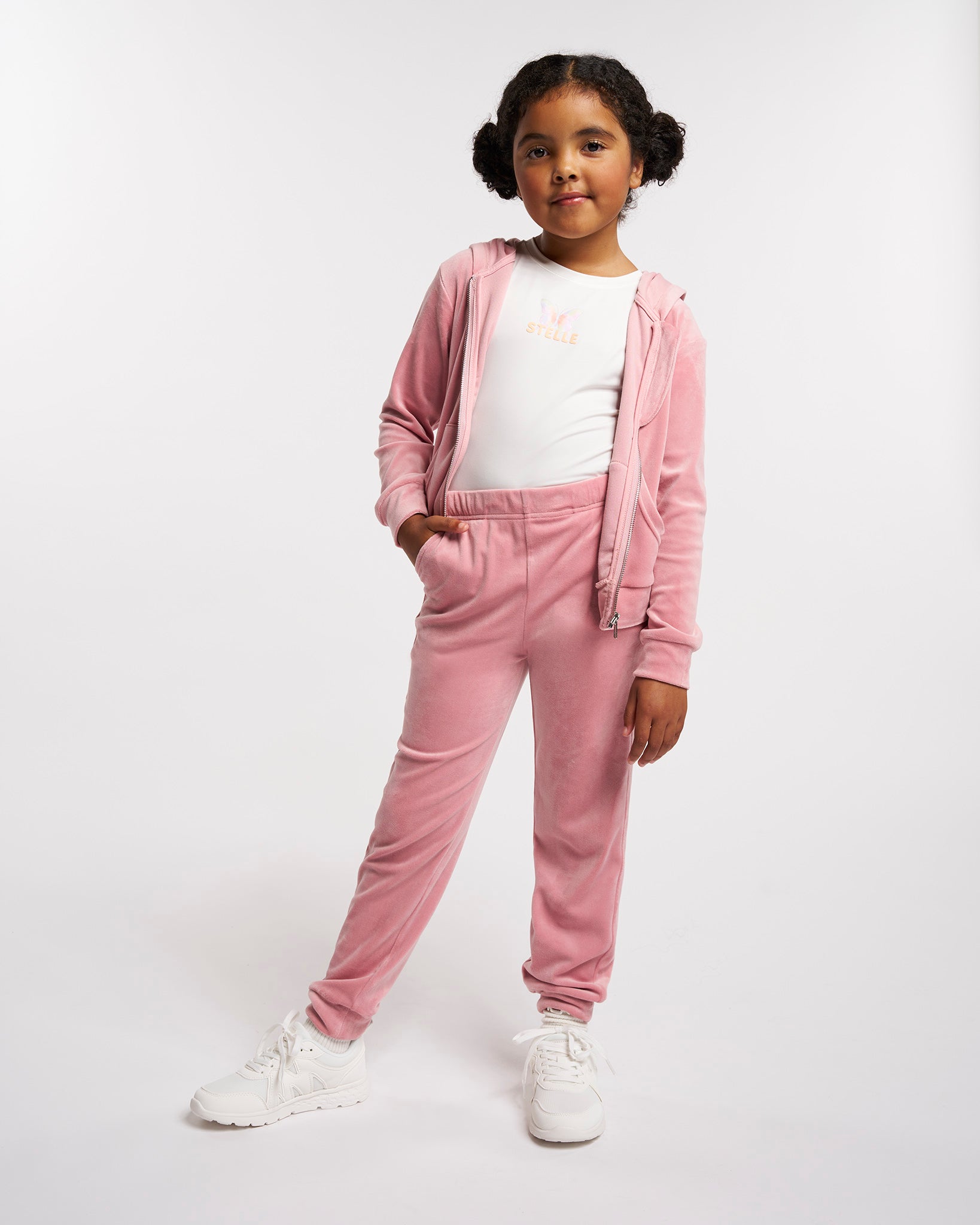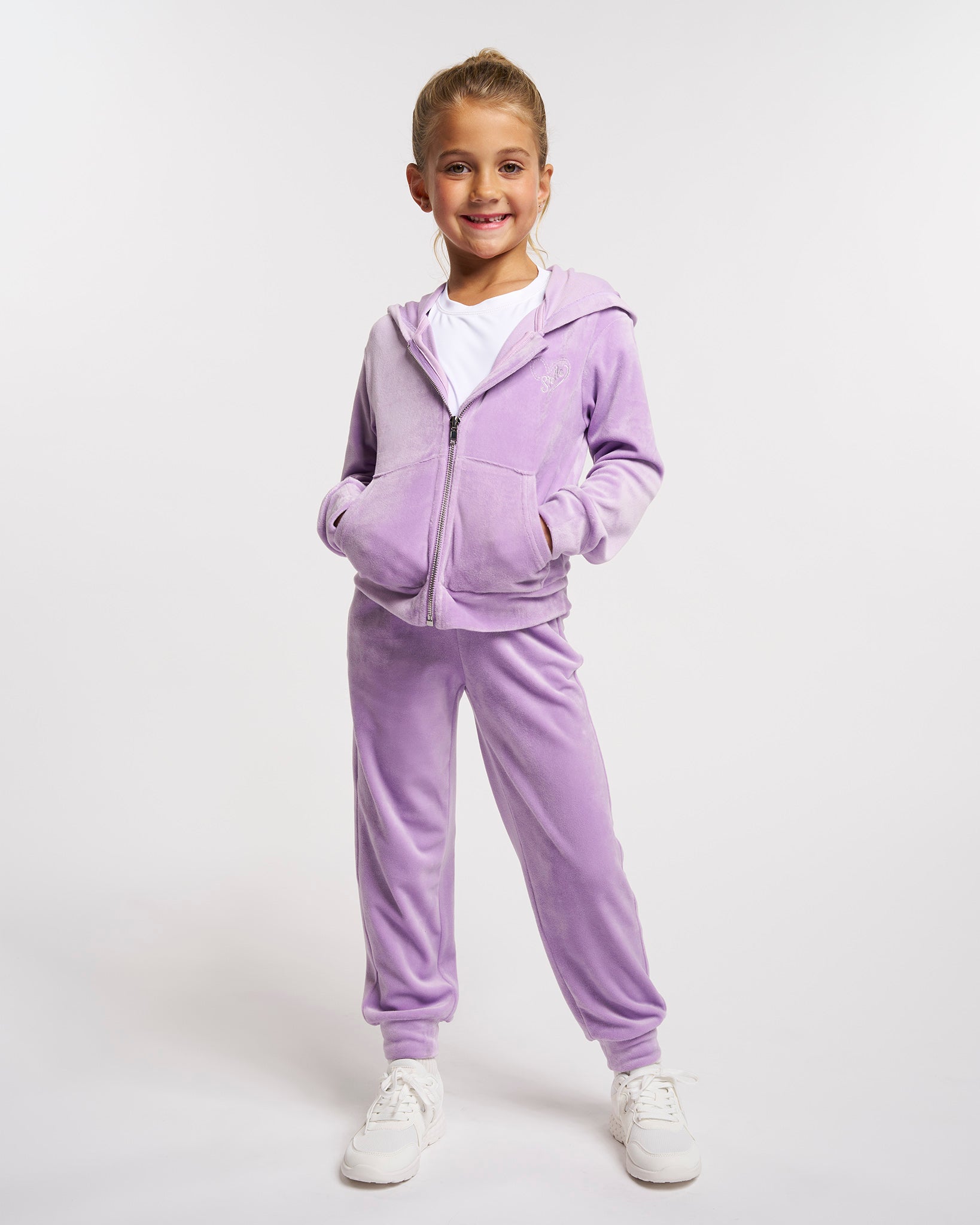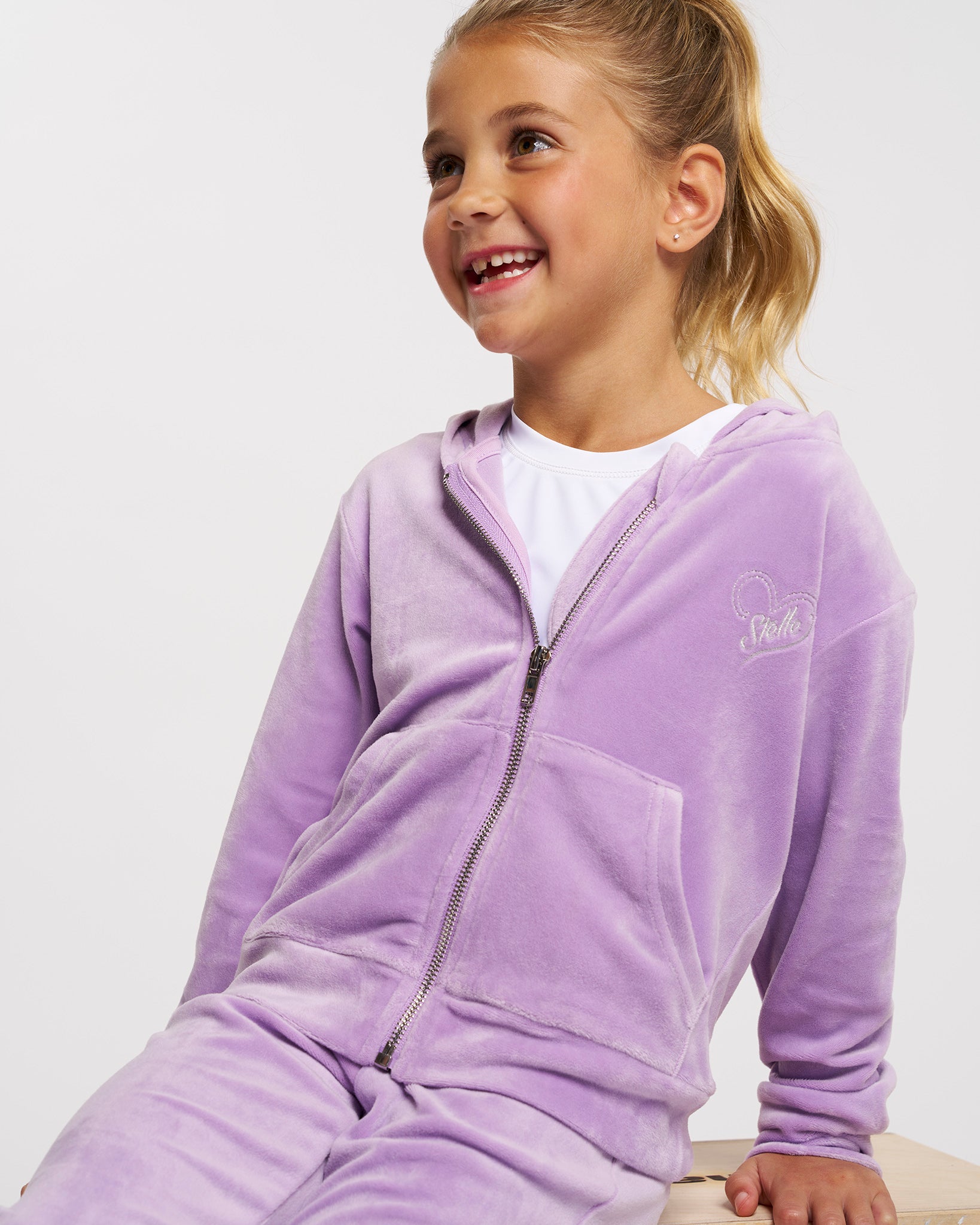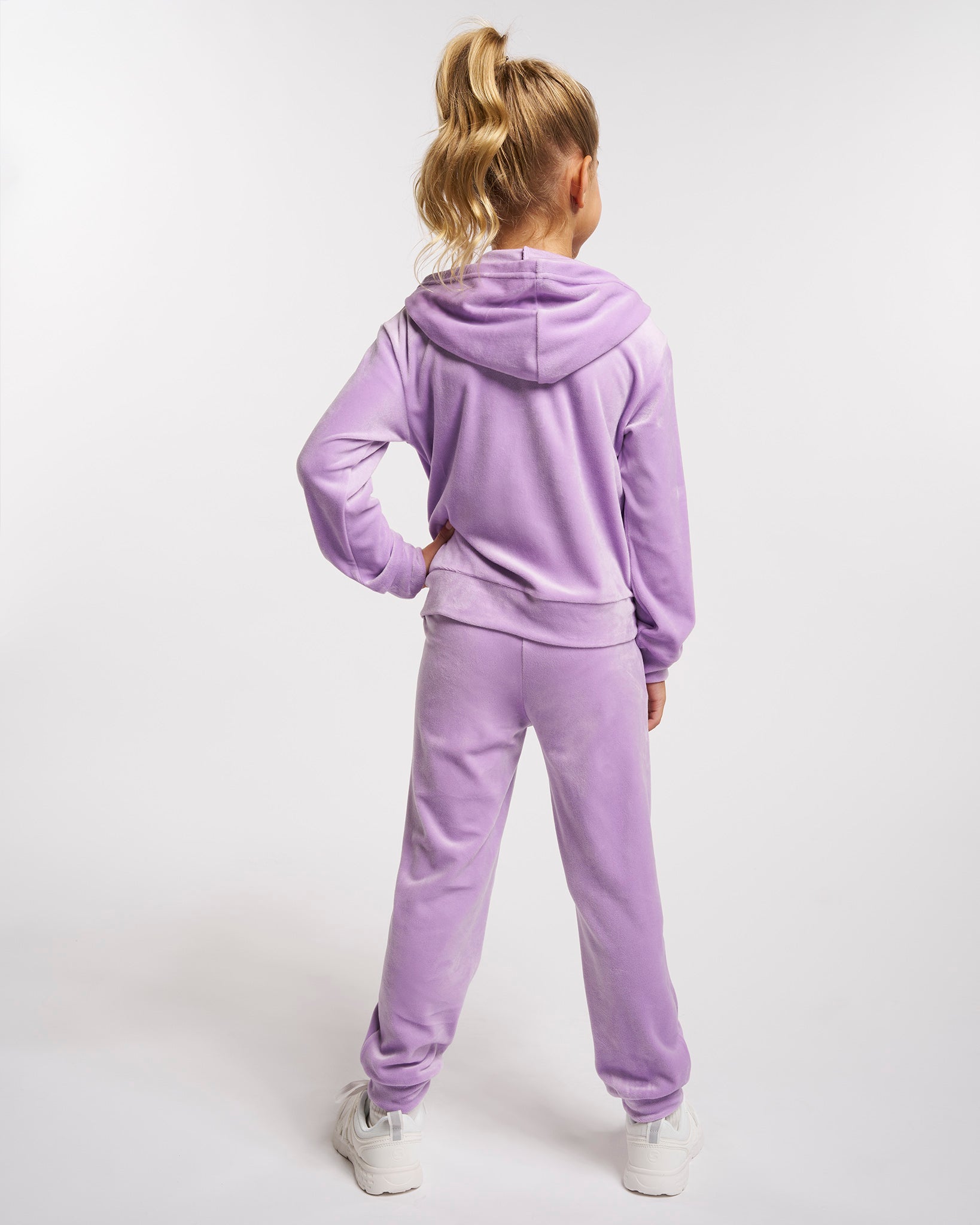How To Teach Kids Gratitude This Thanksgiving
Table of contents
No holiday gets the family together like Thanksgiving. The smell of pumpkin pies, roars of laughter, and the sound of cheering audiences from the football game playing in the background – you can already picture it in your mind. Still, in addition to all the delicious food and cozy atmosphere, Thanksgiving is the best time to slow down, be grateful for the moment you’re in, and appreciate what truly matters.
As parents, every “Thank you, Mom” is so sweet, it practically melts your heart. But we all know gratitude is so much more than that. Once your kids start being aware of all the little things that make life so fulfilling, you’re setting them up on a road to true contentment.
With that said, for this Thanksgiving 2025, let’s discover a few creative ways to teach your kids to truly understand what it is to be thankful.
Why Teaching Gratitude Matters For Kids
We all have different Thanksgiving traditions. Still, no matter how different they are, gratitude is usually the centre of it all.
But here’s the tricky part – kids don’t really know that. For the most part, they believe Thanksgiving traditions are all about the feasts, football games, and saying “thank you” without knowing the why. So, how about we change that?
For one, gratitude is a skill that teaches children to recognize kindness, value relationships, and find happiness in everyday things. In turn, they become more empathetic, resilient, patient, and most importantly – happier.
Gratitude helps children understand that even the smallest gesture can be the biggest expression of love and appreciation. Believe it or not, even a simple “Thank you” after someone says “Happy Thanksgiving” can be a teaching moment for emotional awareness.
But that’s not the best part! The effects of gratitude are even stronger when the whole family is “in on it”. When you thank your children for helping you out while preparing for Thanksgiving 2025, they know they are recognized for their efforts, creating a sense of belonging that lasts long after the holidays are over.
Activities To Teach Gratitude This Thanksgiving
Let’s make gratitude one of your most important Thanksgiving traditions! Here are a few simple ideas on how to do that.
1. Gratitude Tree
Kids are visual learners, and since the concept of gratitude is a bit abstract, a visual reminder can help them understand it better. Naturally, the best way to do this is with a gratitude tree. In fact, they’ll see it growing right before their eyes!
How To Do It
Grab a few twigs and branches, and place them in a vase or assemble a little decorative tree. Cut out paper leaves in fall colors, and have each family member write down something they’re thankful for. Finally, hang each paper on the tree and let your kids “study” it.
What Kids Learn
Through the tree, kids learn that gratitude isn’t just another tradition like watching Thanksgiving football games. Instead, they can see that their “thankful leaves” add up to something beautiful that extends far beyond the holidays.

2. Thank You Note Chain
Another visual cue that will help your kids learn all about gratitude is a thank-you note chain. With it, they can see just how simple it is to express the things the whole family is thankful for. Best of all, it’s incredibly simple to create!
How To Do It
Cut strips of colorful paper and have each family member write down a little thank-you message. It could be anything from thanking someone for helping out with homework to reading a story right before bedtime. Then, glue each note together like a chain and display it where it’s clearly visible.
What Kids Learn
When kids start noticing all the different things the family is thankful for, they’ll realize how good it is to give and receive appreciation.

3. Family Gratitude Jar
If you have a spare jar lying around and want this experience to be more interactive, a gratitude jar will surely do the trick. Plus, reading the thank-you notes can become a daily habit!
How To Do It
In the days leading up to Thanksgiving 2025, set out a jar and write thank-you notes that will last you for a month. The whole family can write things they’re grateful for on small pieces of paper, no matter how big or small, and you can read one every day.
What Kids Learn
With the gratitude jar, kids can learn that thankfulness doesn’t happen only after big gestures. Instead, they will see the joy in the everyday things, like a fun playdate or snuggling with mom.

4. Gratitude Dance Moment
If you’re kids like to express their emotions through dance, let them express their gratitude through movement. This is the perfect way for shy kids to say “Happy Thanksgiving” without a single word!
How To Do It
Put on your family’s favorite playlist (Christmas classics are recommended!) and invite everyone to a dance party. Encourage your kids to say thank you through their moves, be it with clapping, twirling, shaking, or anything that makes their happiness go through the roof.
What Kids Learn
Through dance, kids can learn that showing gratitude can be expressed without talking. On the contrary, it’s something you feel.

5. Family Football Game
Thanksgiving football games are a classic tradition, but forget about watching them on TV. Instead, why not make a little friendly competition in your backyard?
How To Do It
Have the whole family form teams and play your Thanksgiving football game – simple as that! Create your own rules, such as thankful touchdowns – every time someone scores, they have to name one thing they’re grateful for. Remember to keep things lighthearted; you’re not playing for the Super Bowl!
What Kids Learn
Gratitude can be active and playful. Teamwork, laughter, and togetherness can actually be a form of saying thank you!

Quick Tips For Parents
Now, don’t expect your kids to know everything about gratitude after all the “Happy Thanksgiving” have been said. This is a mindset that takes time to develop, so here are a few simple things you can do to root it.
-
Model gratitude in small ways. Say “thank you” when your child helps out. Share out loud what made you smile that day. Kids notice everything, especially how we express appreciation.
-
Keep it low-pressure. Instead of asking for long “thank you” speeches at the table, find natural moments to share what everyone’s grateful for.
-
Make it part of your routine. Gratitude thrives on repetition. A short reflection every evening or a “one thing I’m thankful for” moment in the car can make a big difference.
-
Focus on feelings, not formality. Encourage your child to express gratitude however it feels right – through words, dance, or even a spontaneous hug.
FAQs
1. How can parents teach gratitude during Thanksgiving?
By making gratitude visible and fun! Use activities like a gratitude tree, thank-you note chain, or family football game to help kids connect thankfulness with joy and togetherness.
2. At what age should kids start learning gratitude?
Even toddlers can start! Begin with simple “thank you” moments and naming things they enjoy. As they grow, expand the practice with family rituals and storytelling.
3. How do I help my child express gratitude beyond Thanksgiving?
Keep gratitude going year-round. Try a monthly family gratitude jar, encourage kids to thank teachers and friends, and model appreciation in everyday moments.
For Thanksgiving 2025, let gratitude take center stage. Teach your kids about connection, and how important it is to be thankful even for the smallest things. By doing so, you’re setting them up on a path to a meaningful and joyful life!
Whether it’s dancing out joy in comfy leotards or sharing thankful hugs, Stelle celebrates every way kids express gratitude this Thanksgiving!






